Electricity costs rise, and power cuts disrupt daily life. Many households face this challenge, especially during peak summer months. However, the same intense sunlight that causes these issues can also provide a solution.
Solar power is no longer a theoretical concept. It powers homes, cuts electricity bills, and ensures backup during outages. One device that maximizes solar energy use is the hybrid inverter.
A hybrid inverter does not simply convert solar energy; it manages it efficiently. It will ensure an uninterrupted power supply, store energy for future use, and return excess power to the grid. This technology puts control in the hands of users and promotes energy security and independence.
Let’s explore hybrid inverters and understand why their adoption continues to grow.
What is a Hybrid Solar Inverter?
Let’s make it simple: a hybrid solar inverter is like the multitasker of solar systems. It does more than one thing, and it does them well.
Solar panels produce direct current (DC) electricity when they absorb sunlight. That’s great, but your appliances at home run on alternating current (AC). A hybrid inverter converts DC to AC, ensuring your lights, fans, and devices work seamlessly.
But hybrid inverters don’t stop there. They do something no traditional inverter can—they manage energy intelligently in the following ways.
- If your home needs power, it delivers it directly.
- If there’s surplus solar energy, it charges your battery.
- If the battery is complete, it sends the extra power to the grid.
In essence, it’s the brains of your solar setup, balancing energy use so that nothing is wasted. This is especially important in Indian households, where energy demand fluctuates through the day—think running the washing machine during the day or turning on the AC at night.
How Does a Hybrid Inverter Work?
It is essential to understand the working mechanism of a hybrid inverter before investing in it. Here is how the device functions.
Morning
The solar panels installed in your home start producing electricity during the morning. The hybrid inverter converts this DC power into AC for immediate use in your home.
Midday
The sun is at its peak. The hybrid inverter stores the excess in the batteries if your home is not consuming all the energy being produced.
Evening
The sun sets in the evening, but the energy stored in batteries kicks in. This energy powers your appliances.
Cloudy or High-Demand days
The hybrid inverter seamlessly draws power from the grid if your home requires more energy than your panels can produce.
One standout feature of hybrid inverters is their MPPT (Maximum Power Point Tracker). Even during inconsistent sunlight—like in monsoons—it ensures your solar panels extract every bit of available energy.
A hybrid inverter is not a device—it’s peace of mind for homes in India where power cuts and rising electricity bills are common. The device offers smart and stress-free energy management every day.
Features of a Hybrid Inverter
Hybrid inverters have numerous technical features. These features make them necessary for modern solar energy systems. Here are the stand-out features of hybrid inverters.
- DC-to-AC Conversion
Hybrid inverters convert solar energy into a form that’s usable for your appliances while managing battery charging and discharging.
- Real-Time Monitoring
Hybrid inverters nowadays come with apps or displays that let you track several metrics. It is power at your fingertips.
- Load Management
The hybrid inverter prioritizes where energy should go—your home, your battery, or the grid—ensuring zero wastage.
- MPPT Technology
This technology extracts maximum energy from your solar panels. It can extract energy even in low-light conditions or cloudy weather.
These features are not technical bells and whistles. They are designed to simplify your life, save you money, and keep your home running smoothly, no matter the weather.
Types of Hybrid Solar Inverters
There is no universal option when it comes to hybrid inverters. The type of inverter you choose depends on your home and energy needs. Here are the three types of hybrid solar inverters.
Inverter/Charger Hybrid
- Best for homes with existing solar charge controllers
- Ideal for smaller setups
- An affordable option for homeowners
Inverter/Charger/Solar Charge Integrated
- Combines solar charge controller, battery management, and inverter in one unit
- Perfect for new installations
- Easy to install as well as maintain
Grid-Tie Hybrid
- Allows you to send surplus power back to the grid
- Ideal for areas with consistent grid availability
- Ideal for households looking to earn credits through government schemes
Grid-tie hybrid inverters are particularly popular as several states offer incentives for grid-tied systems.
Benefits of Hybrid Inverters
Here is the emotional pull: hybrid inverters are not about saving money. These inverters are about security and peace of mind. The benefits of hybrid inverters are as follows.
- Energy Independence
You will not be at the mercy of power cuts.
- Lower Bills
You can reduce dependence on expensive grid power by using stored solar energy.
- Environmentally Friendly
Each unit of energy you generate and store reduces your carbon footprint.
- Backup During Outages
Your essential appliances will operate even during blackouts with hybrid inverters.
- Ease of Use
Apps make energy management a breeze. These inverters are suitable even for those individuals who are not tech-savvy.
It is not an investment in technology—it is an investment in your family’s comfort and future.
Hybrid Inverters vs. Traditional Inverters
Let’s compare hybrid inverters with their older, simpler counterparts:
| Feature | Hybrid Inverter | Traditional Inverter |
| Battery Storage | Yes | No |
| Grid Independence | Yes | No |
| Energy Efficiency | High | Moderate |
| Cost | Comes with a higher upfront cost | Has a lower upfront cost |
| Flexibility | Works with solar, grid, and battery | Limited to battery backup only |
Hybrid inverters are the future. They offer more versatility and long-term benefits.
Factors to Consider When Choosing a Hybrid Inverter
You should think about your needs and budget when choosing a hybrid inverter. Here is a checklist to guide you.
- Energy Requirements
Assess your daily energy consumption to find the right inverter capacity. Ensure that you consider the total number of appliances and their respective wattage before buying a hybrid inverter.
- Battery Compatibility
Make sure the inverter supports lithium-ion or lead-acid batteries based on your preference. You have to consider the output of the inverter before selecting a battery.
- Scalability
Choose a system that will support your future energy needs. The number of appliances in a home can decrease or increase in the future. Carefully consider this aspect while choosing a hybrid solar inverter.
- Warranty
Look for brands offering extended warranties—typically 5 to 10 years. Most hybrid inverter brands also cover various types of malfunctions and defects. Go through the warranty terms while investing in a hybrid inverter.
For Indian buyers, brands like Luminous, Fusion, Exide, and Sukam offer reliable hybrid inverters with excellent customer support.
How Much Does a Hybrid Inverter Cost?
Hybrid inverters cost anywhere from ₹50,000 to ₹1,50,000, depending on their features. Installation can range from ₹10,000 to ₹30,000. The batteries of hybrid inverters can cost ₹25,000 to ₹1,00,000, based on your requirements.
It sounds like a lot. But think about what it gives you. Reliable energy and lower electricity bills every month. There will be no more stress during power cuts.
Picture this: the power goes out, but your home doesn’t skip a beat. The appliances stay functional to ensure your family is comfortable. That’s not just convenience. That’s freedom from uncertainty.
Sure, it’s an investment upfront. But it is an investment that pays you back over time. You are not buying a device when investing in a hybrid inverter. You are buying control over your energy.
Can a Hybrid Inverter Help You Go Off-Grid?
A hybrid inverter can help you go off-grid. Hybrid inverters are a blessing for homes in rural India or areas with unreliable electricity. You can live entirely off-grid by investing in solar panels and battery systems.
Imagine having power when your neighbors are sitting in the dark. You do not just survive power cuts—you barely notice them with a hybrid inverter.
Challenges of Using Hybrid Inverters
Note that no system is without challenges. Here are a few challenges to keep in mind.
- High Initial Cost
The upfront investment can be a lot for some homeowners.
- Maintenance
The integrated systems in a hybrid inverter can be harder to maintain. The availability of spares can also be a concern.
- Regulatory Hurdles
Some states may require specific permissions for grid-tied systems.
But note that the benefits far outweigh the challenges for most people.
The Future of Hybrid Inverters
The future of hybrid inverters is exciting. These devices will become smarter and more efficient with advancements in AI and IoT. Prices are also expected to drop with the increase in adoption. It will make them accessible to even more Indian households.
Conclusion
A hybrid inverter is not a technological innovation—it is a step toward energy independence, sustainability, and control. It is an ideal solution where power cuts and rising bills are everyday concerns.
Why wait to invest in a hybrid inverter? The sun is shining, waiting to power your home. Let a hybrid inverter help you make the most of it.




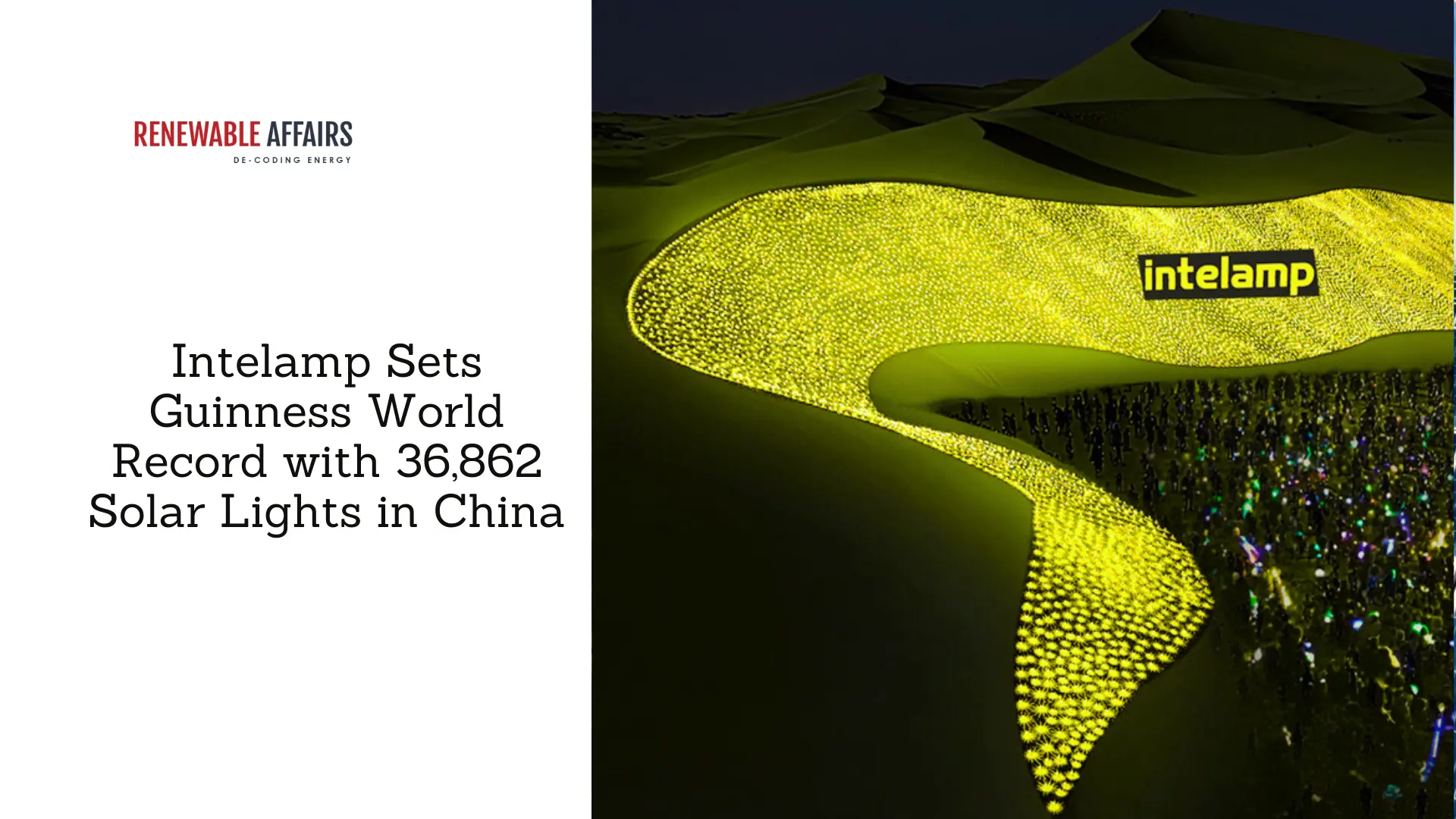
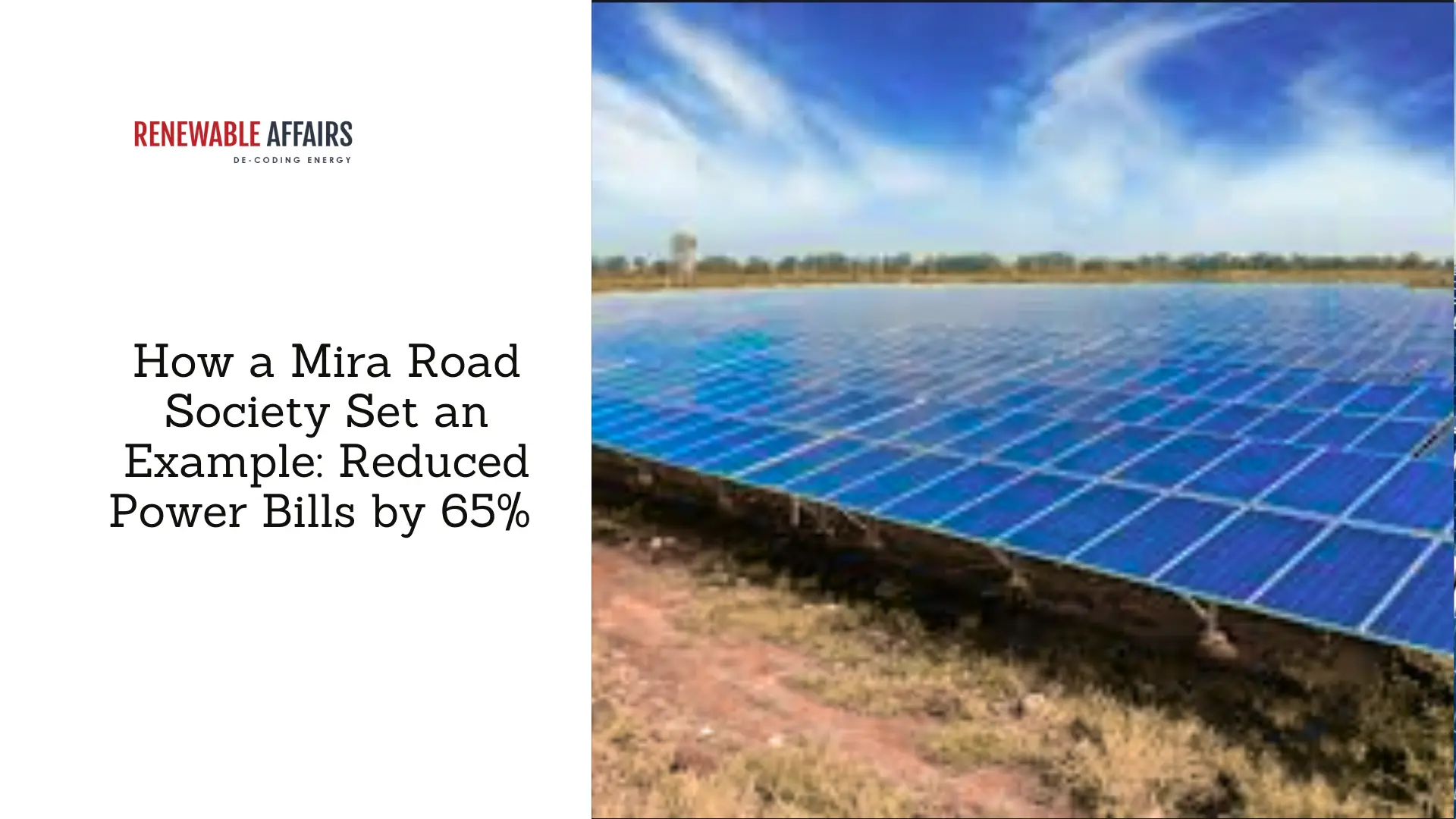
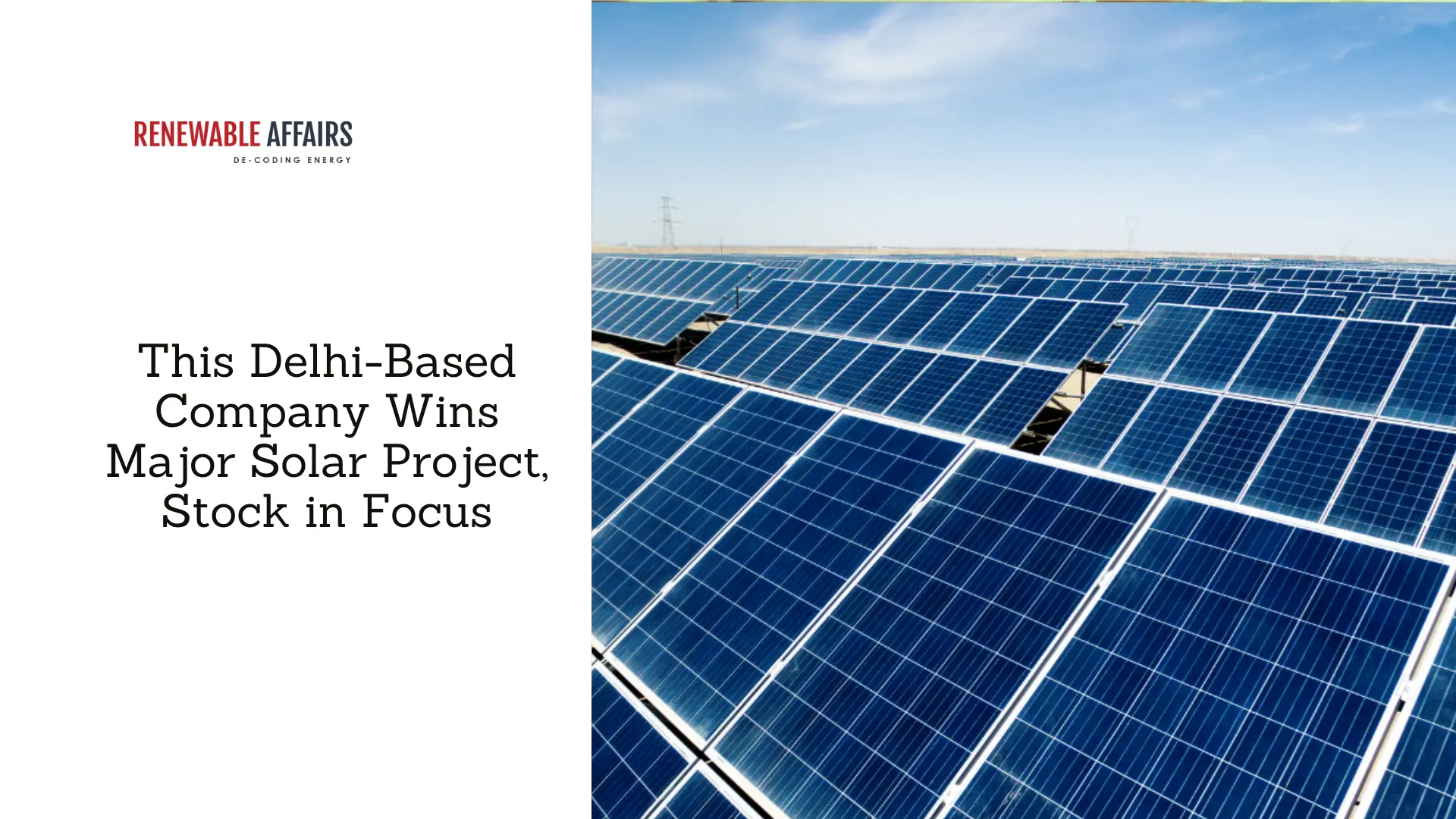
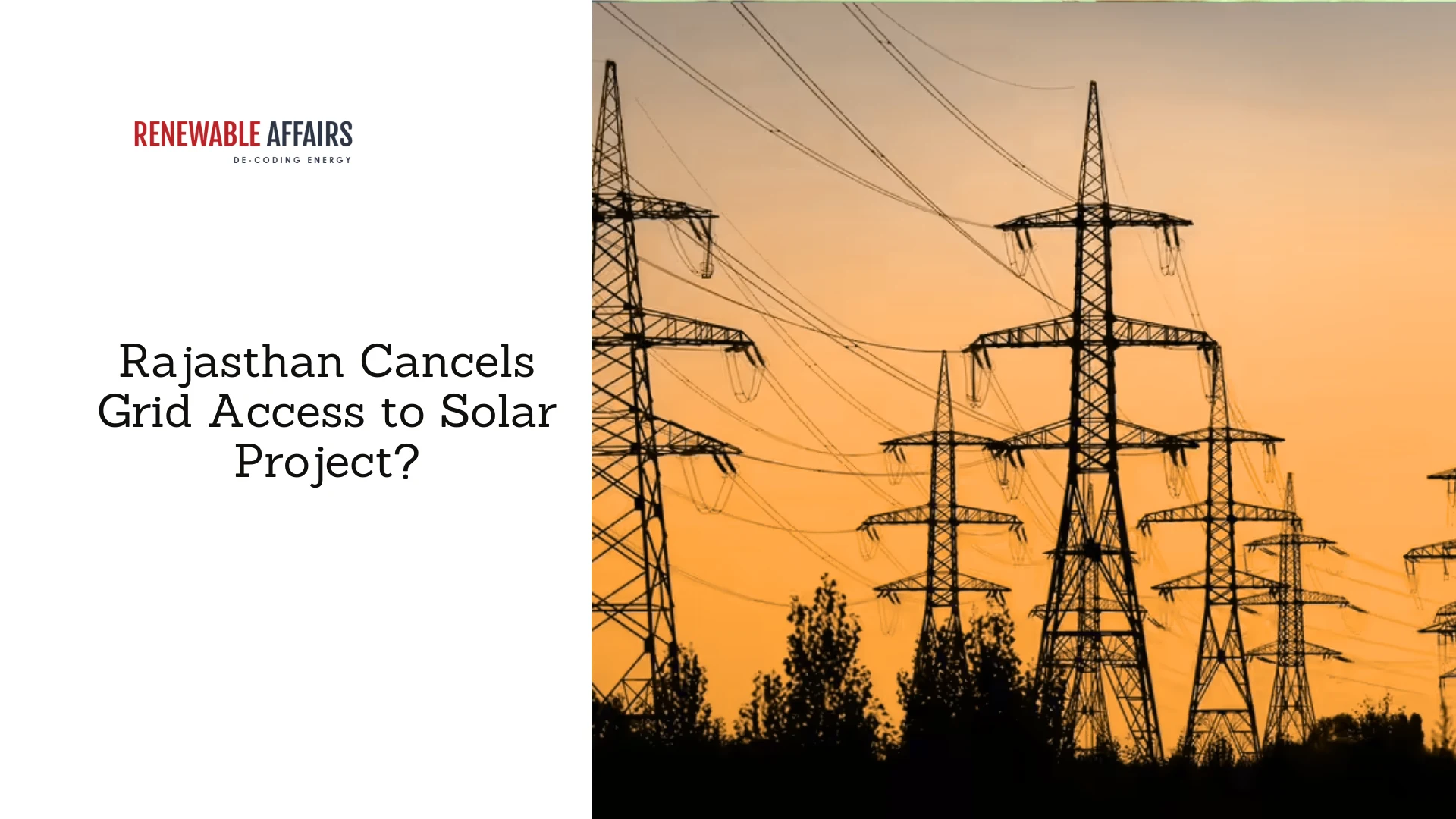
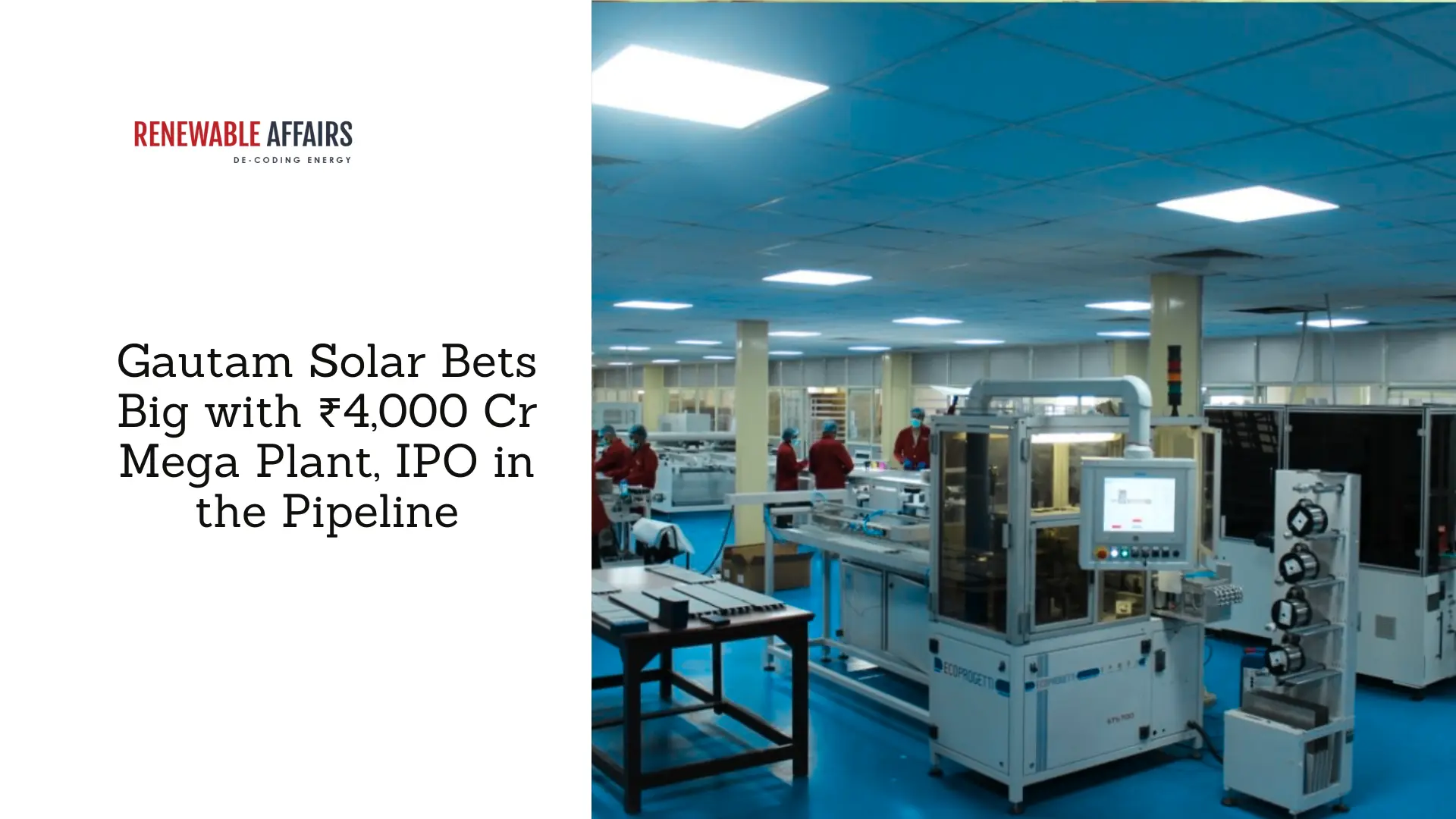

























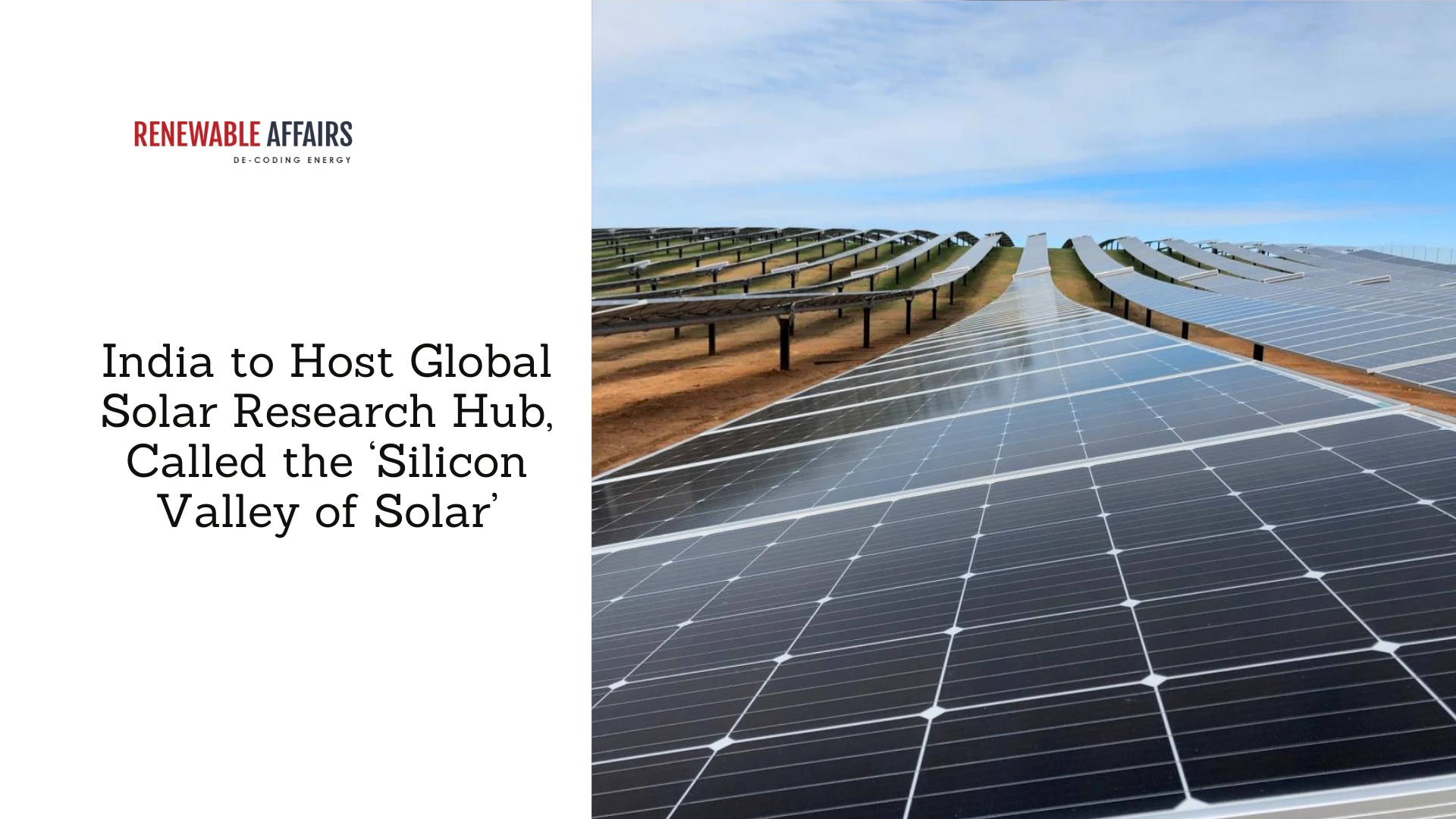
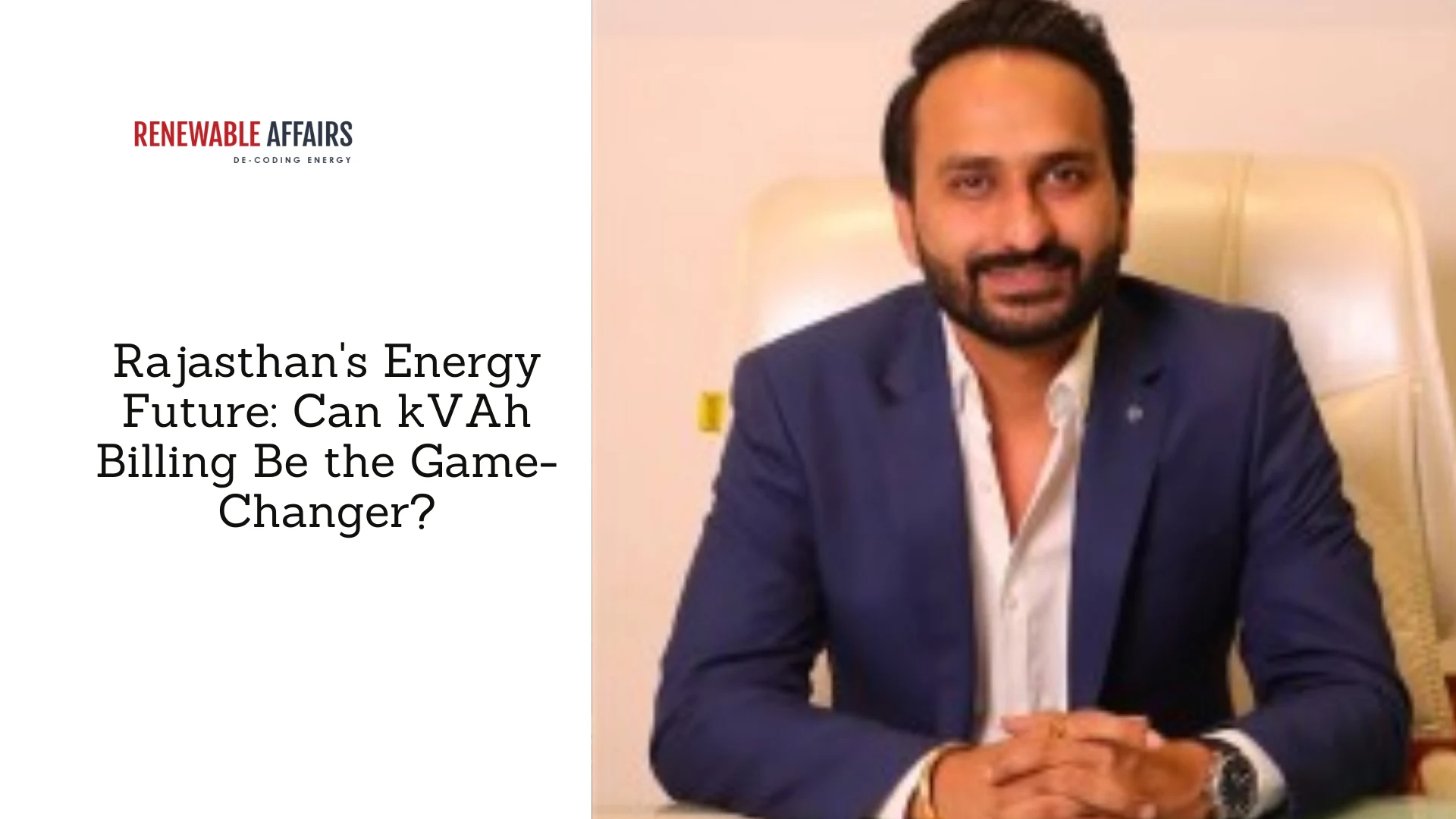
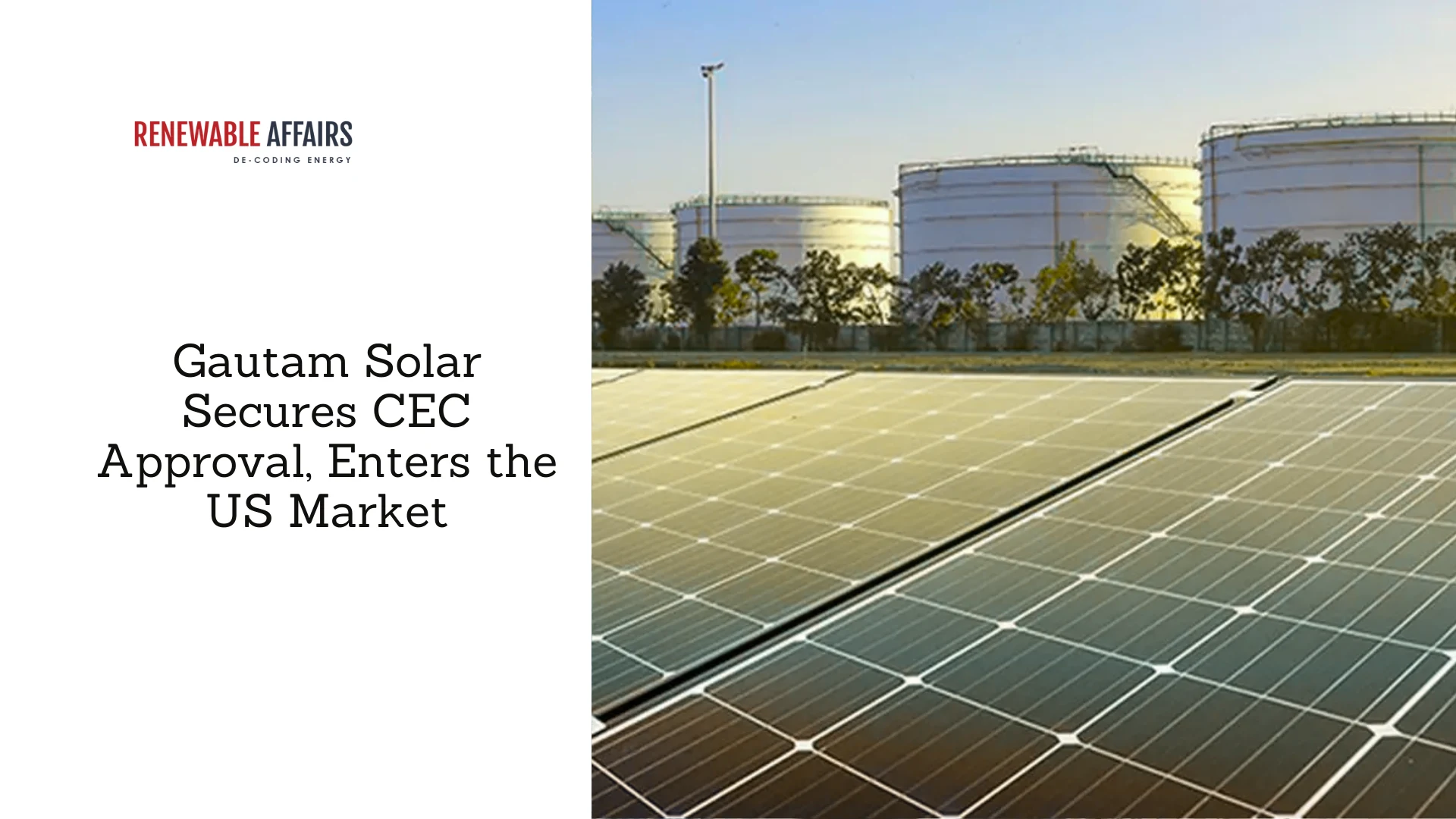
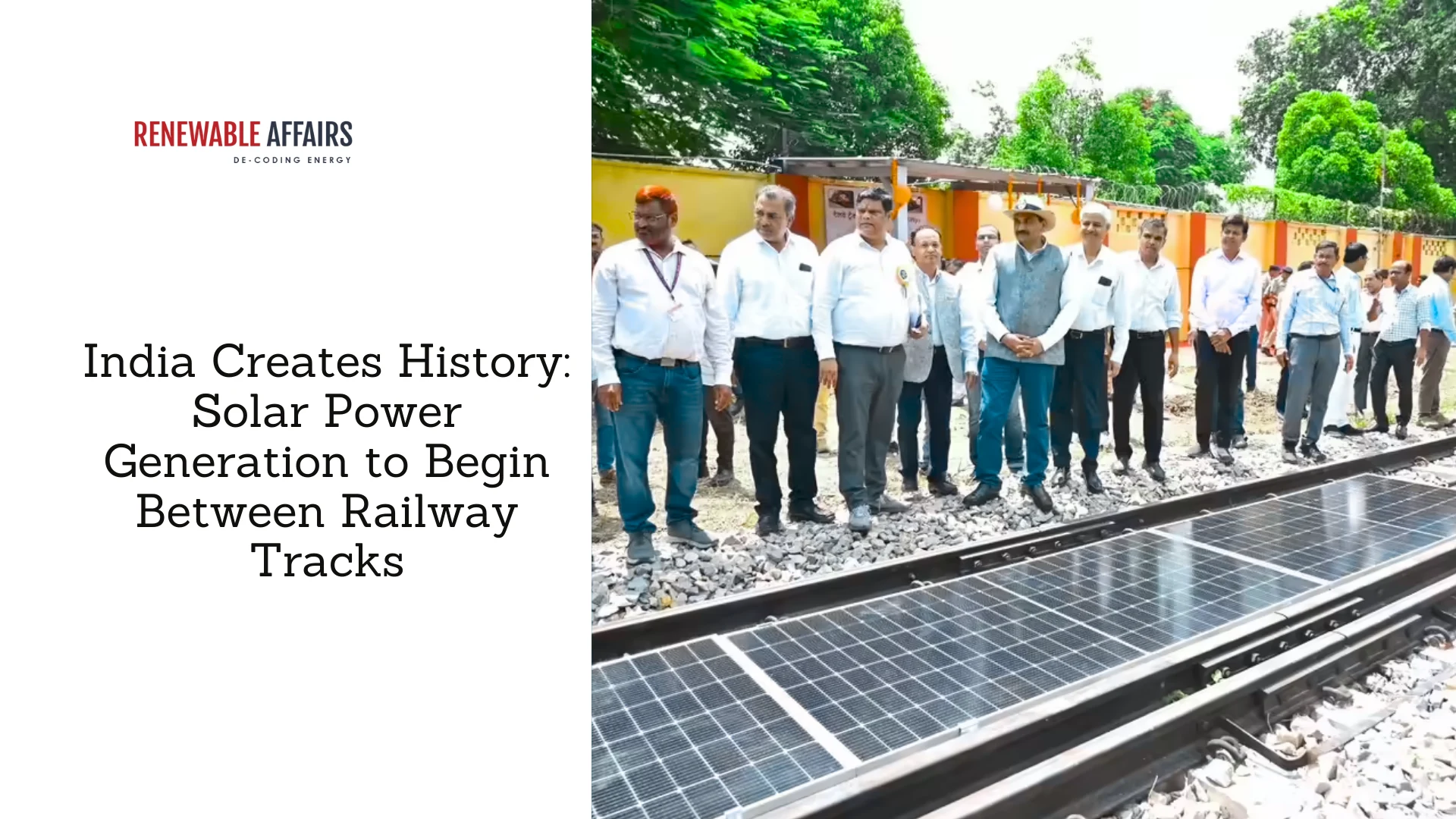

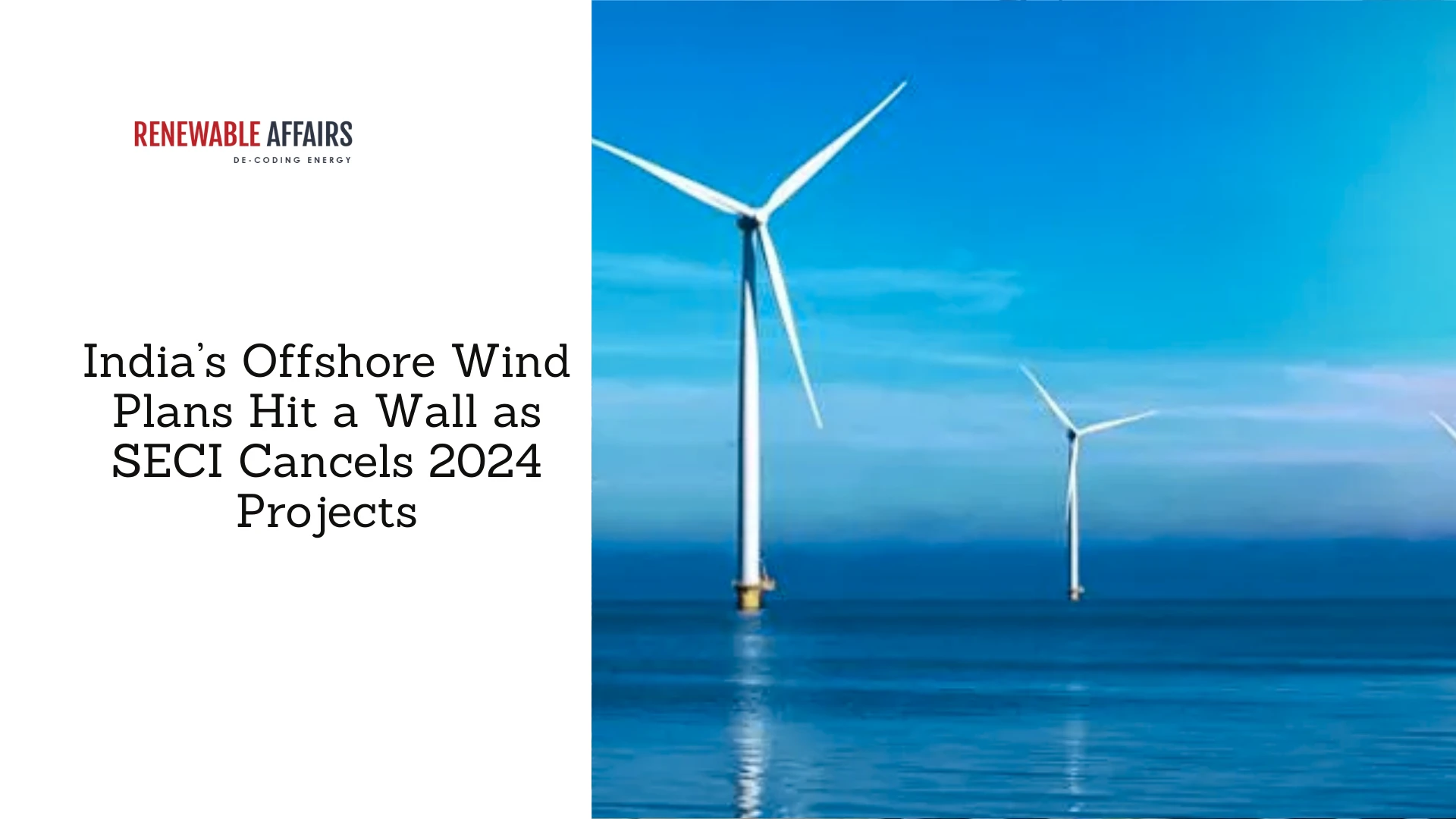





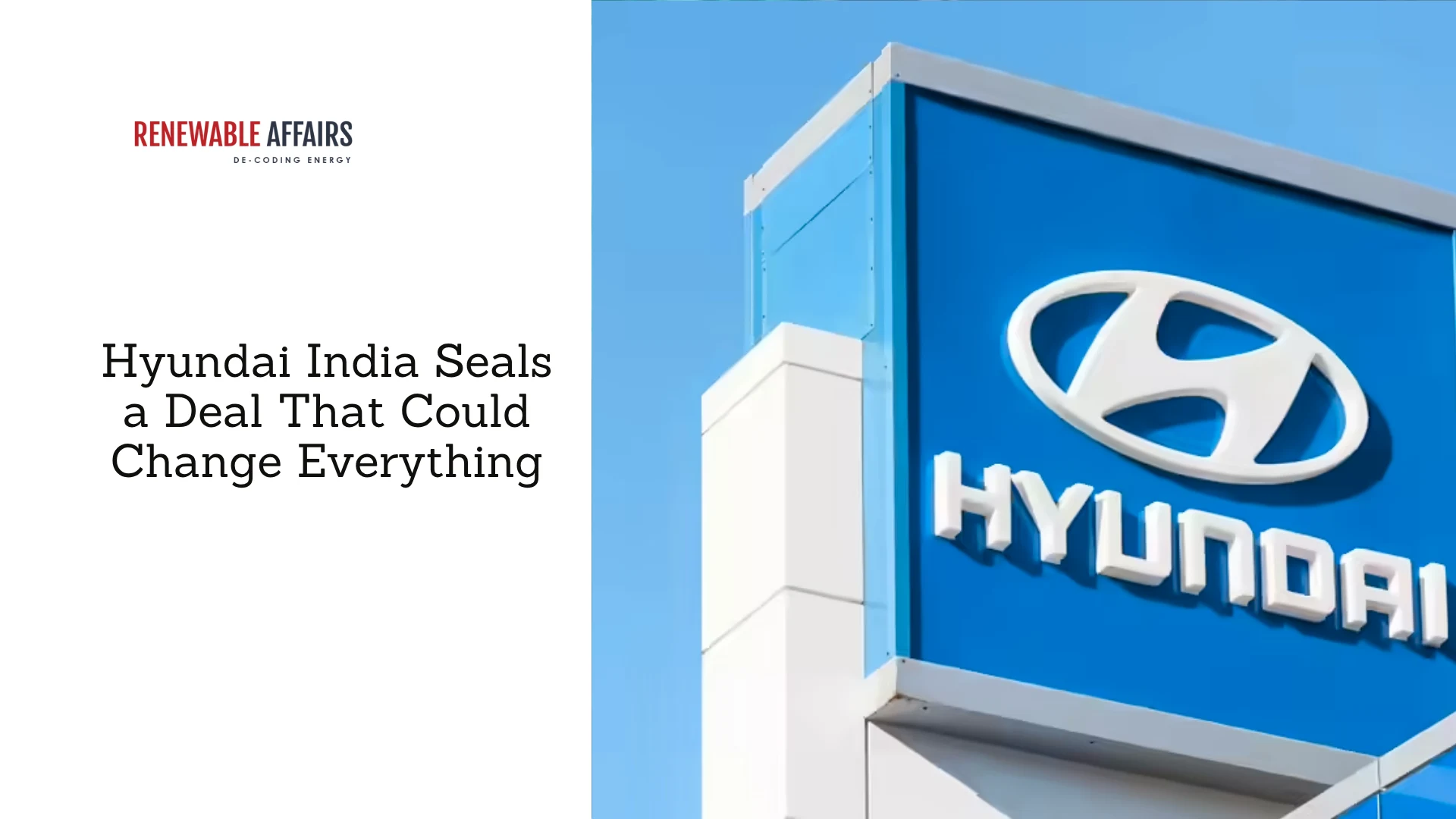

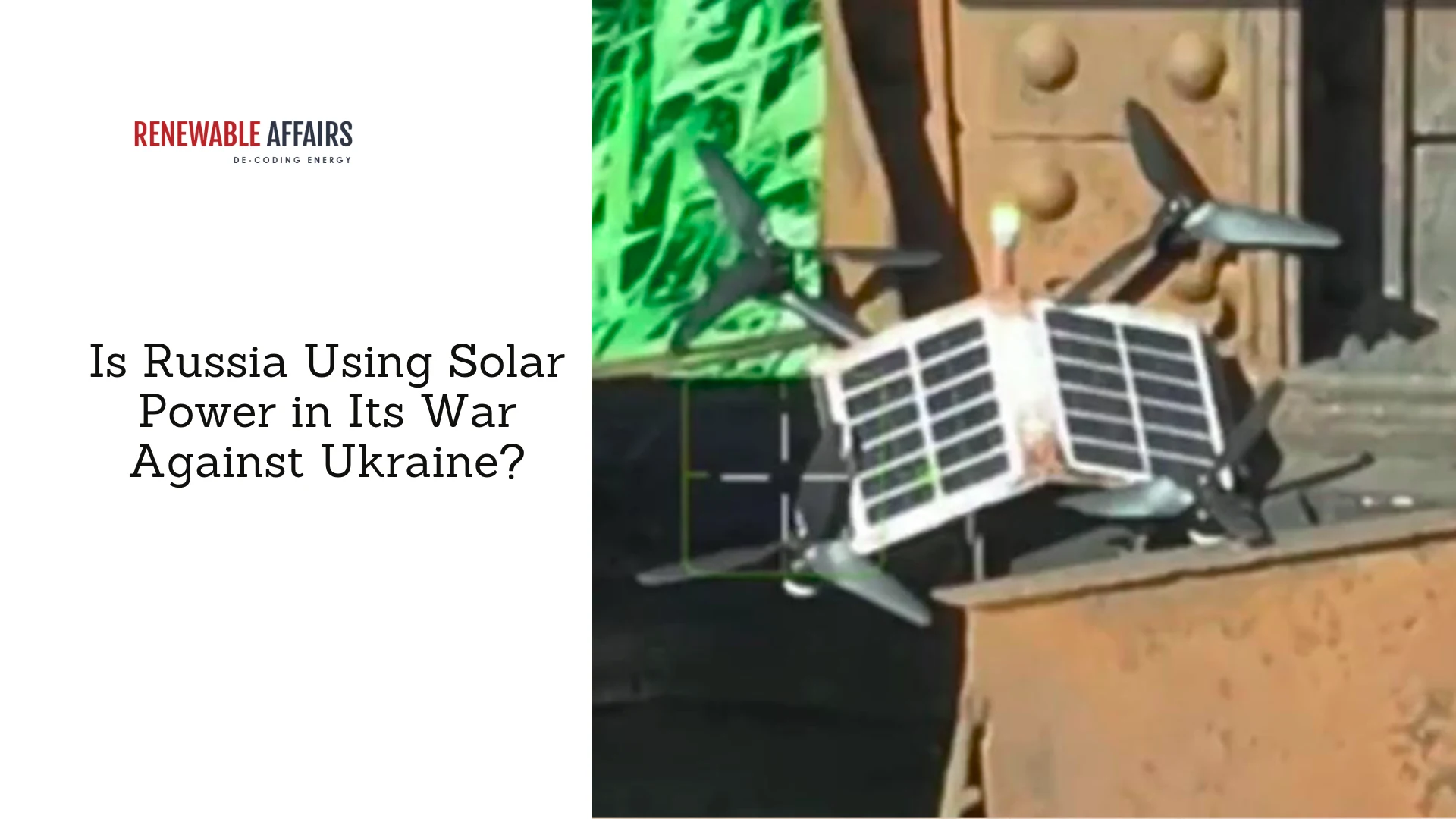

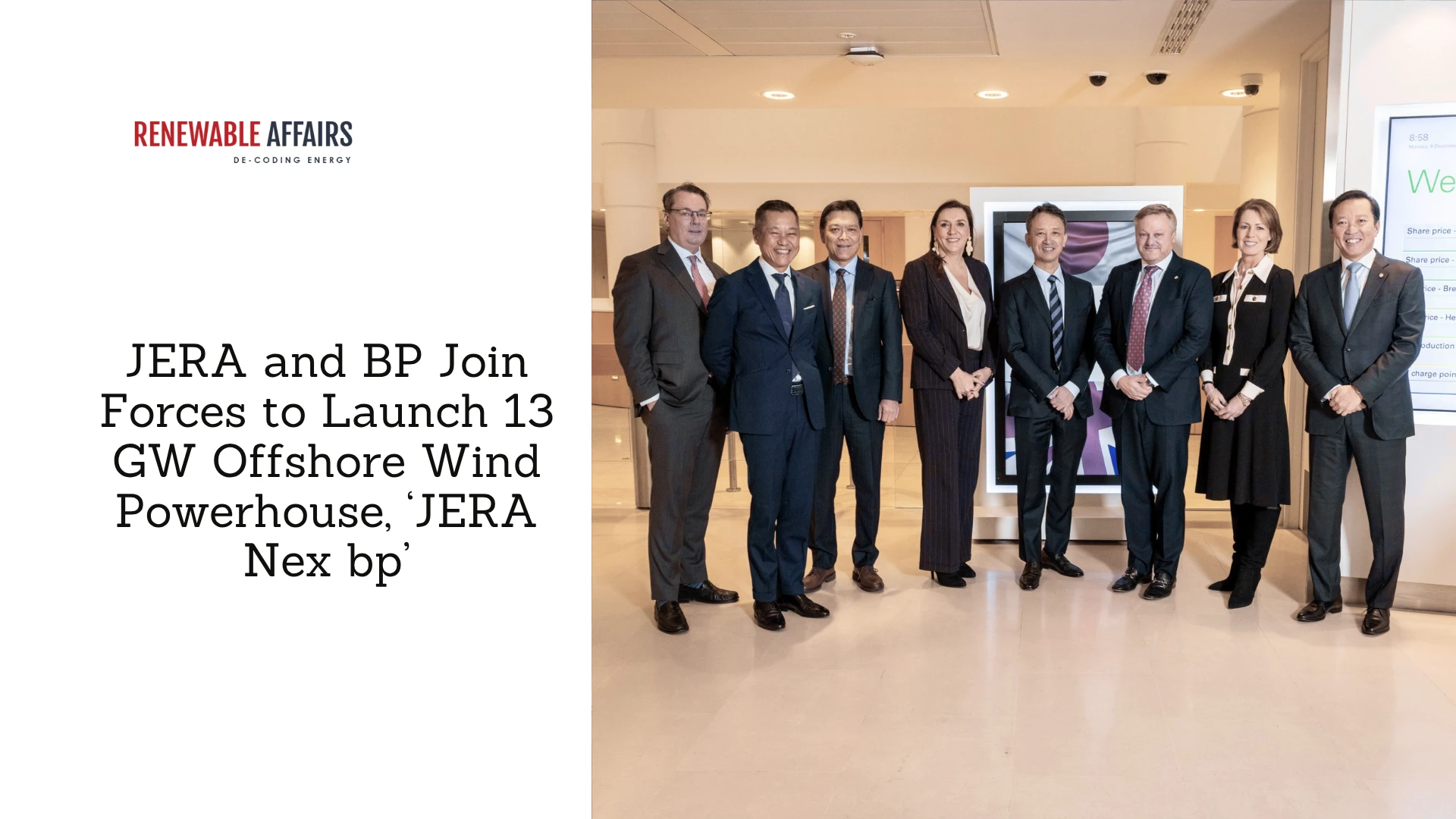
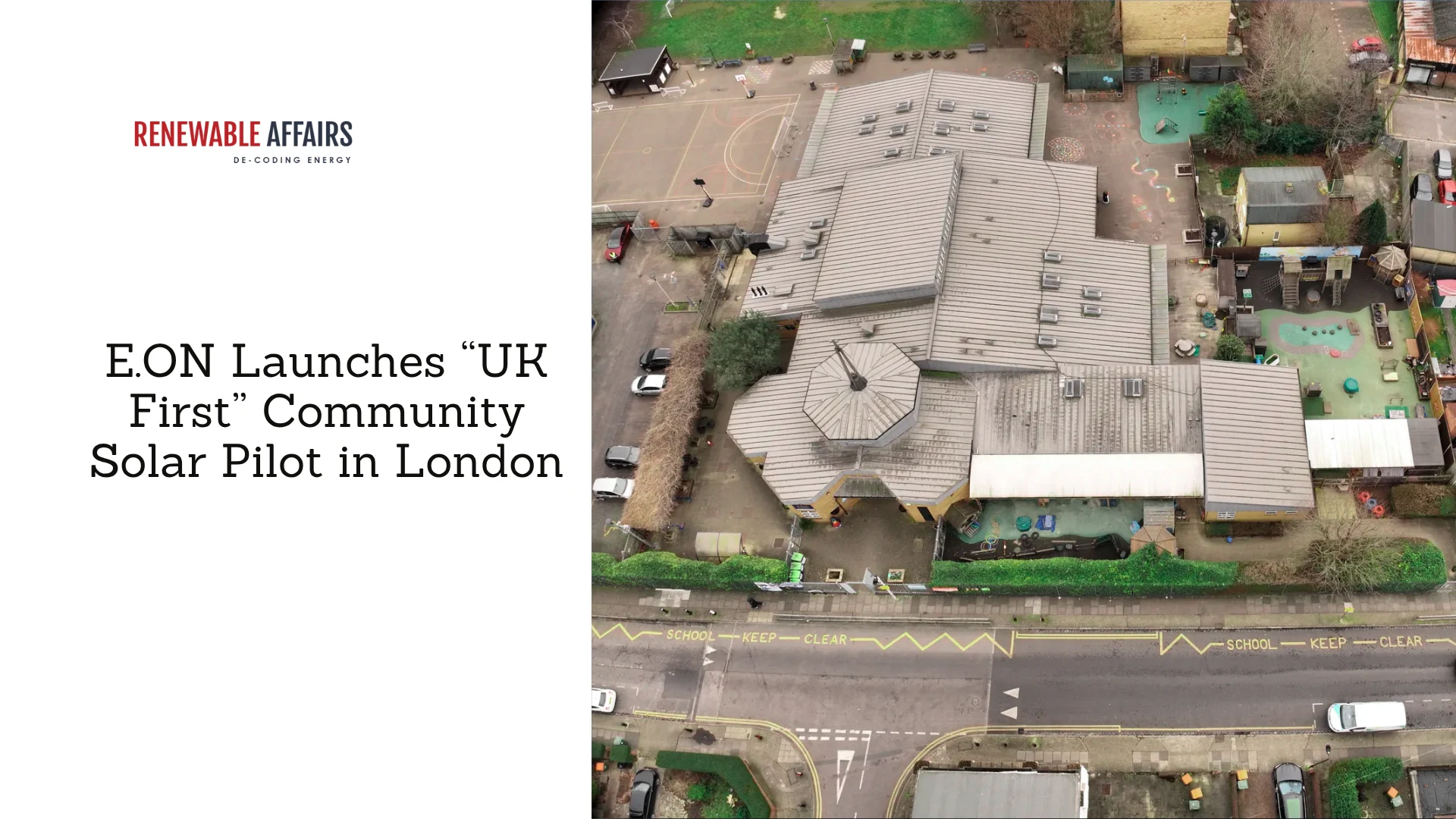
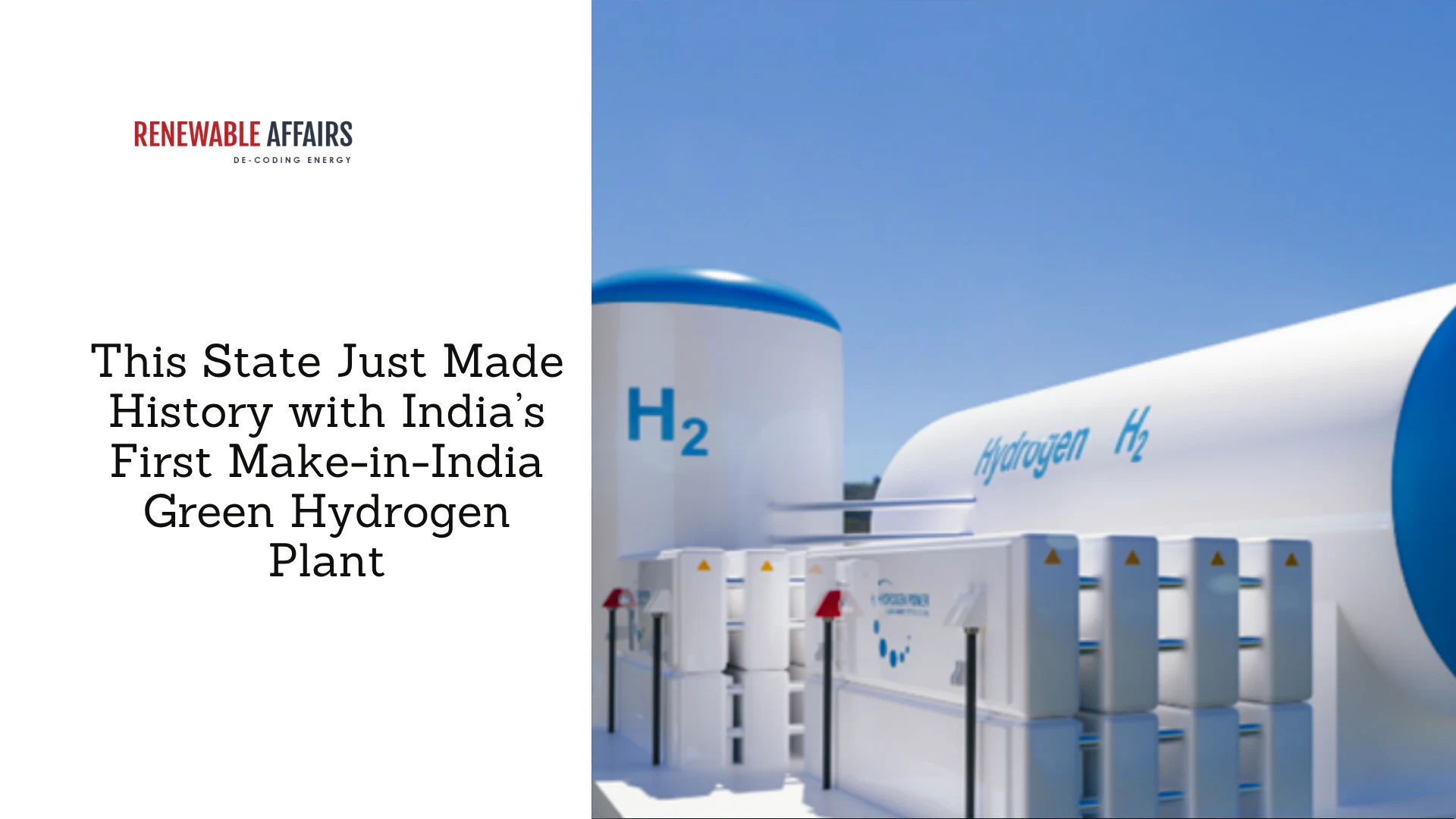
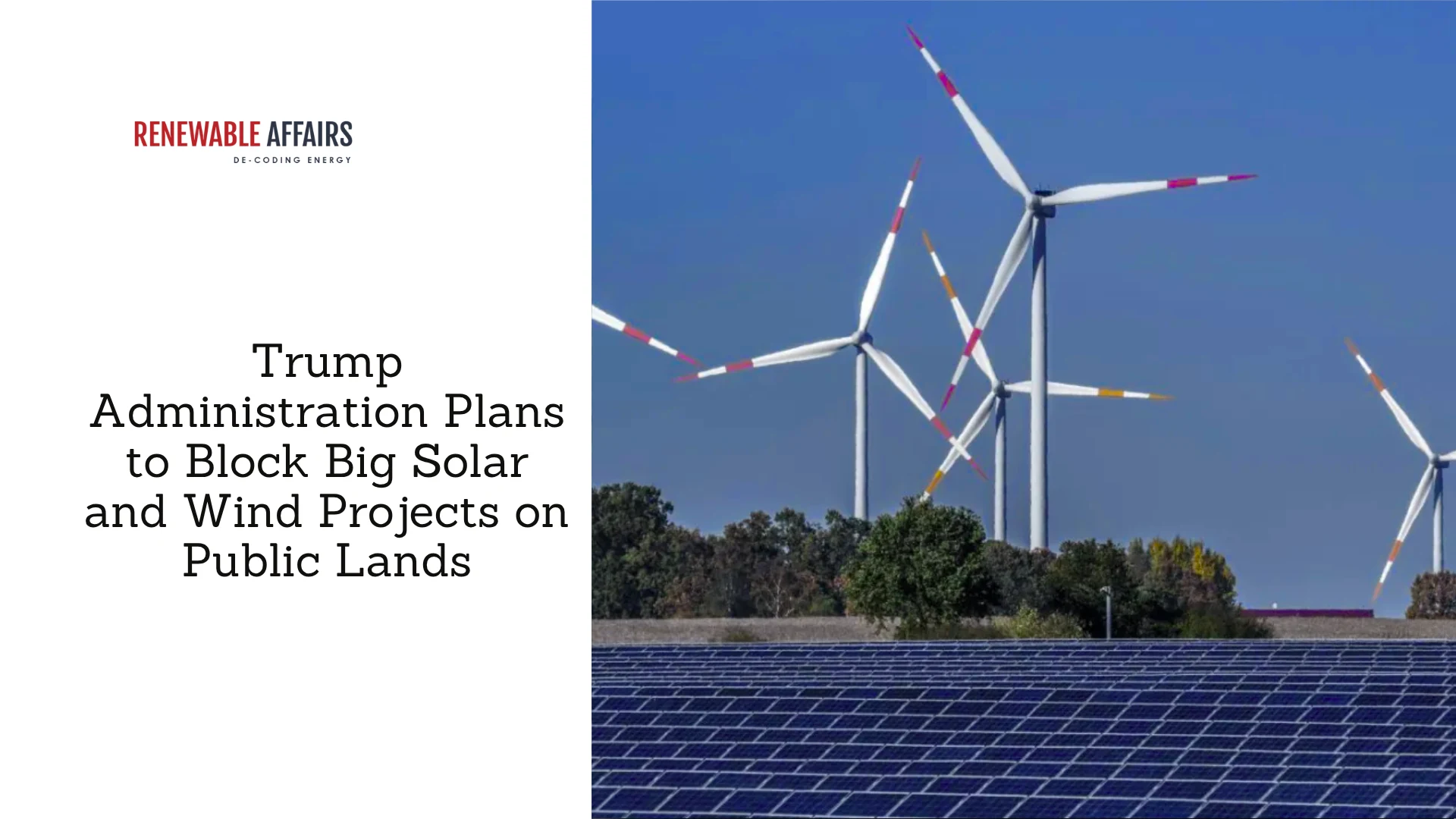
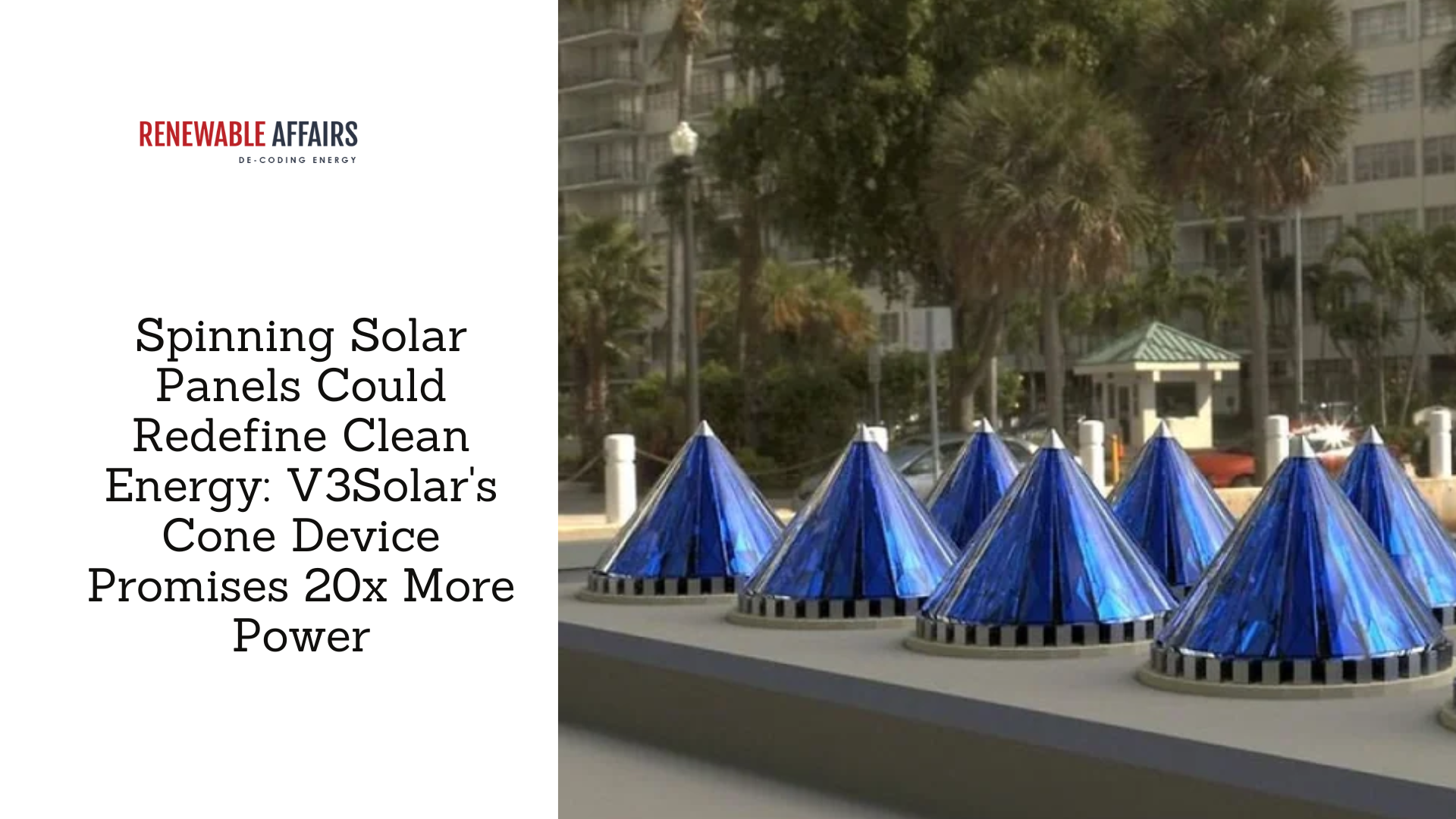
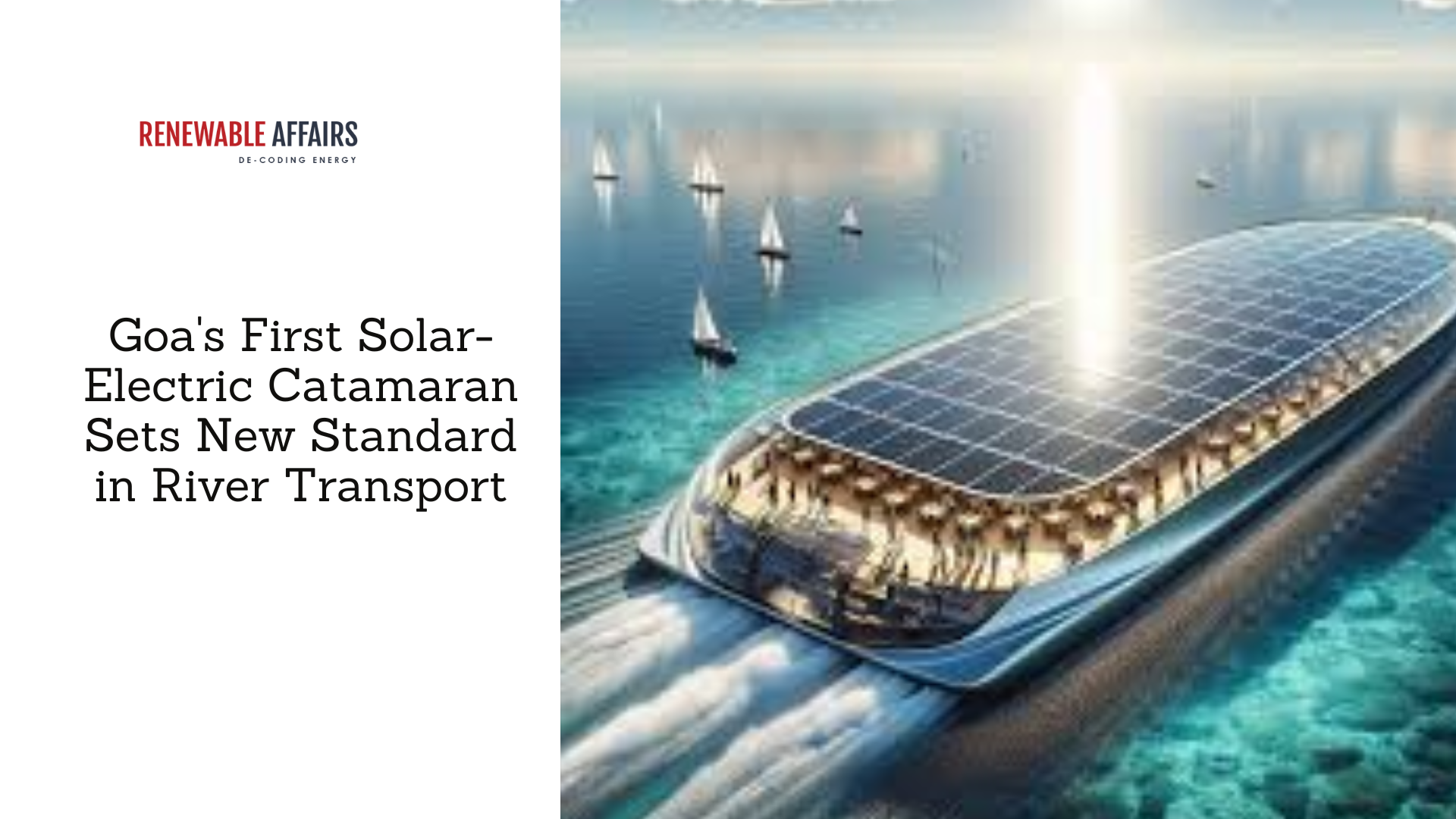

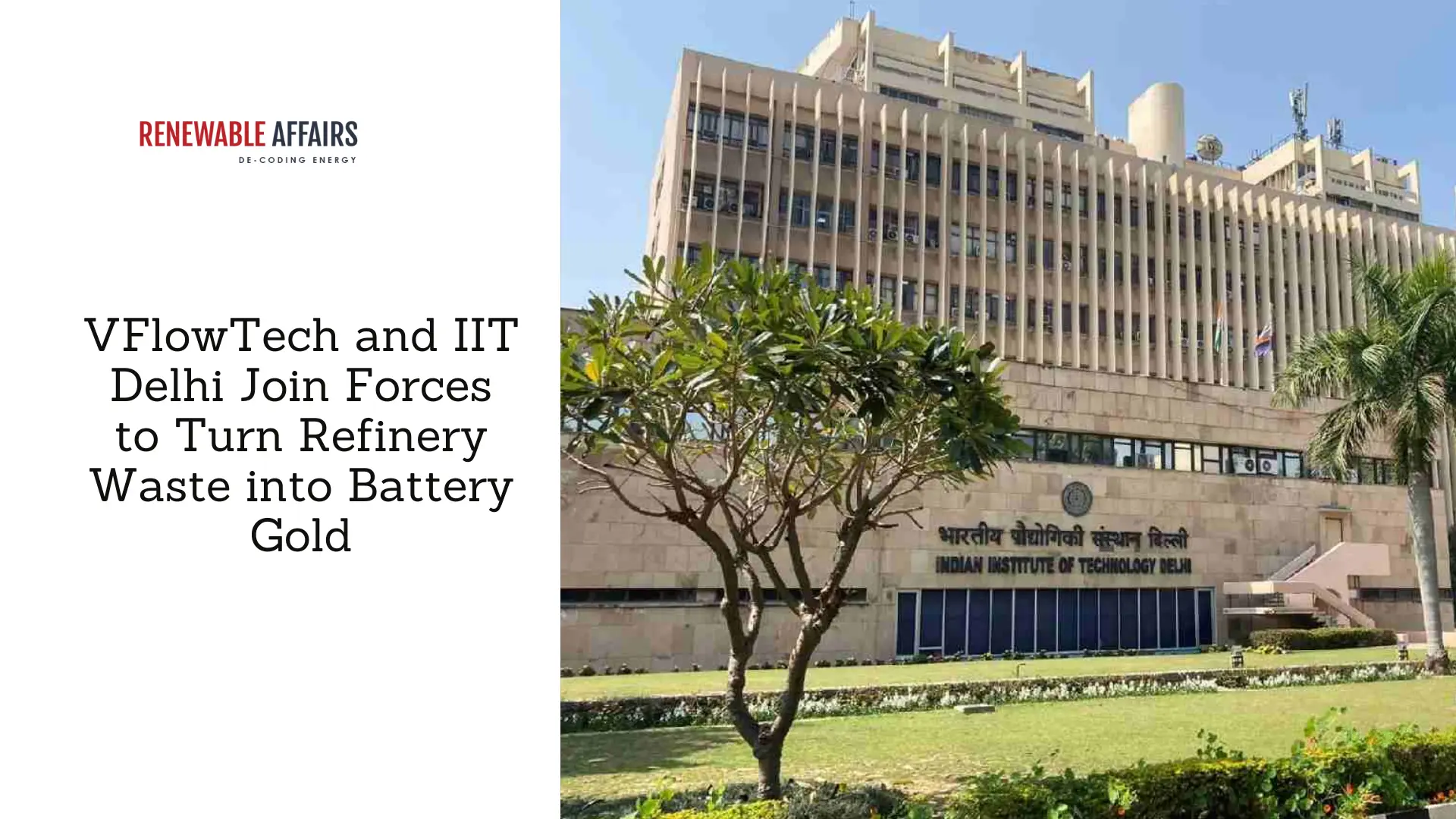
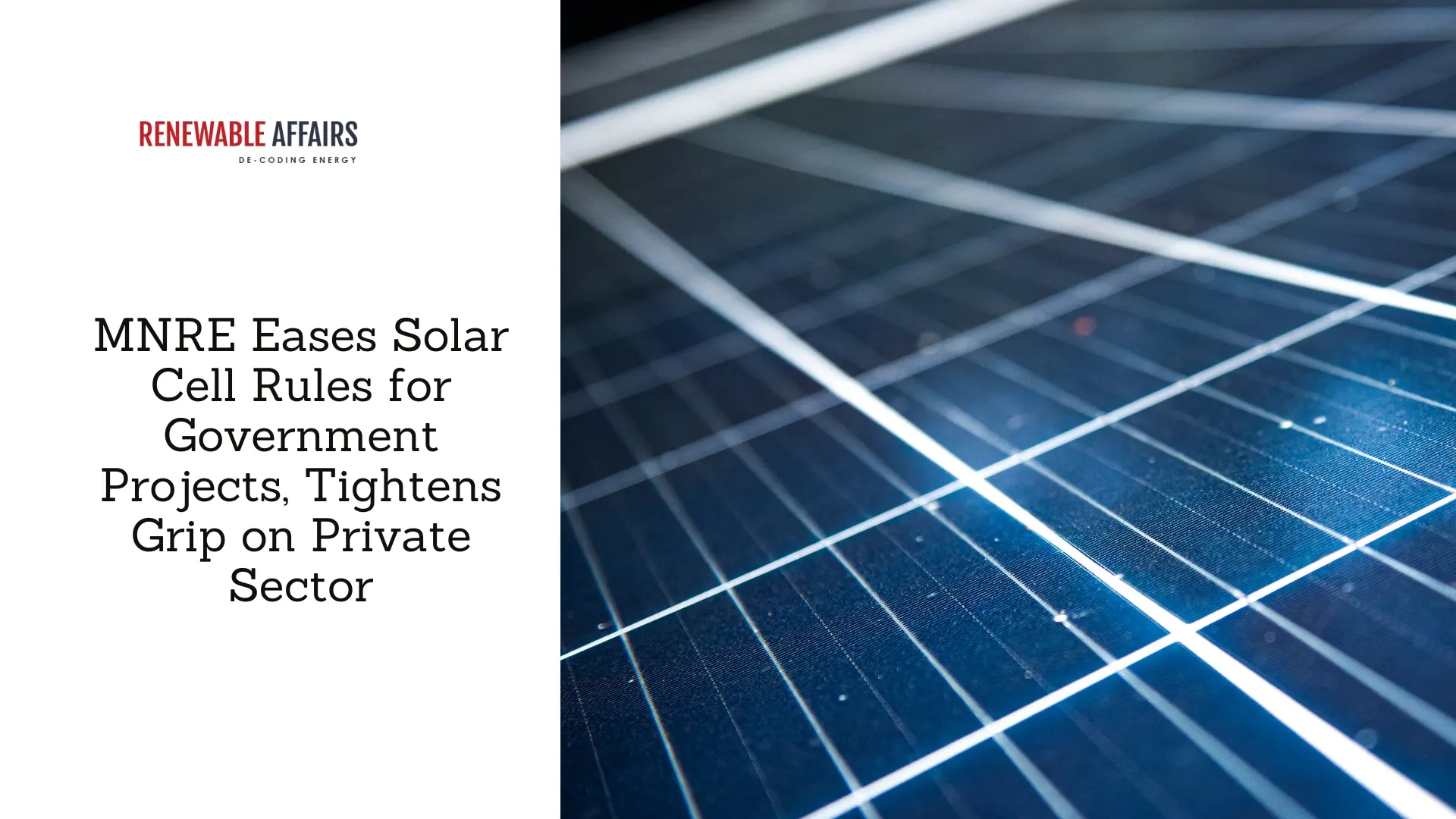
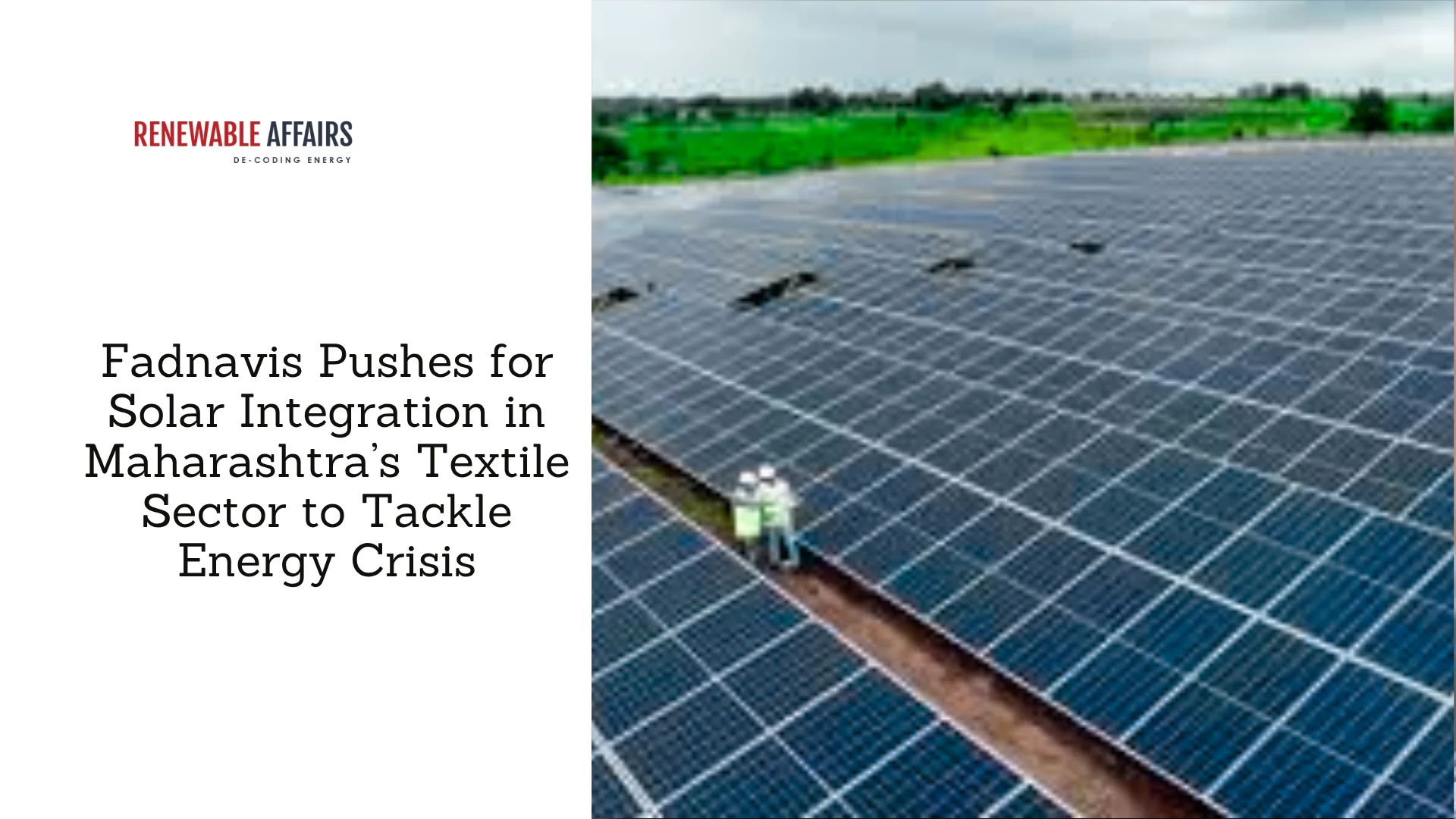
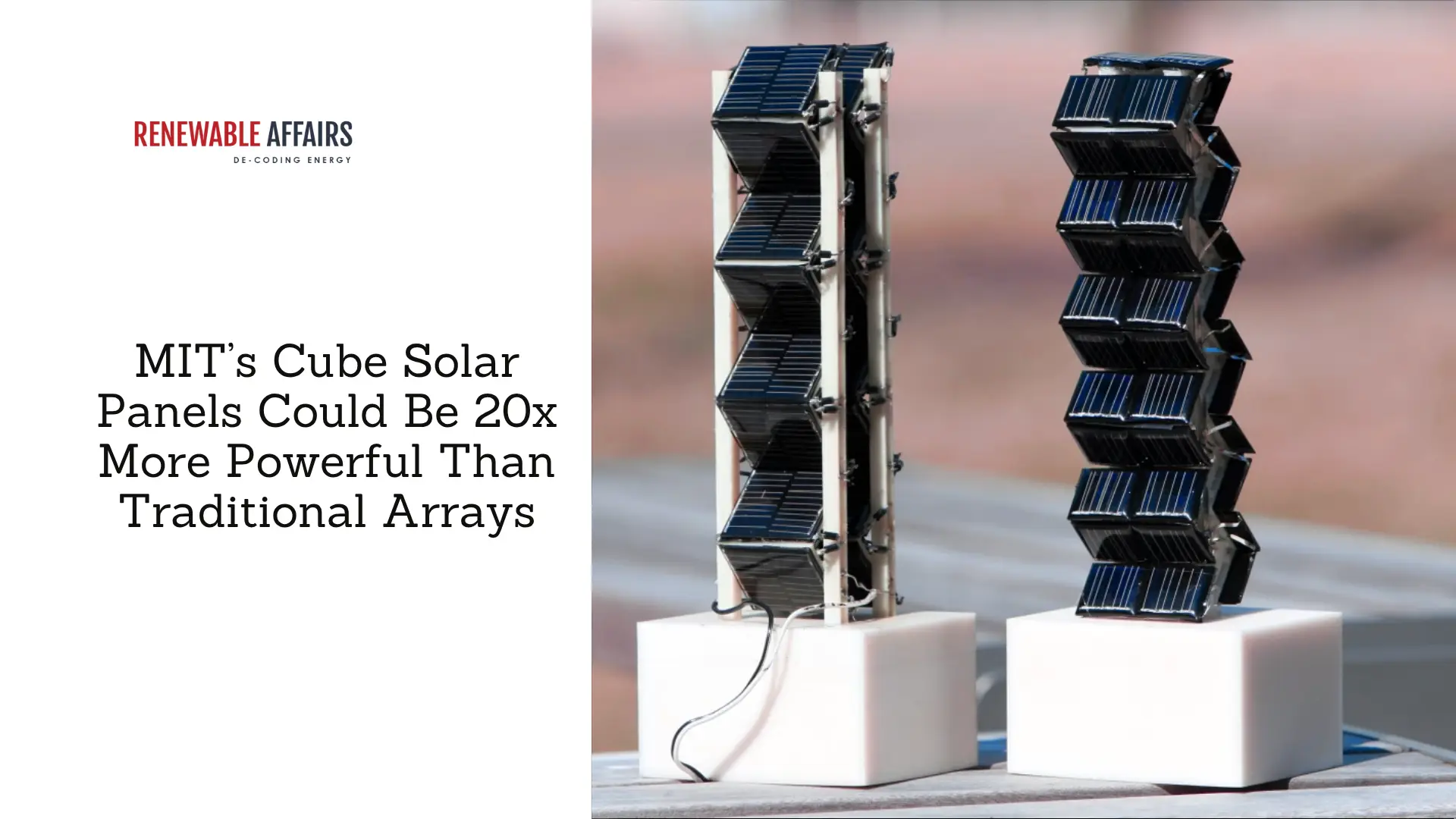

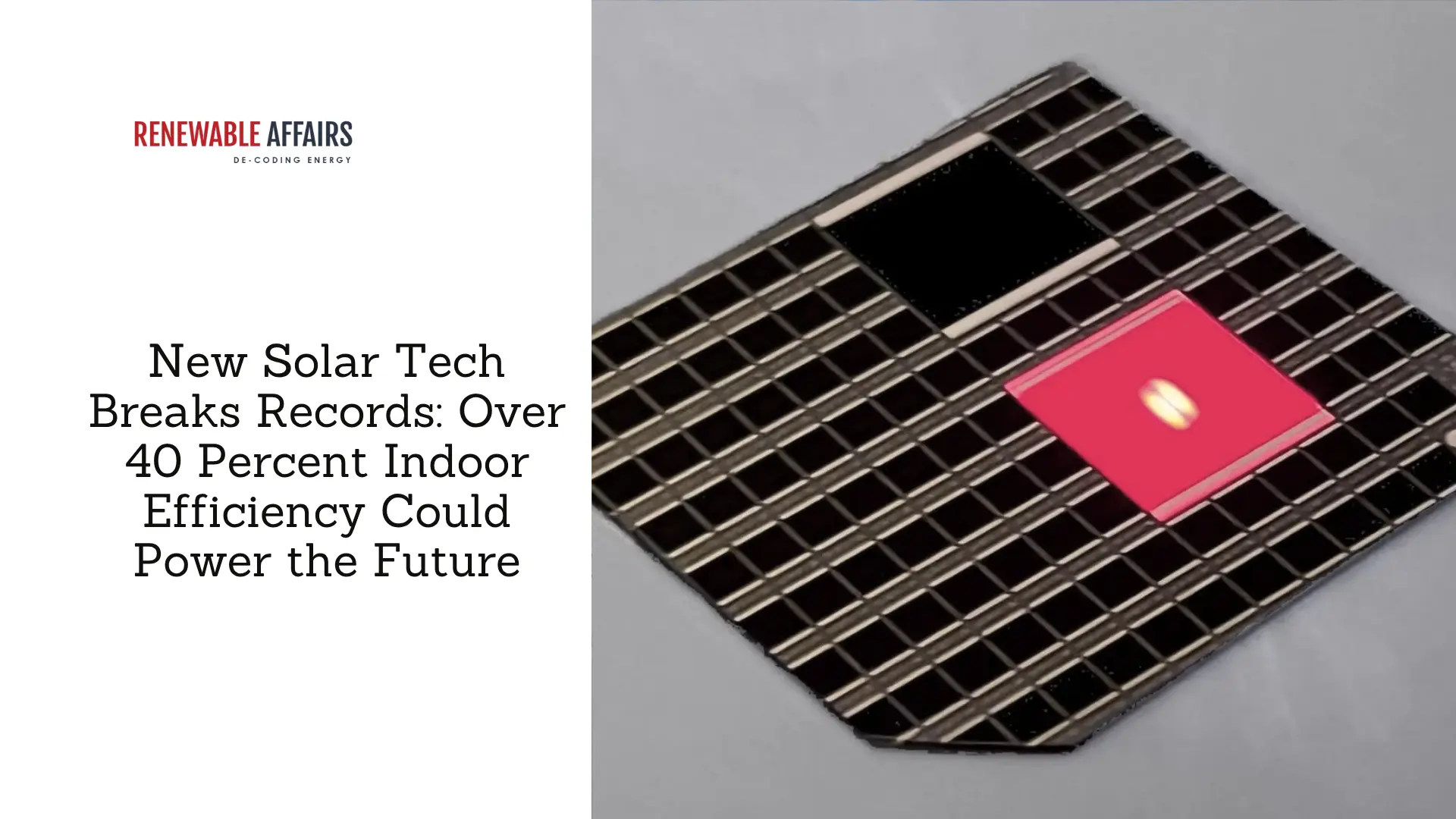
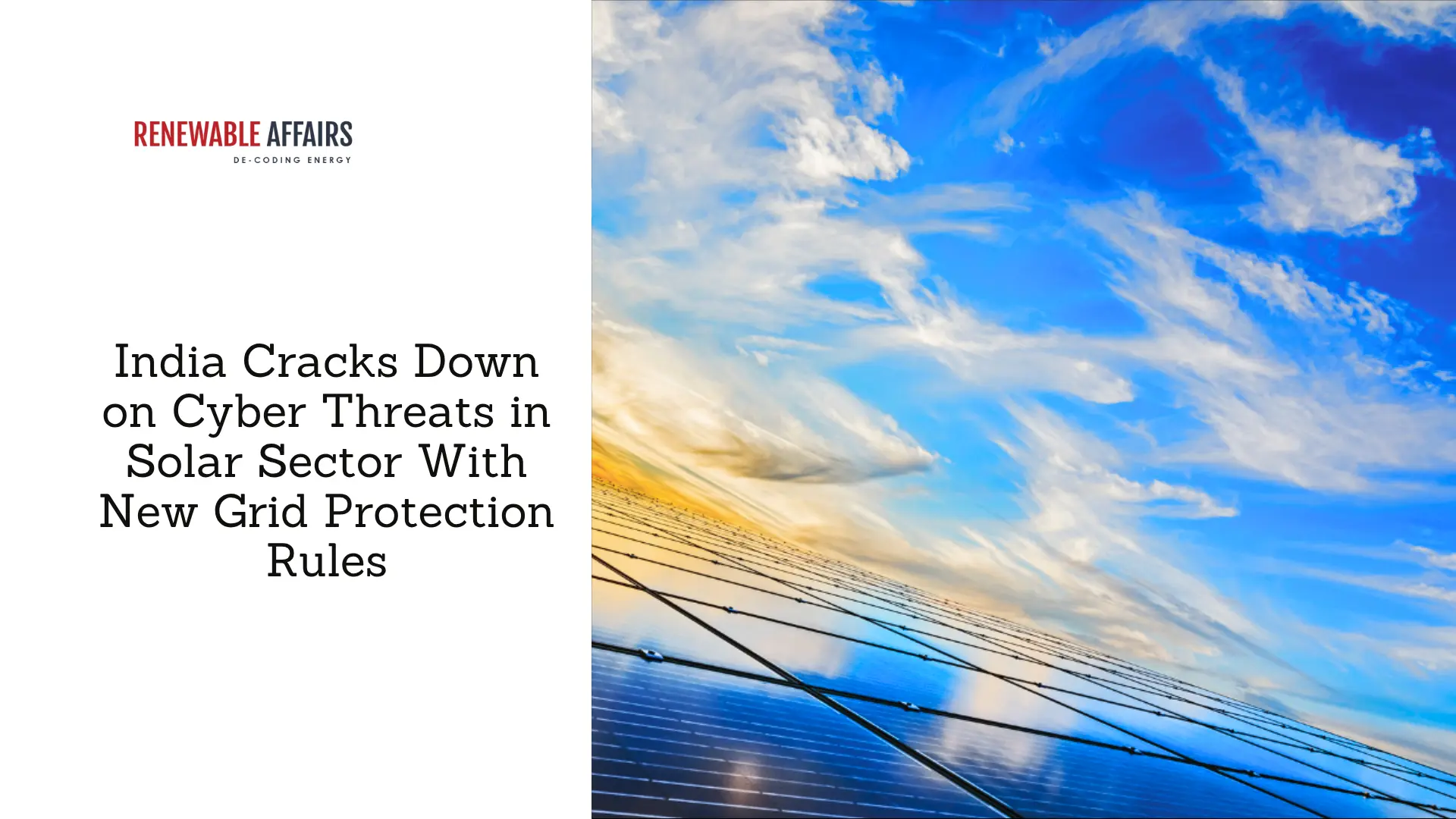
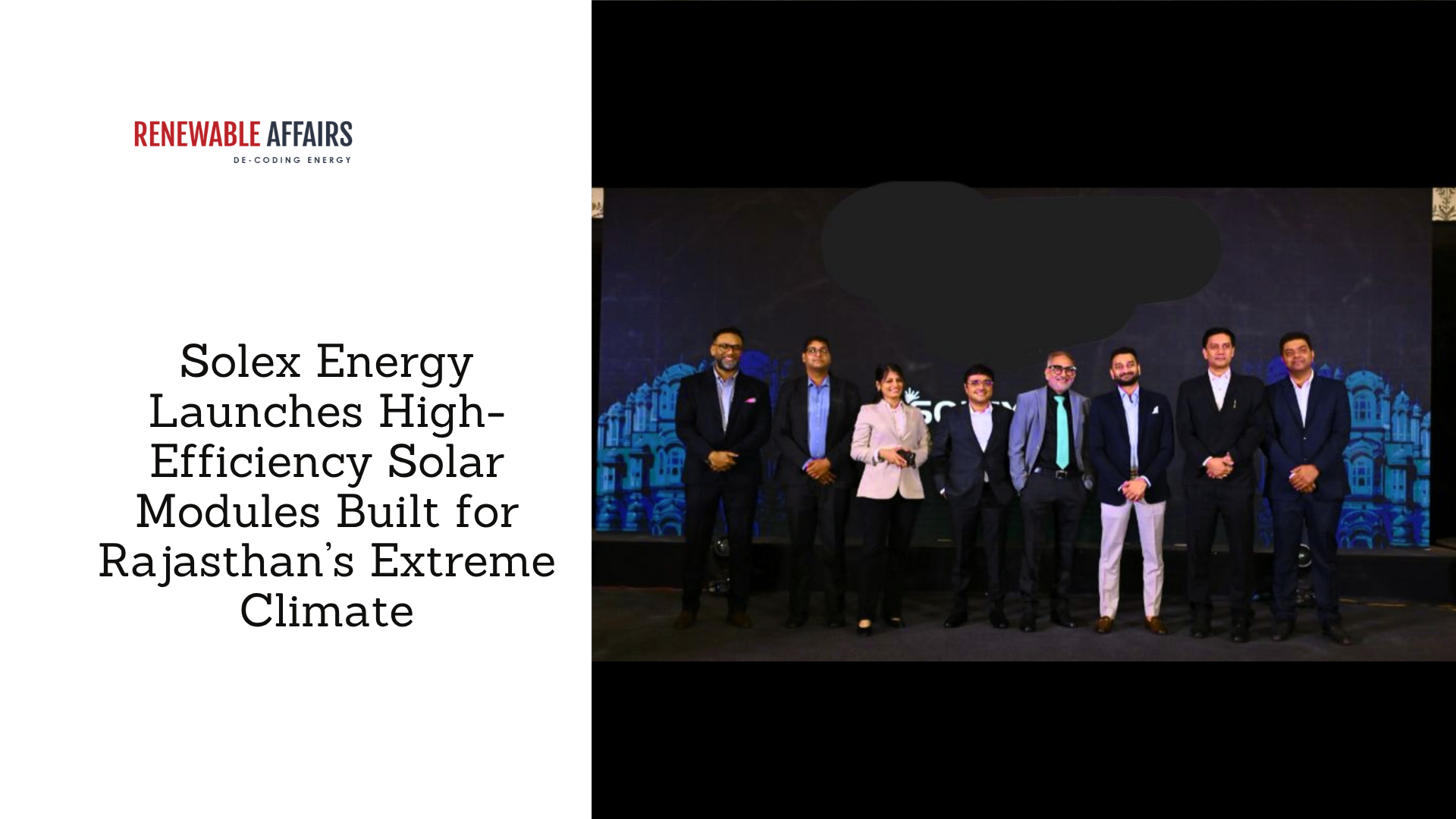
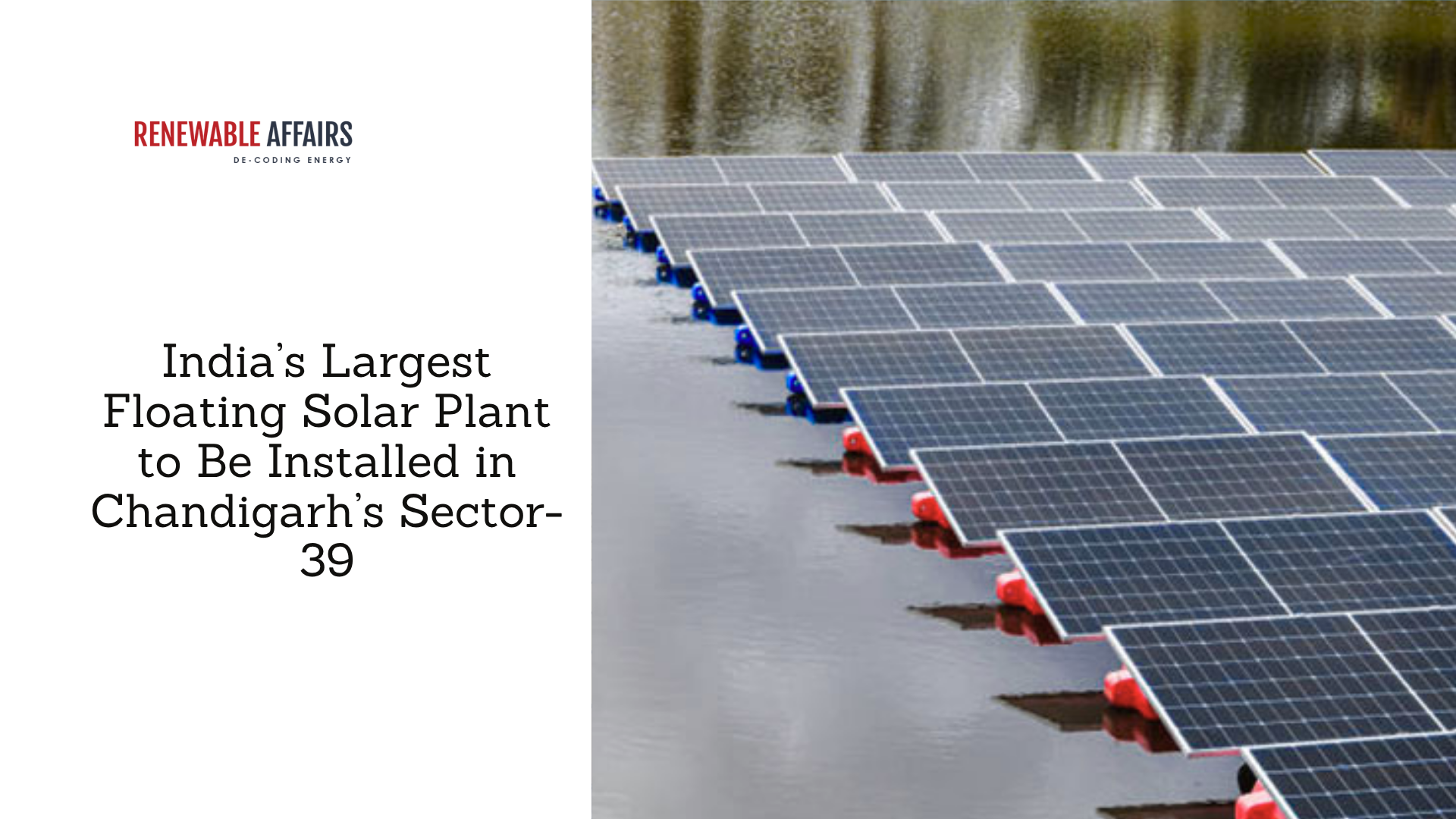
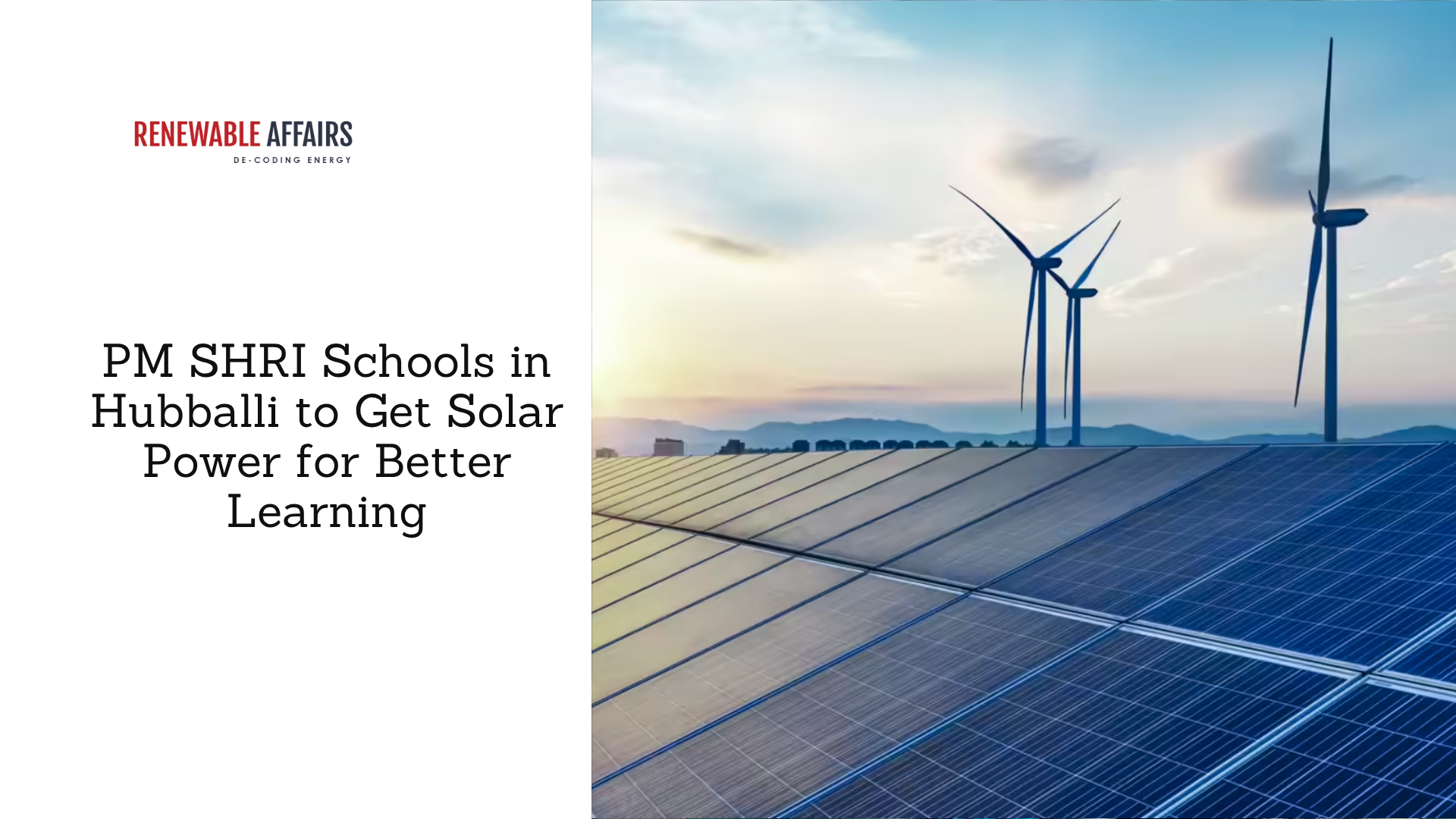
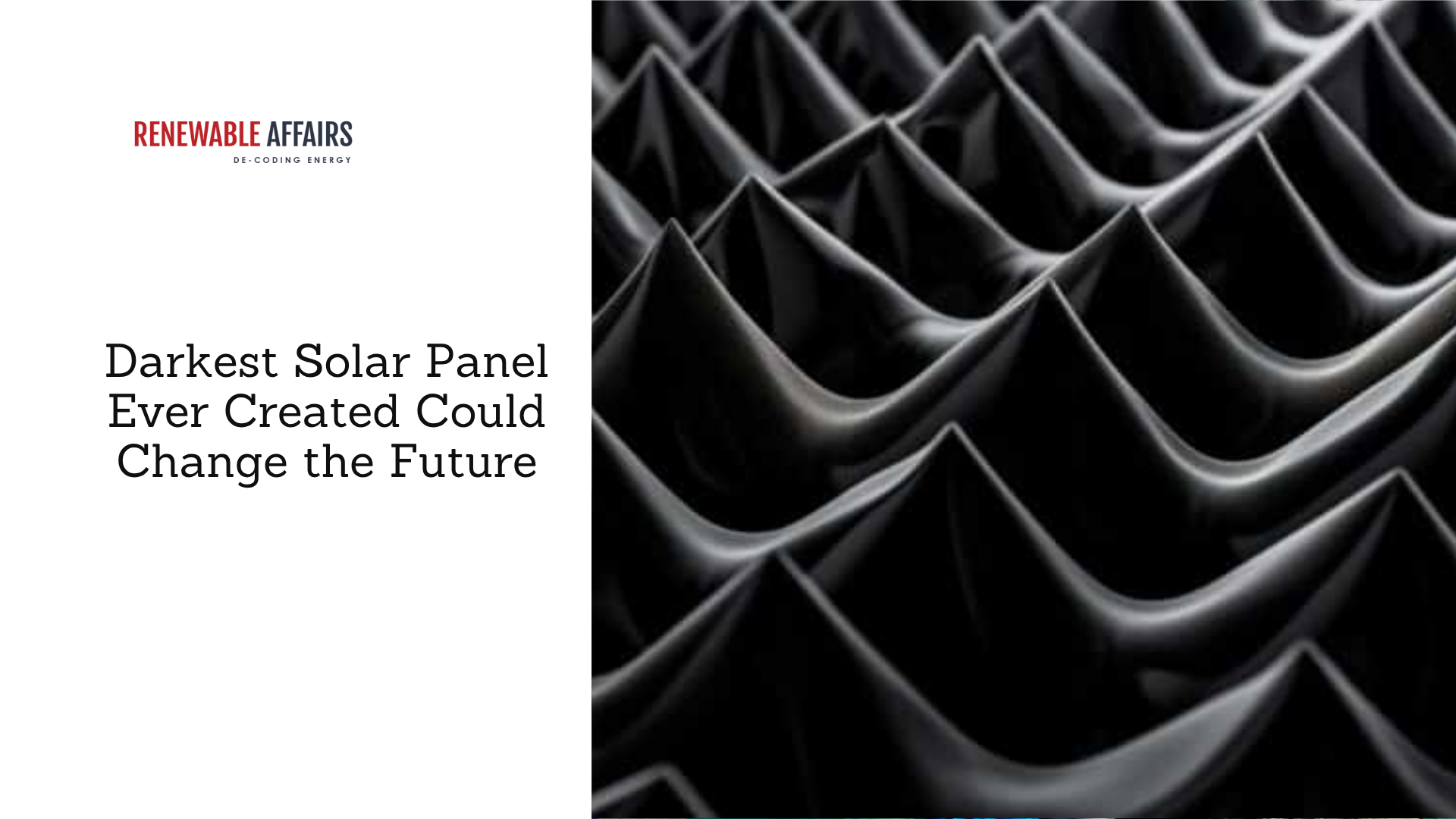




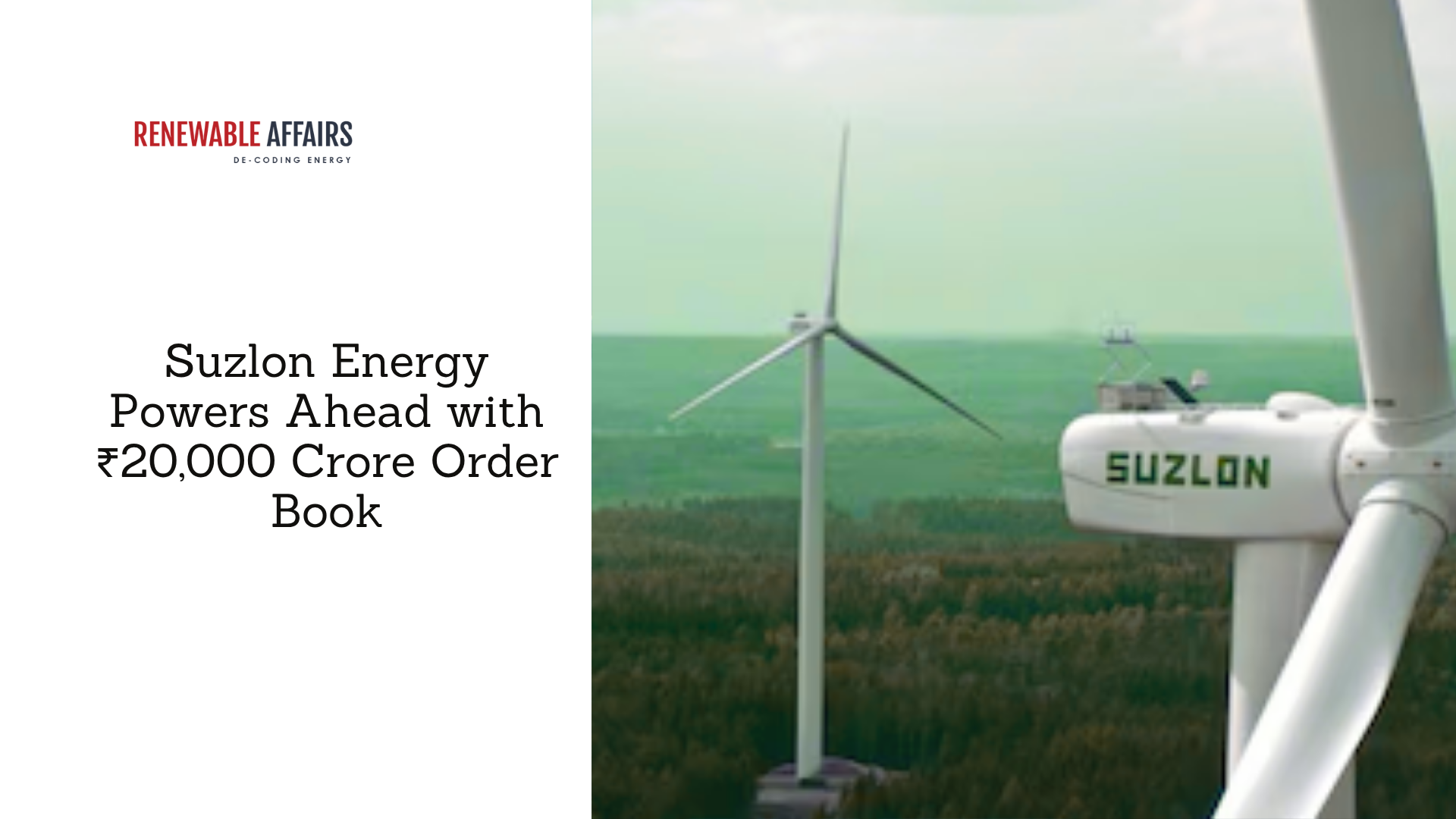
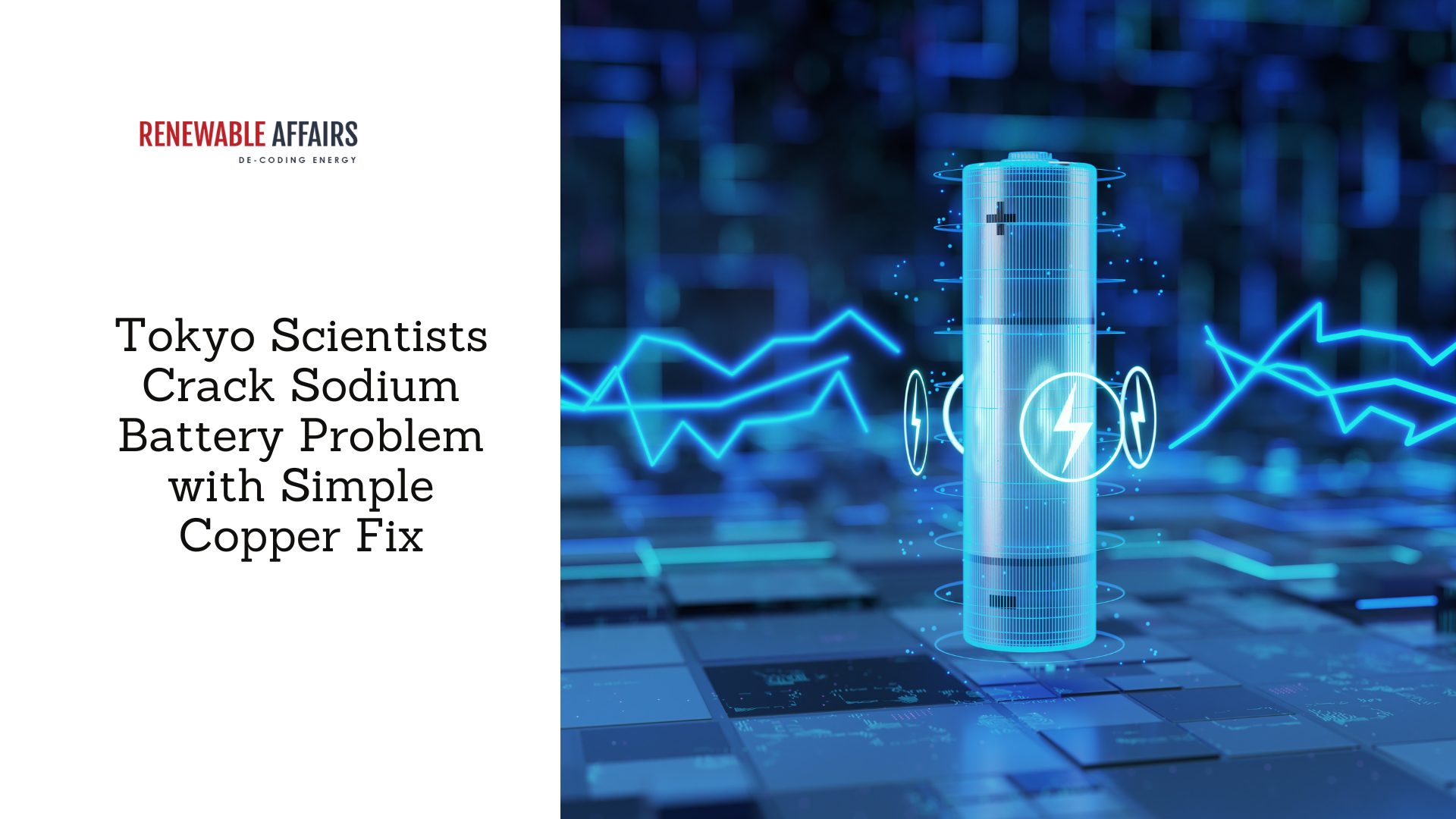





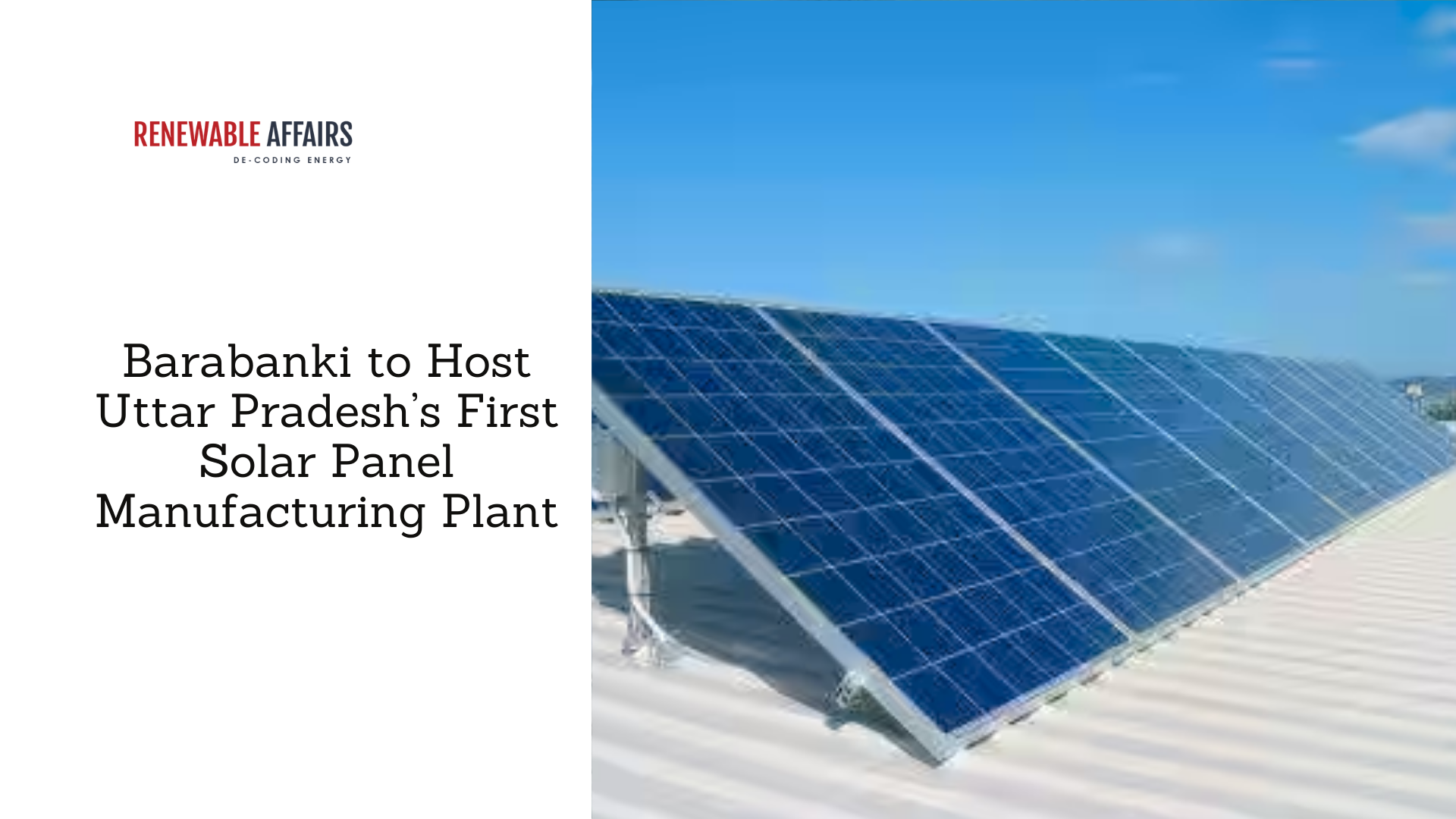
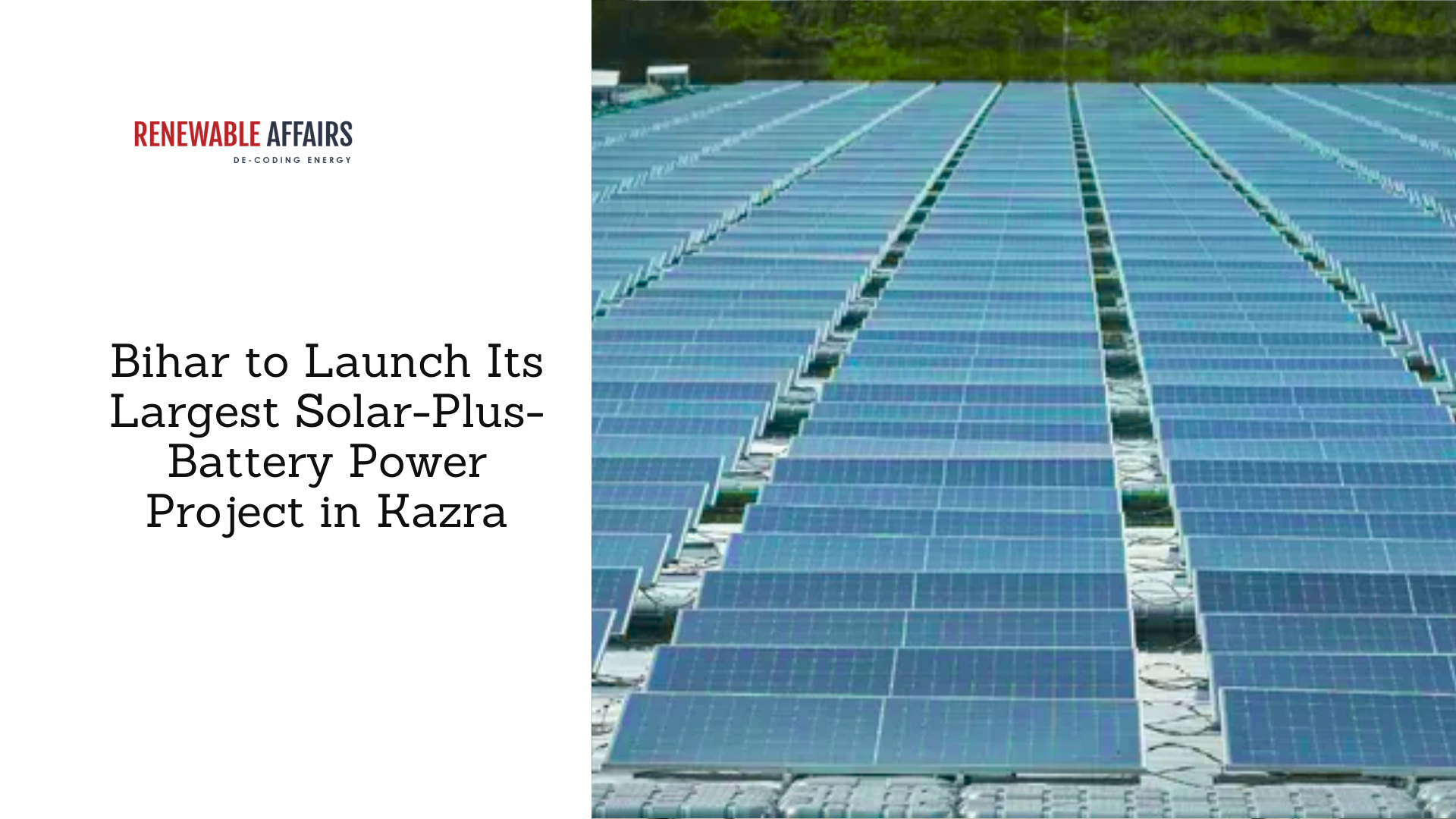
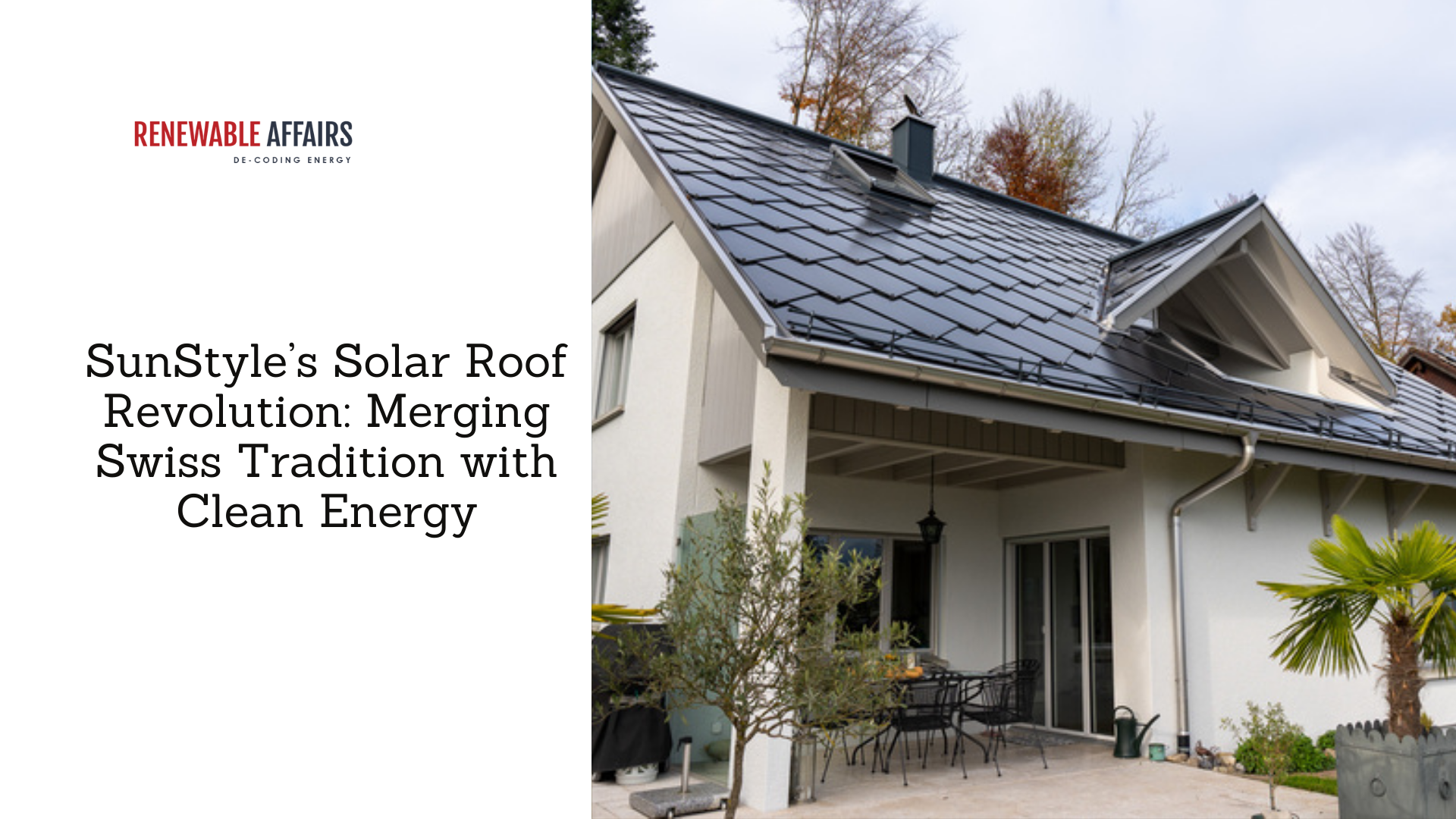


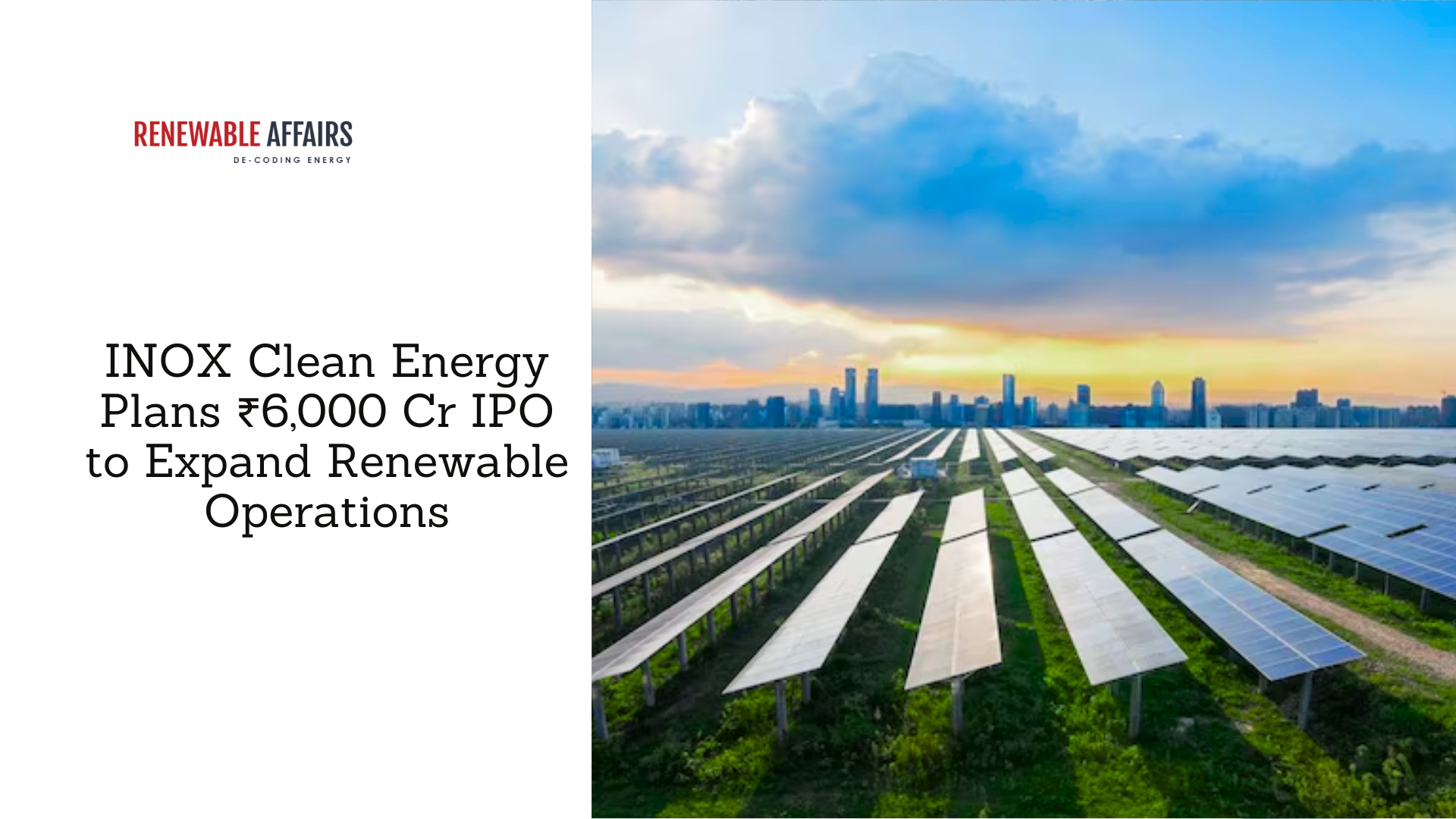

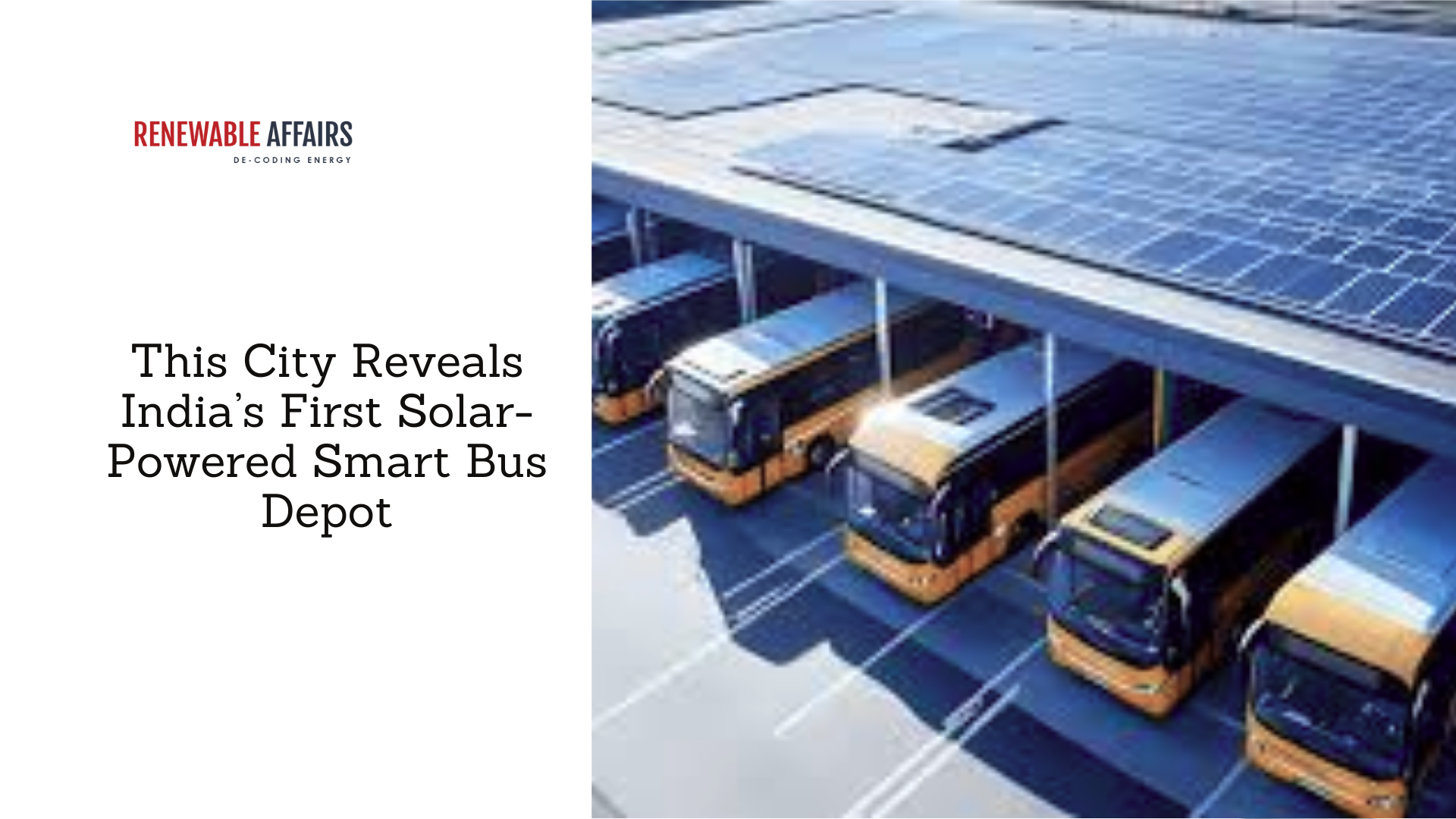




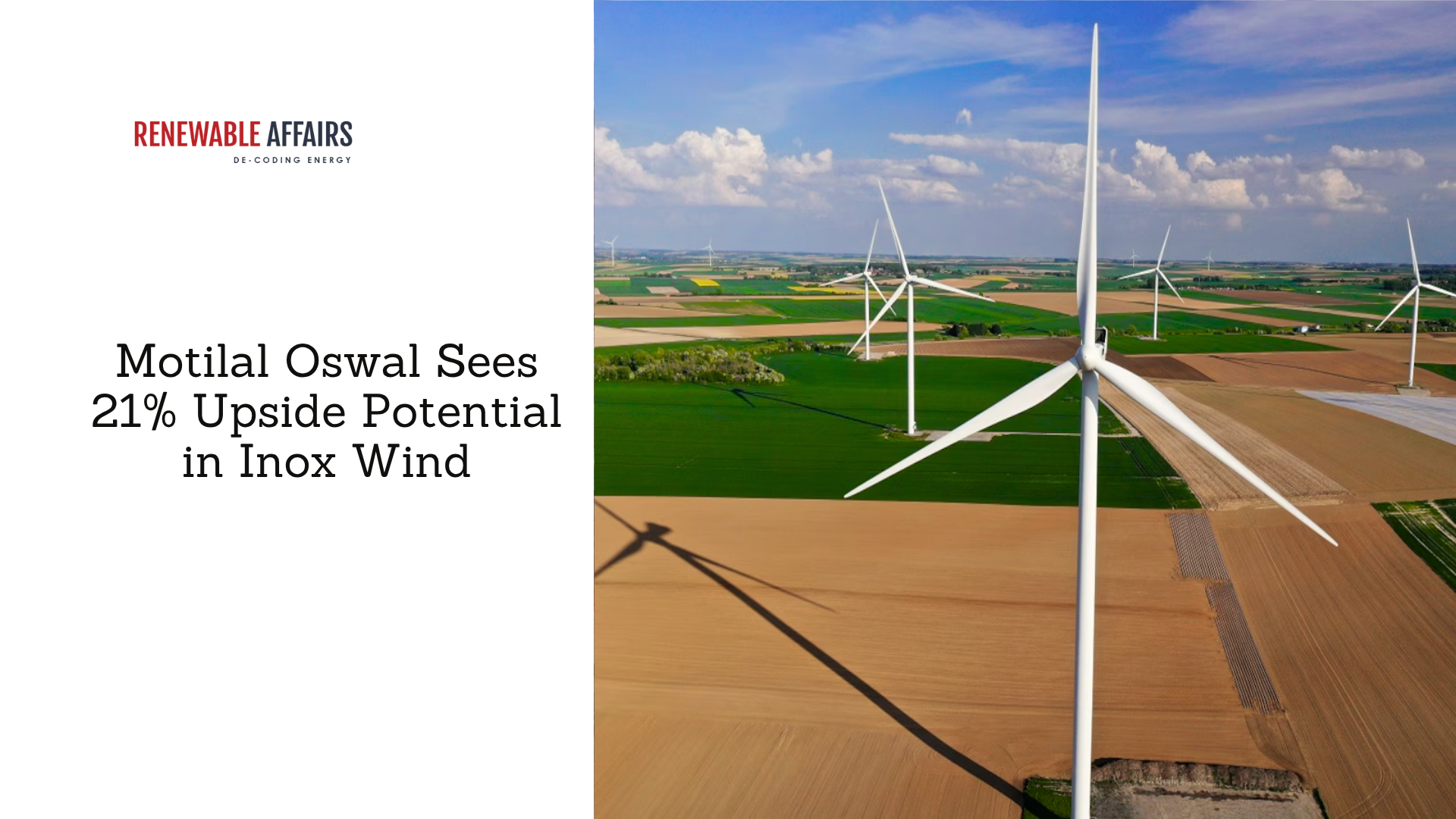




























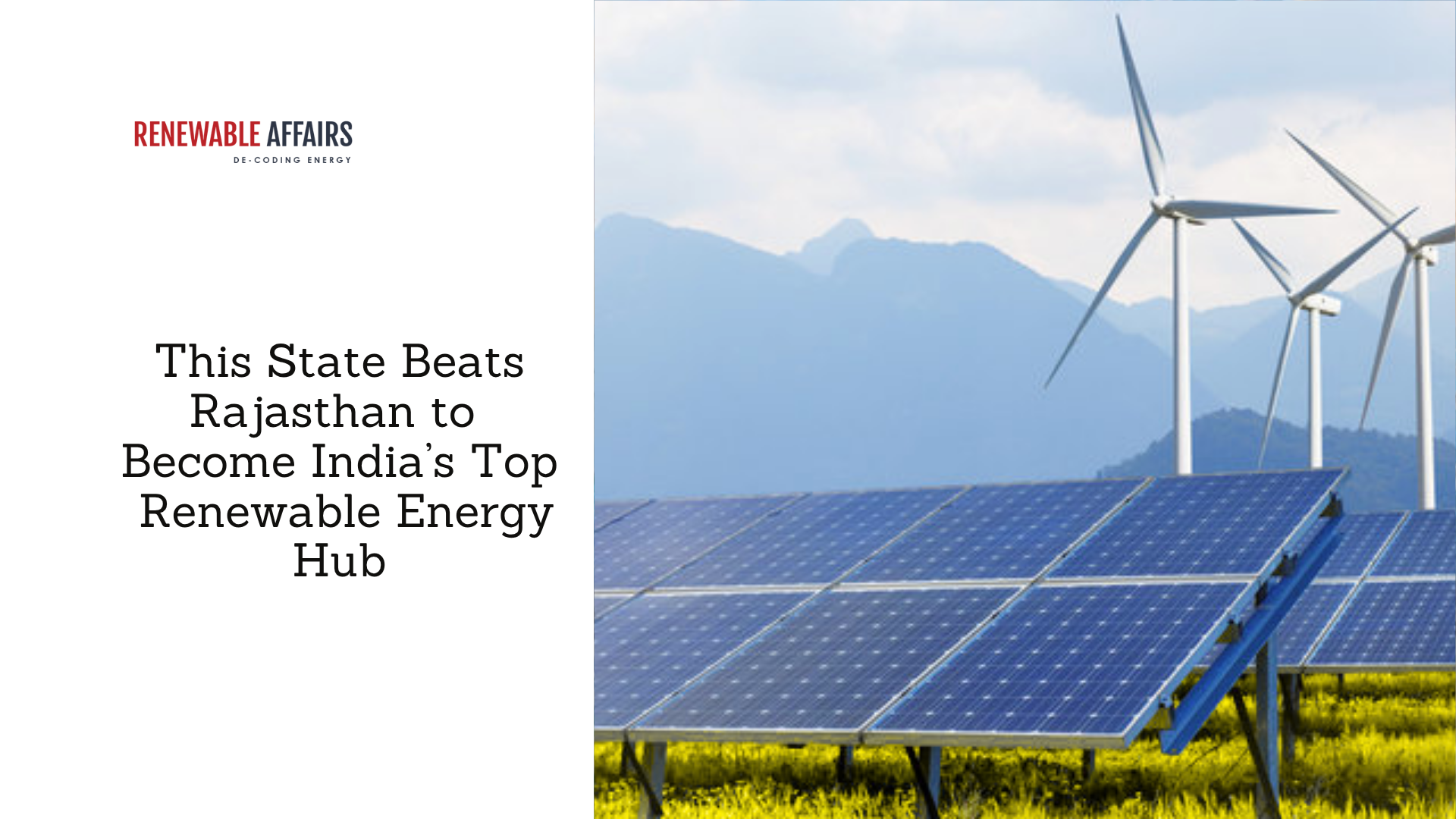
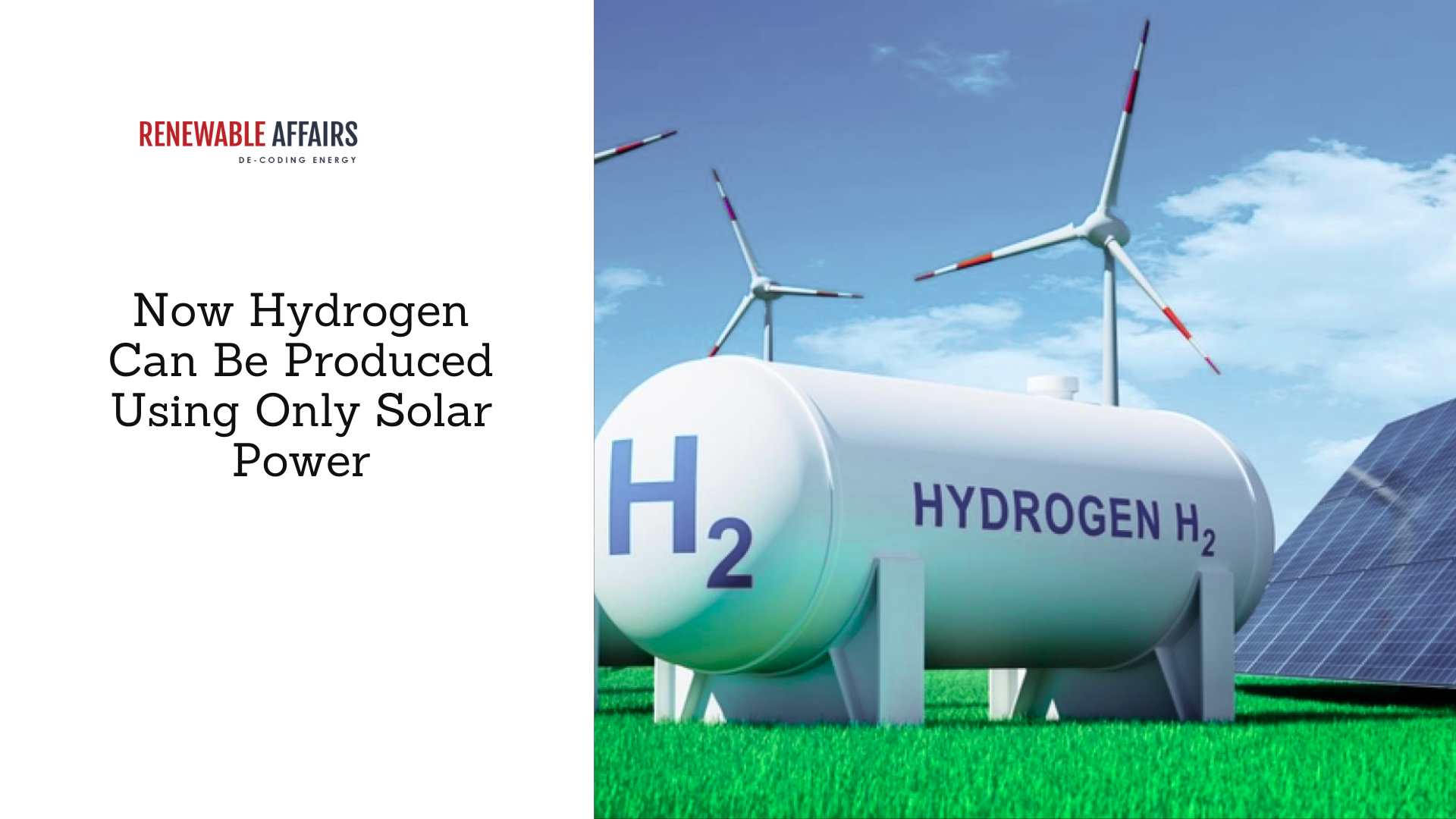


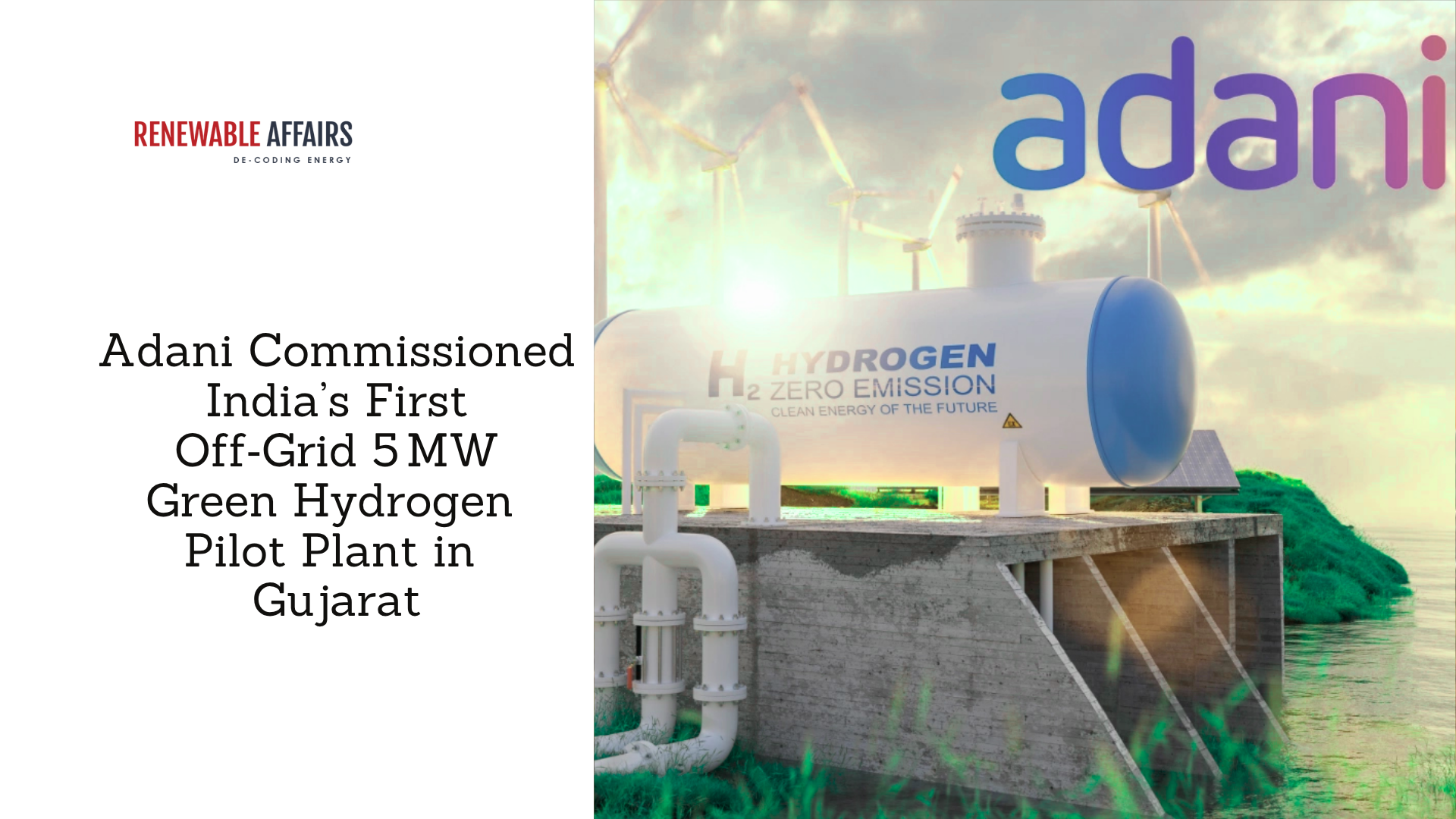















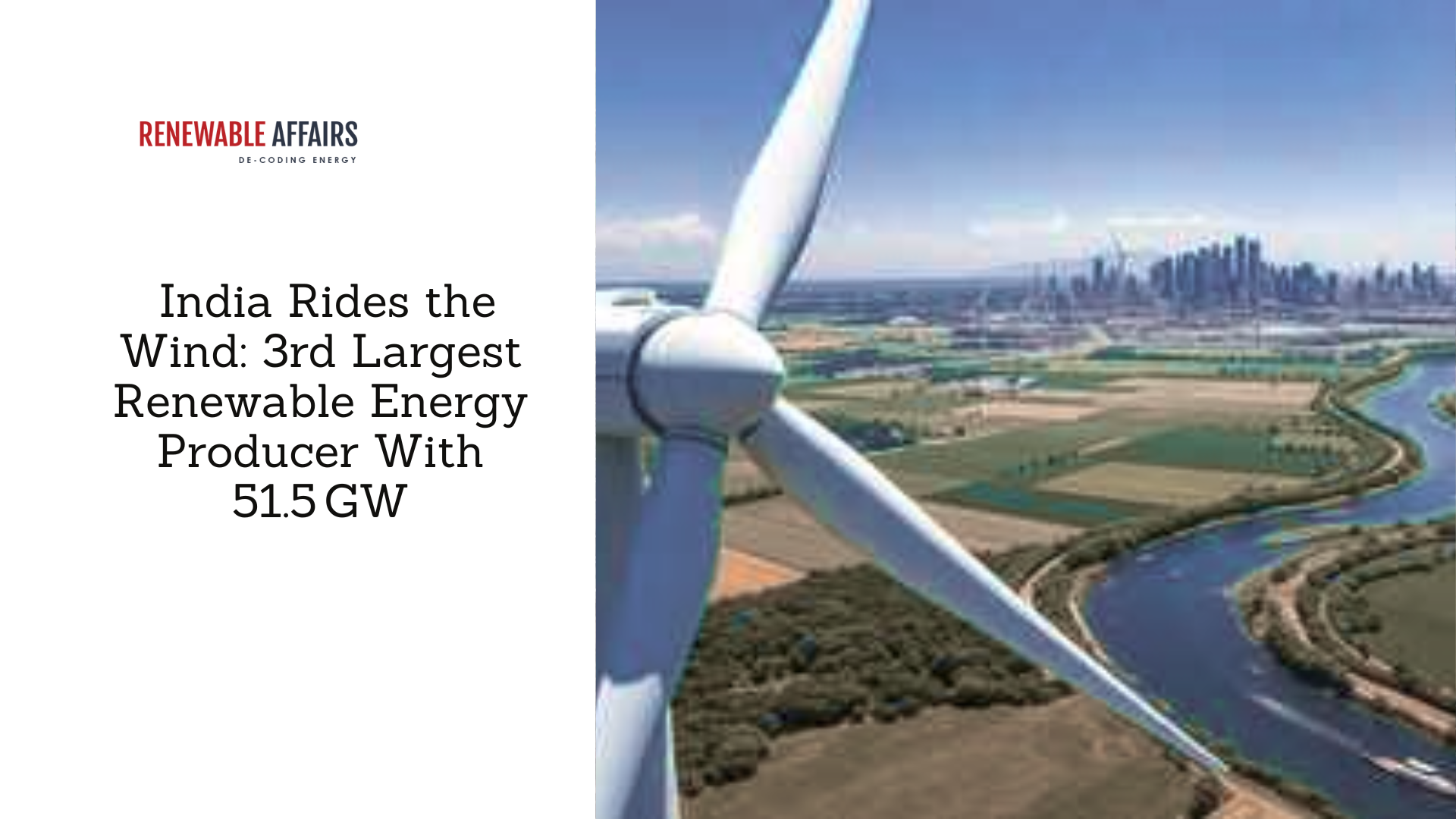
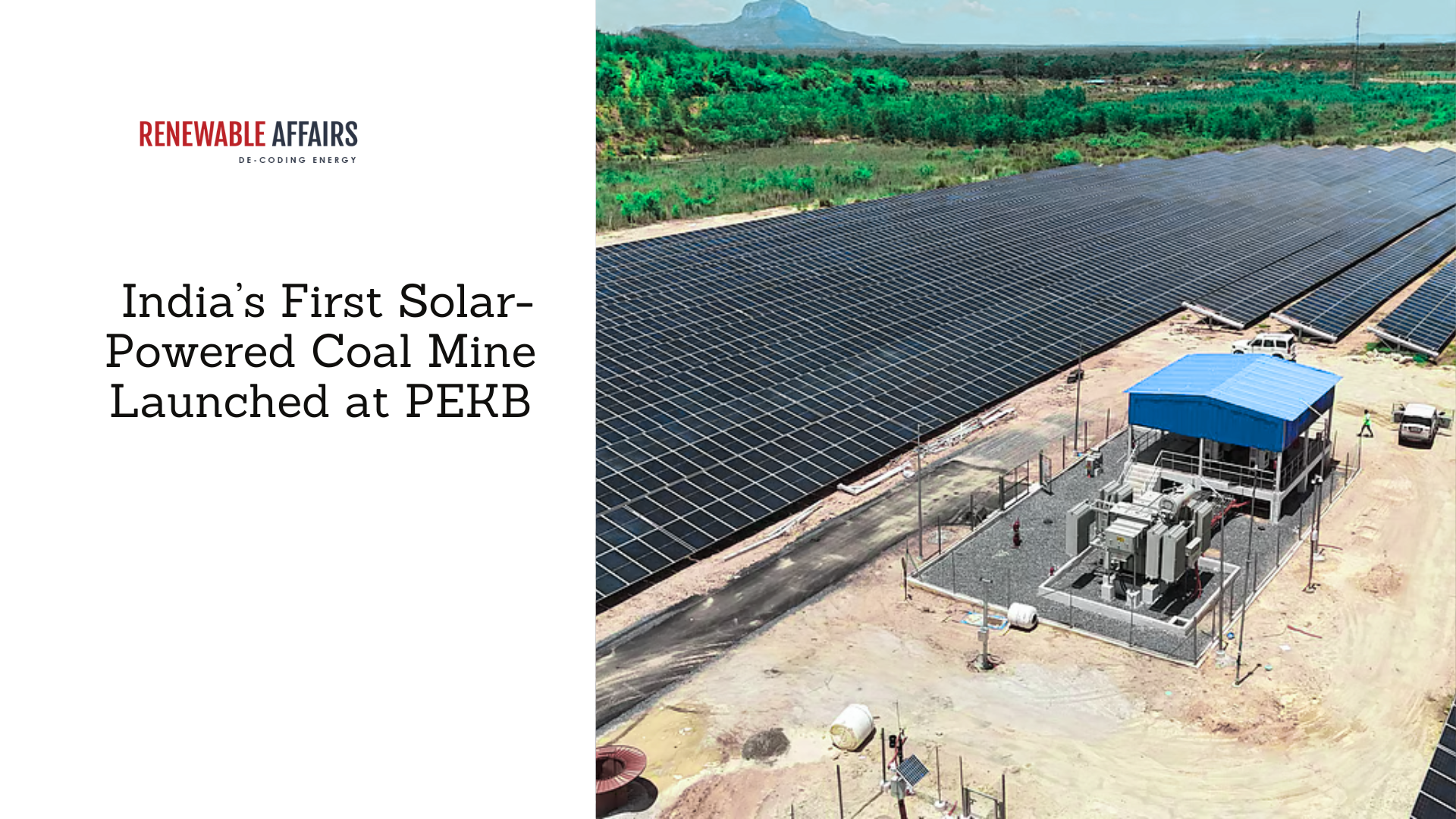
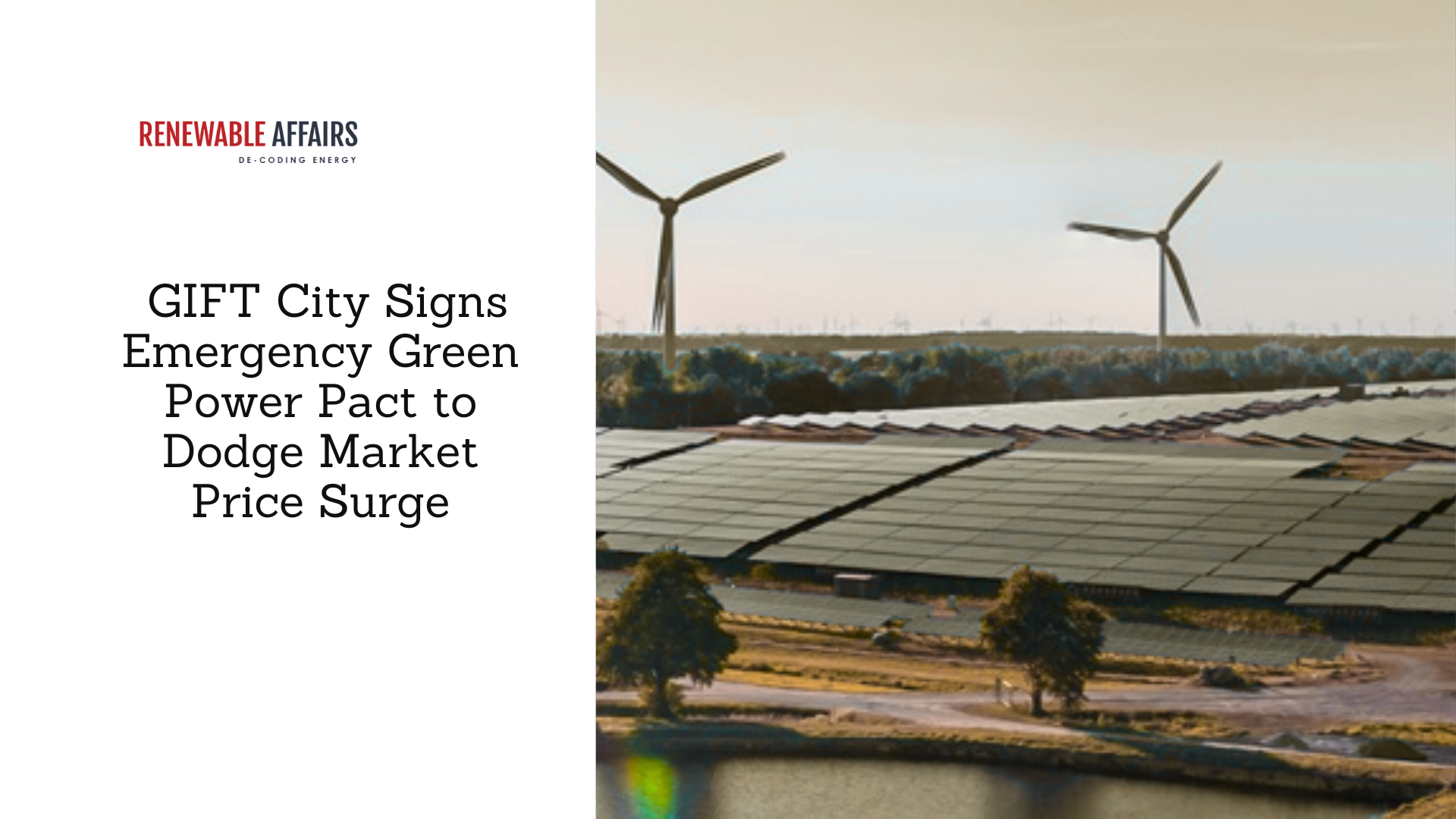
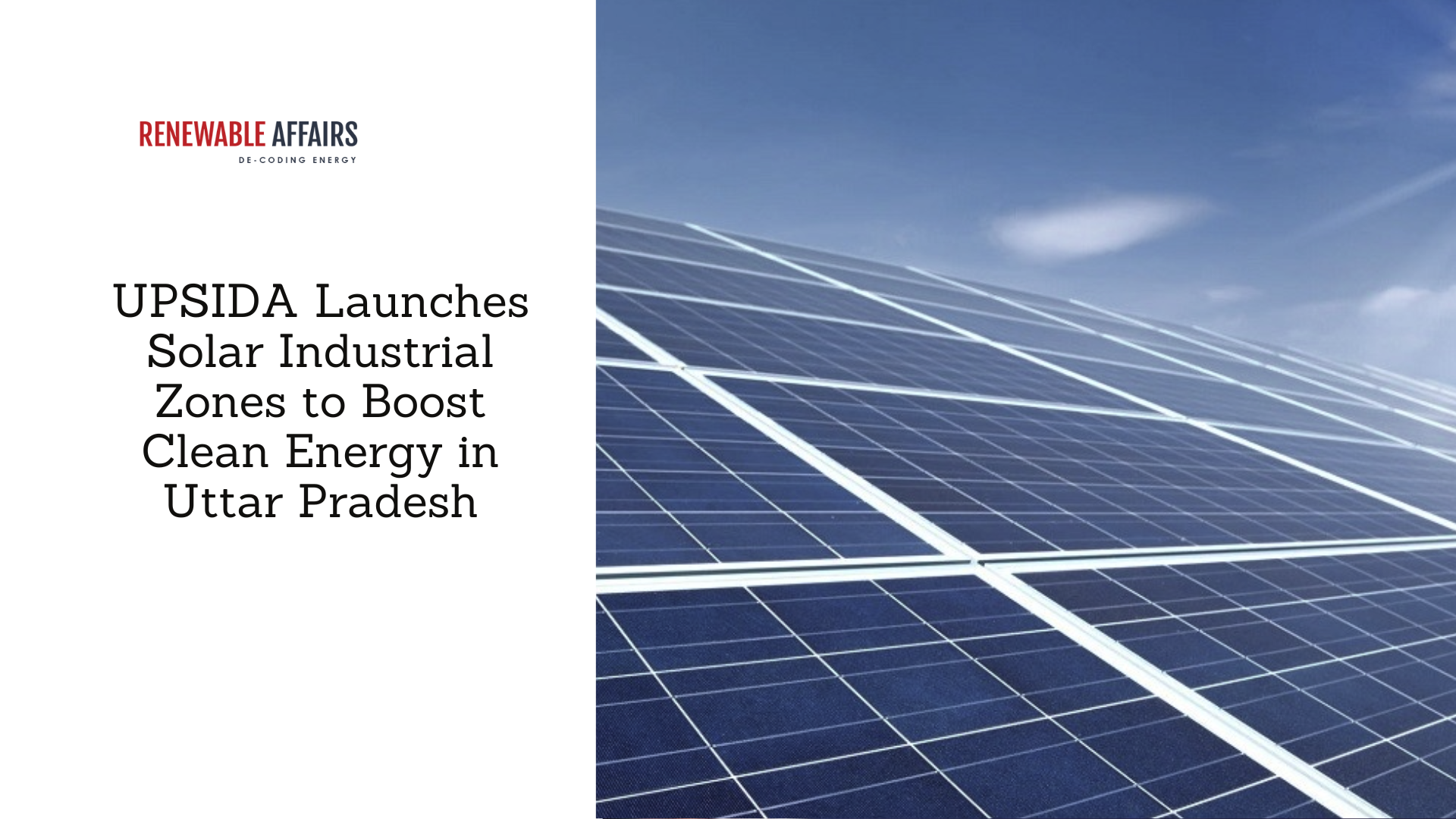
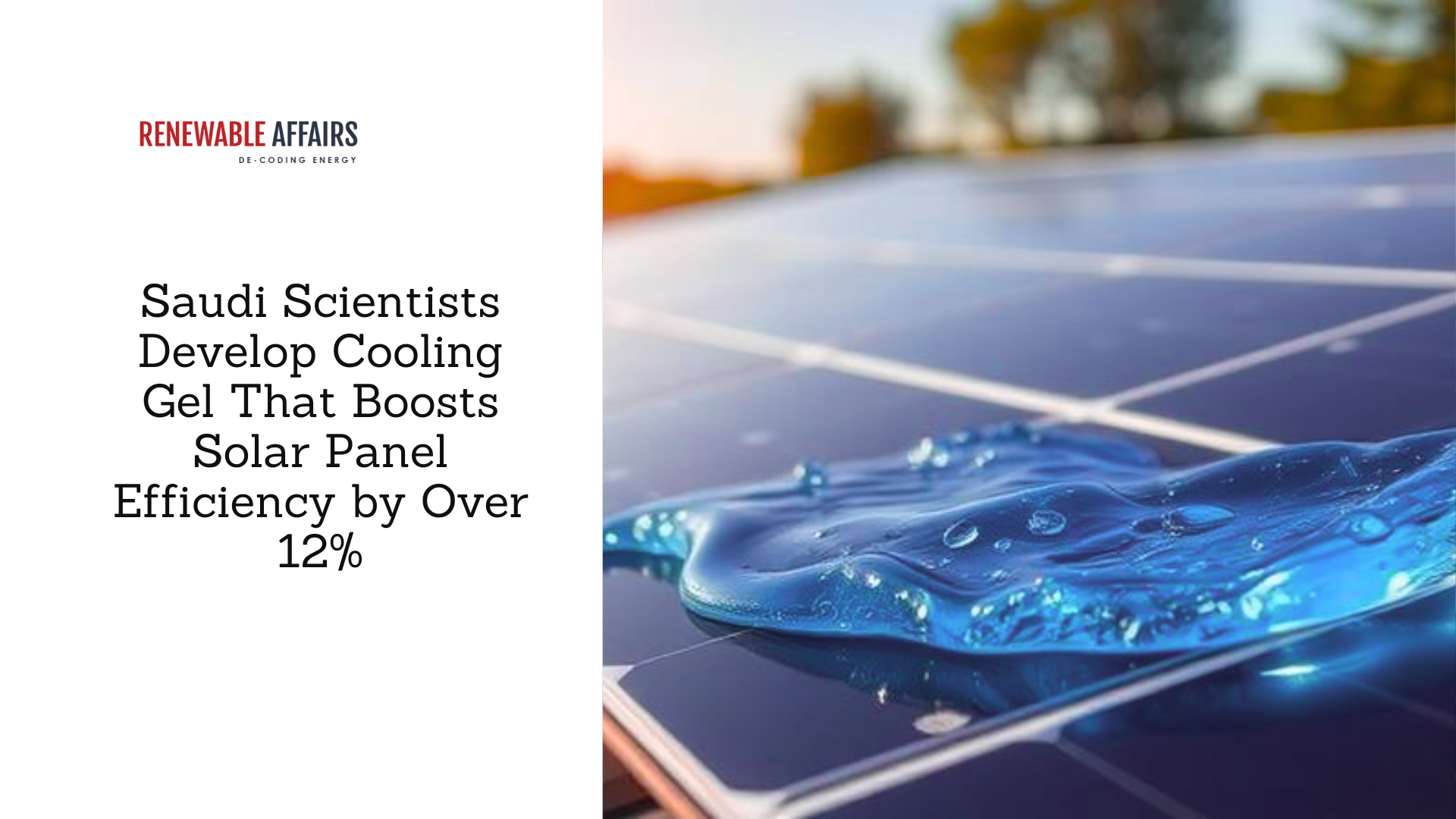
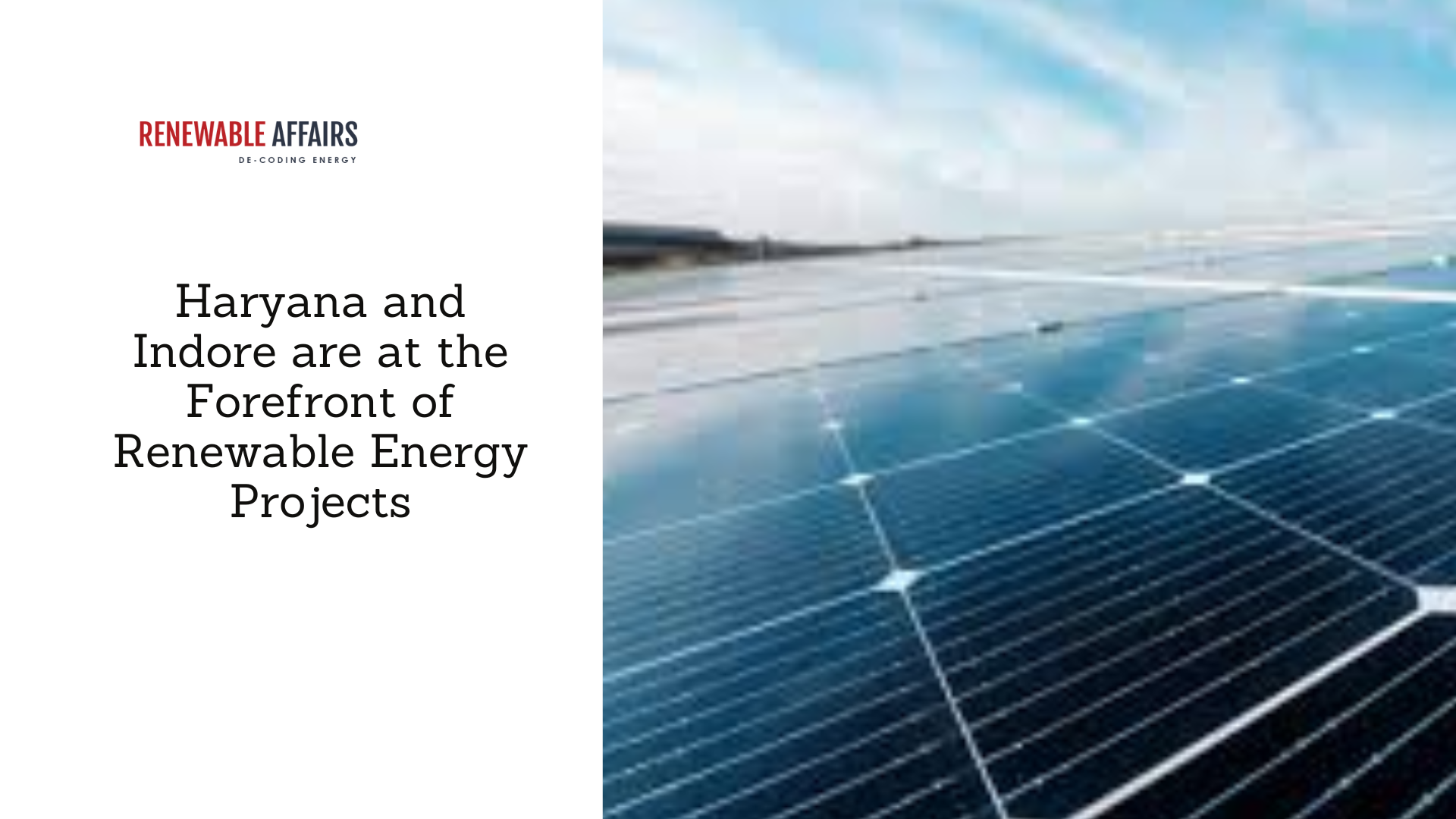
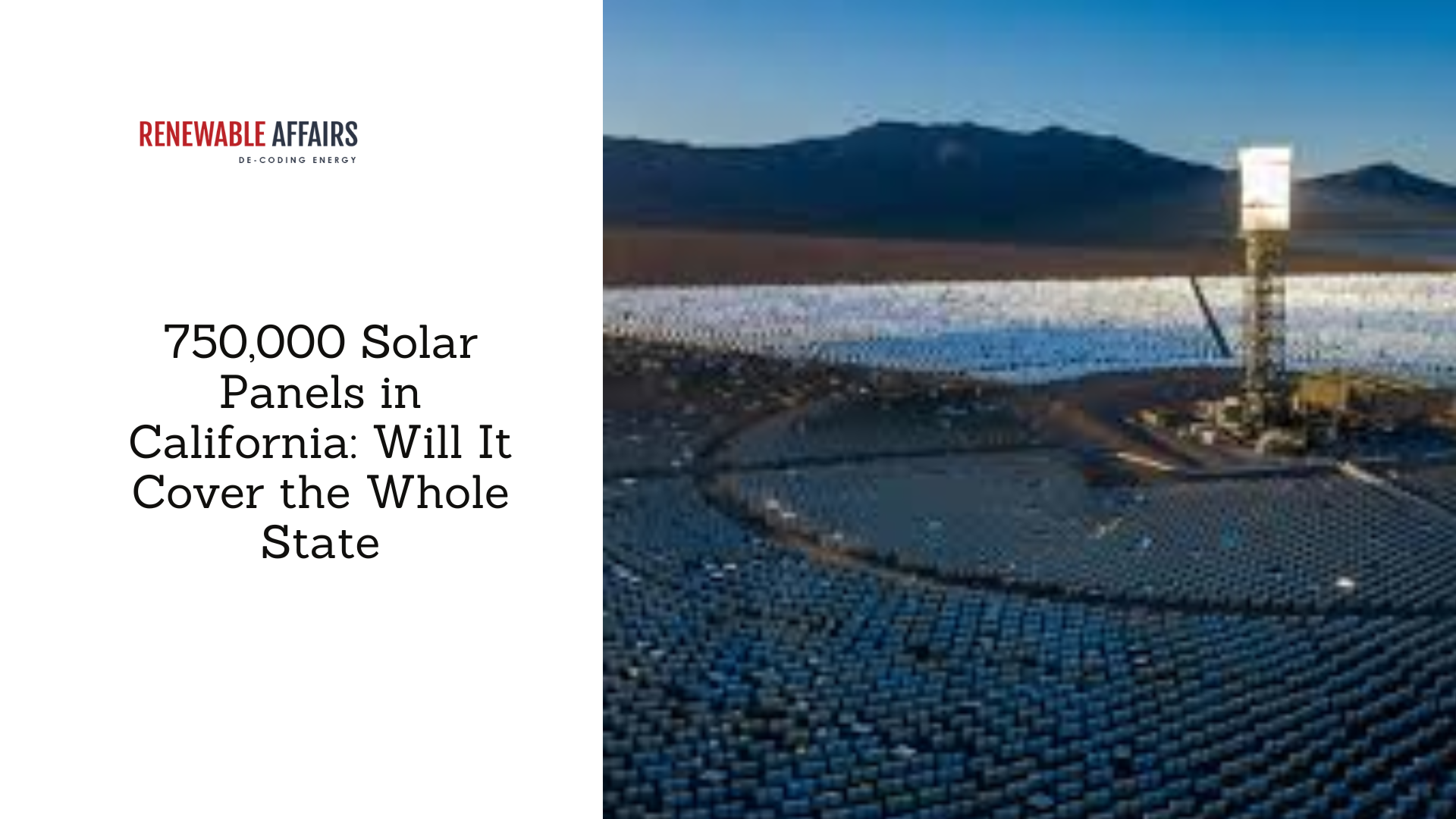






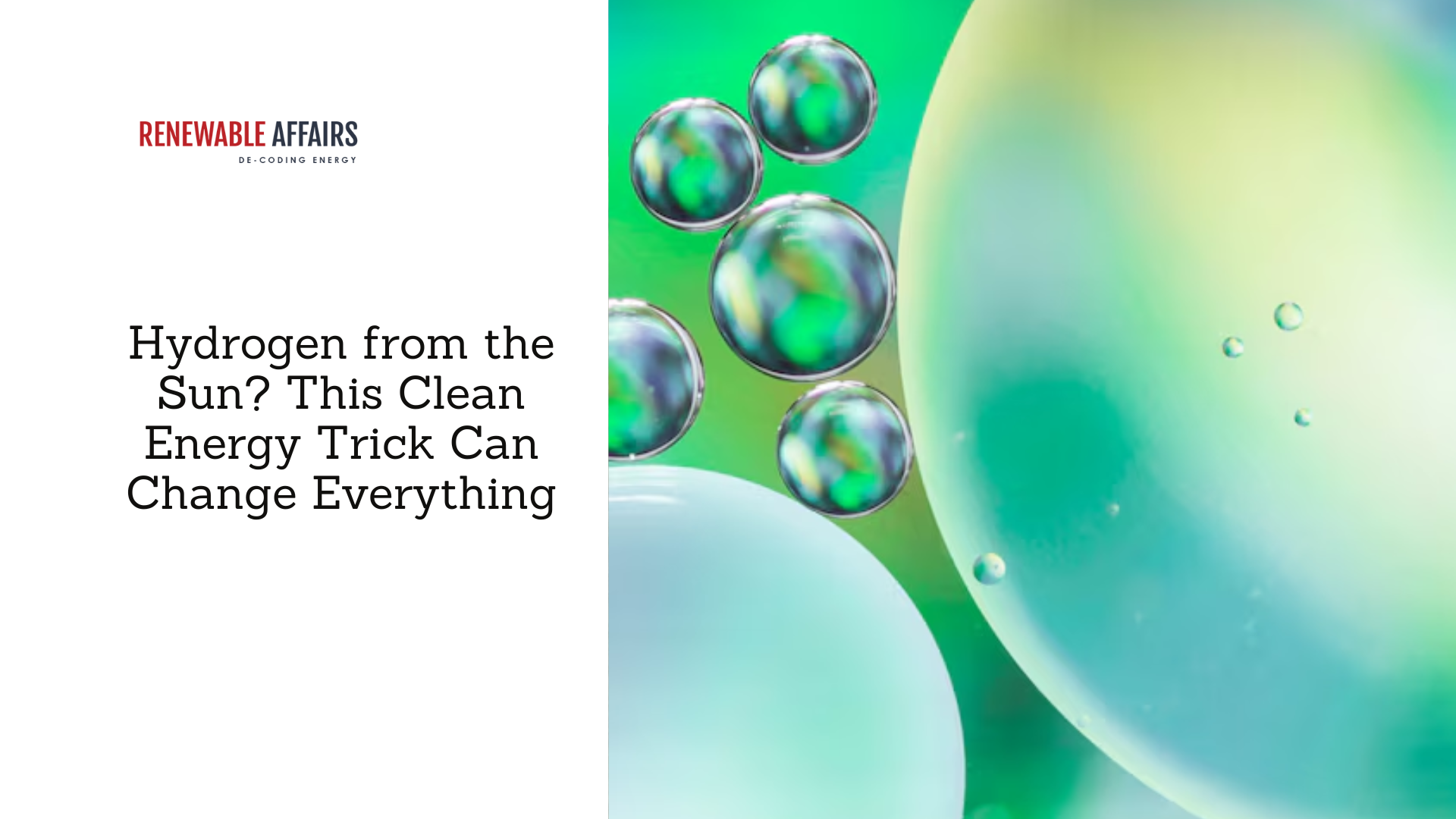
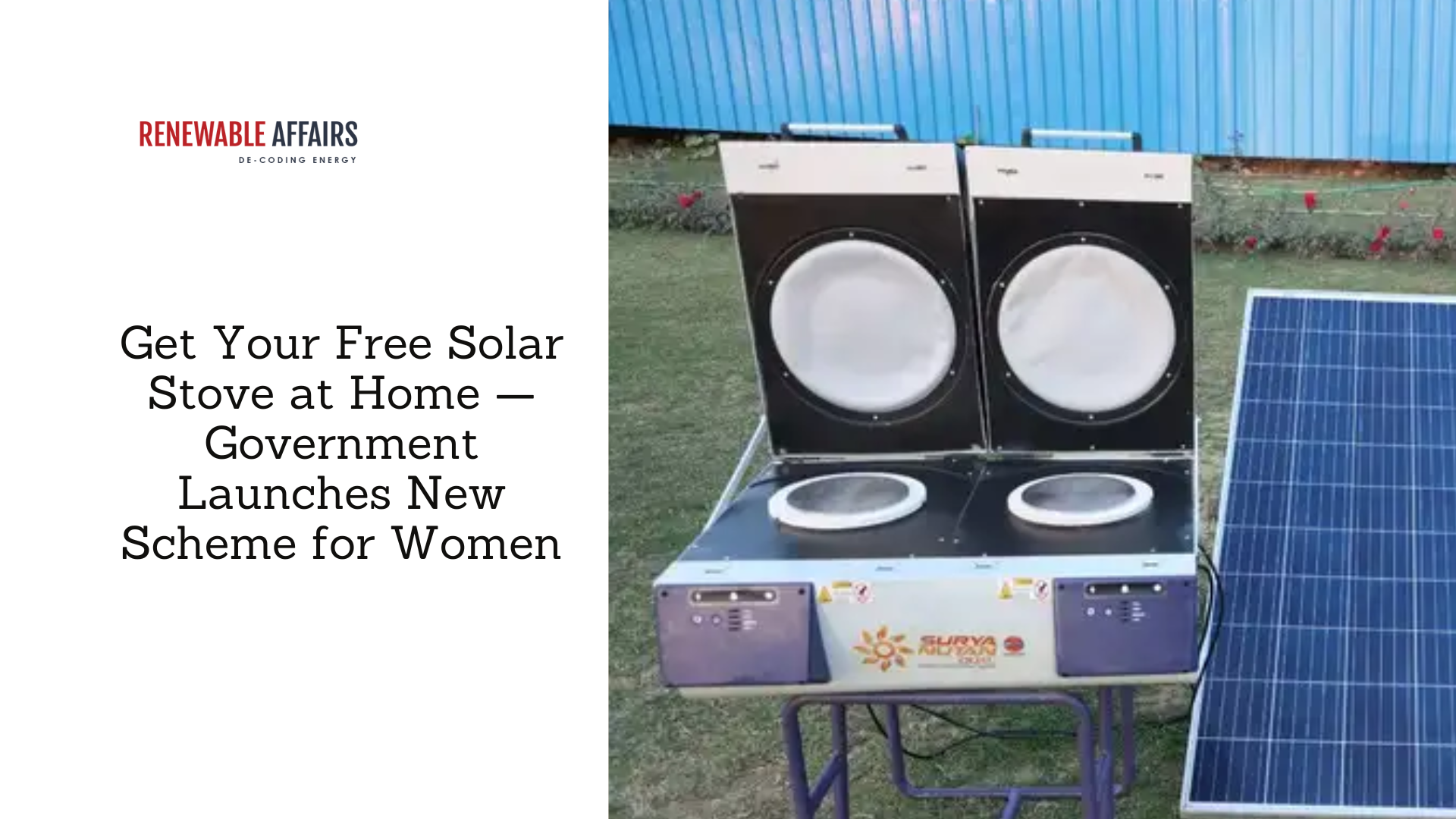
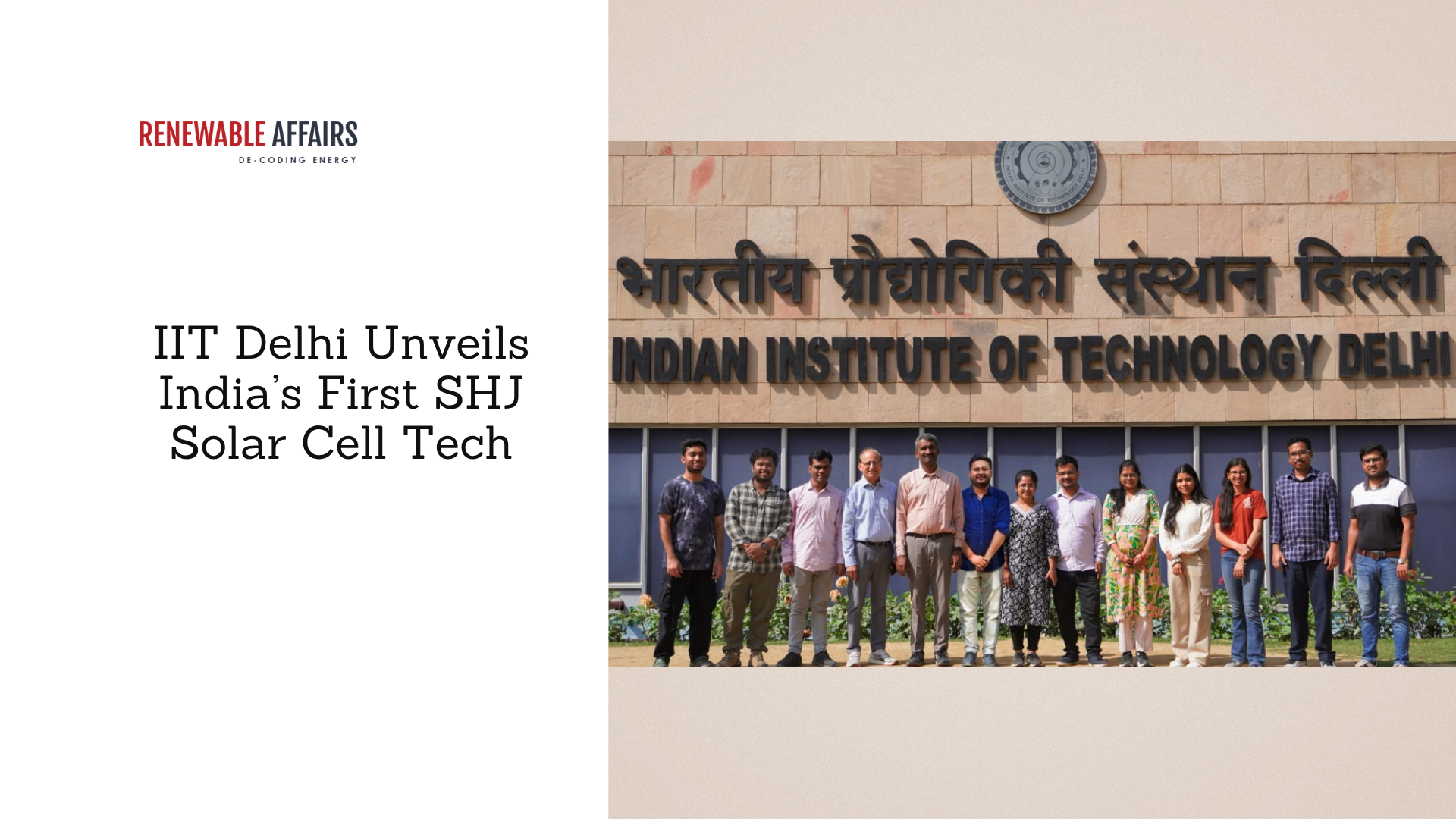

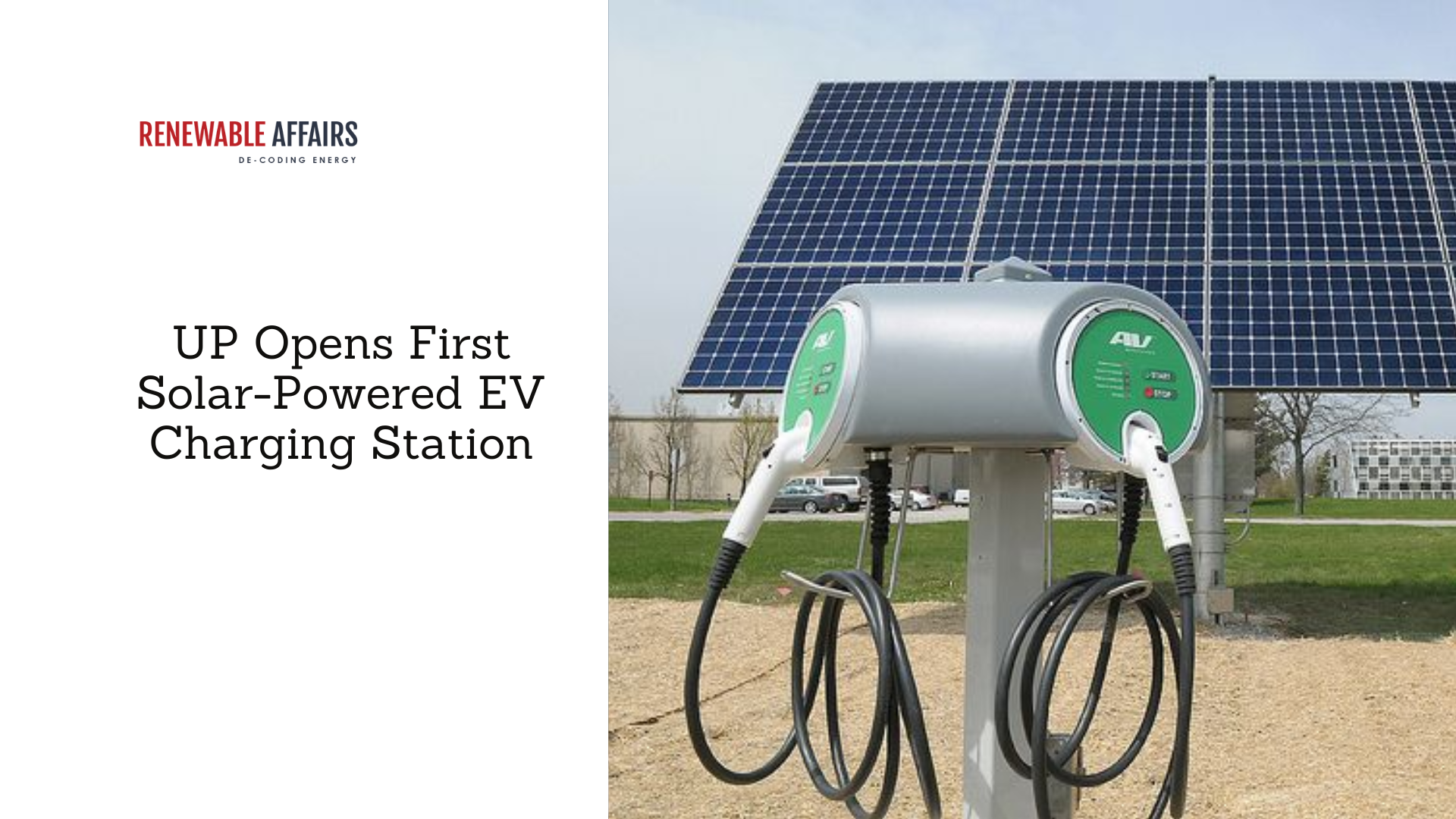

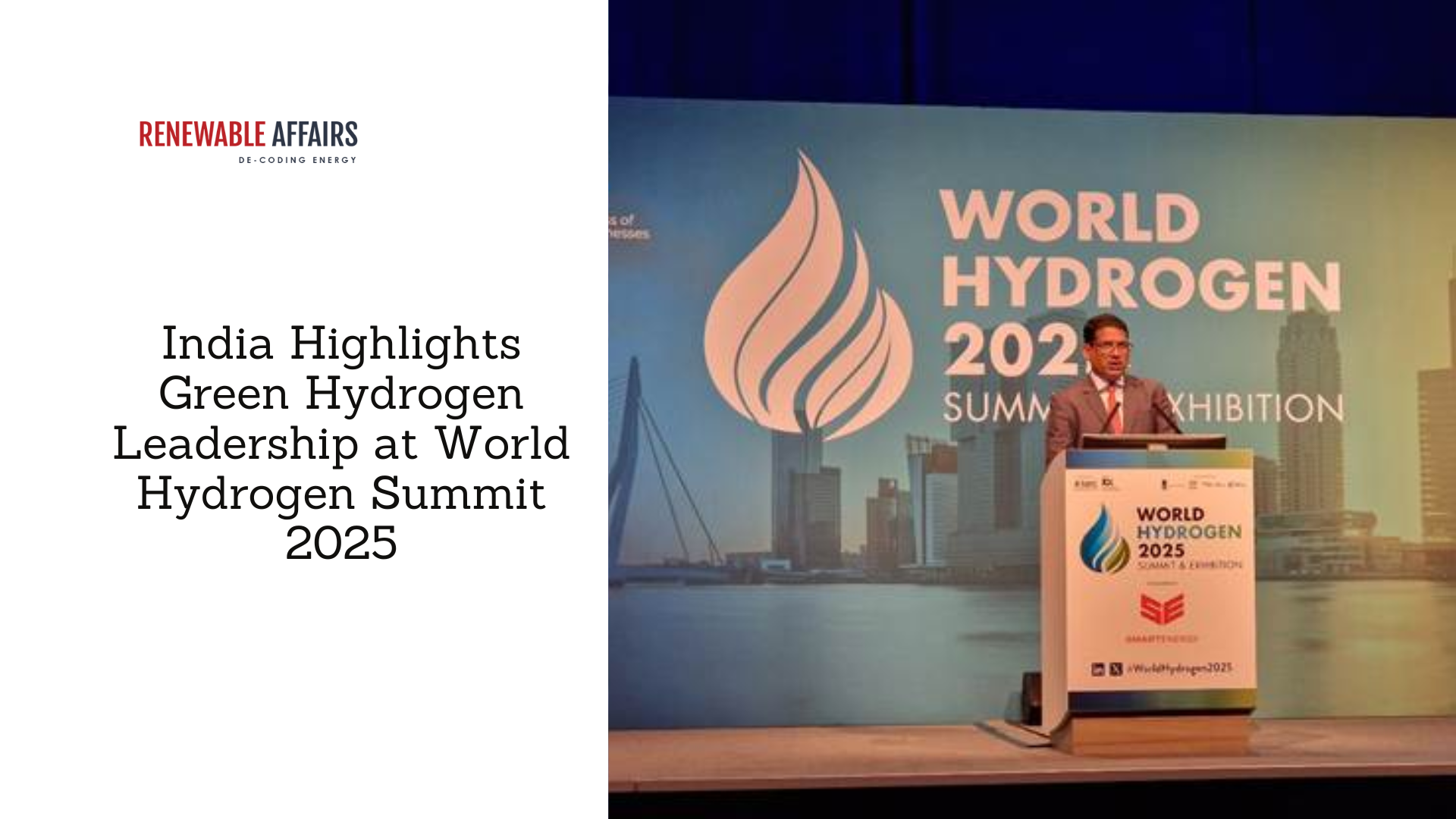

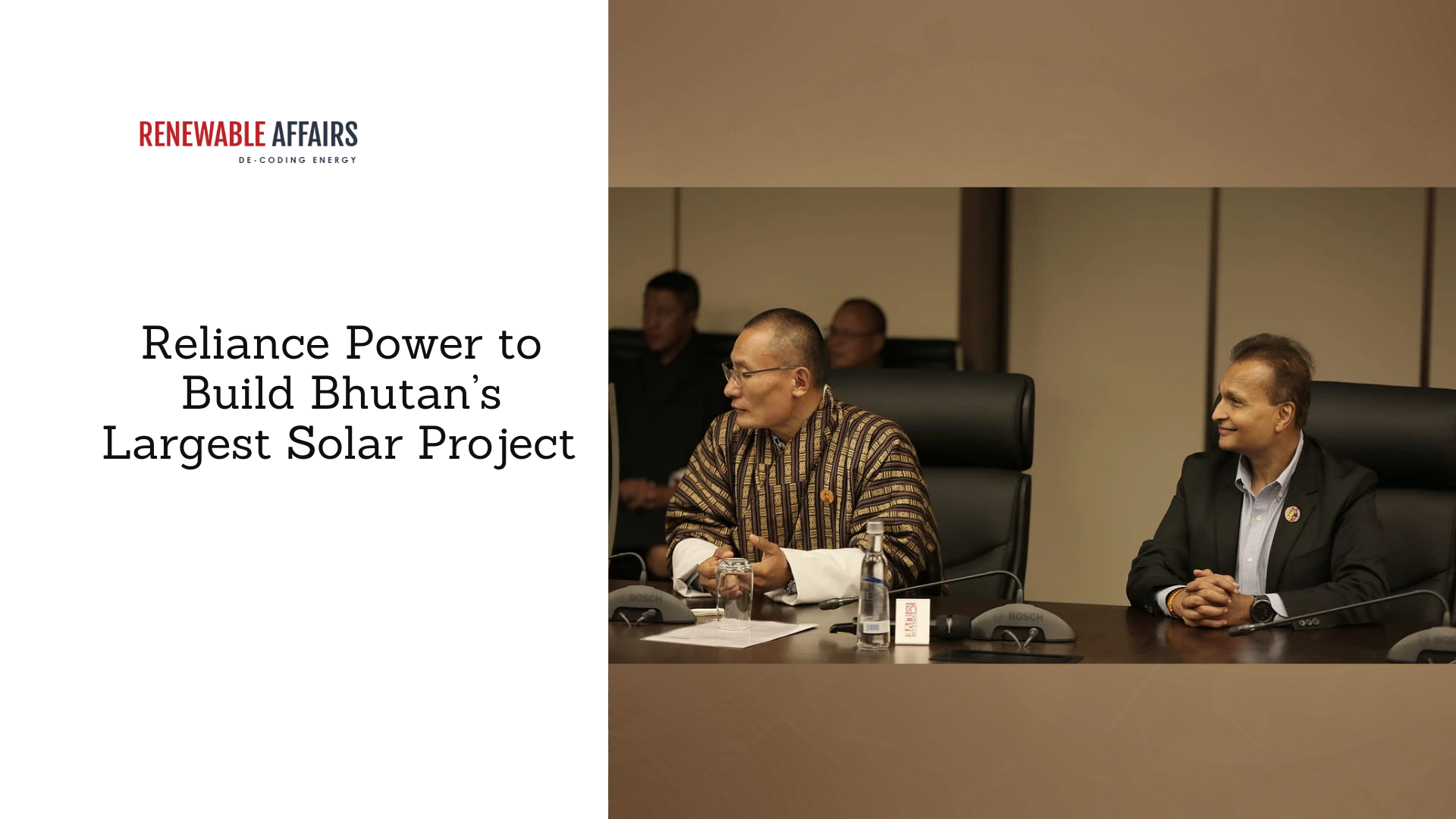

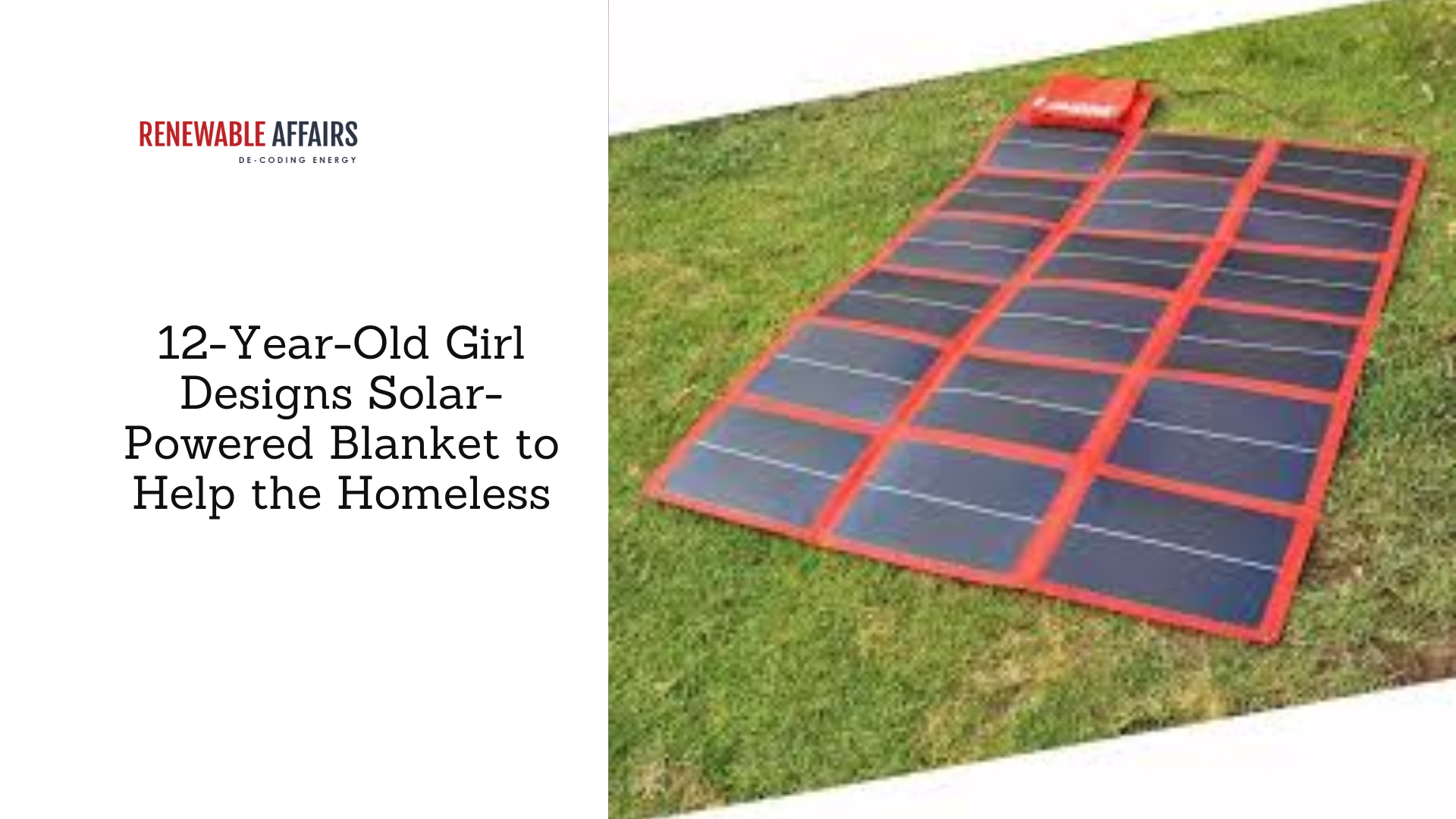
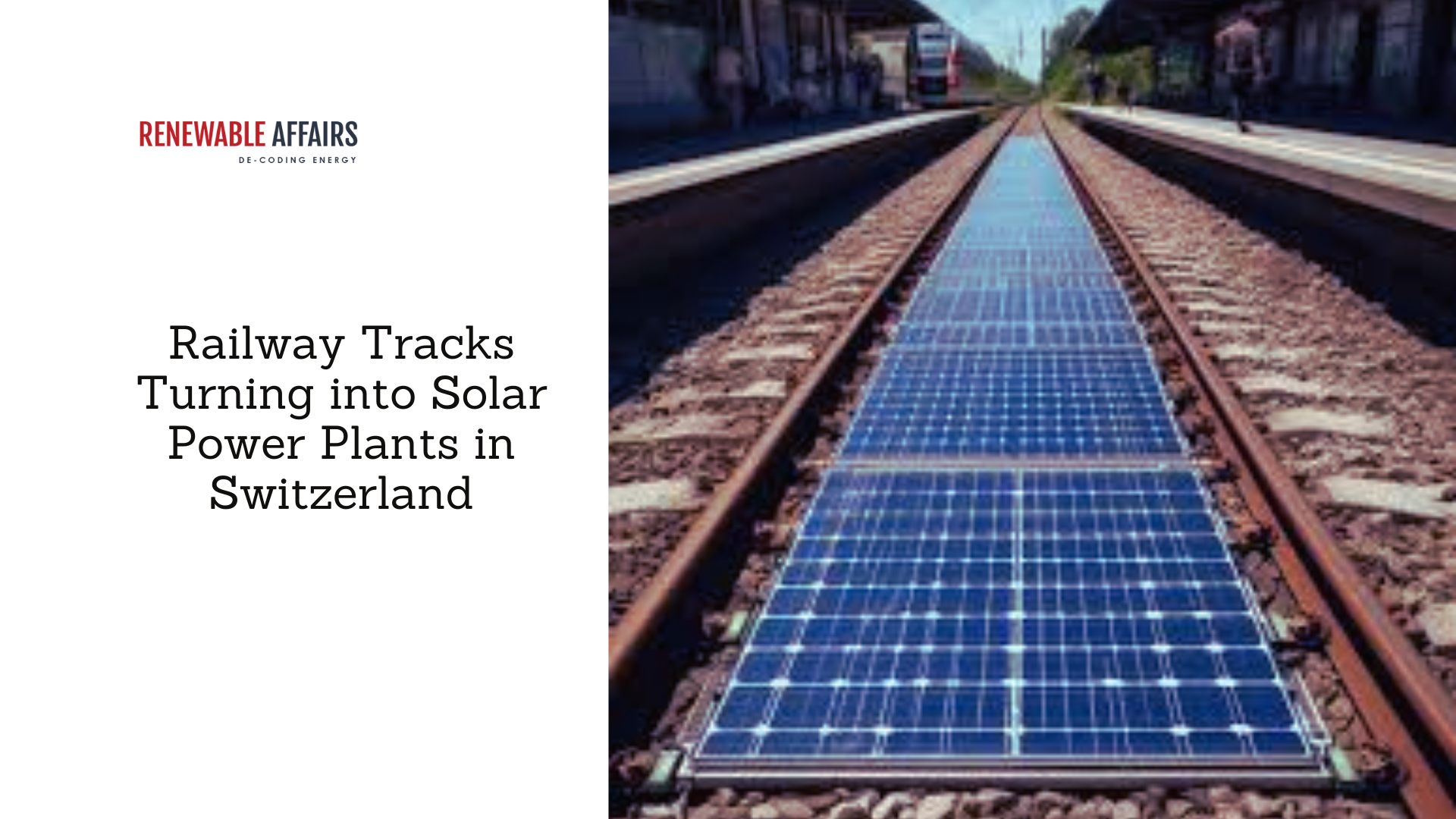
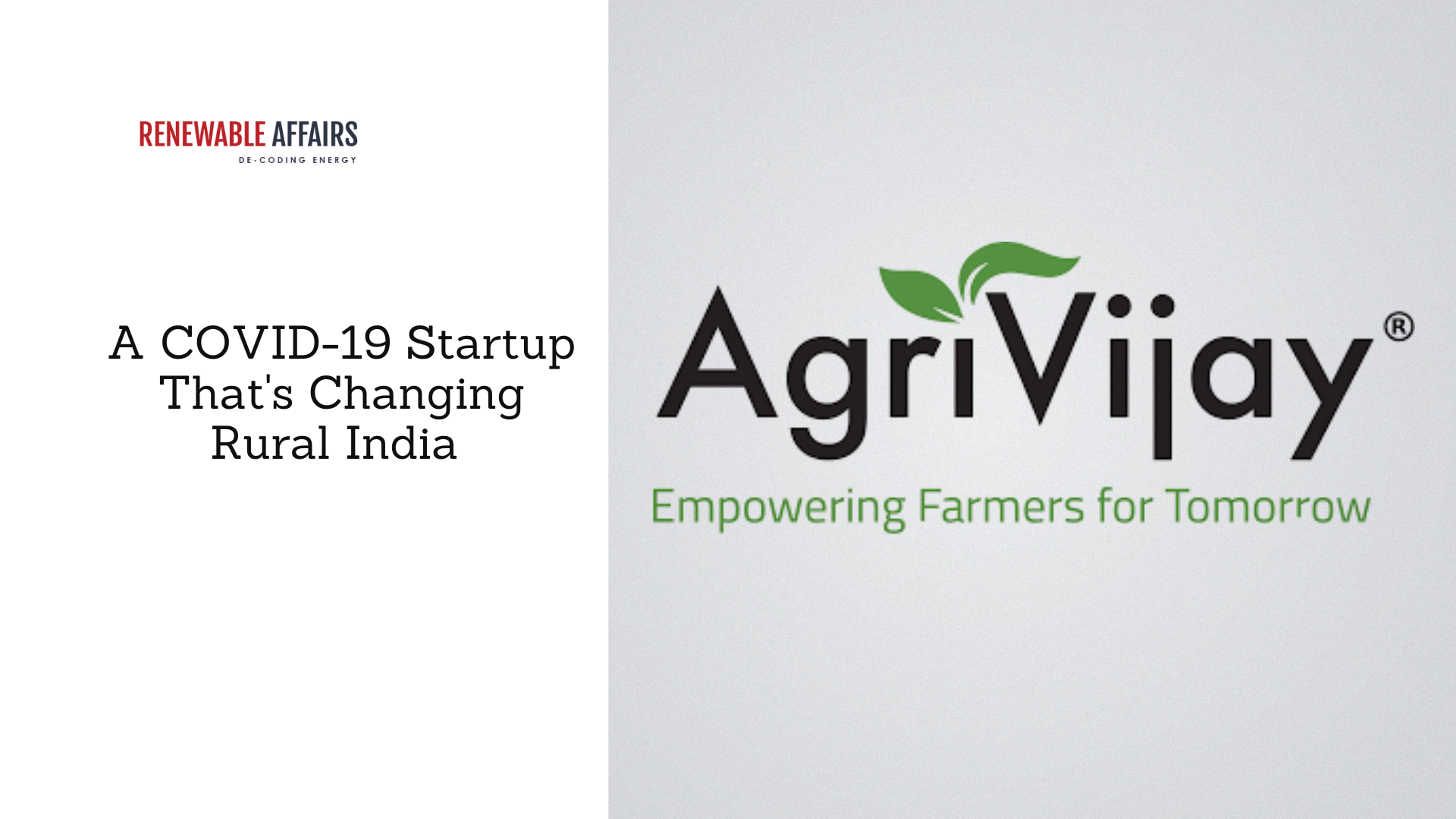










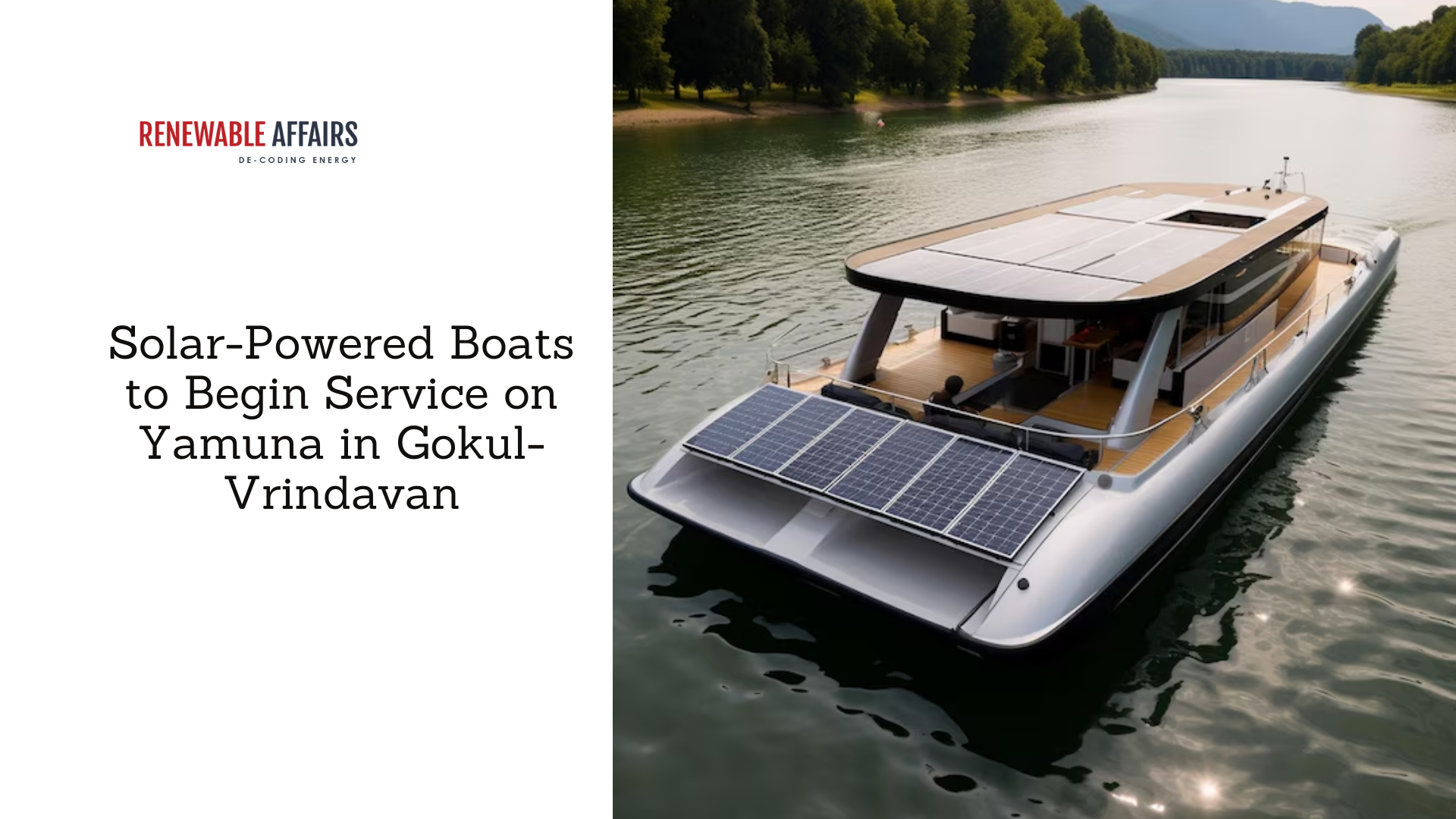

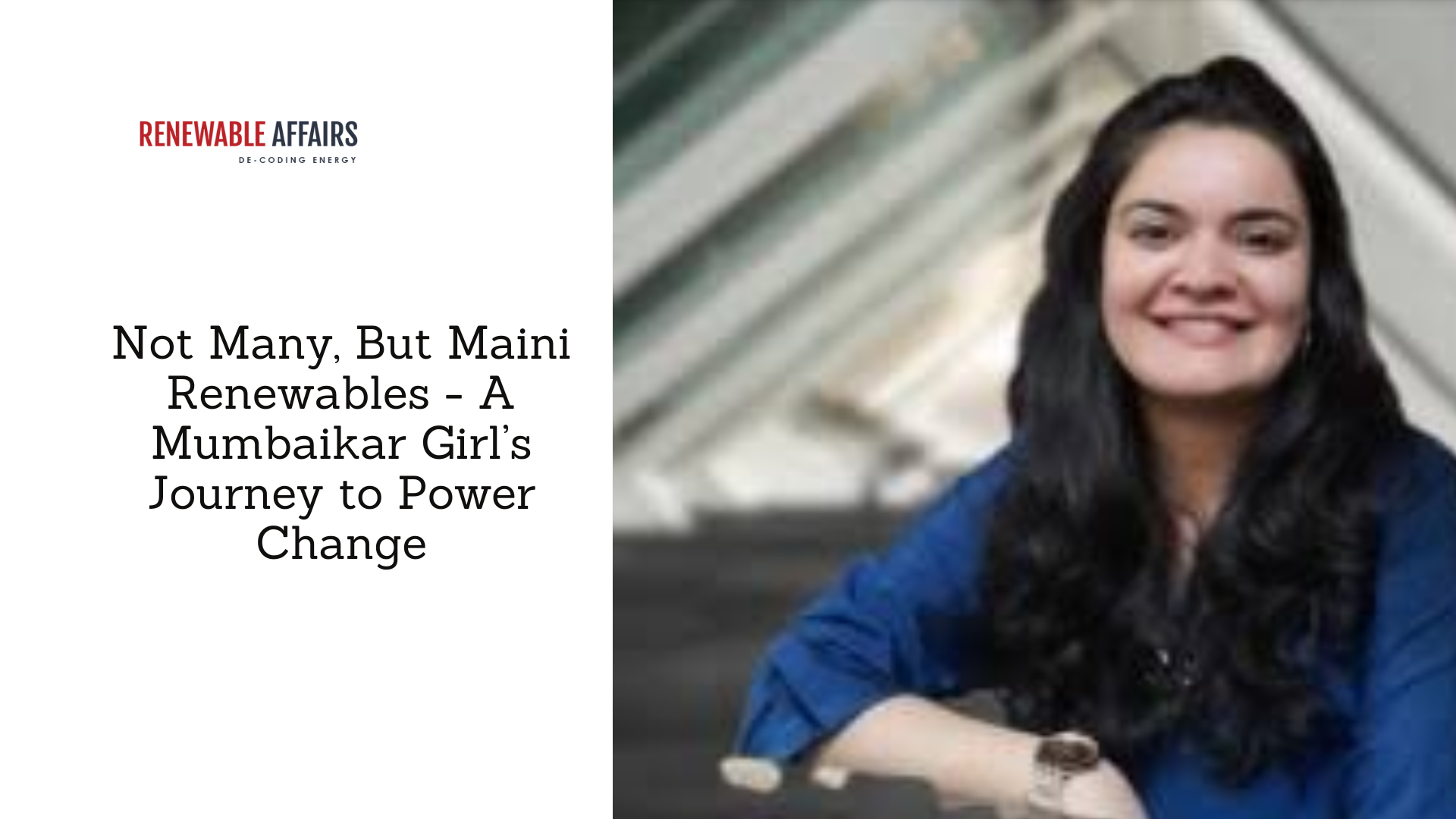

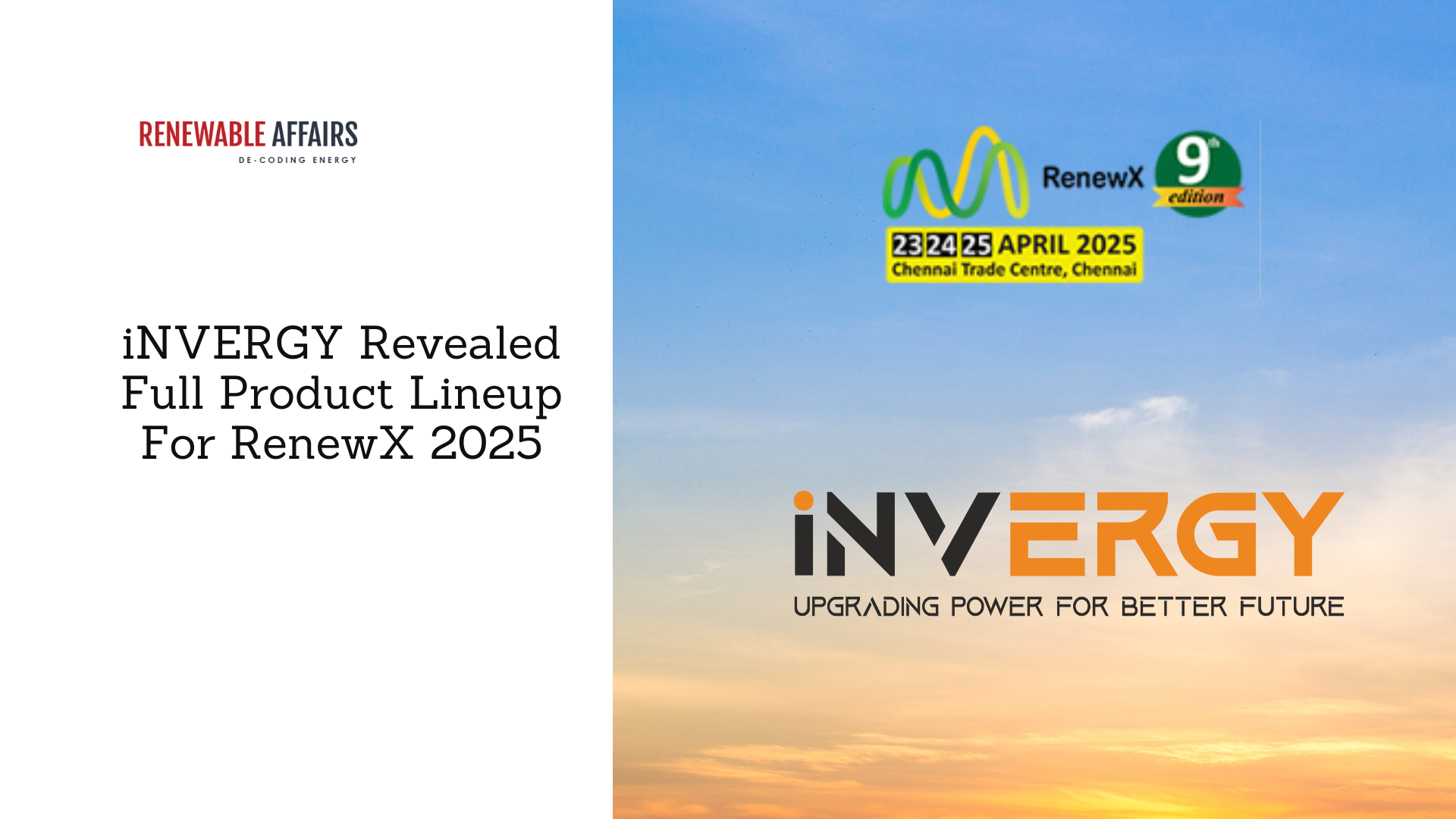
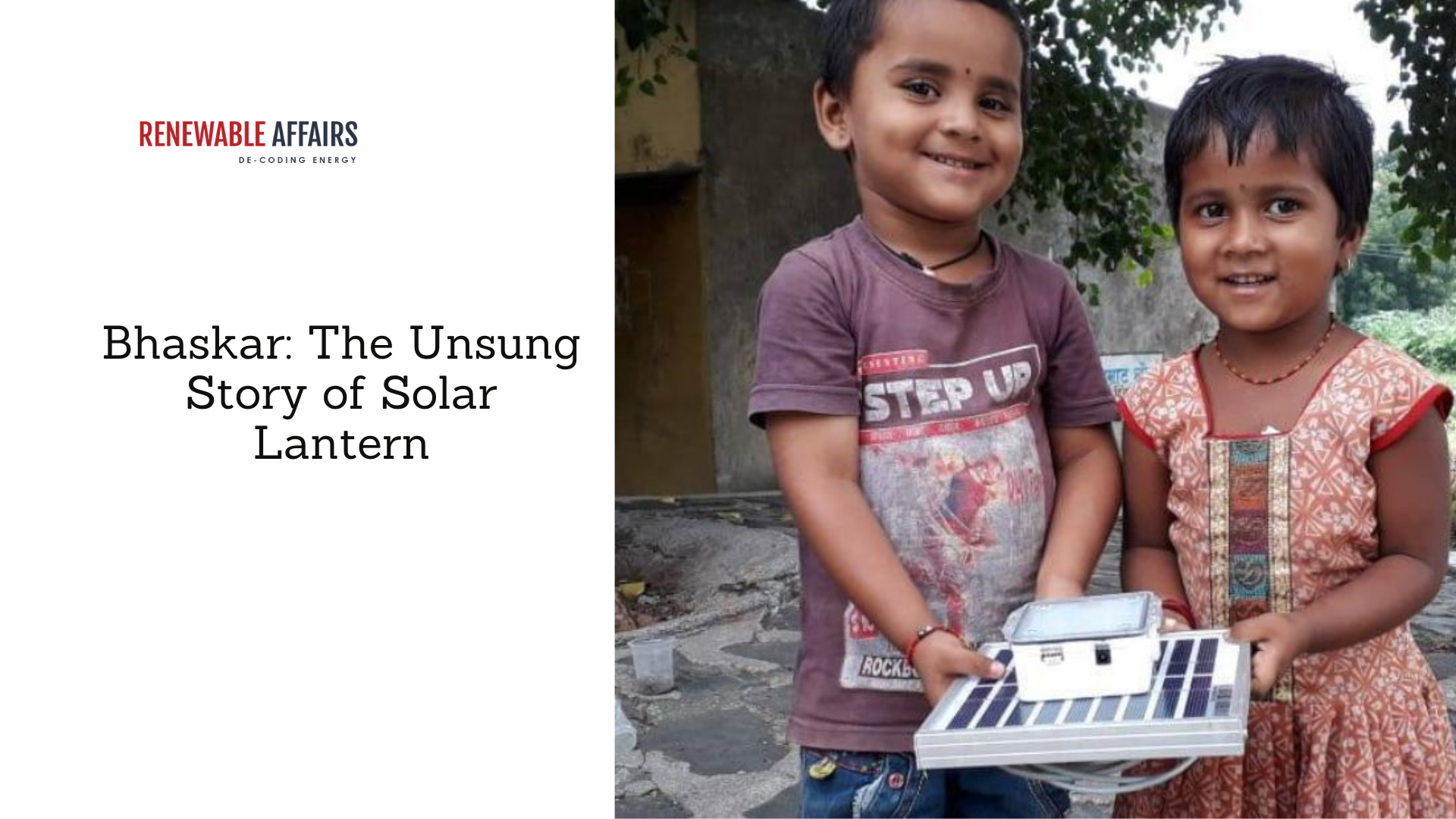

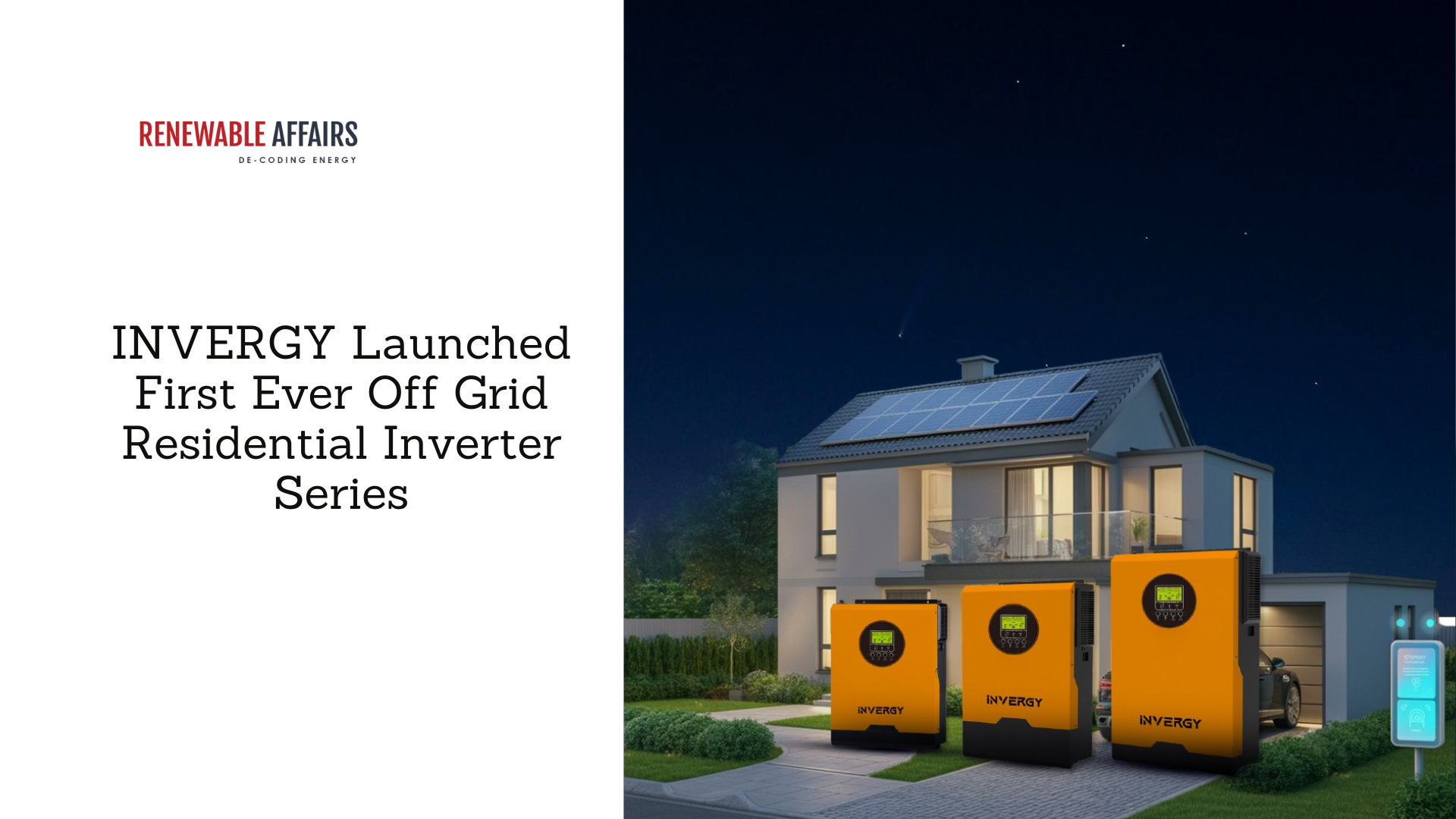

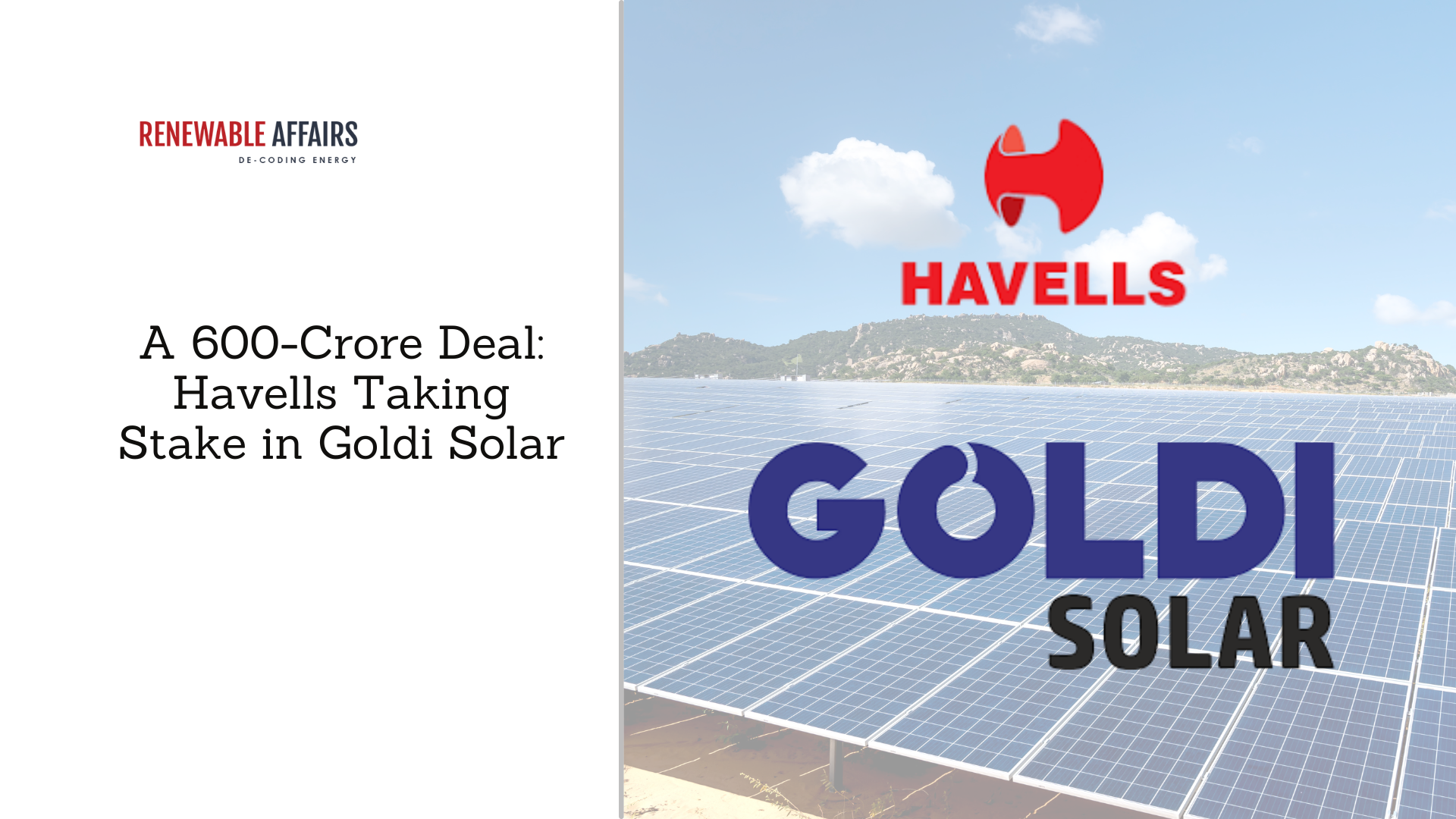



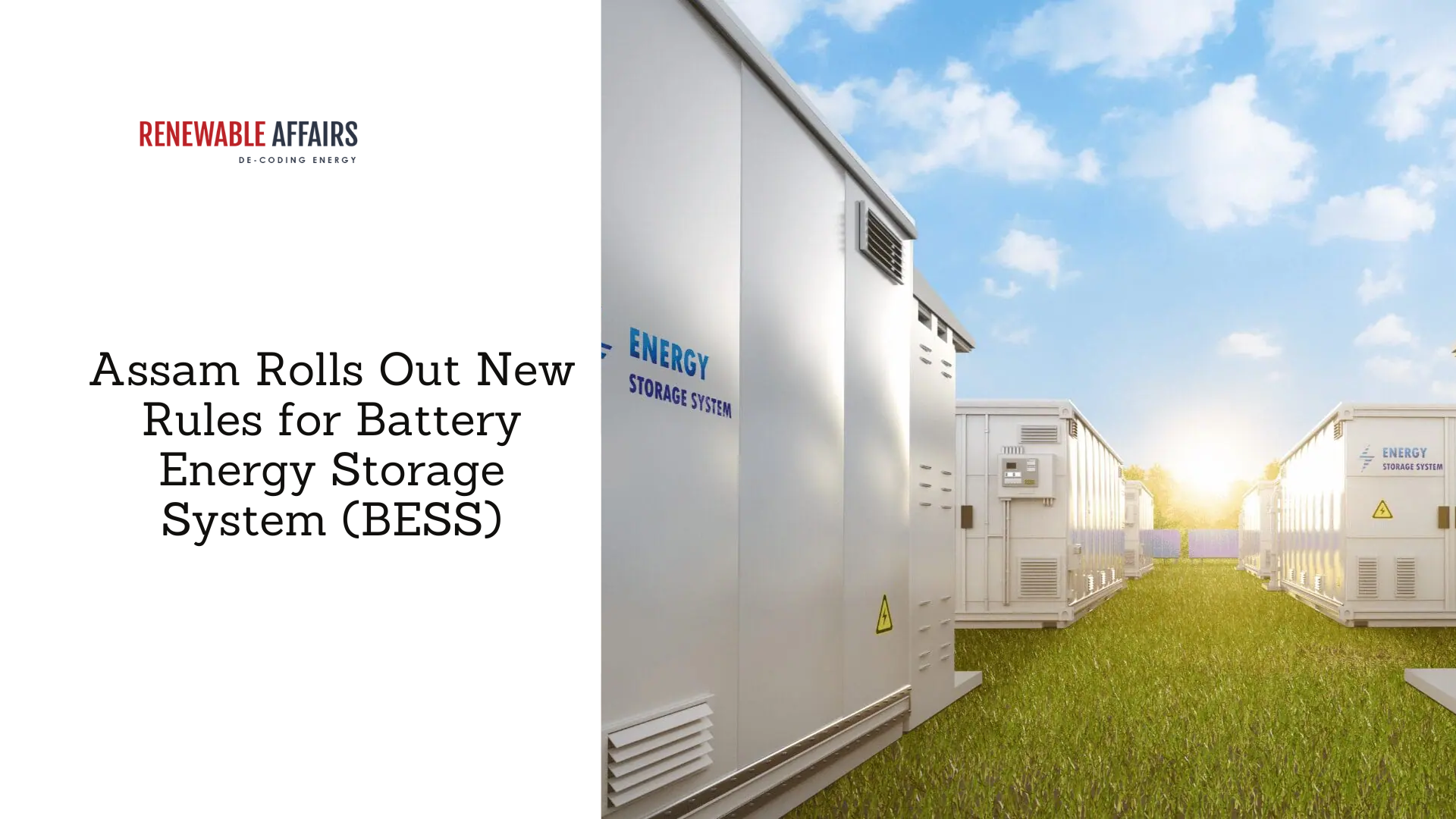
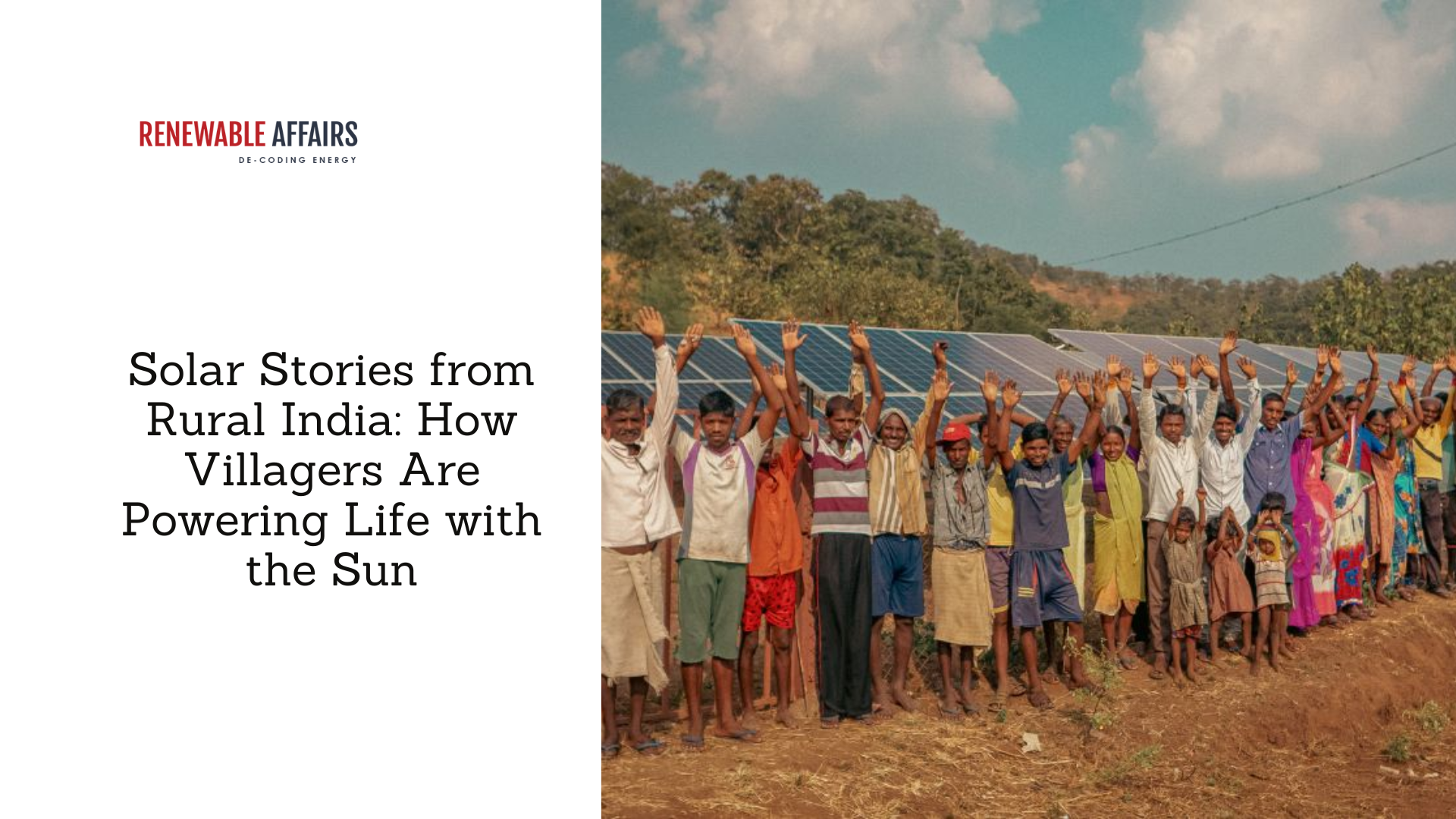
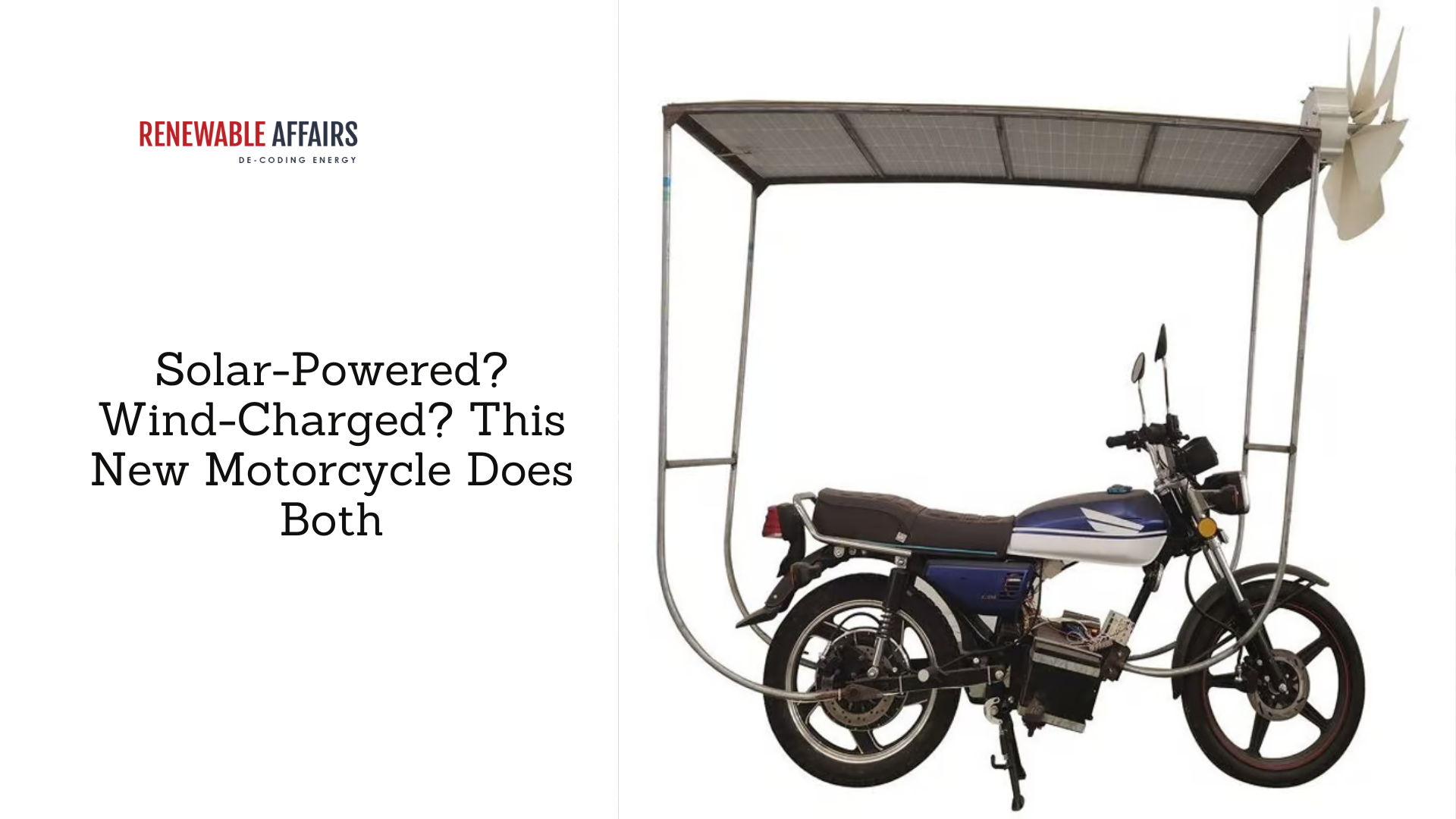











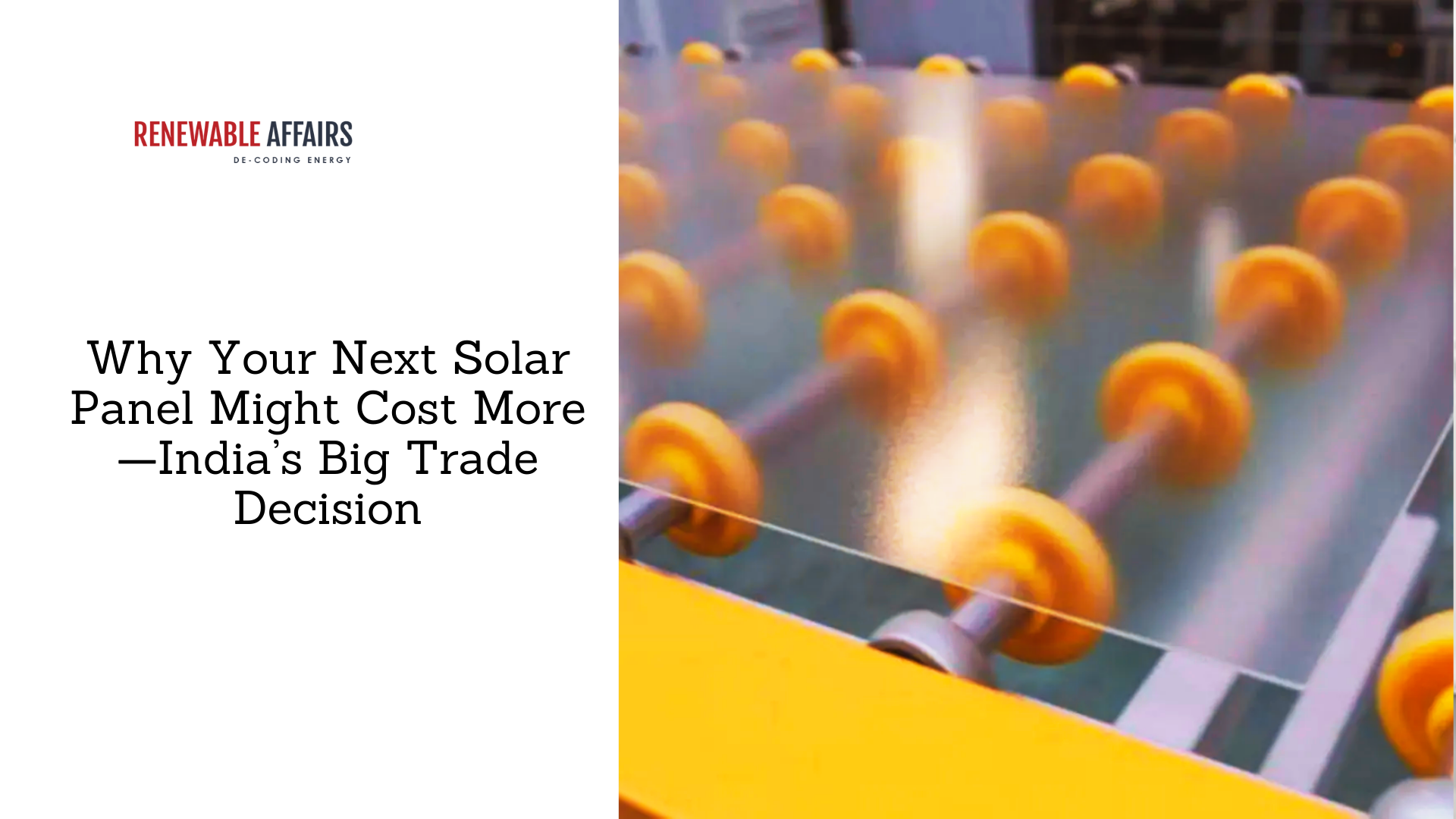


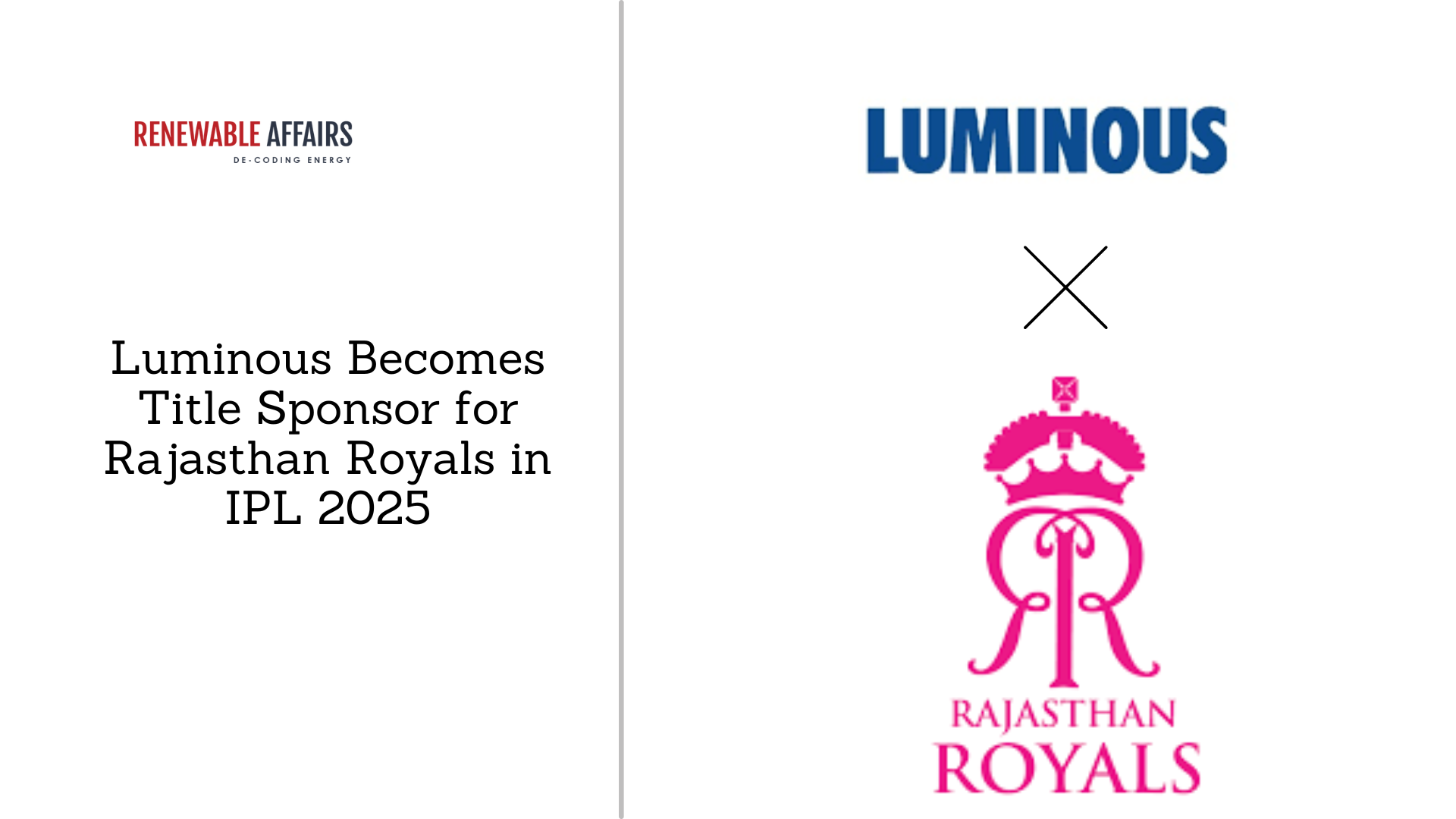
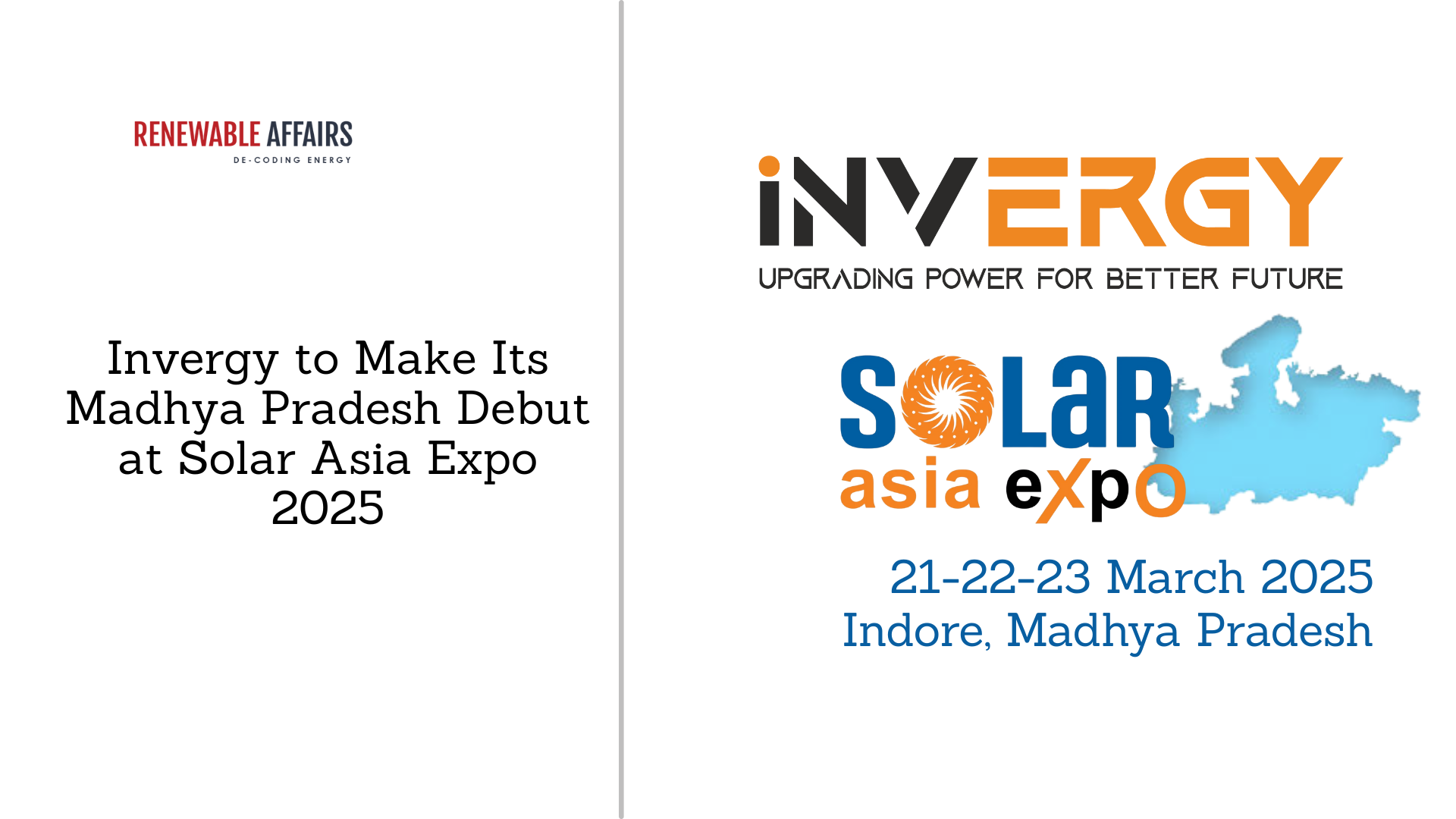




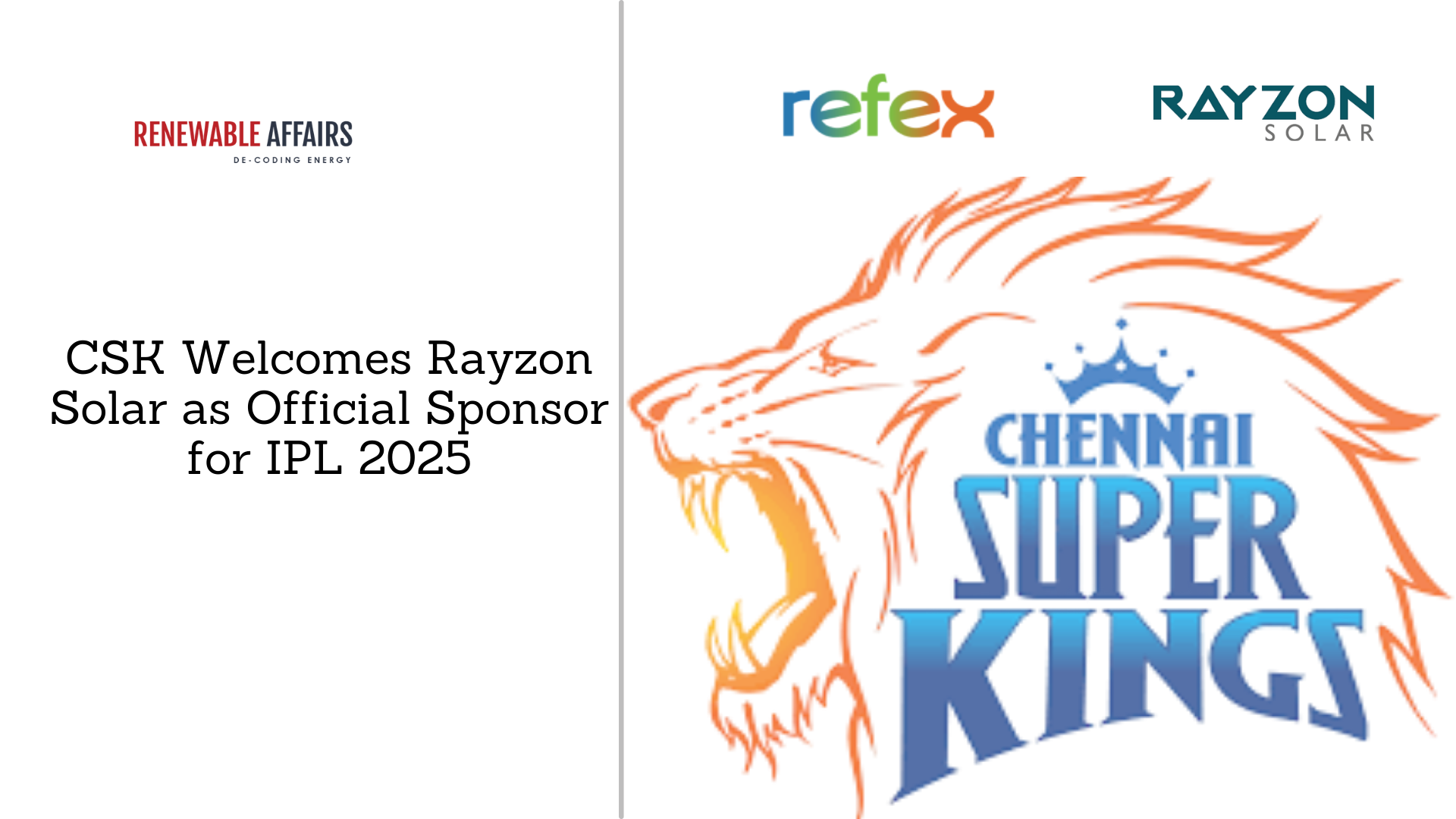







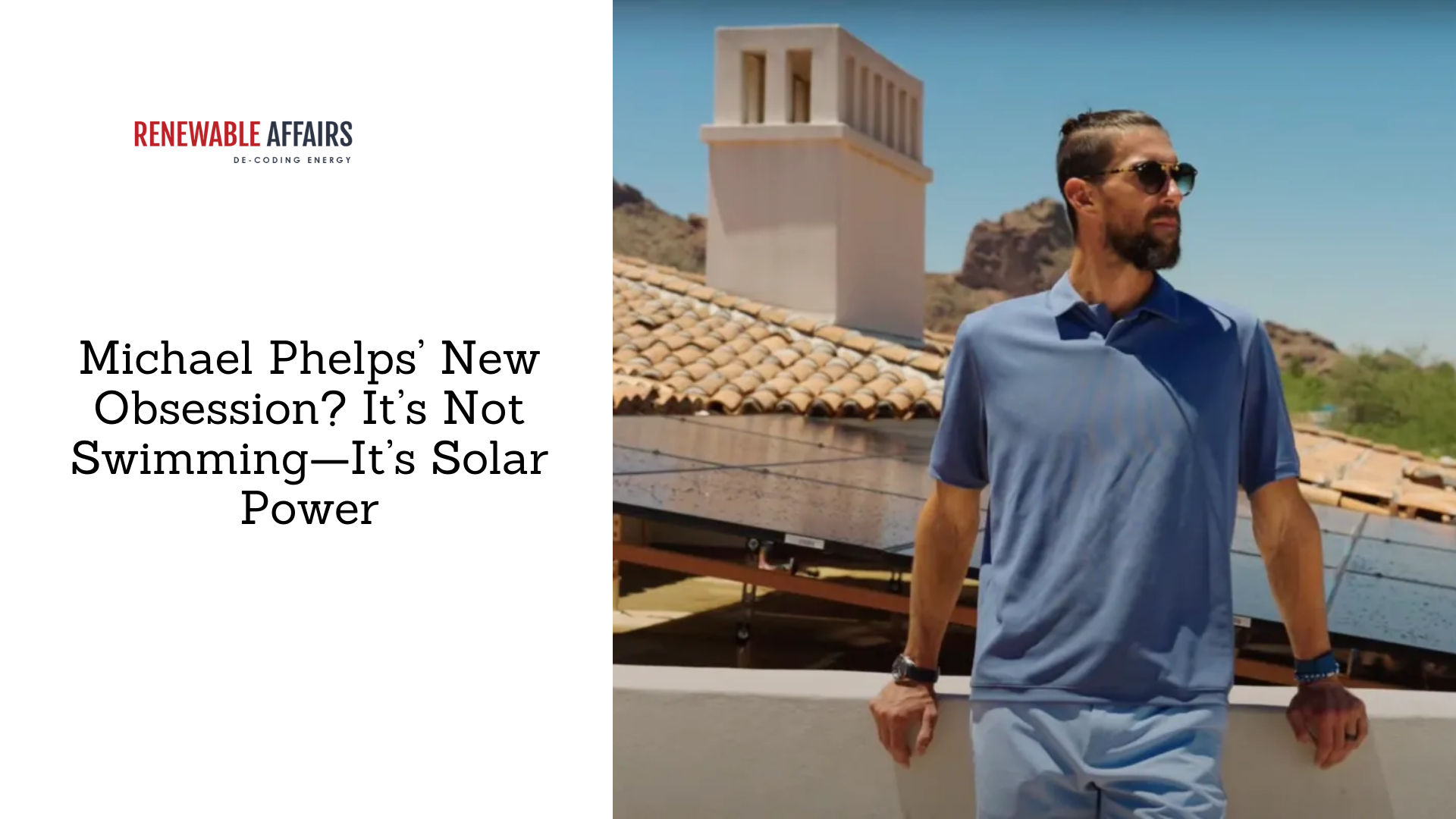

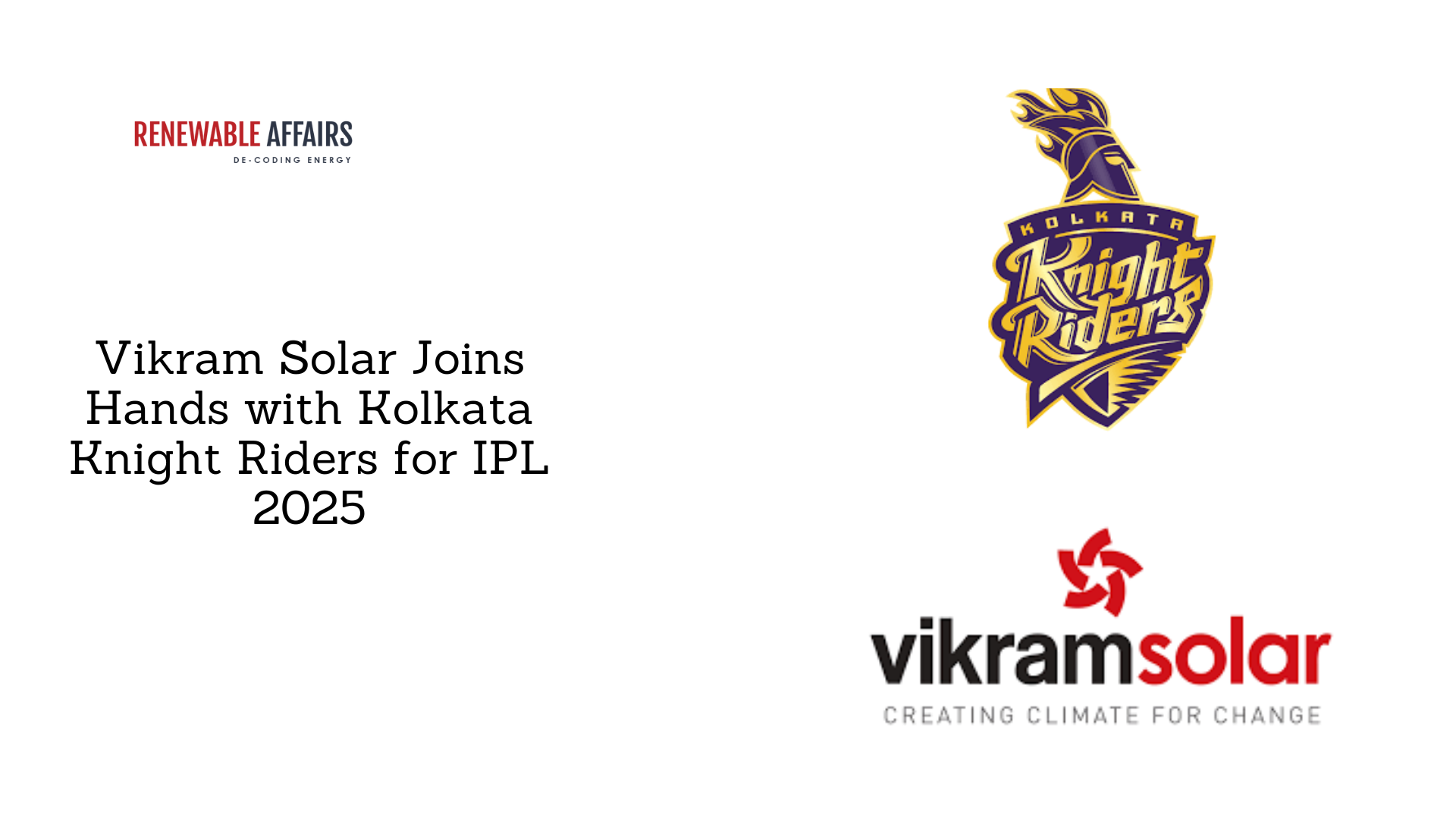
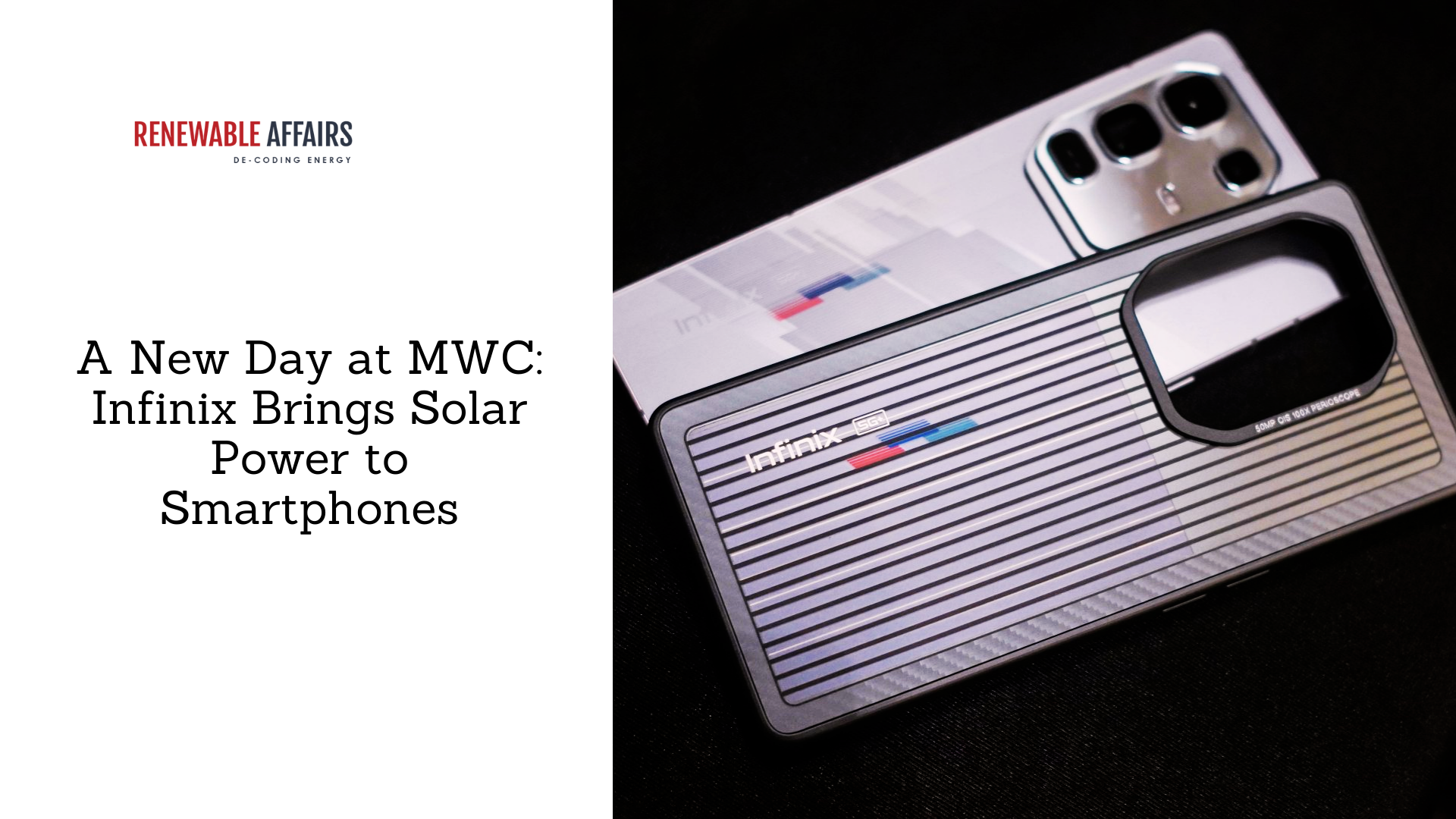


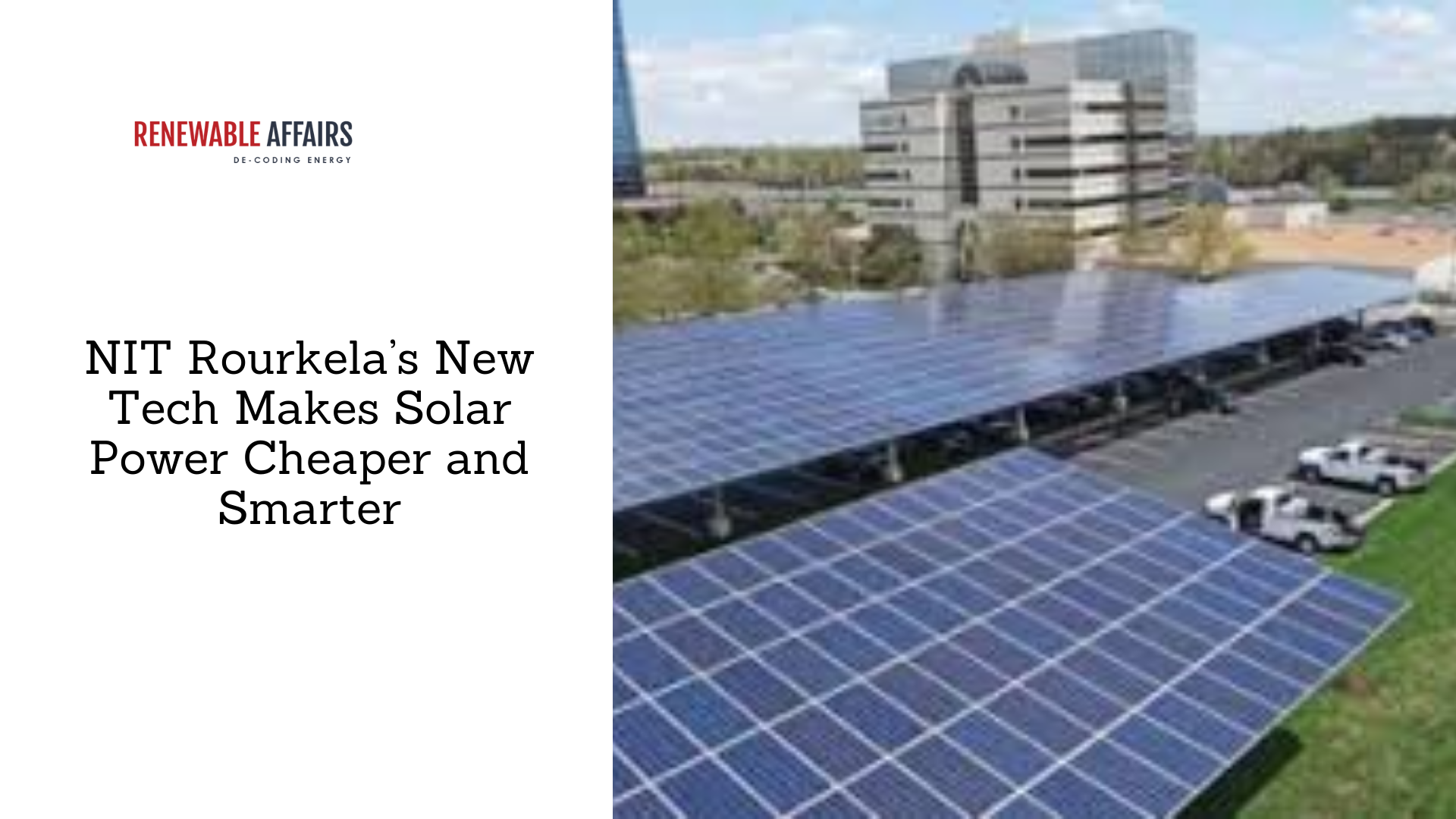
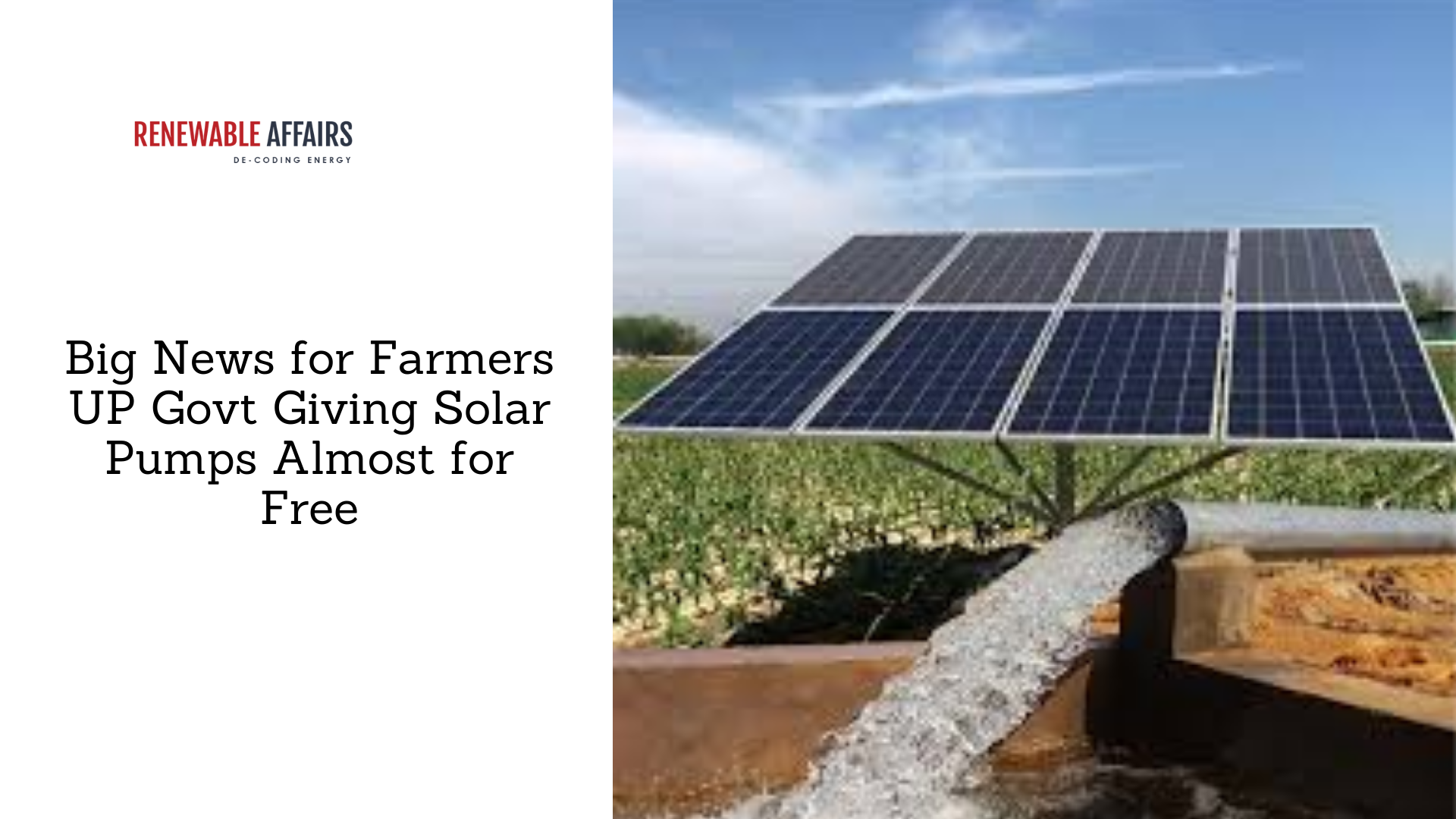










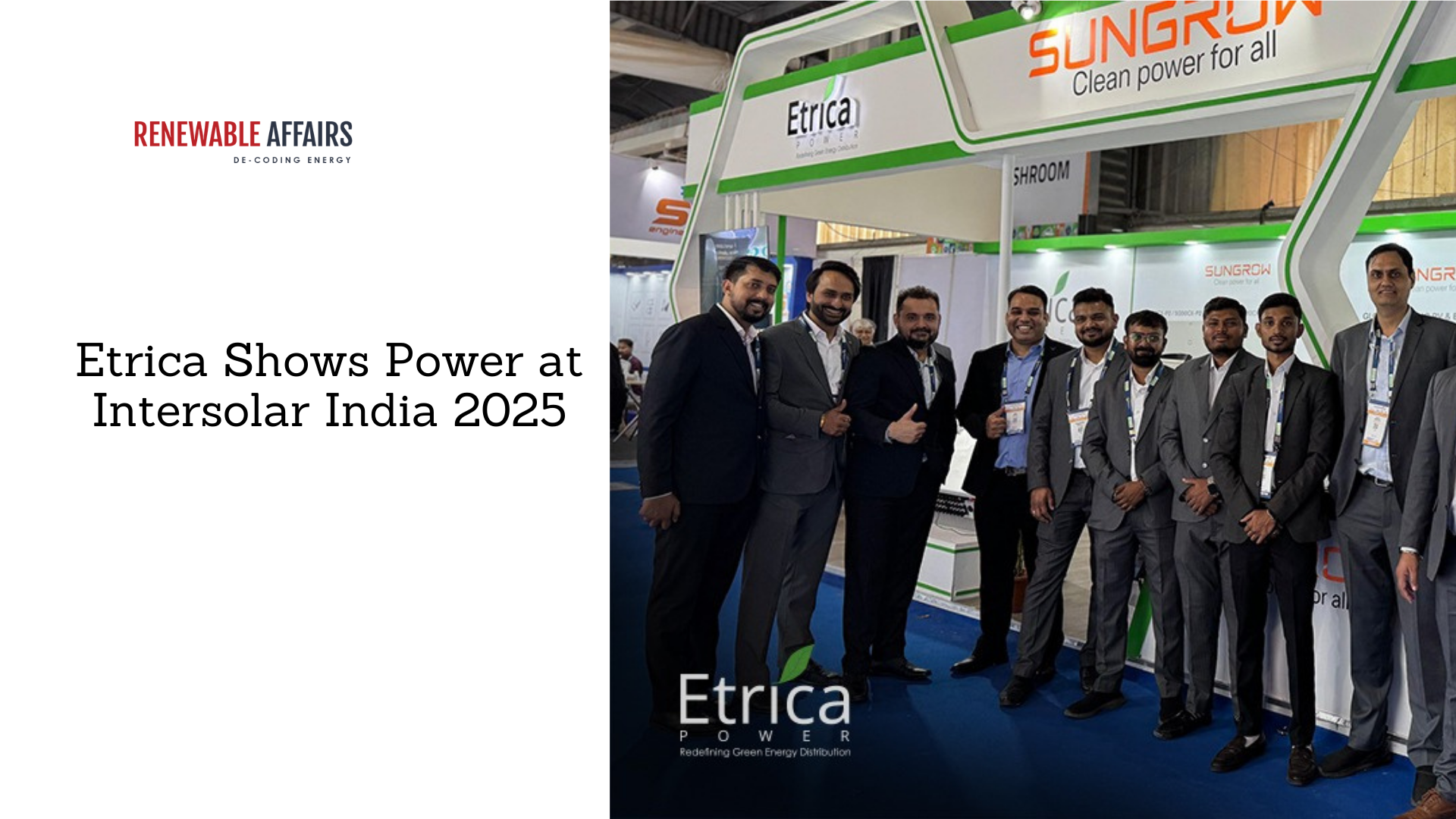





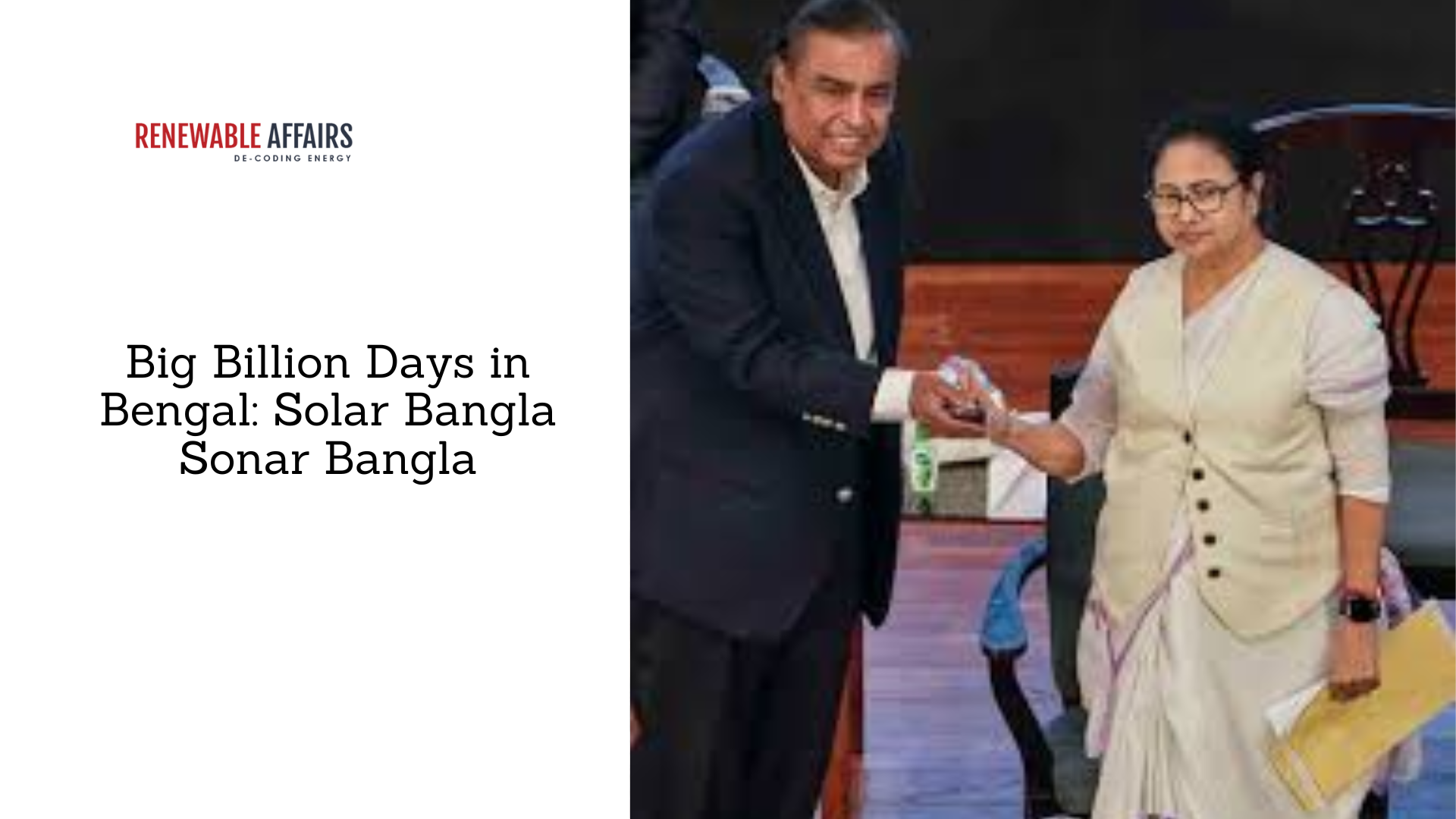










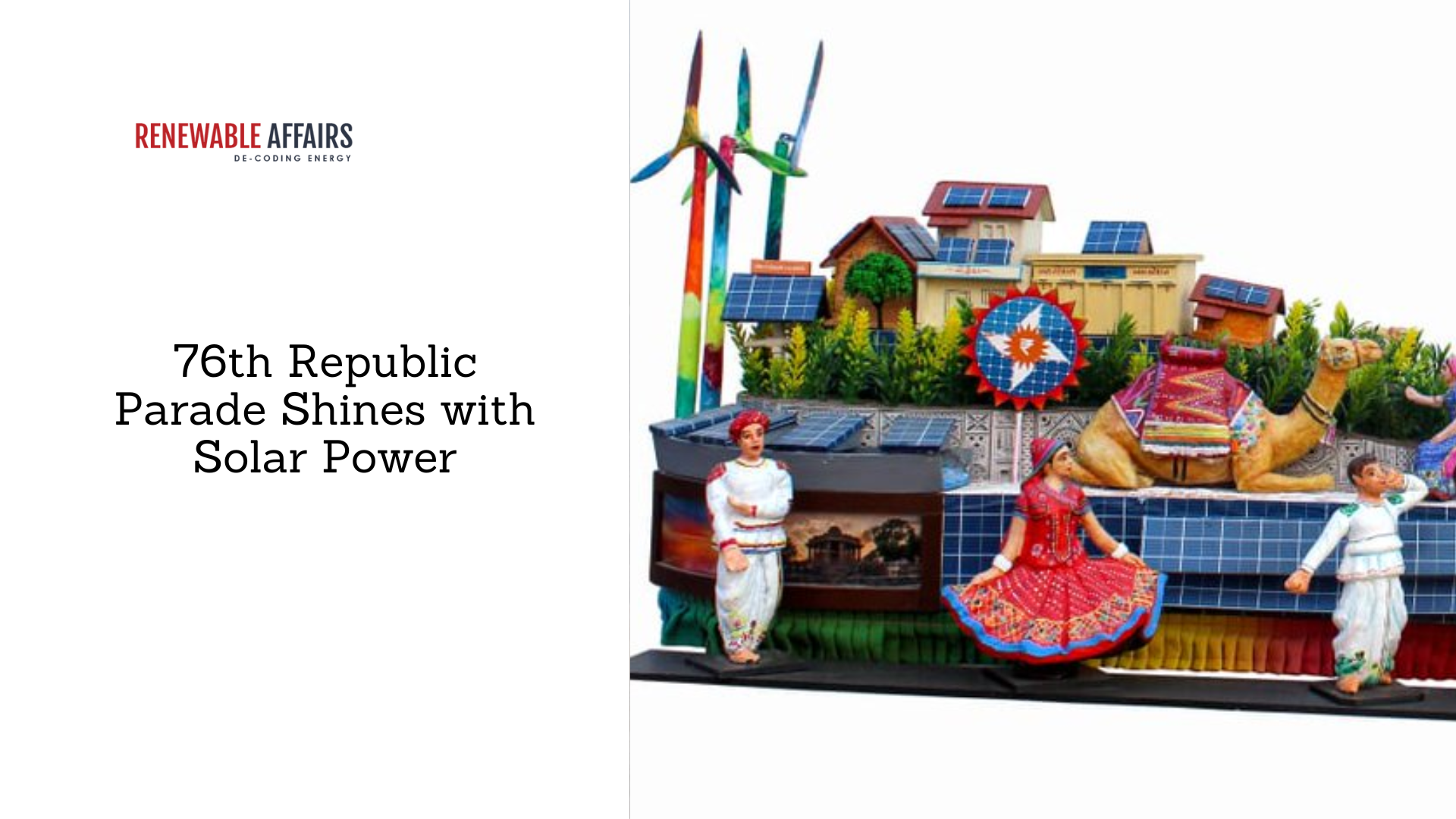





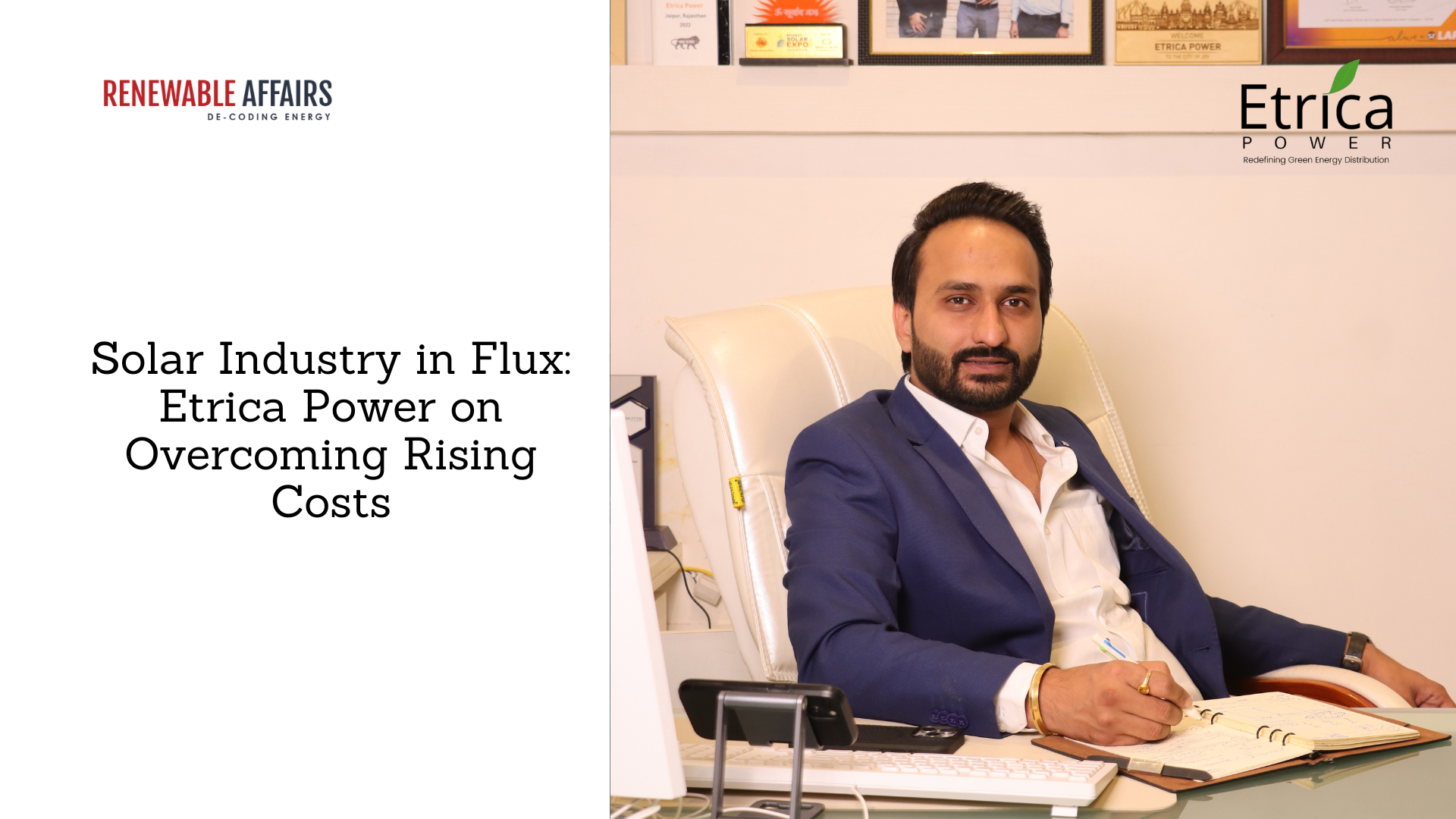





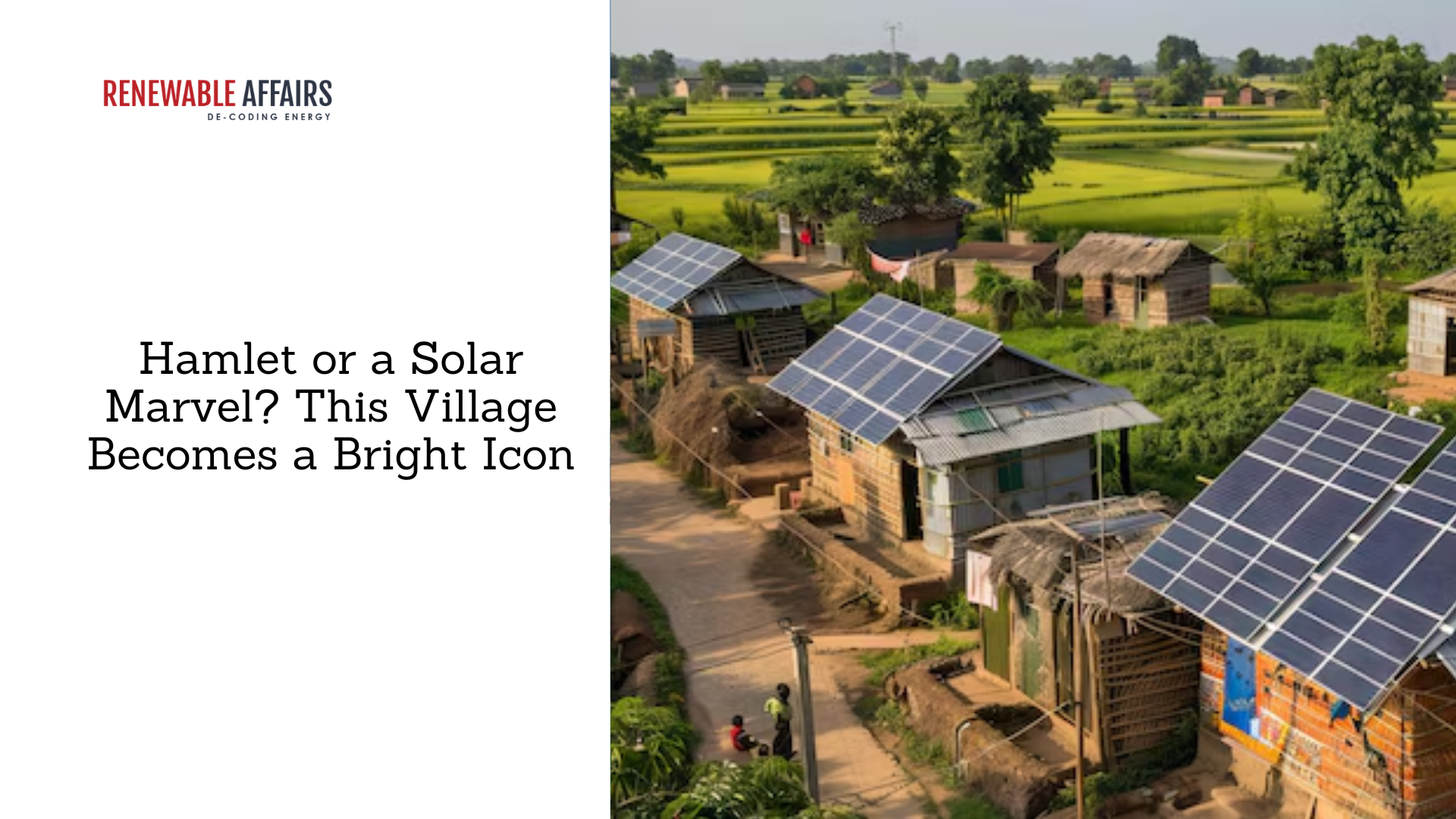






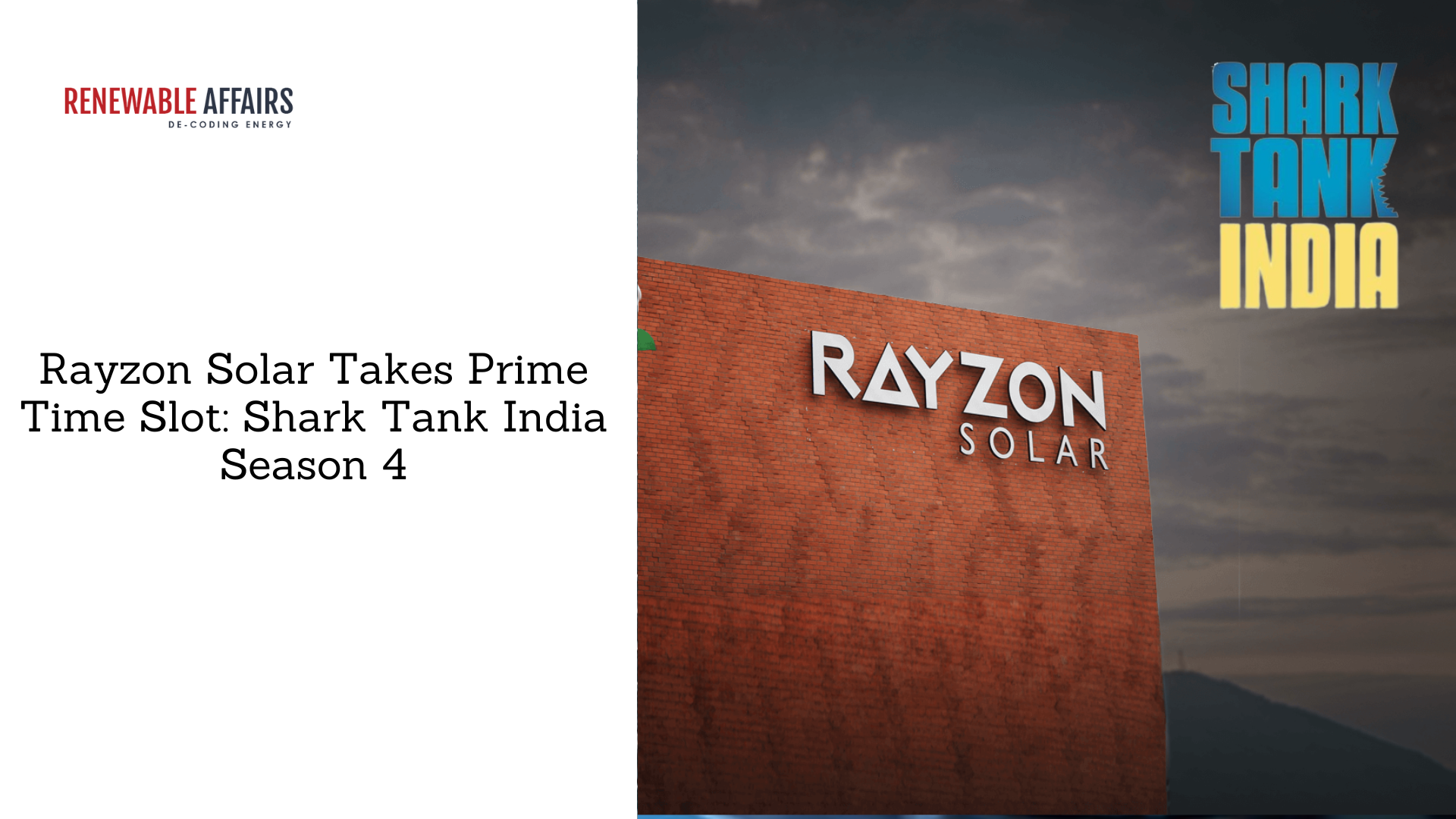

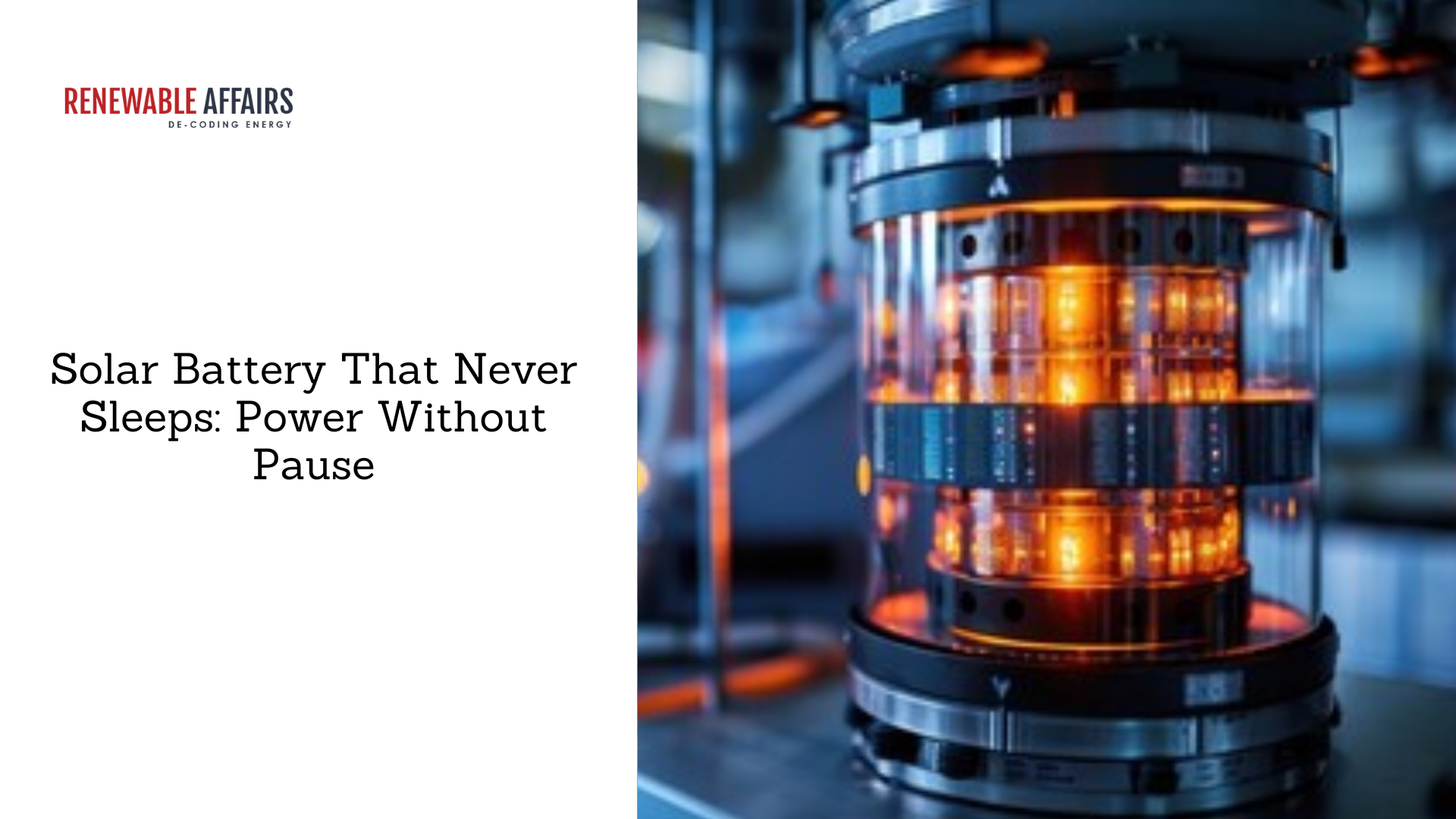
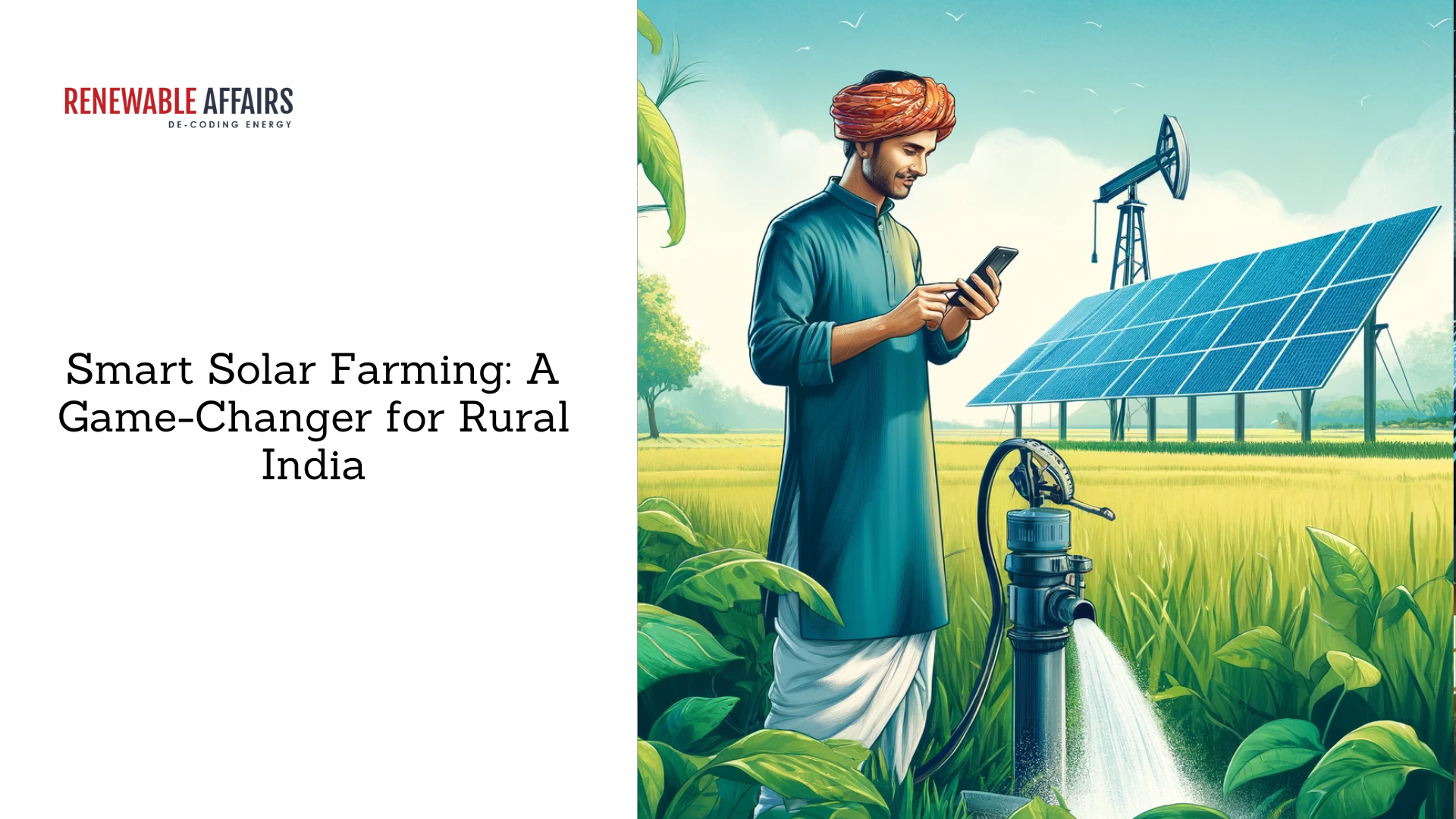







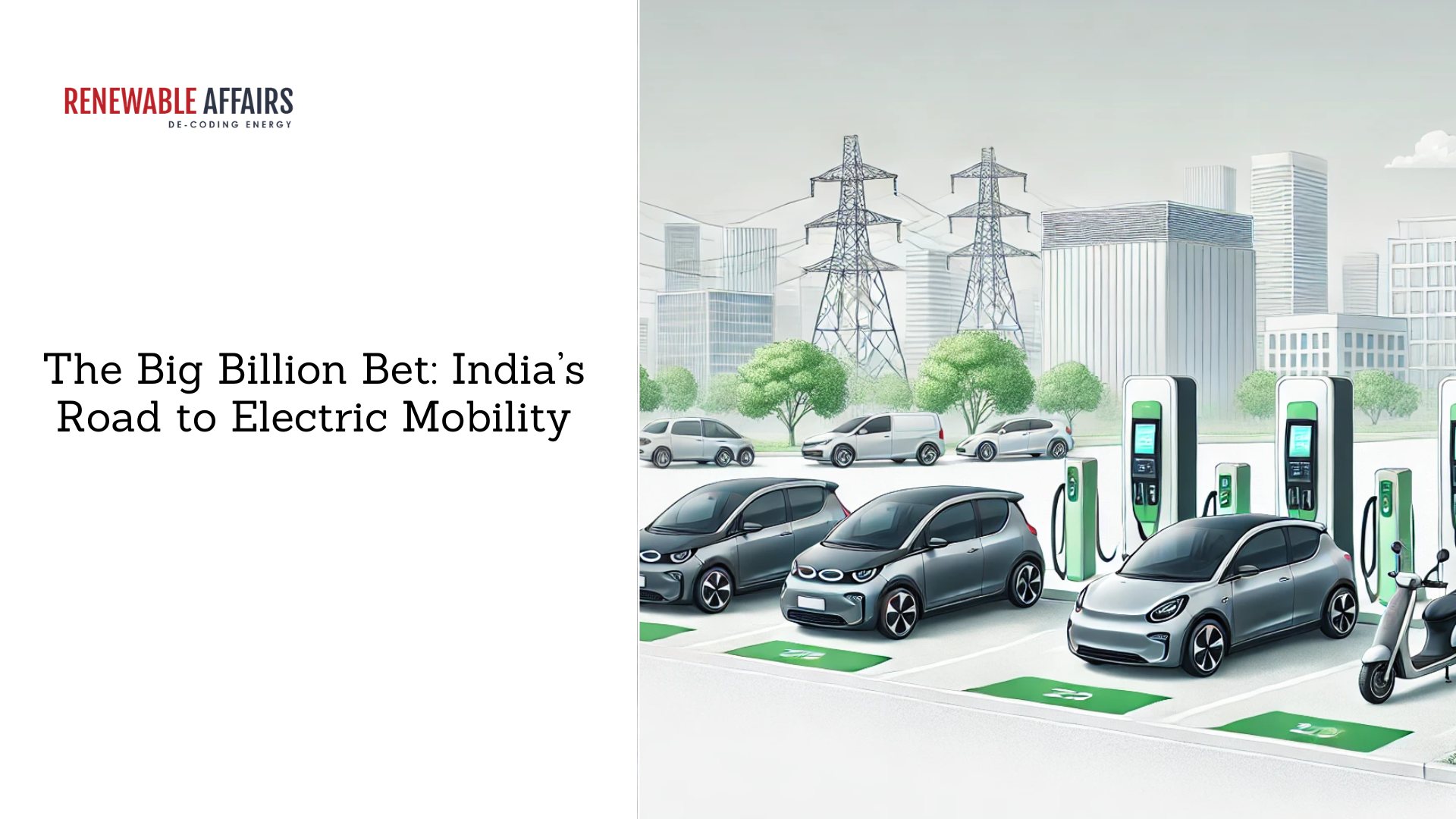





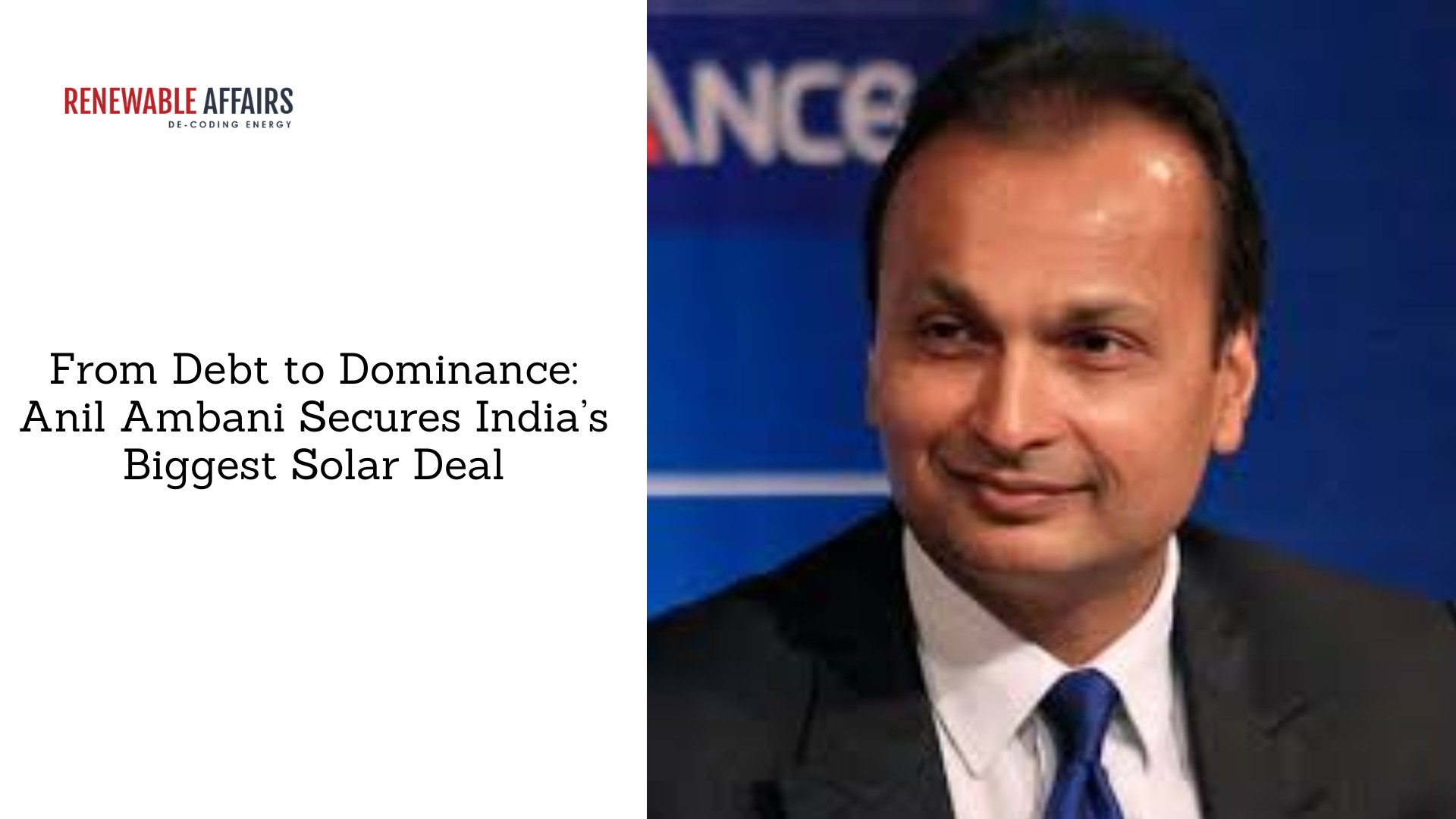






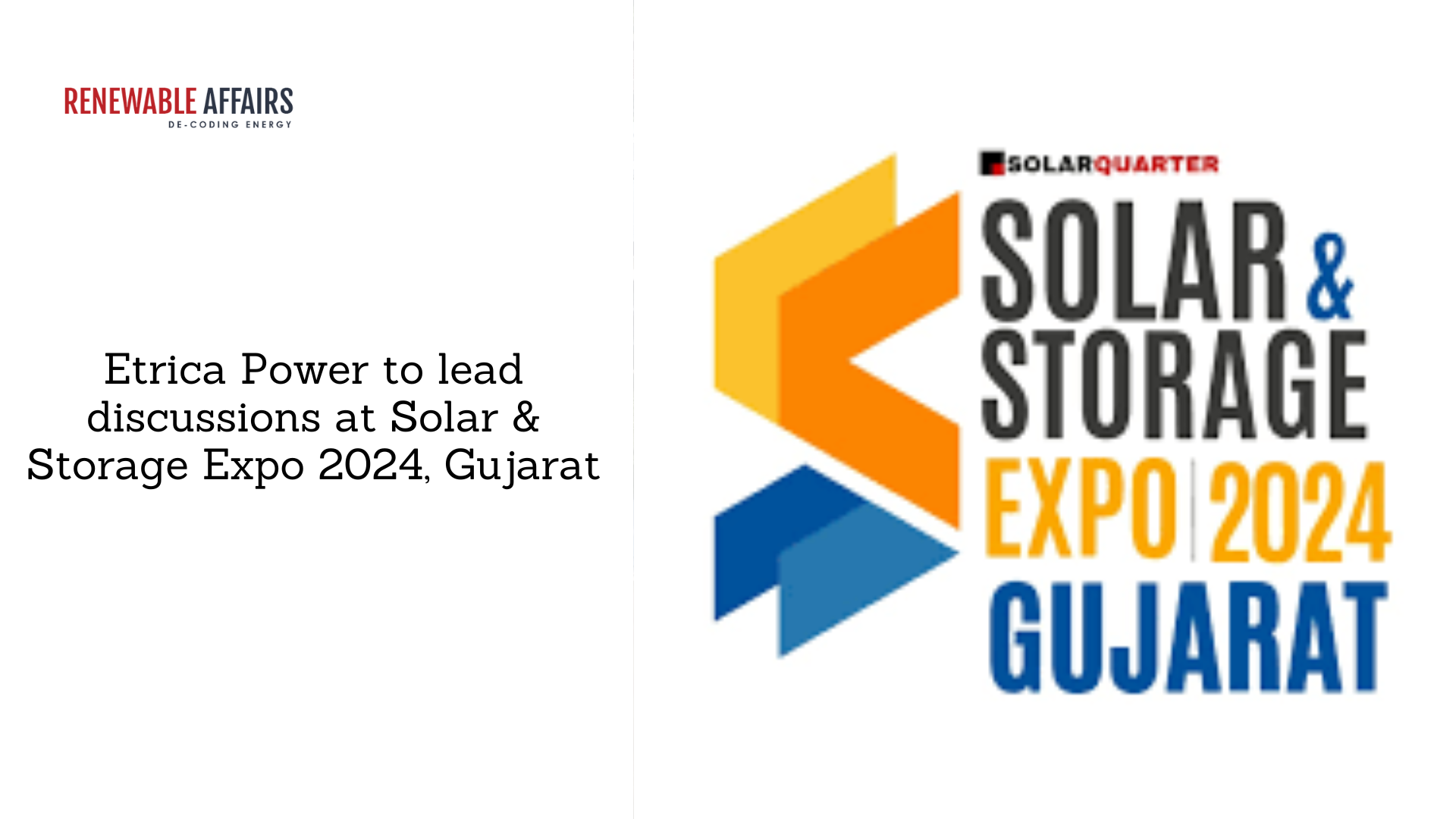




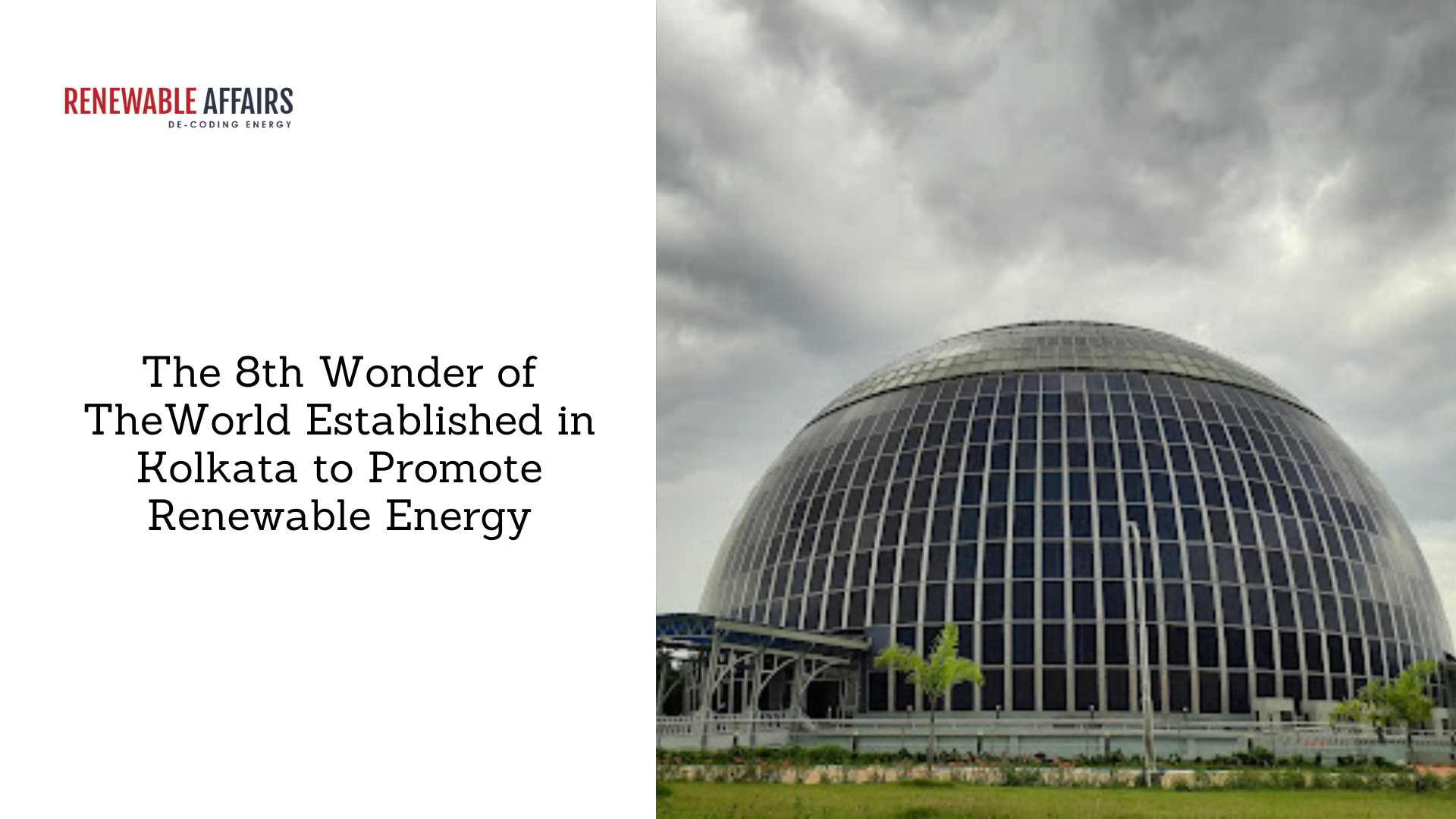



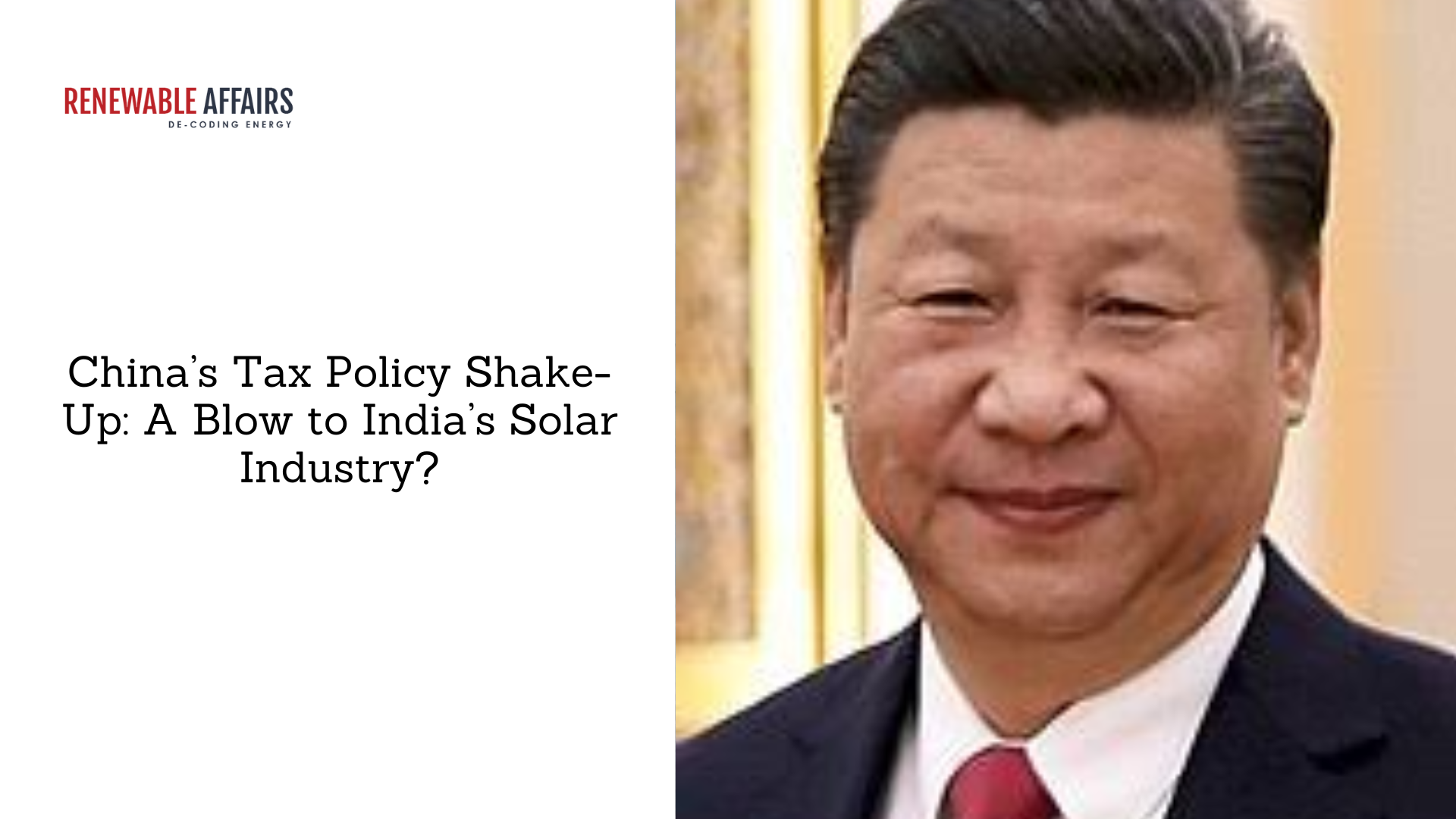




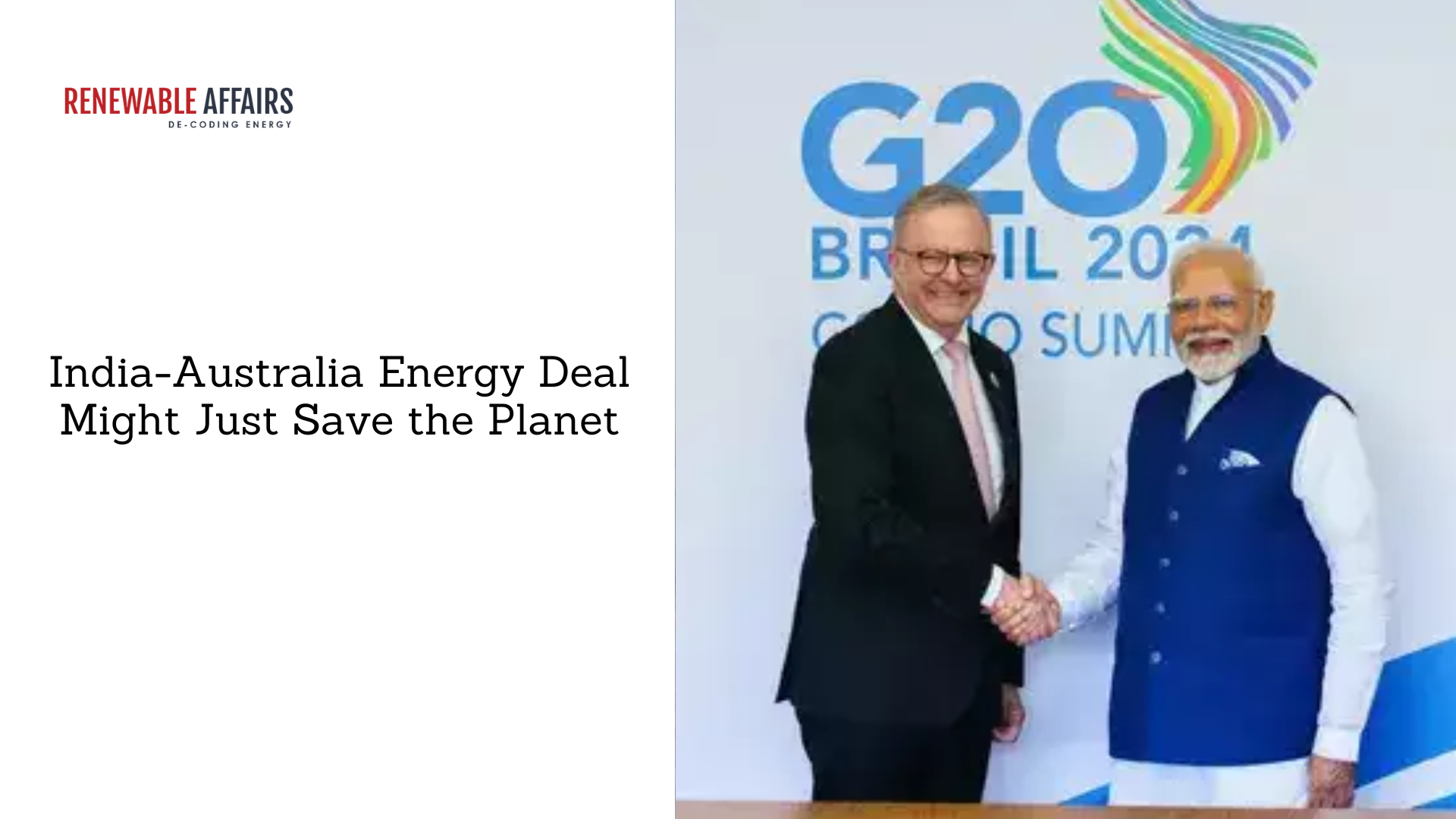

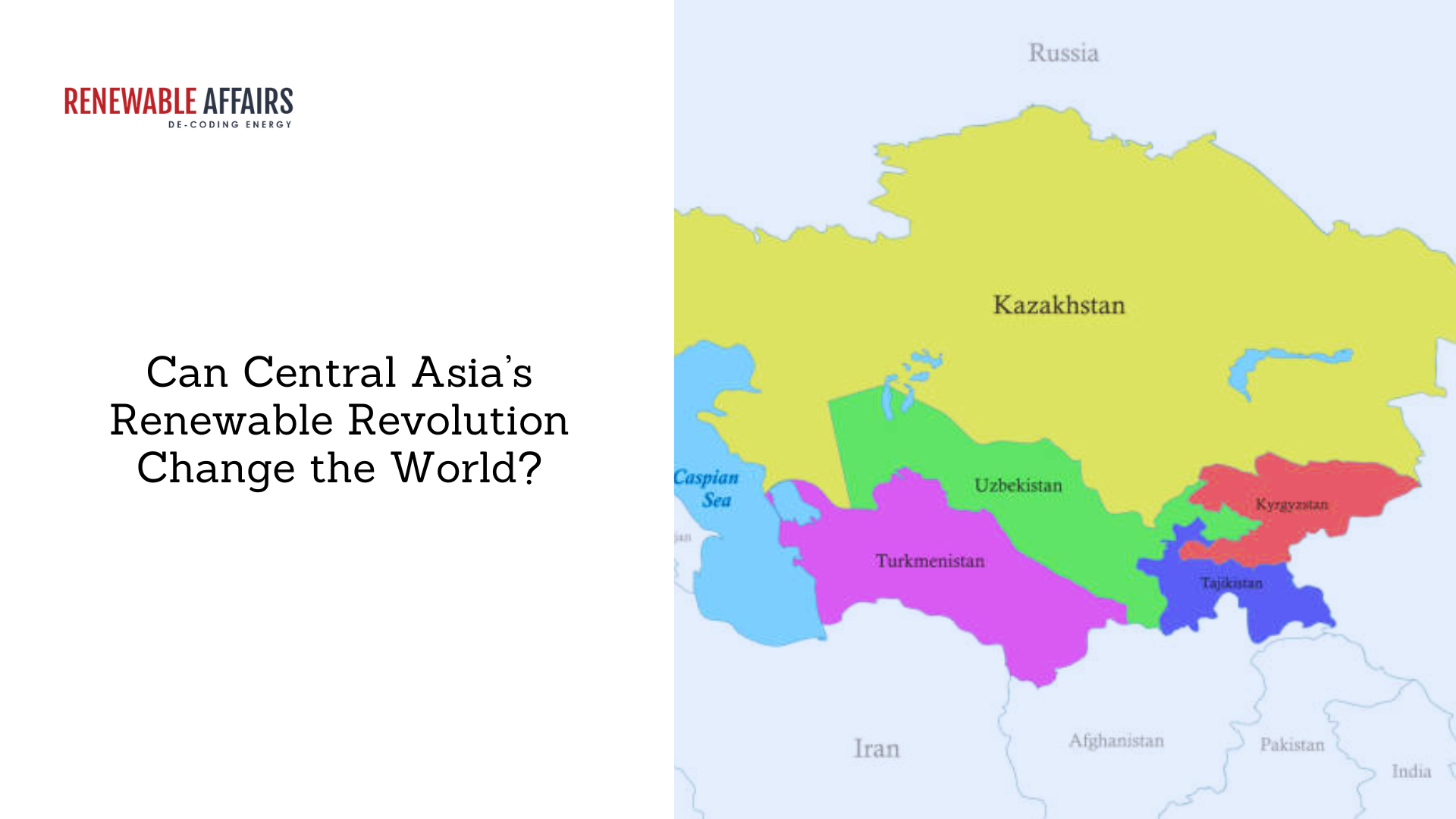
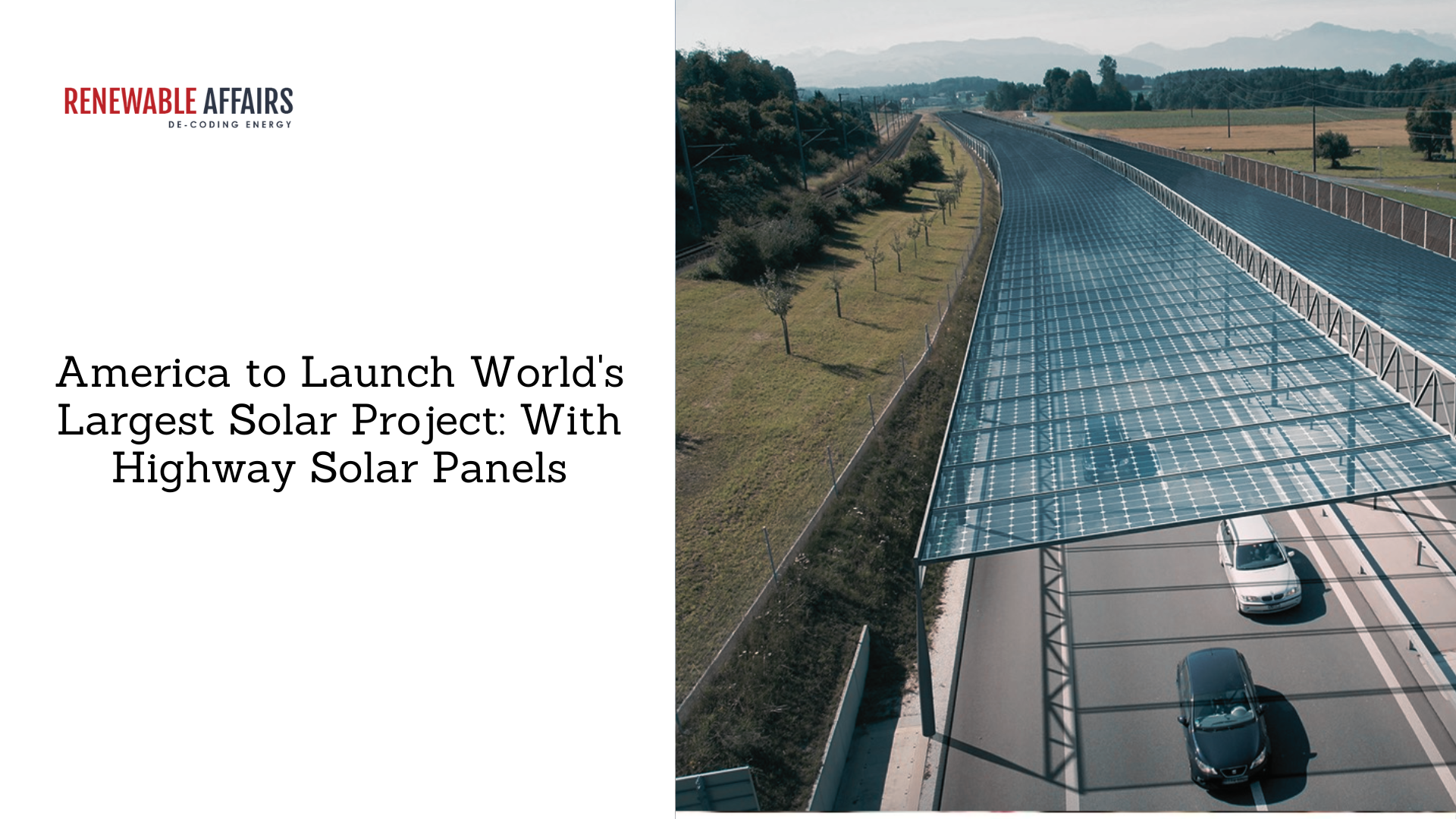
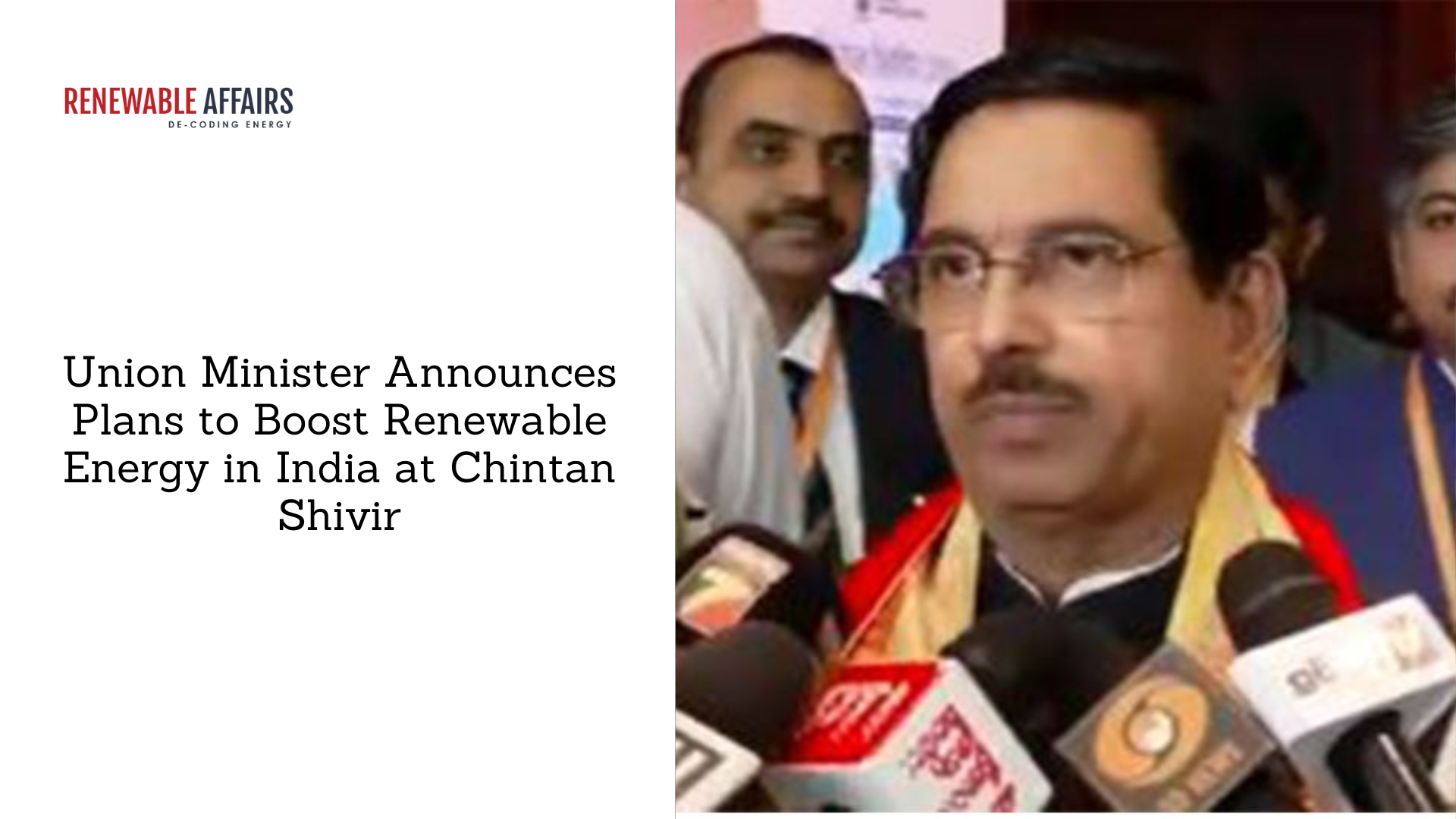





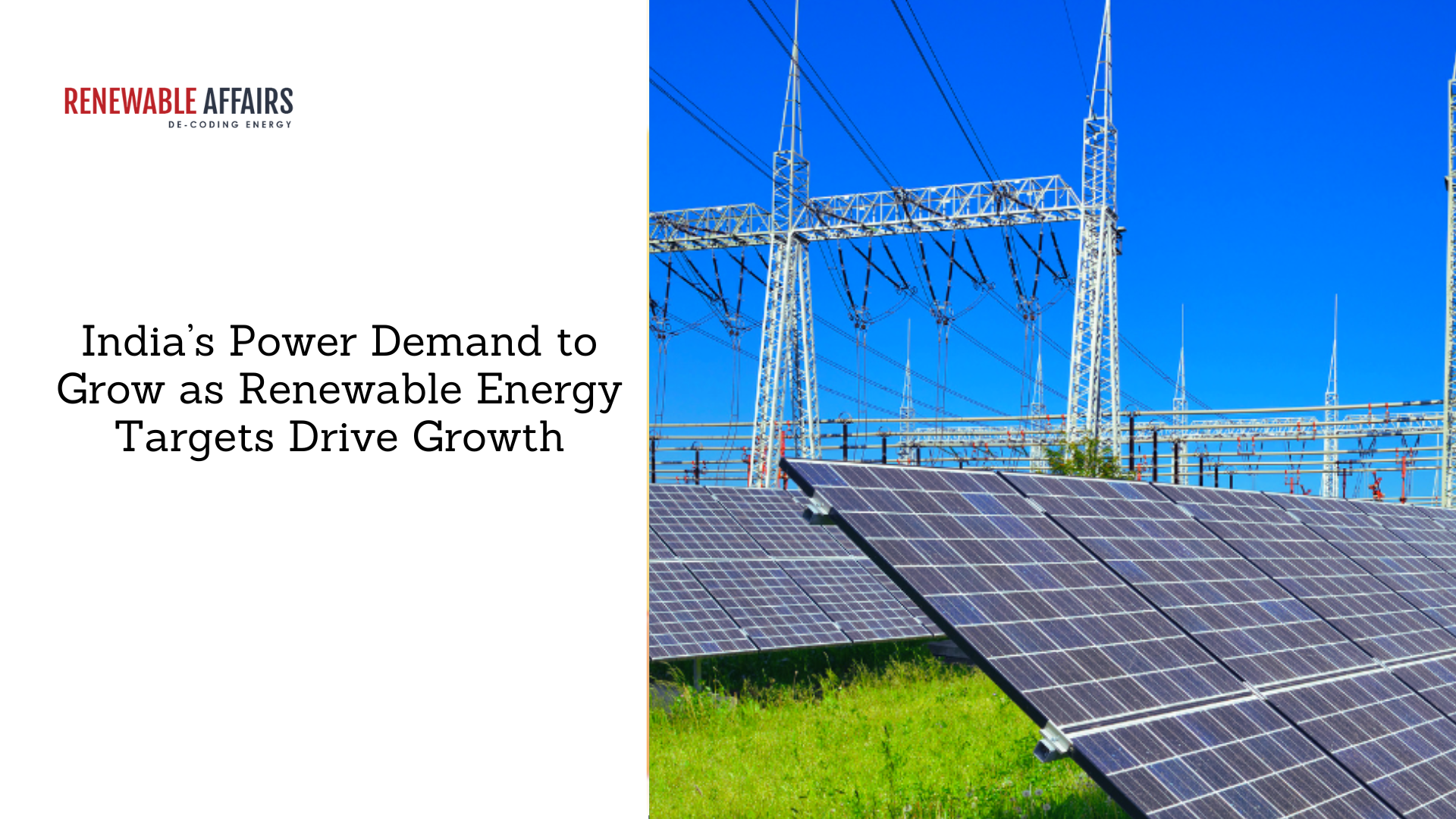




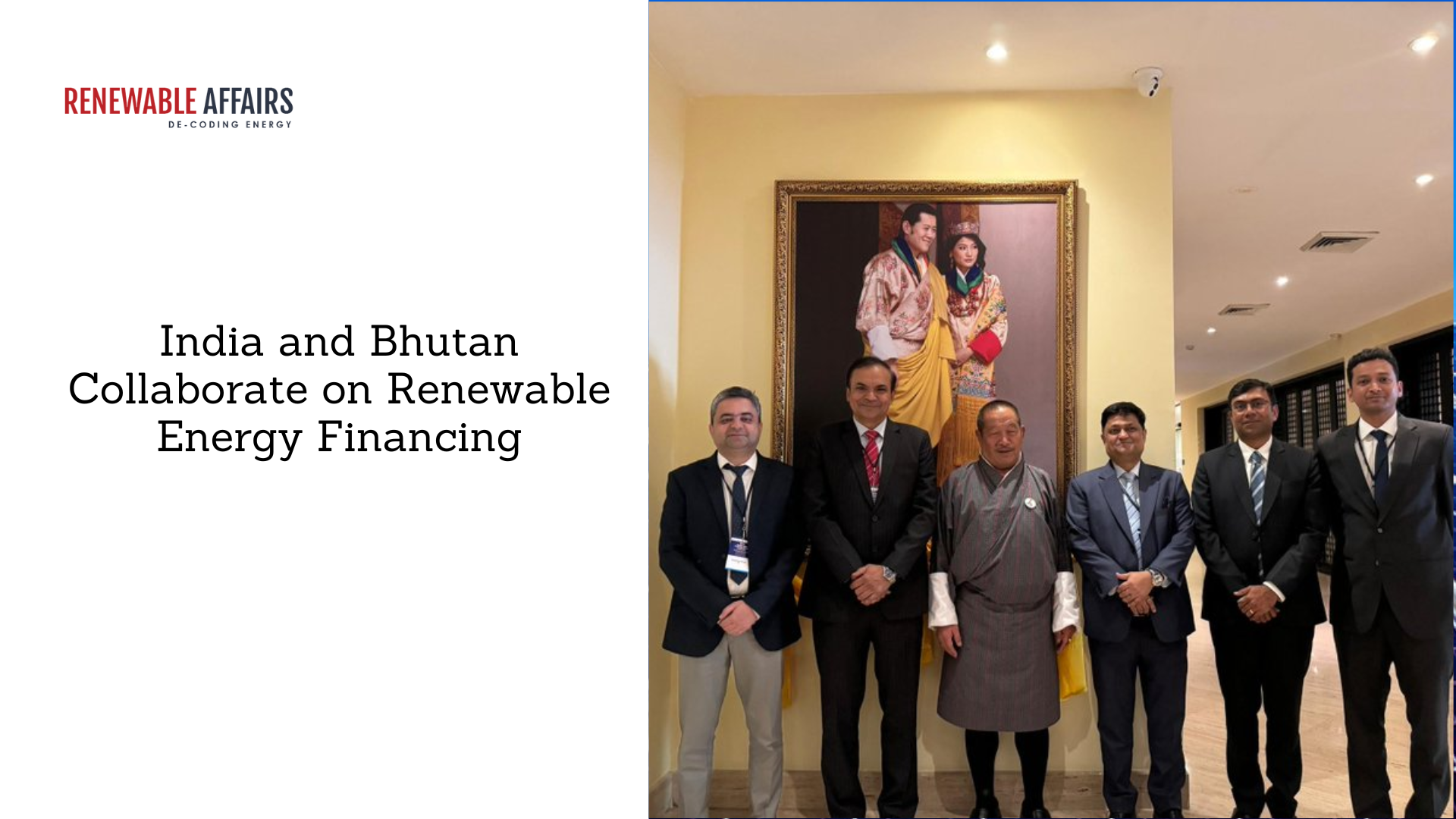






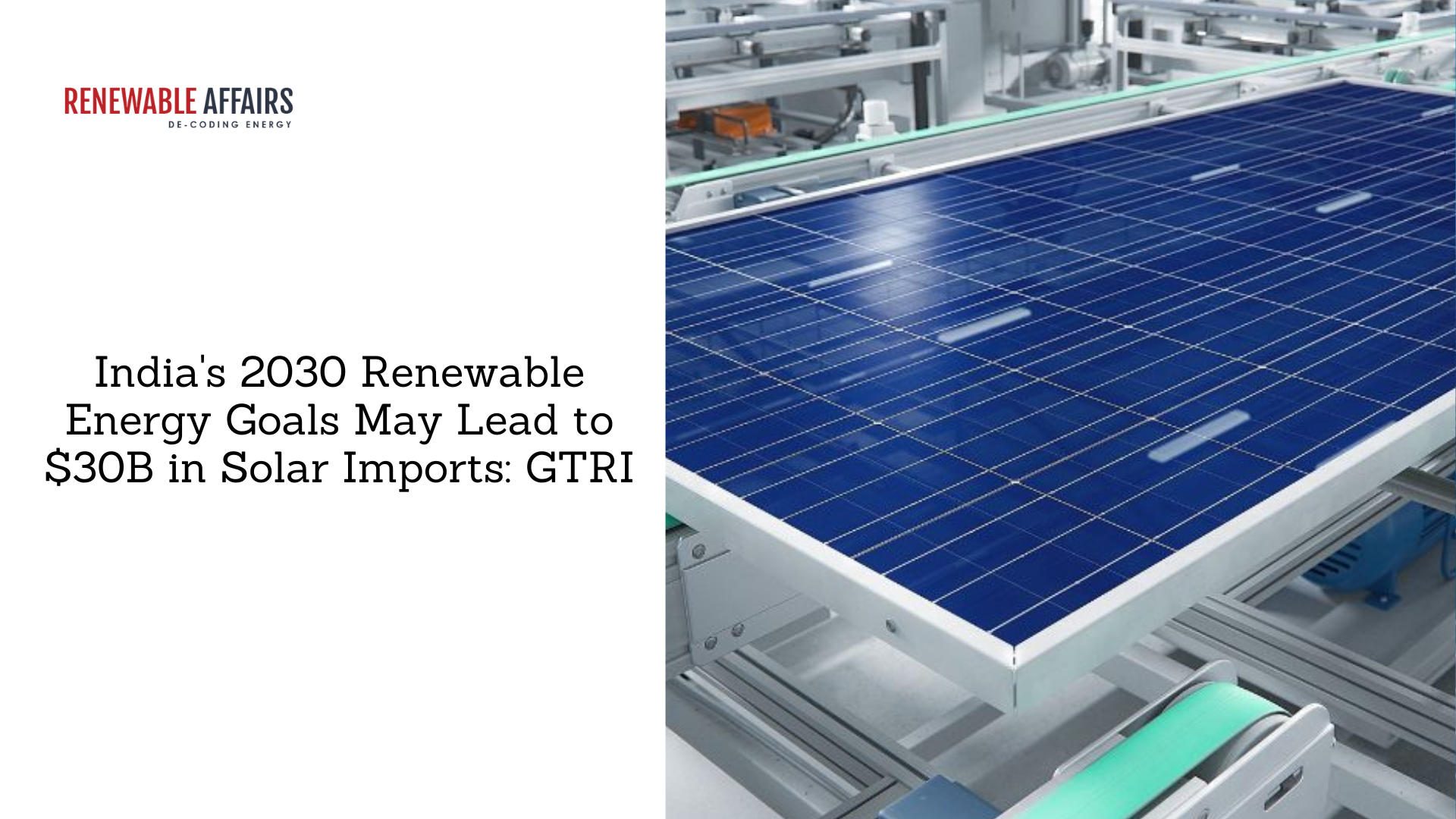

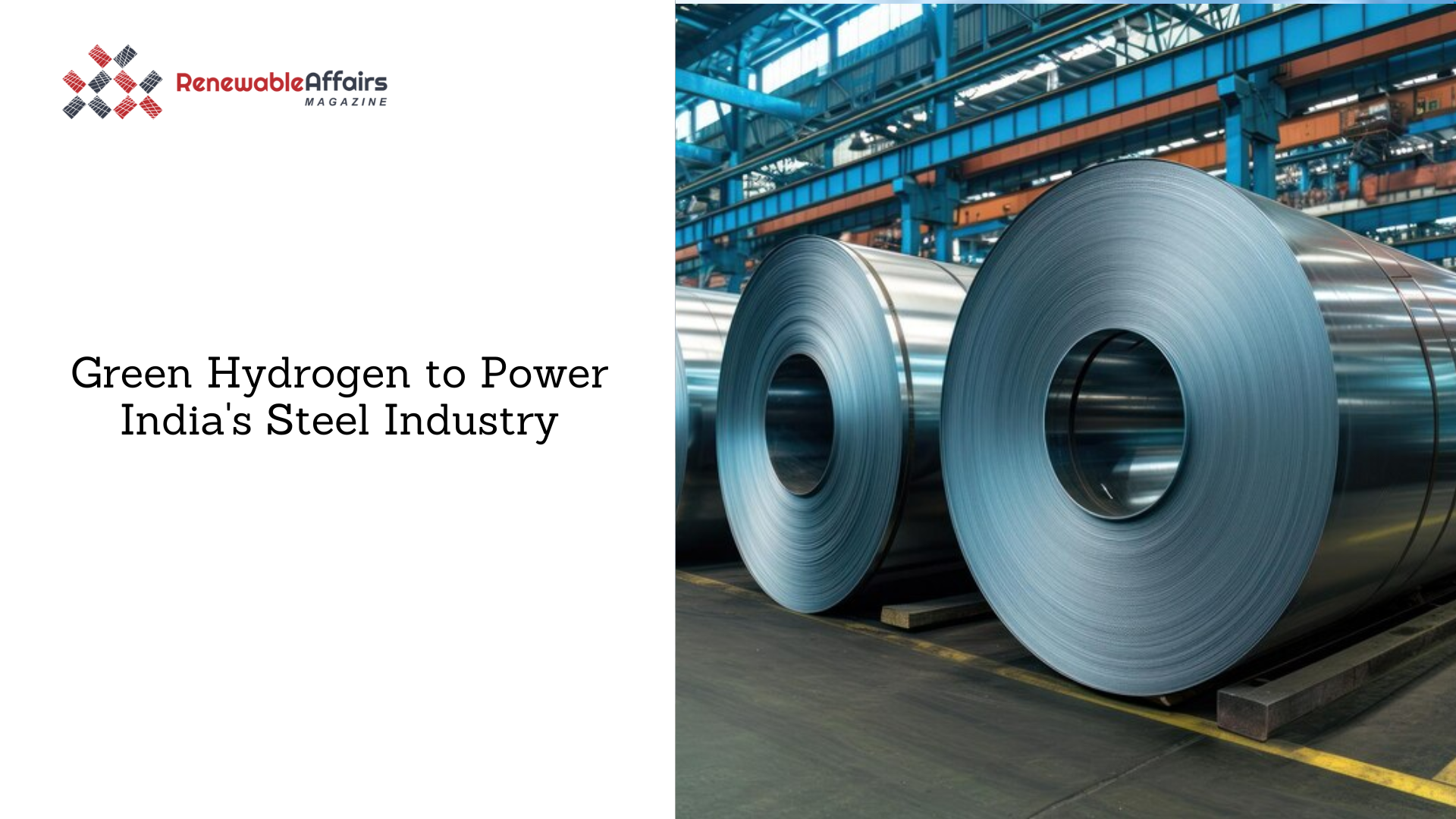

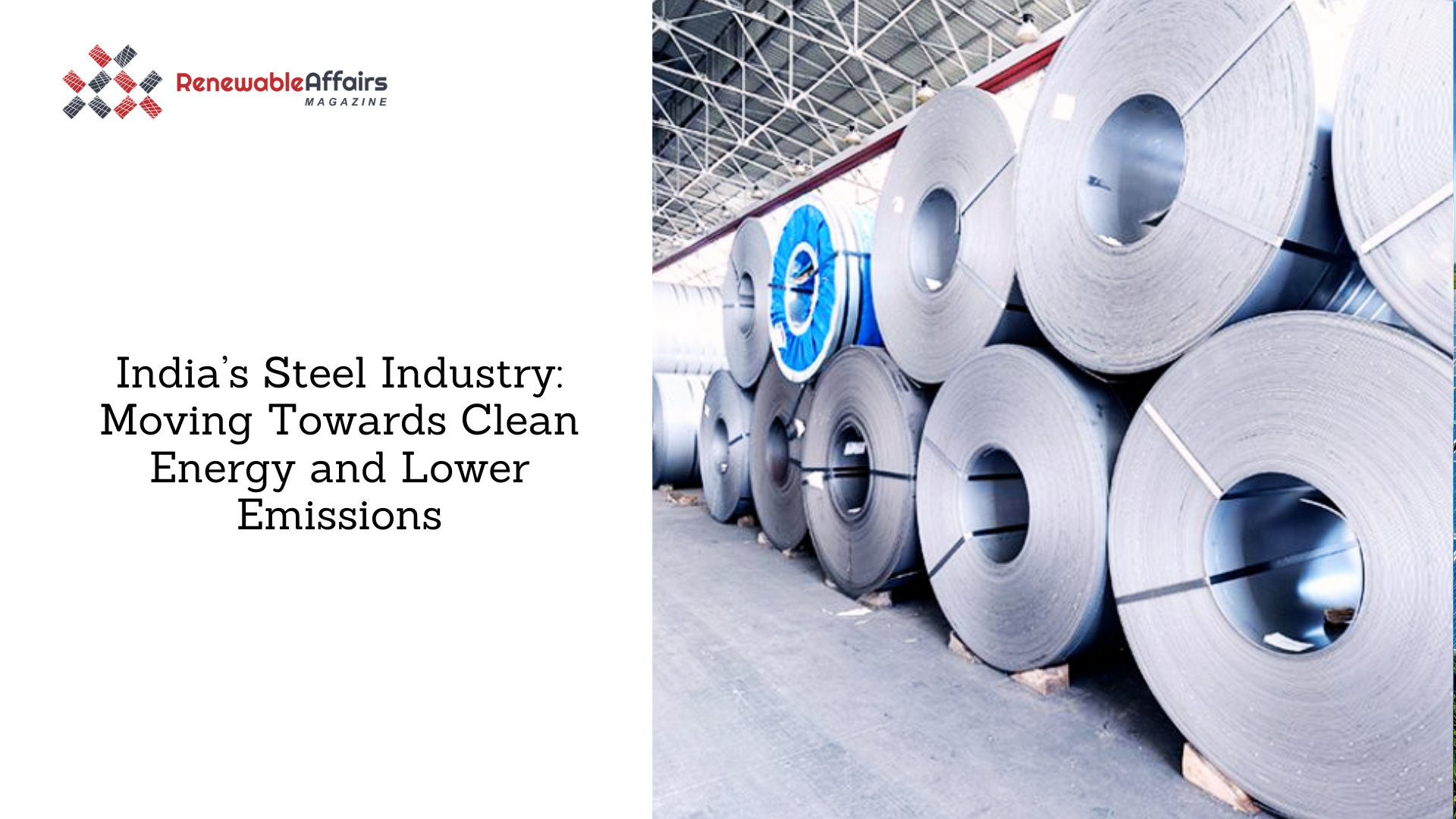


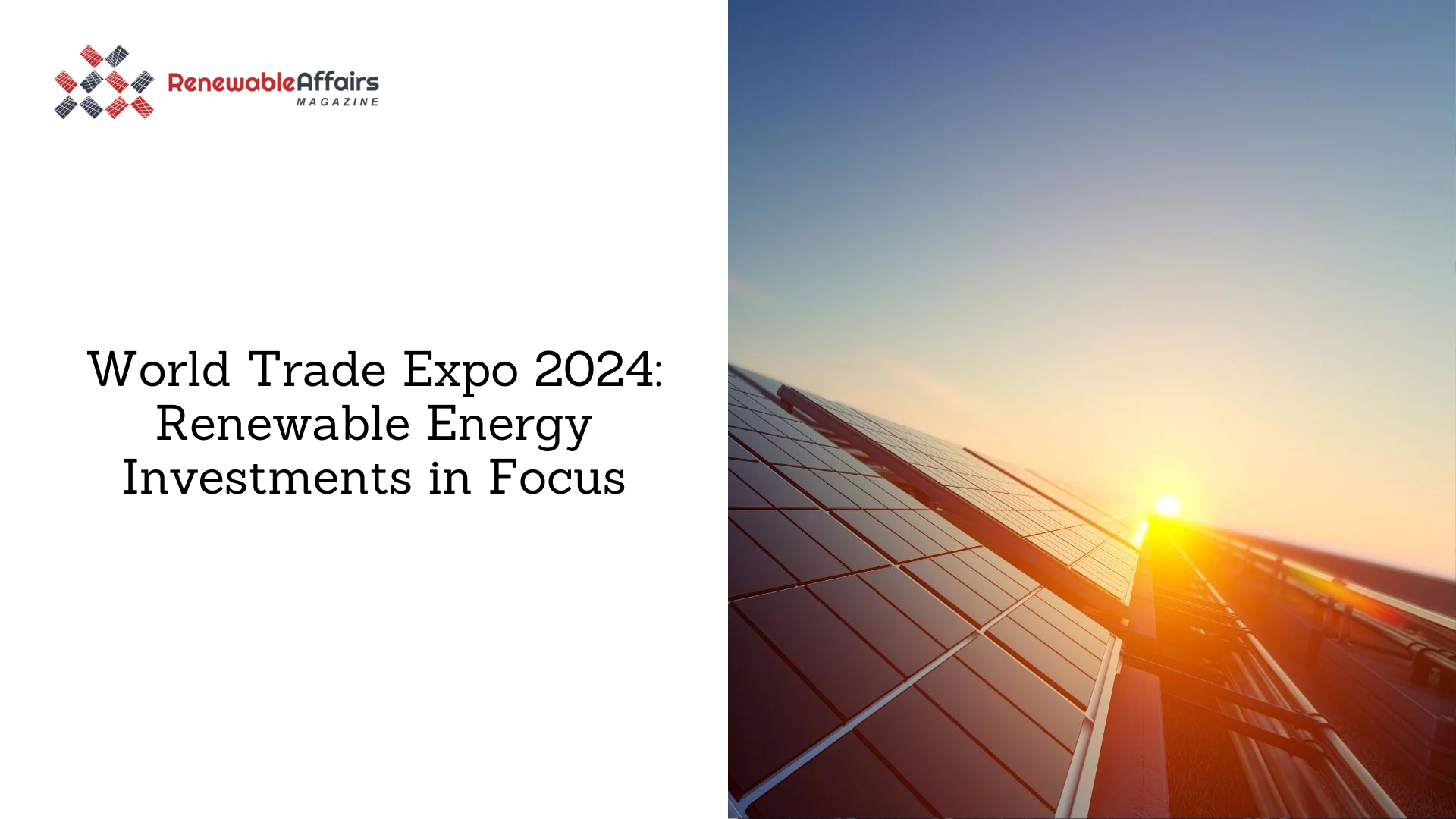
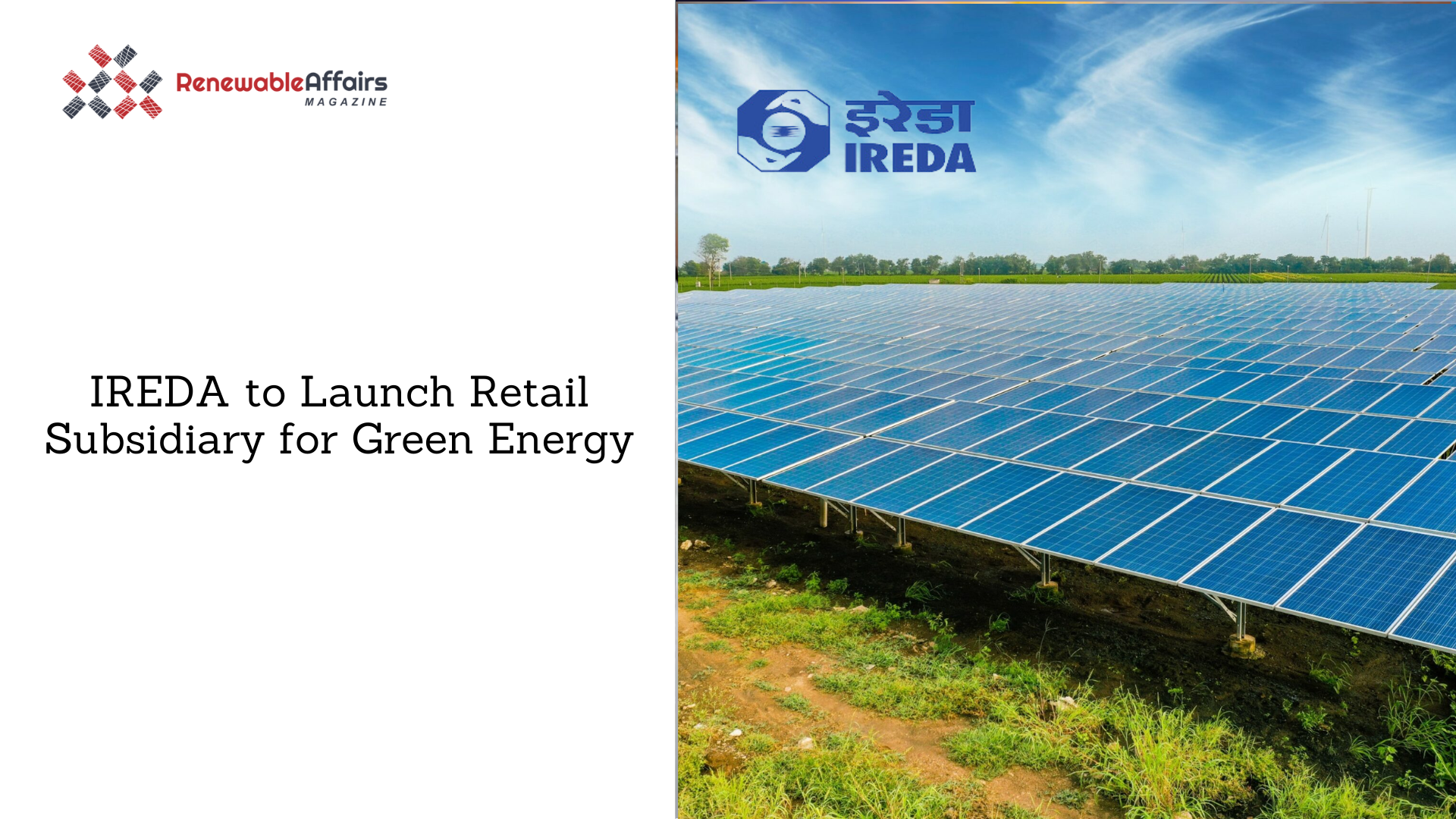


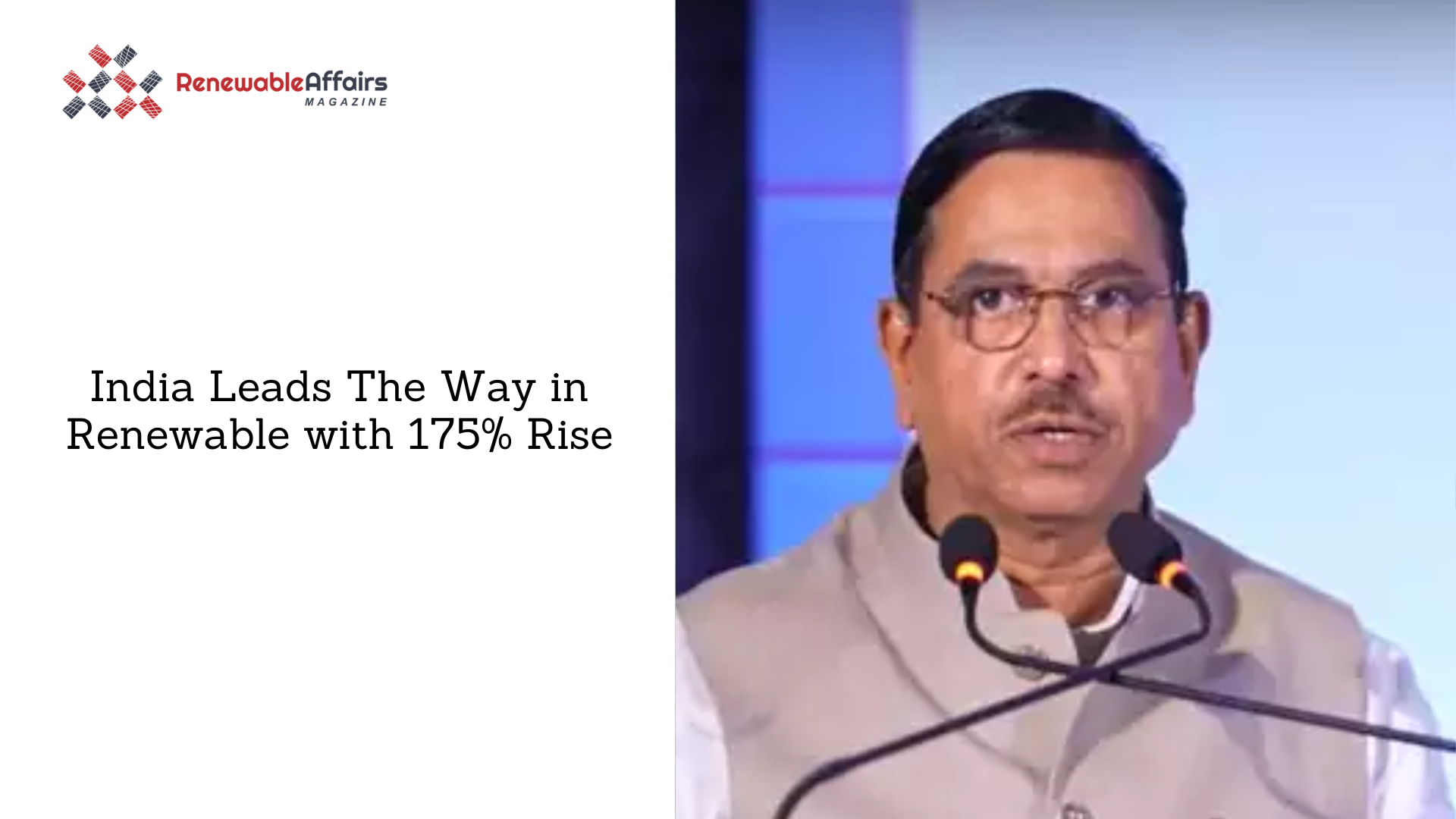



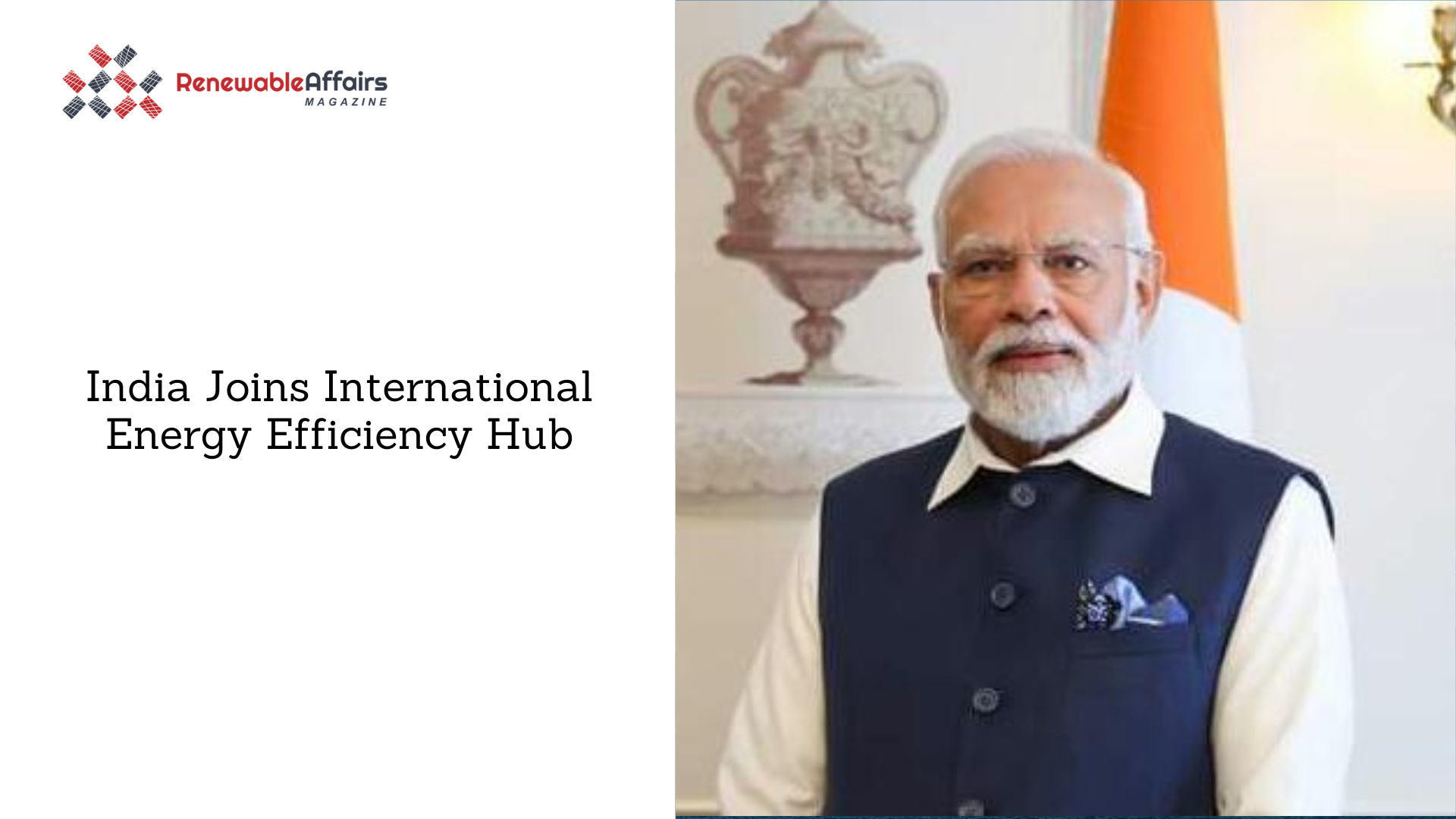

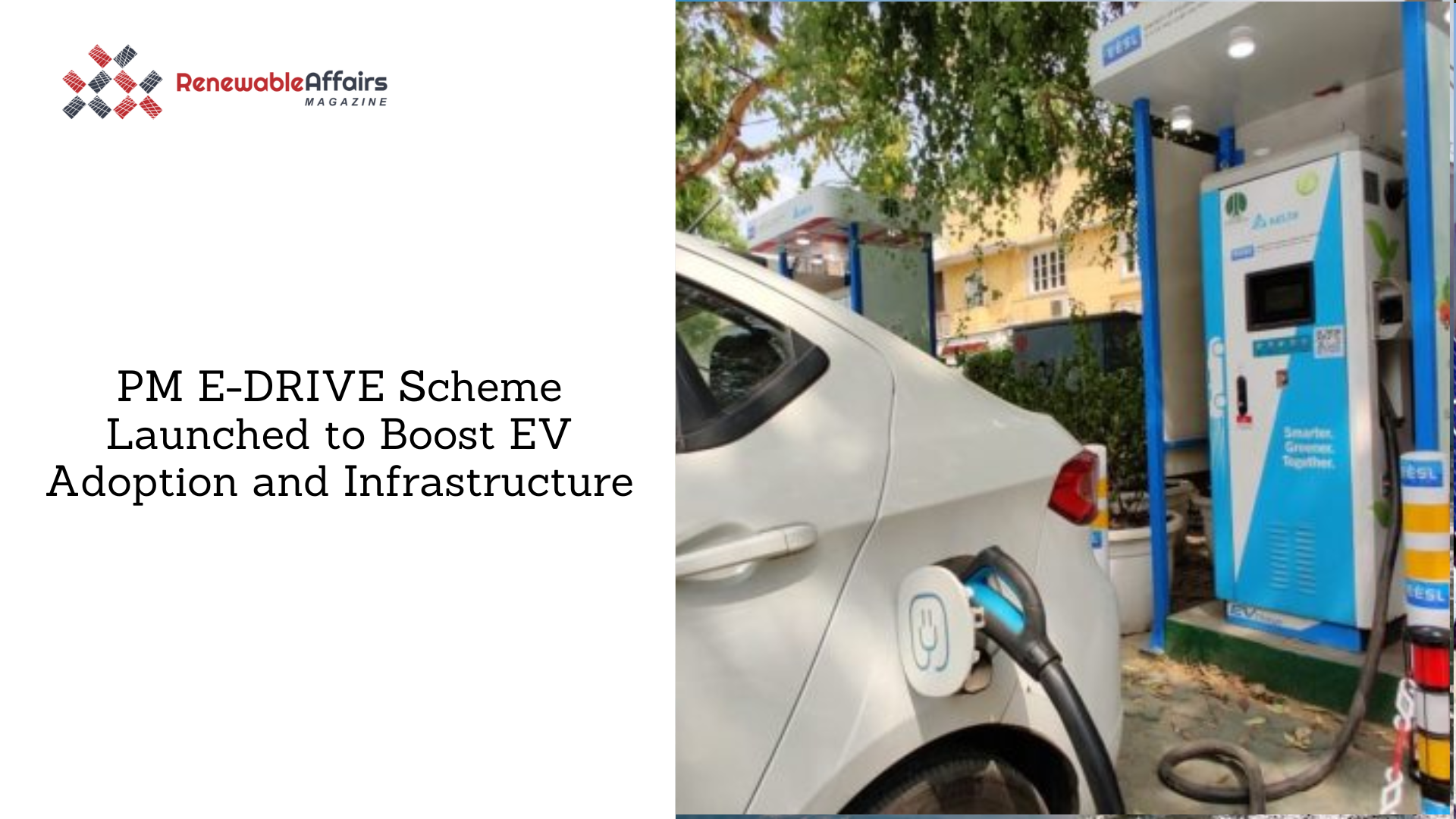

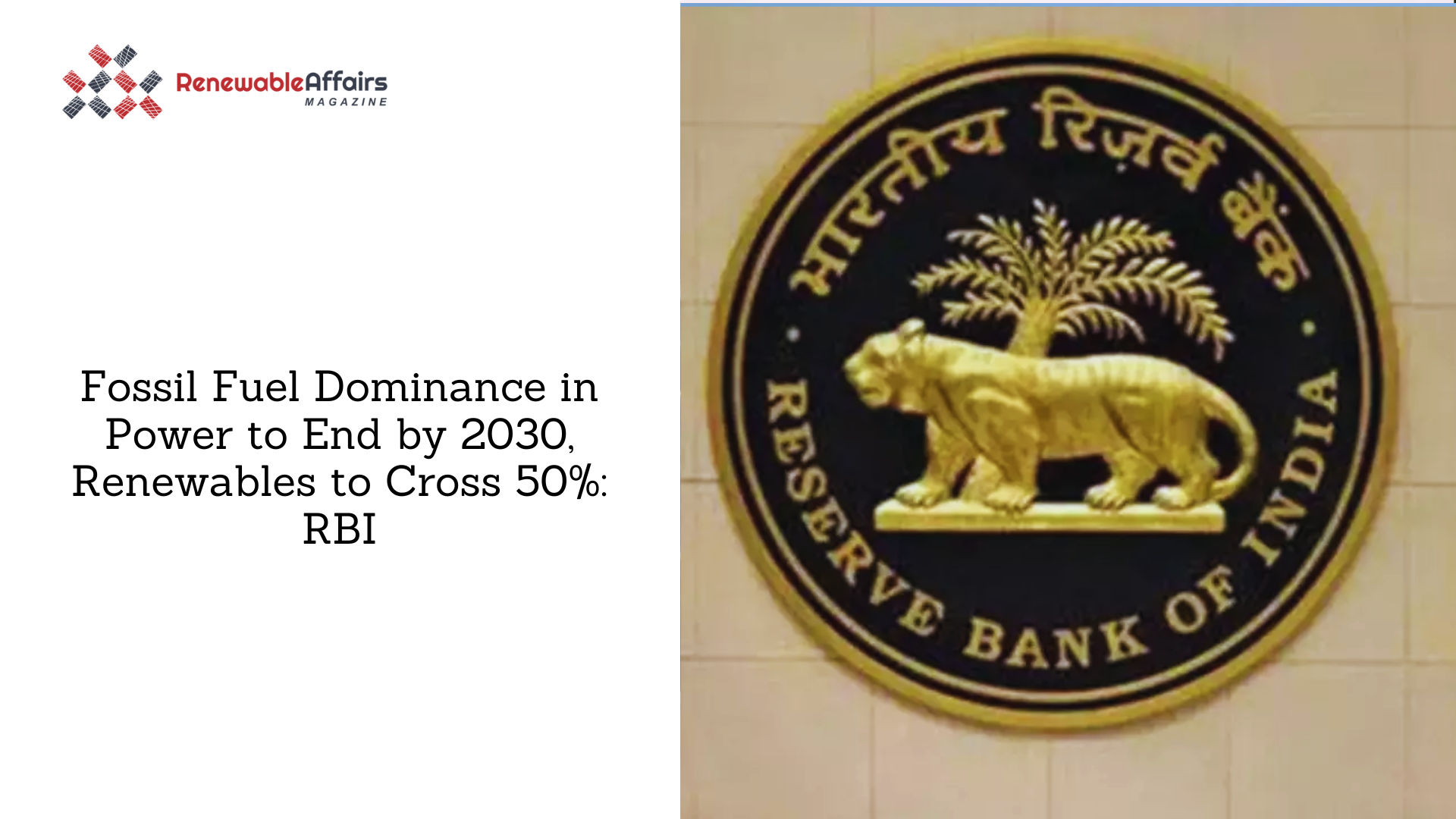




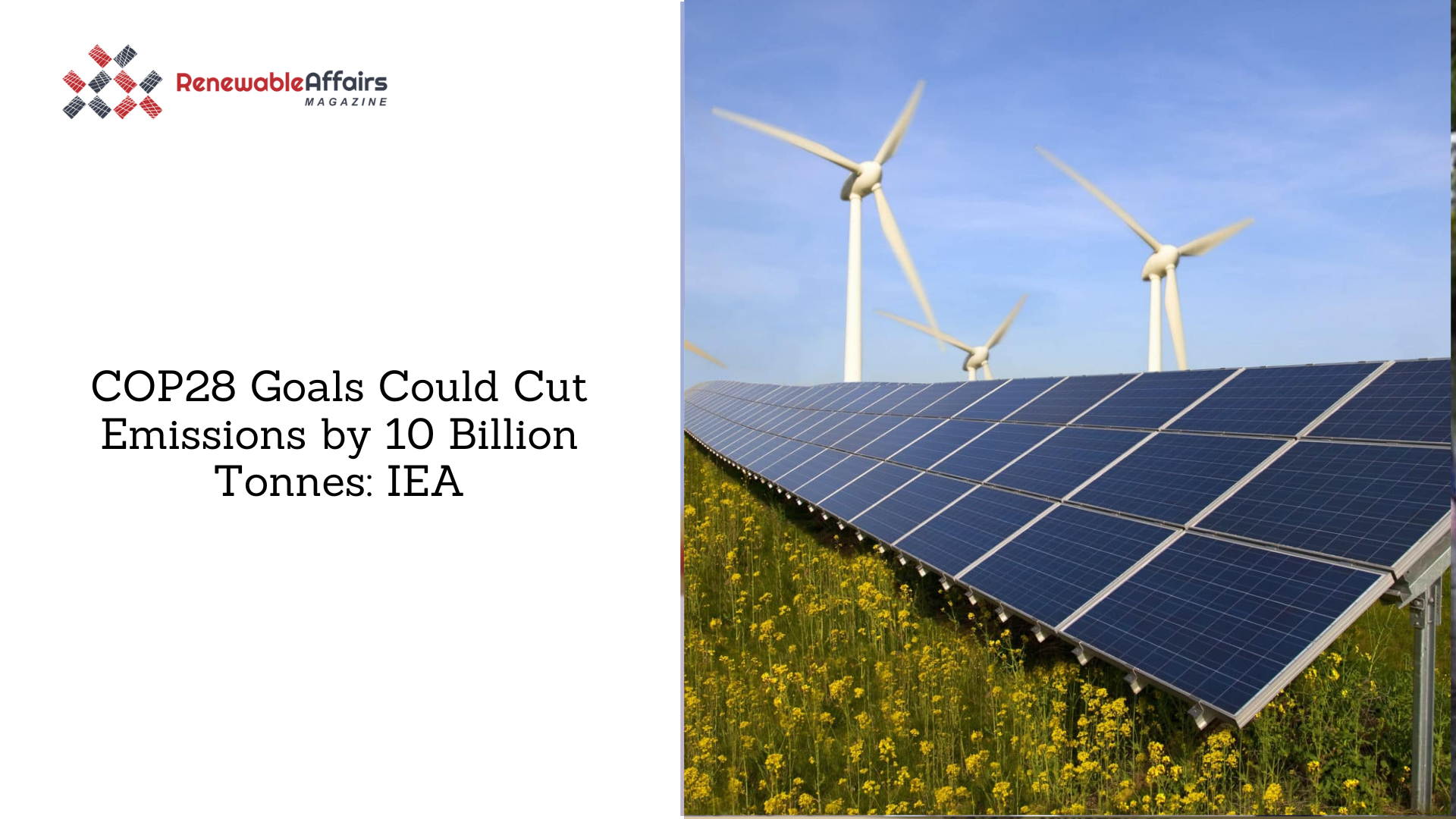


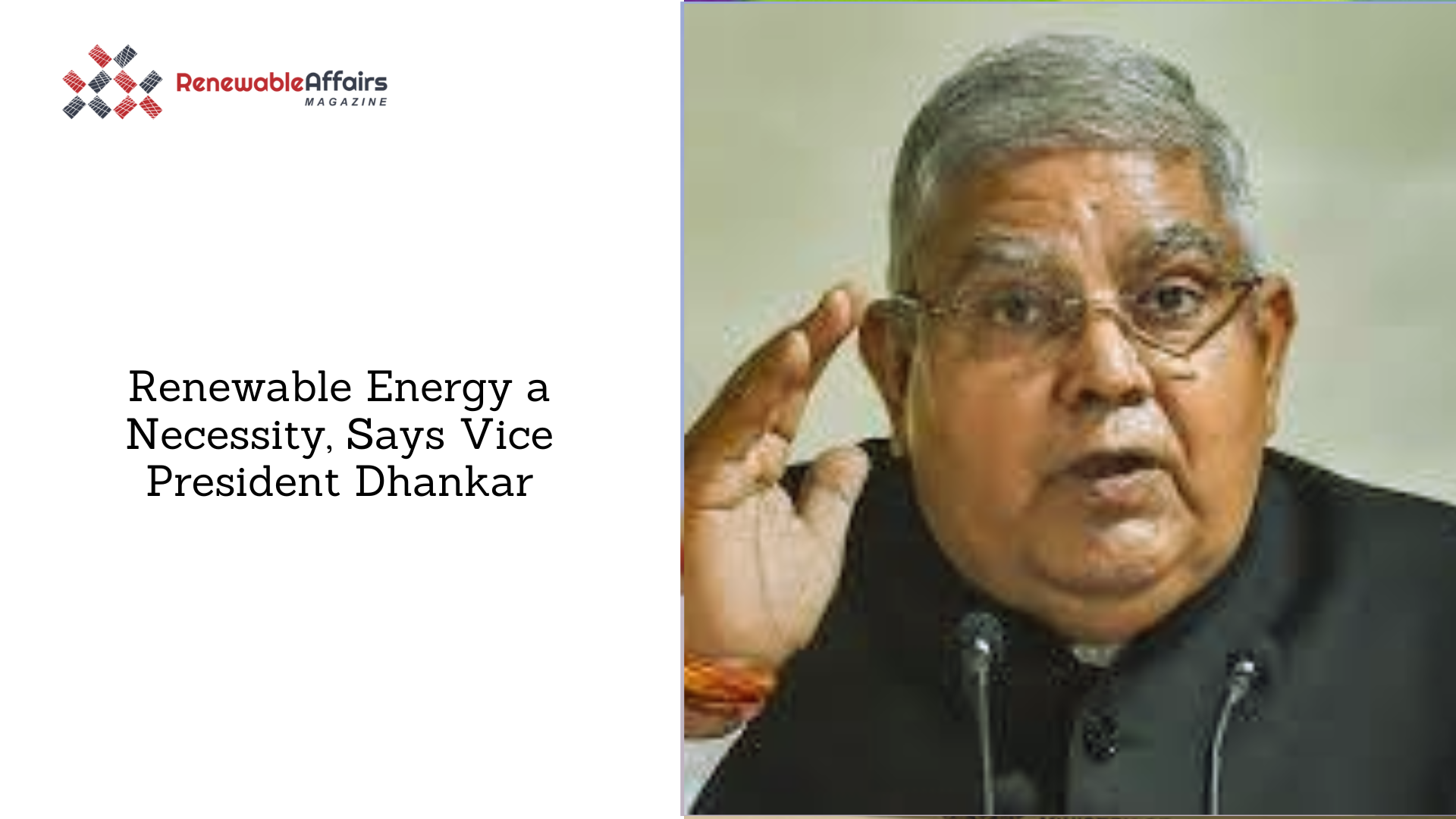













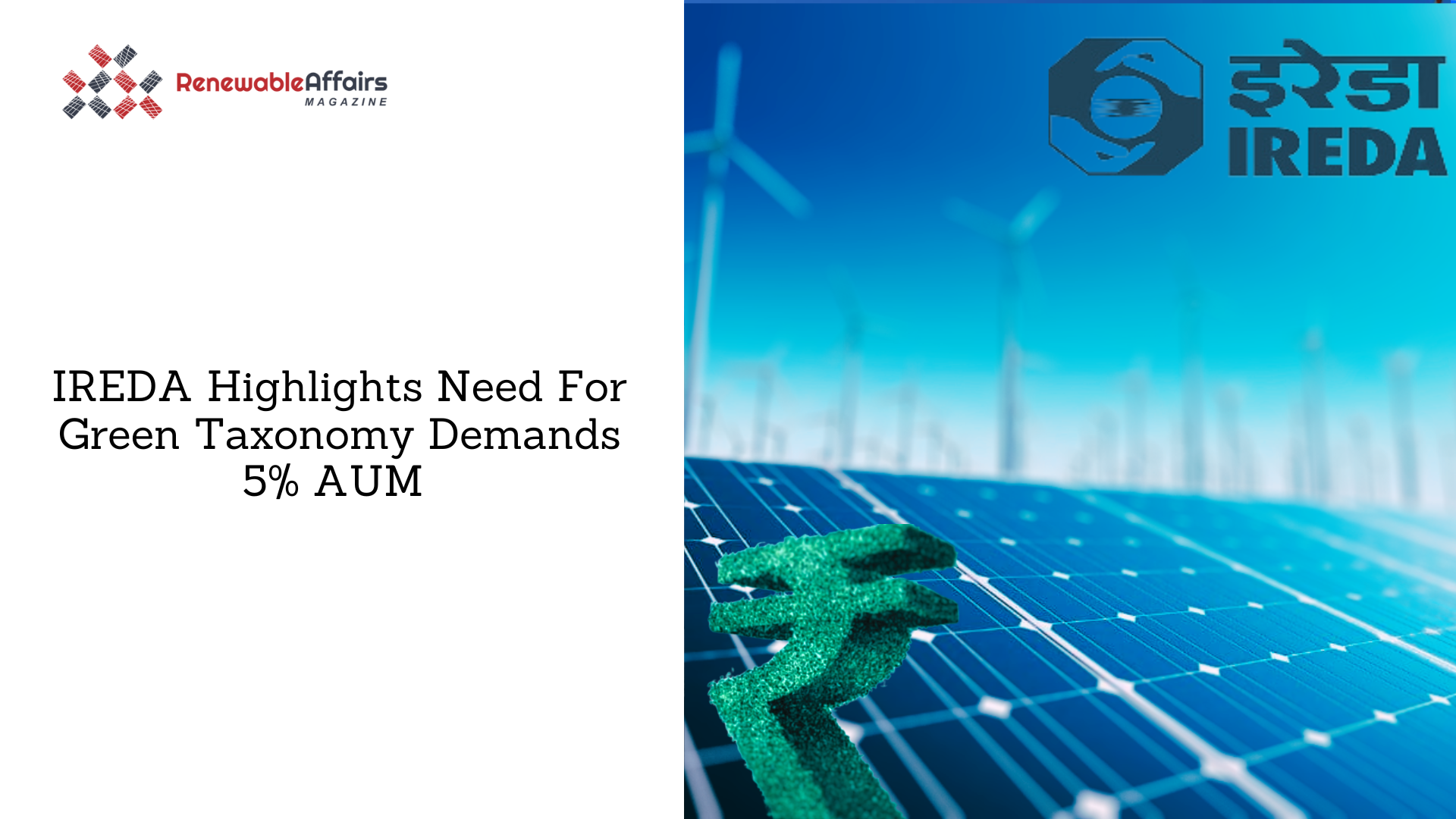




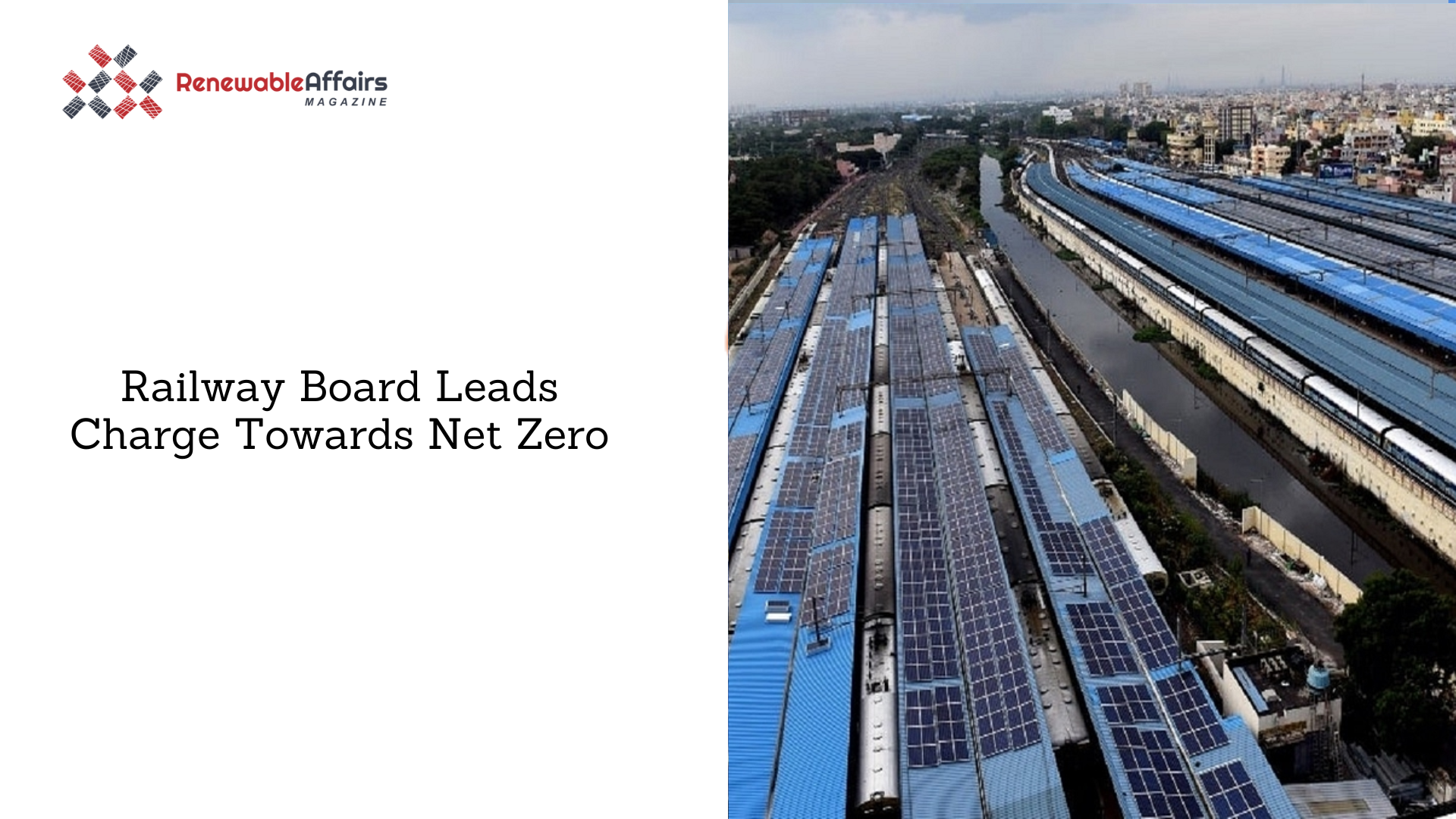










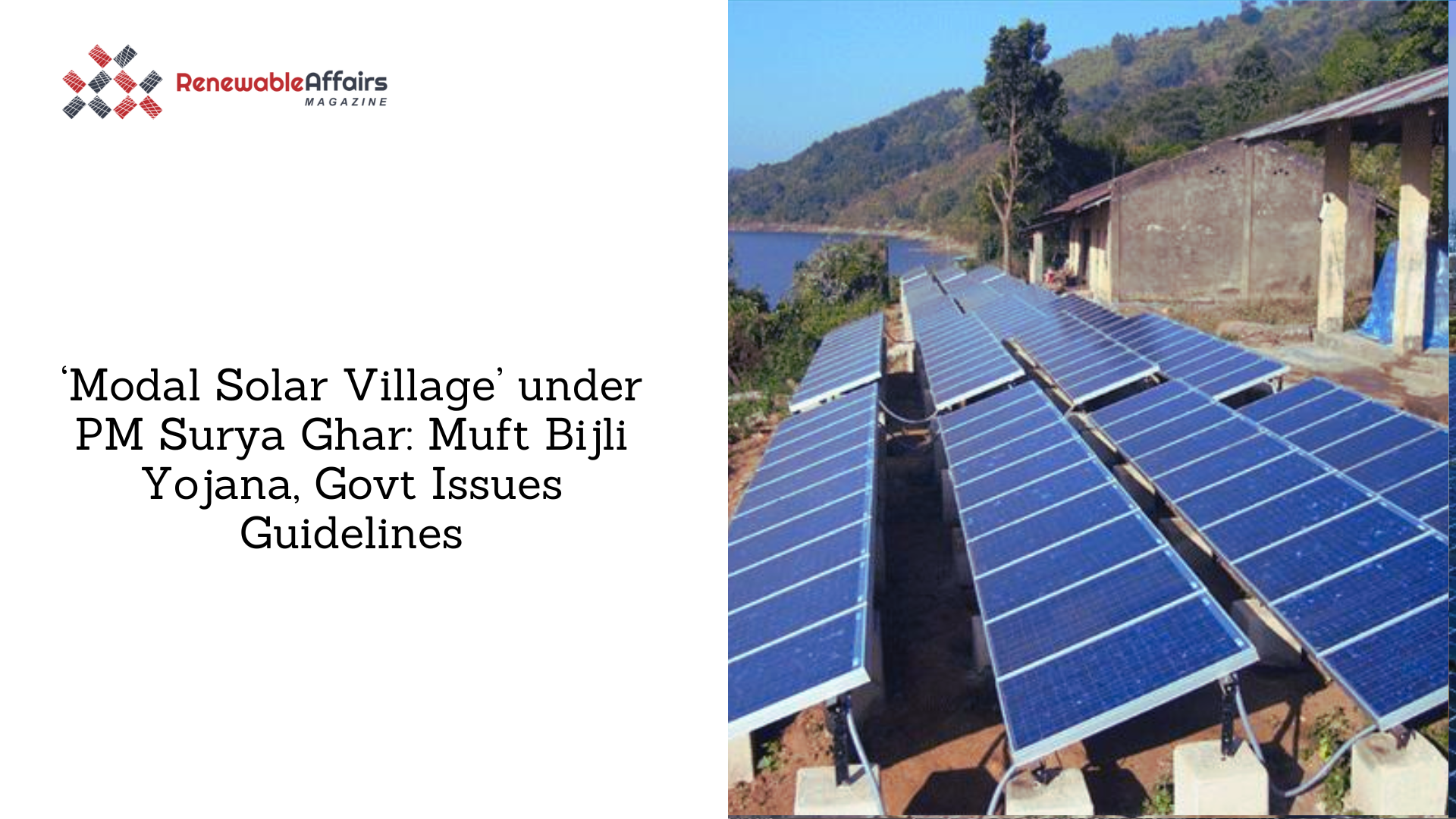









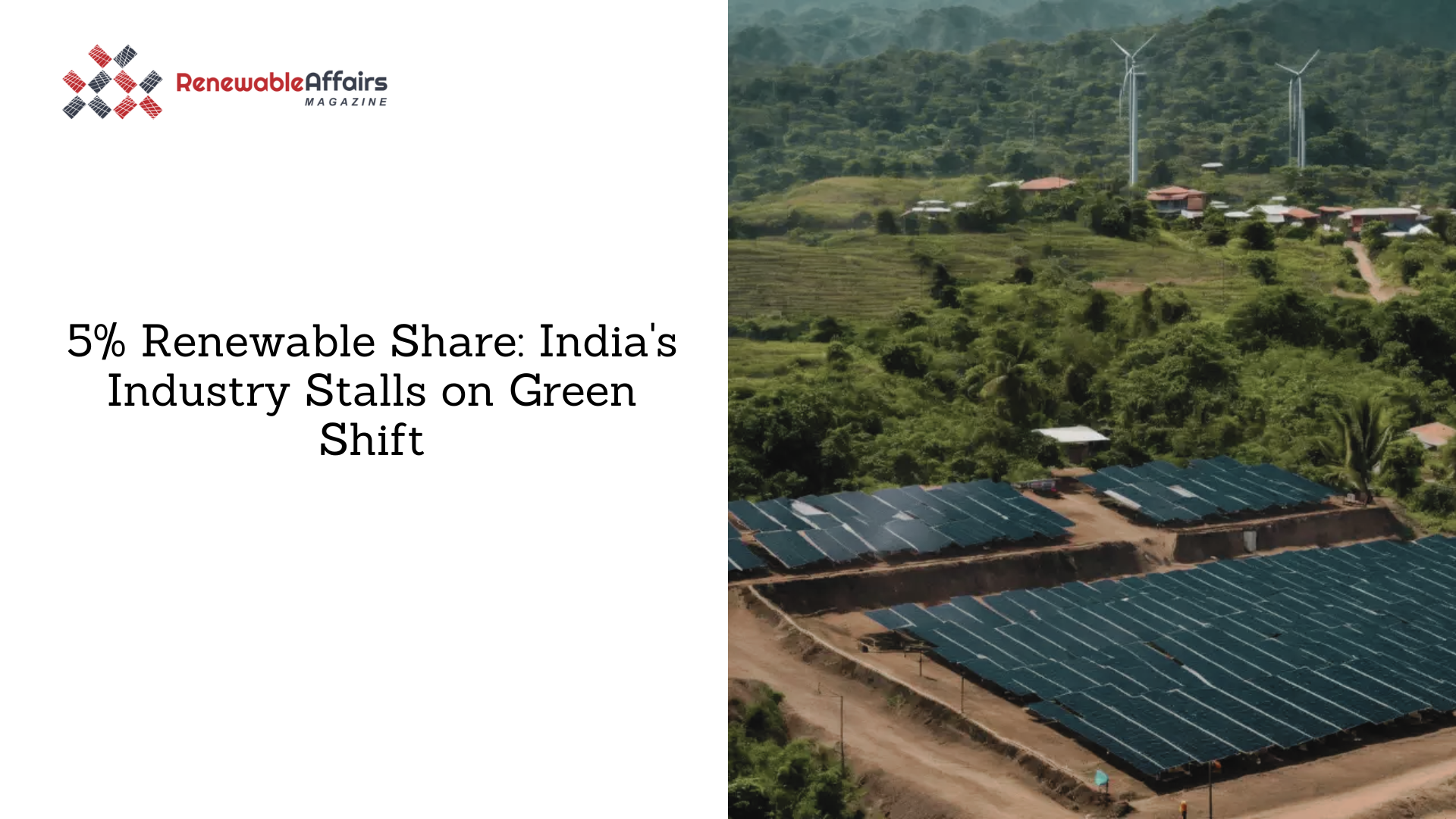

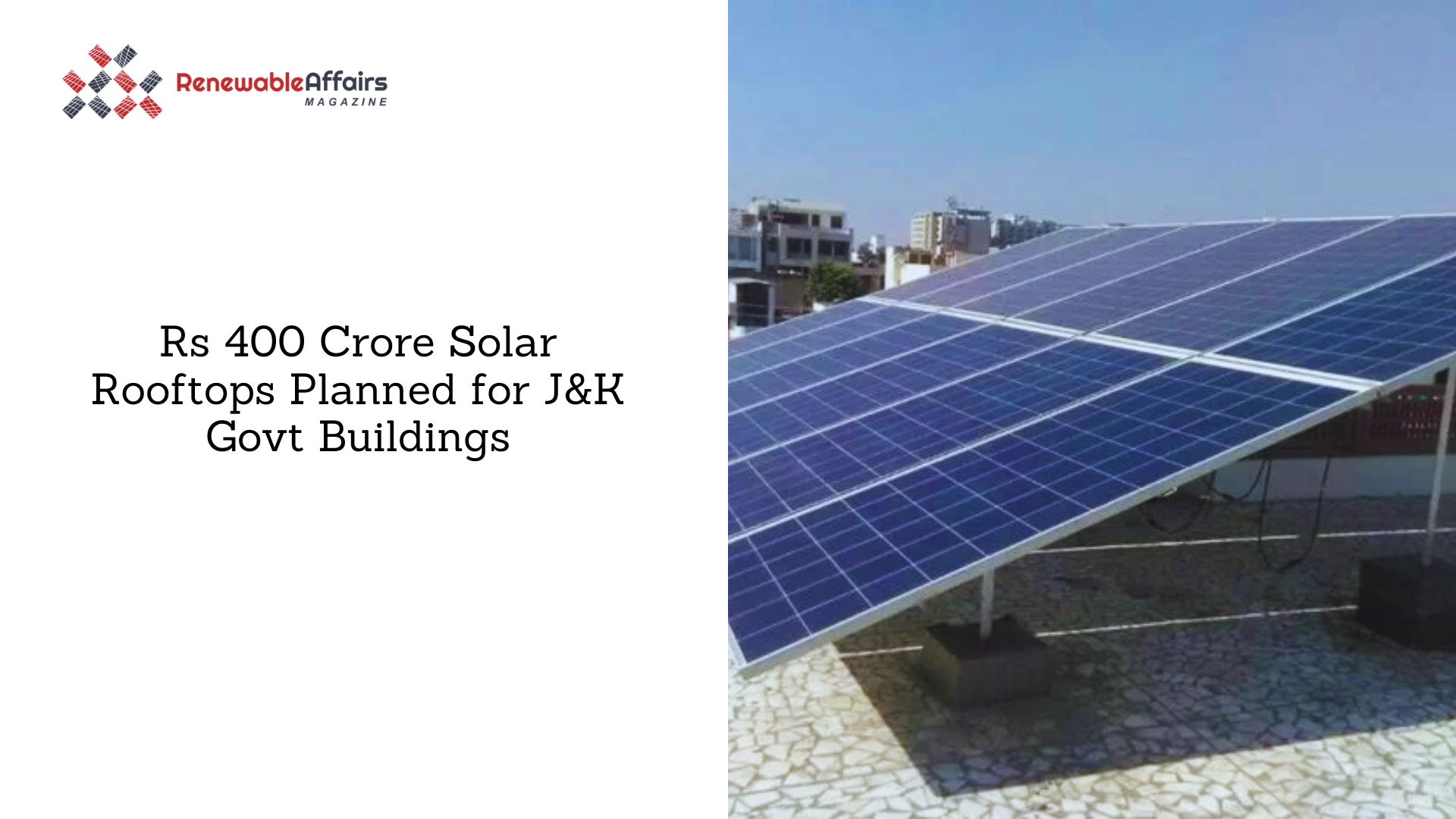
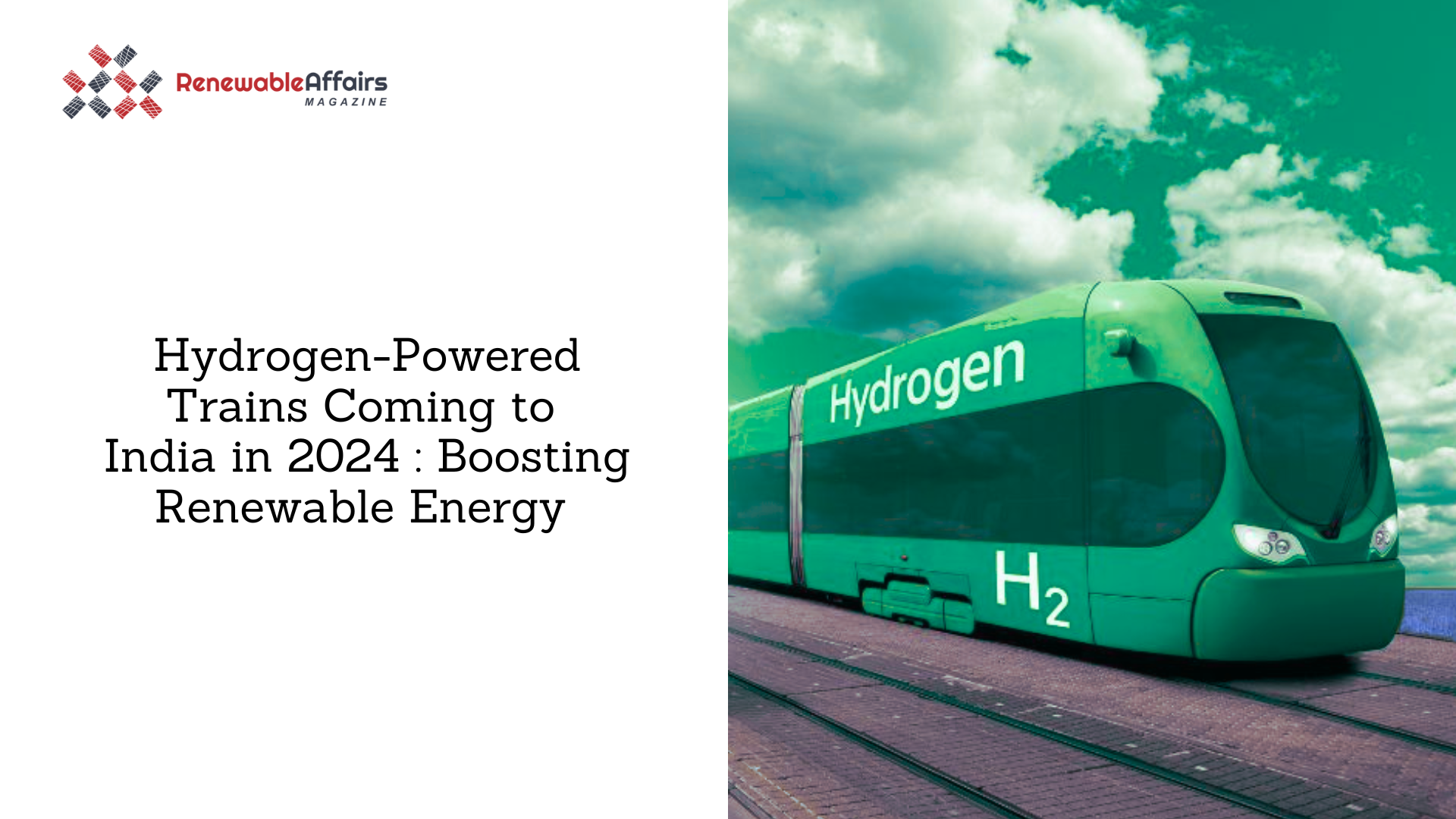


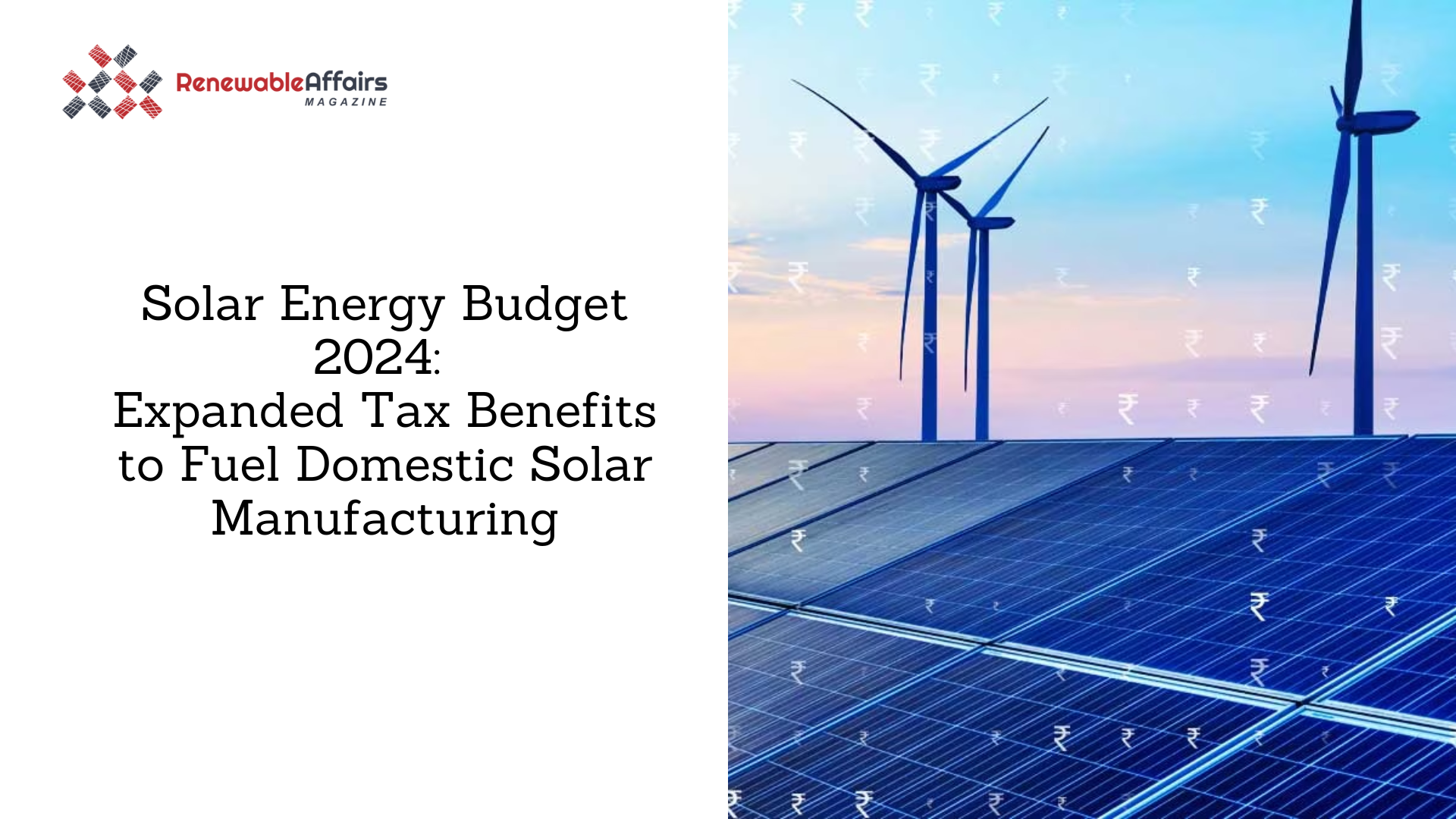





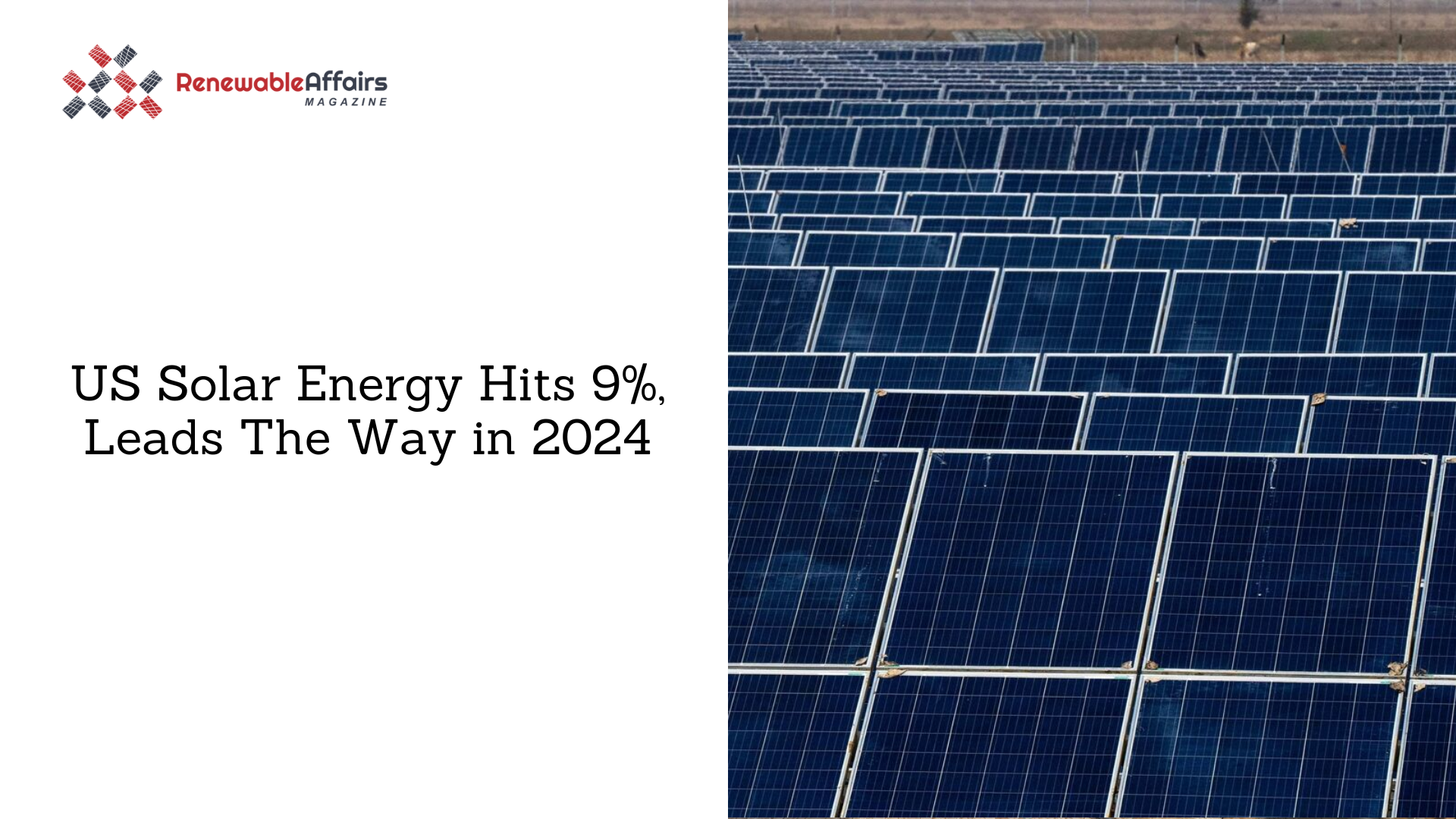

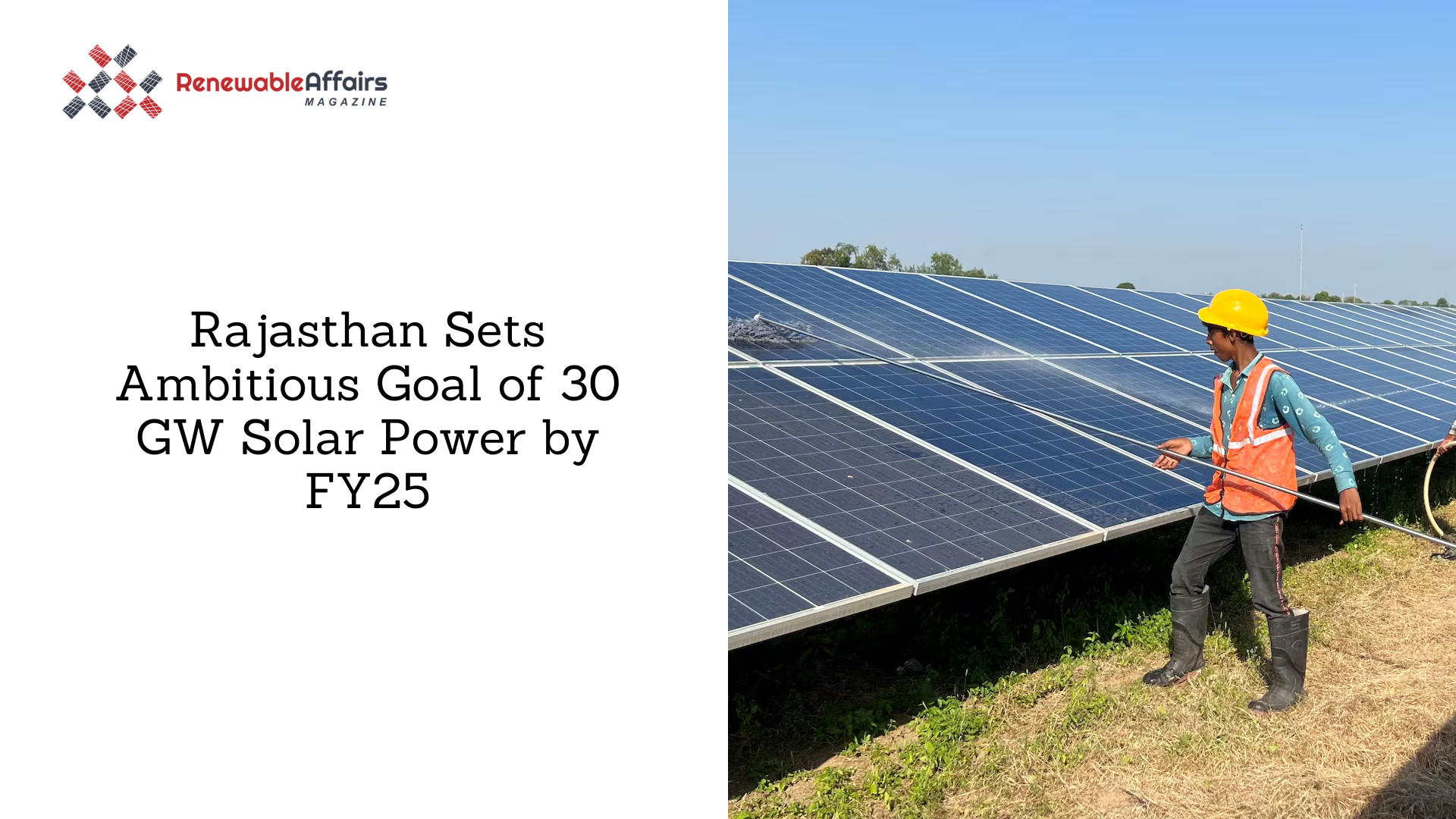
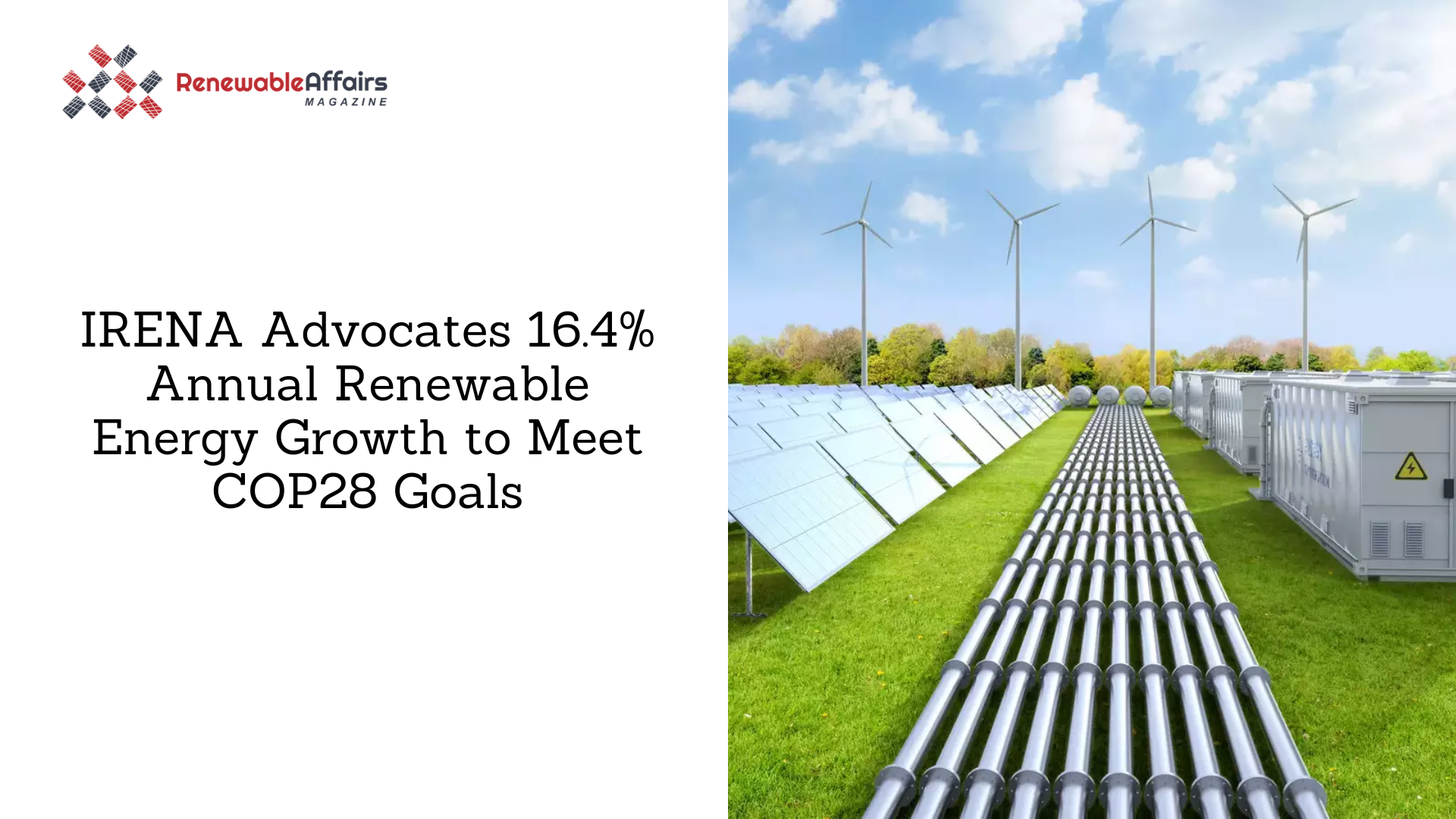

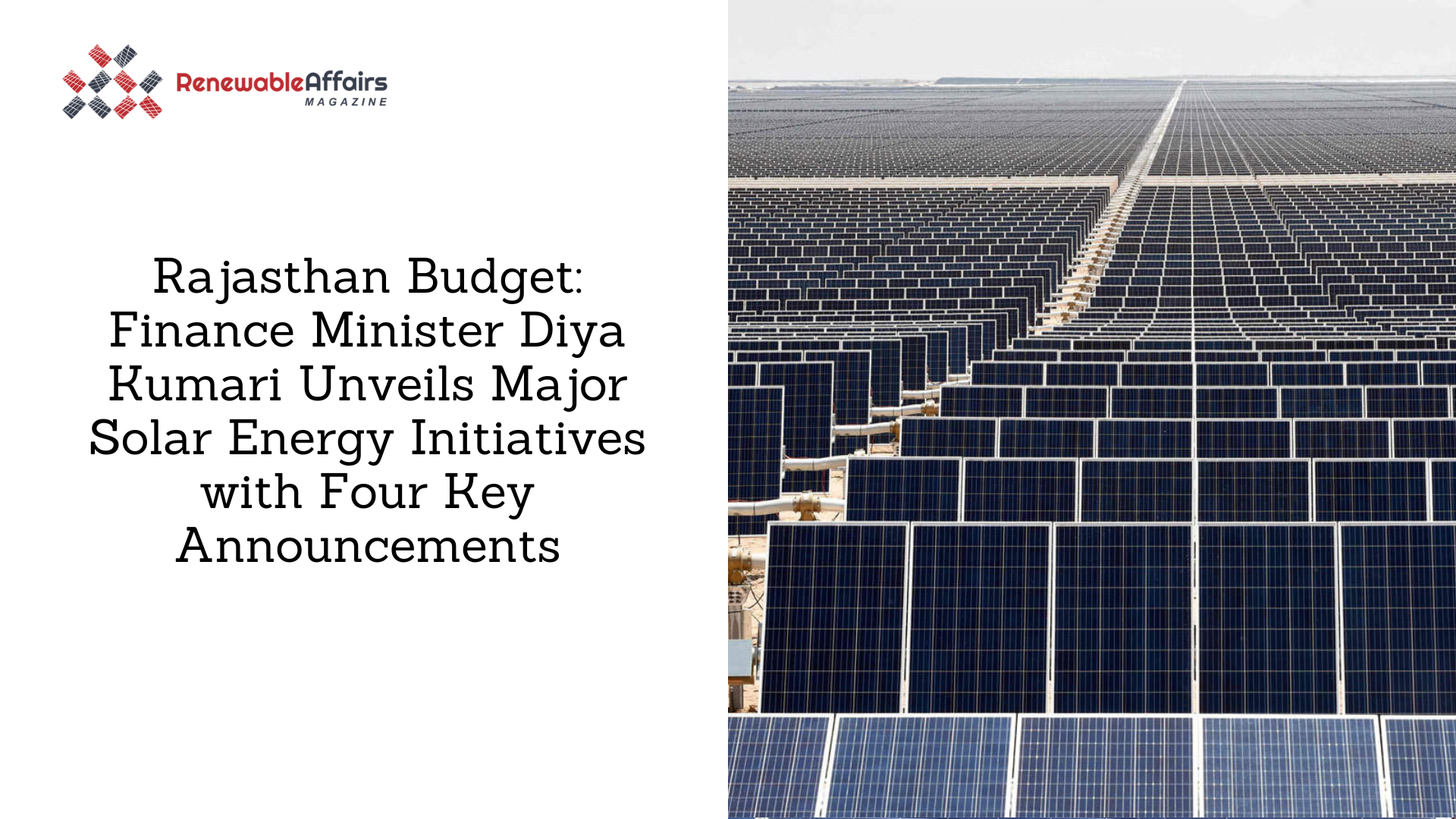
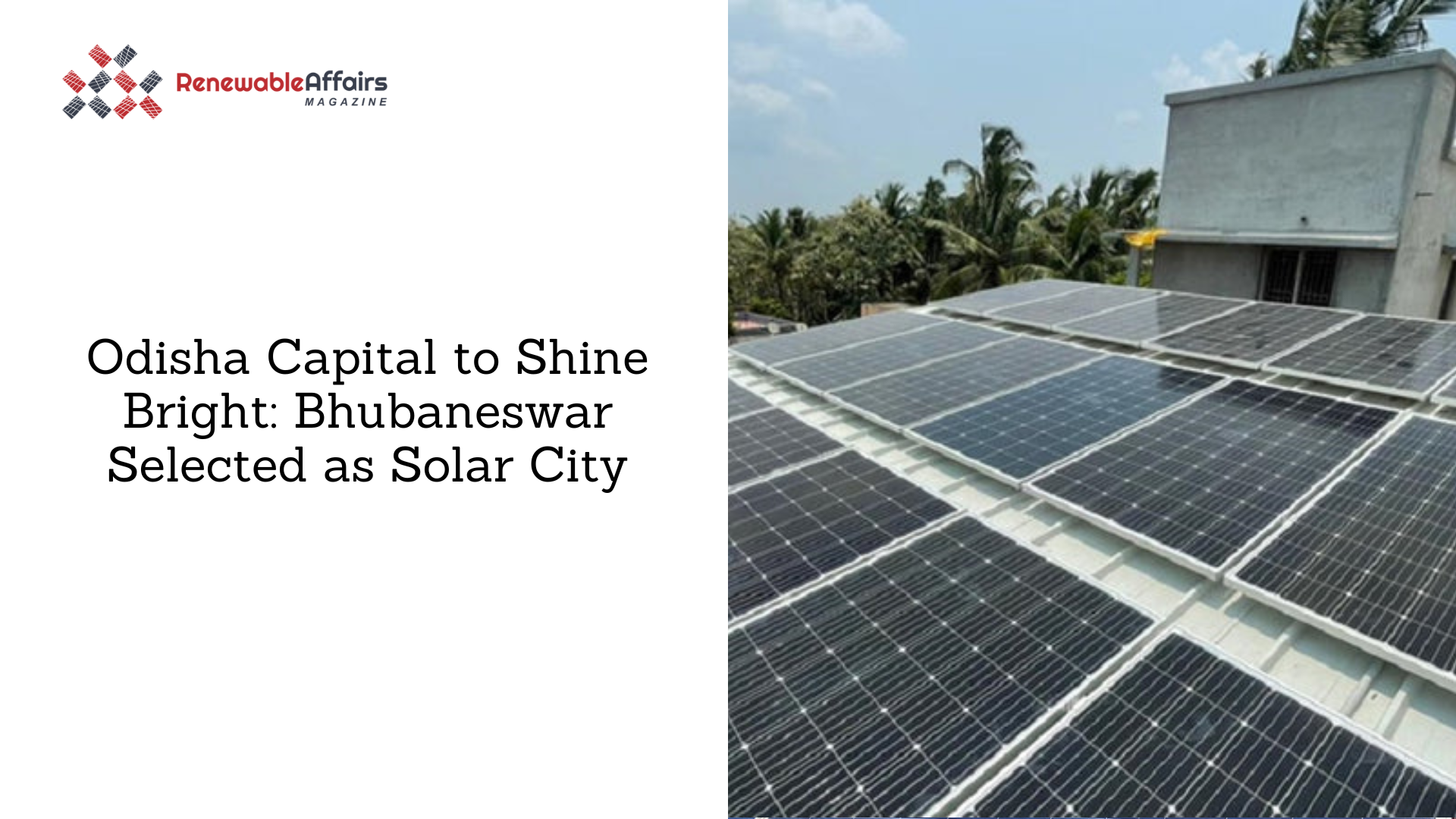



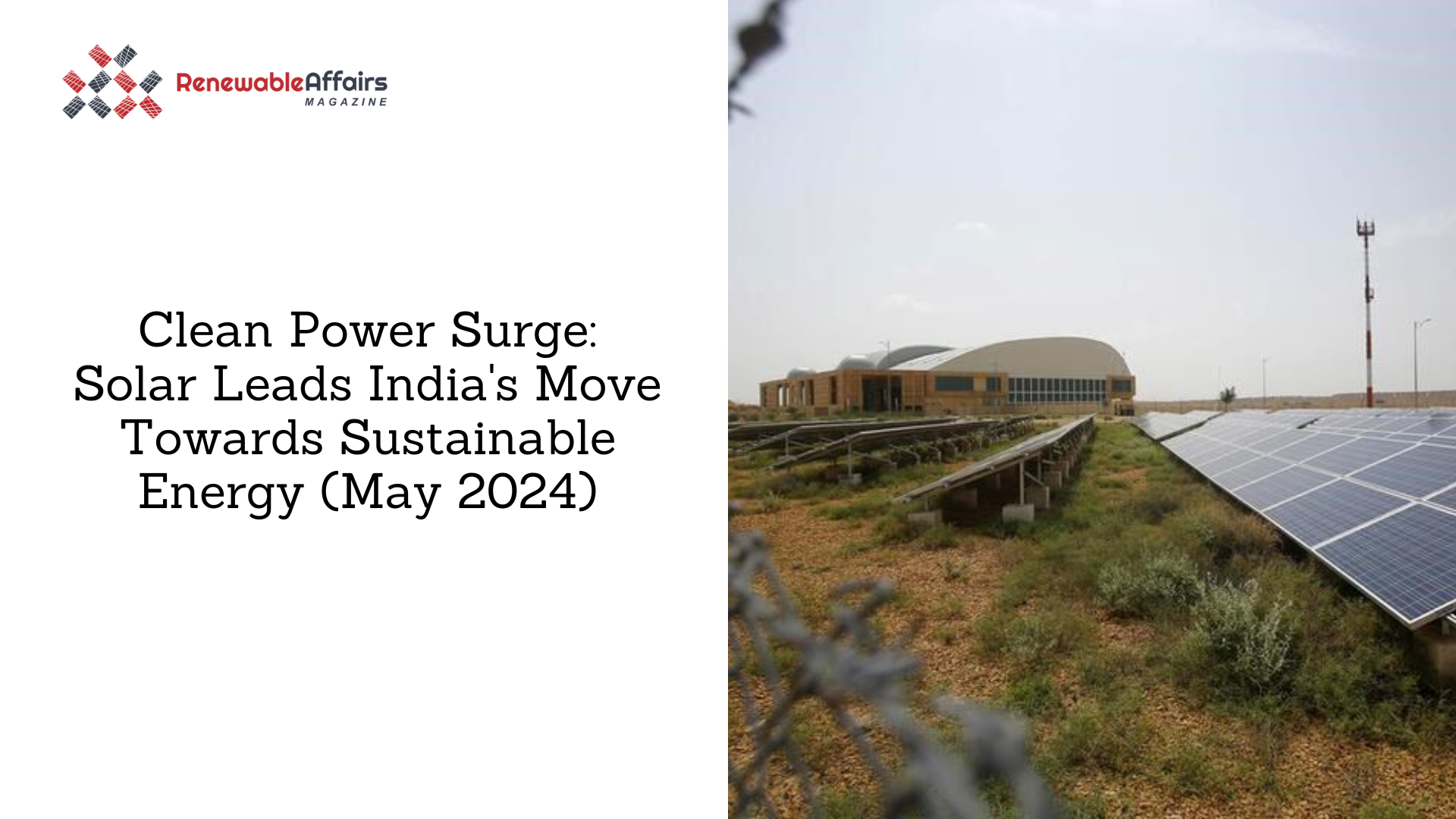




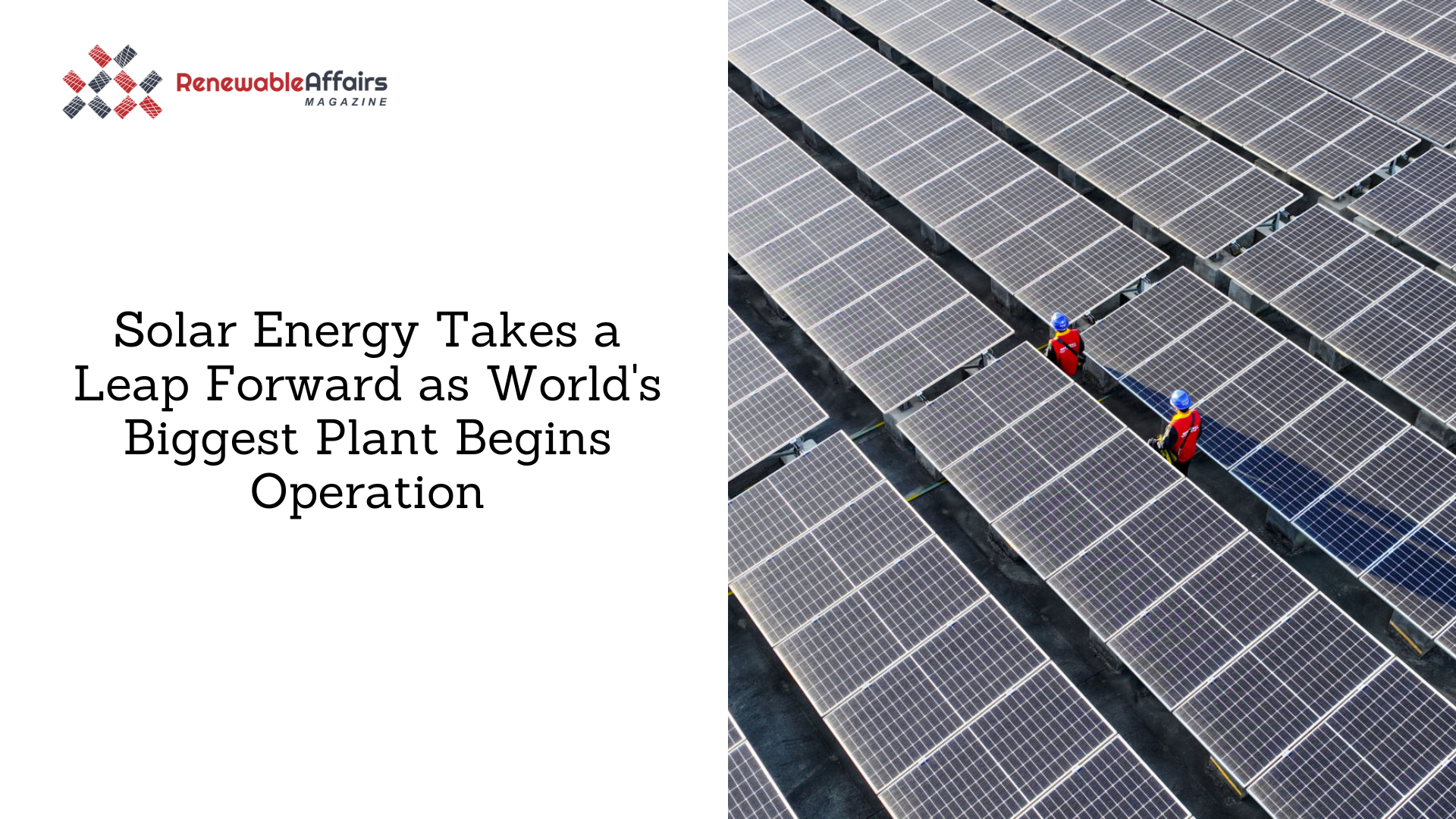
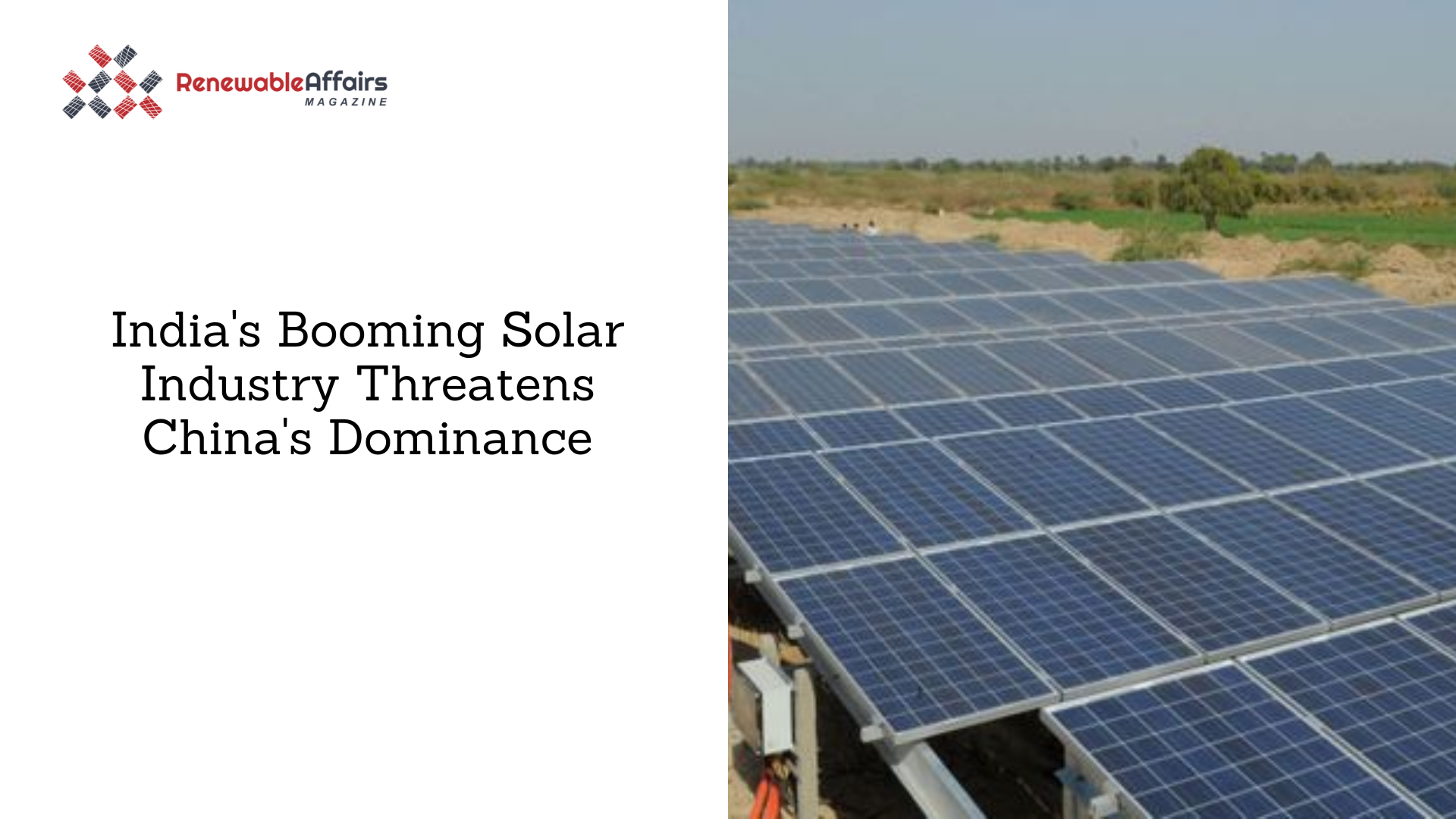









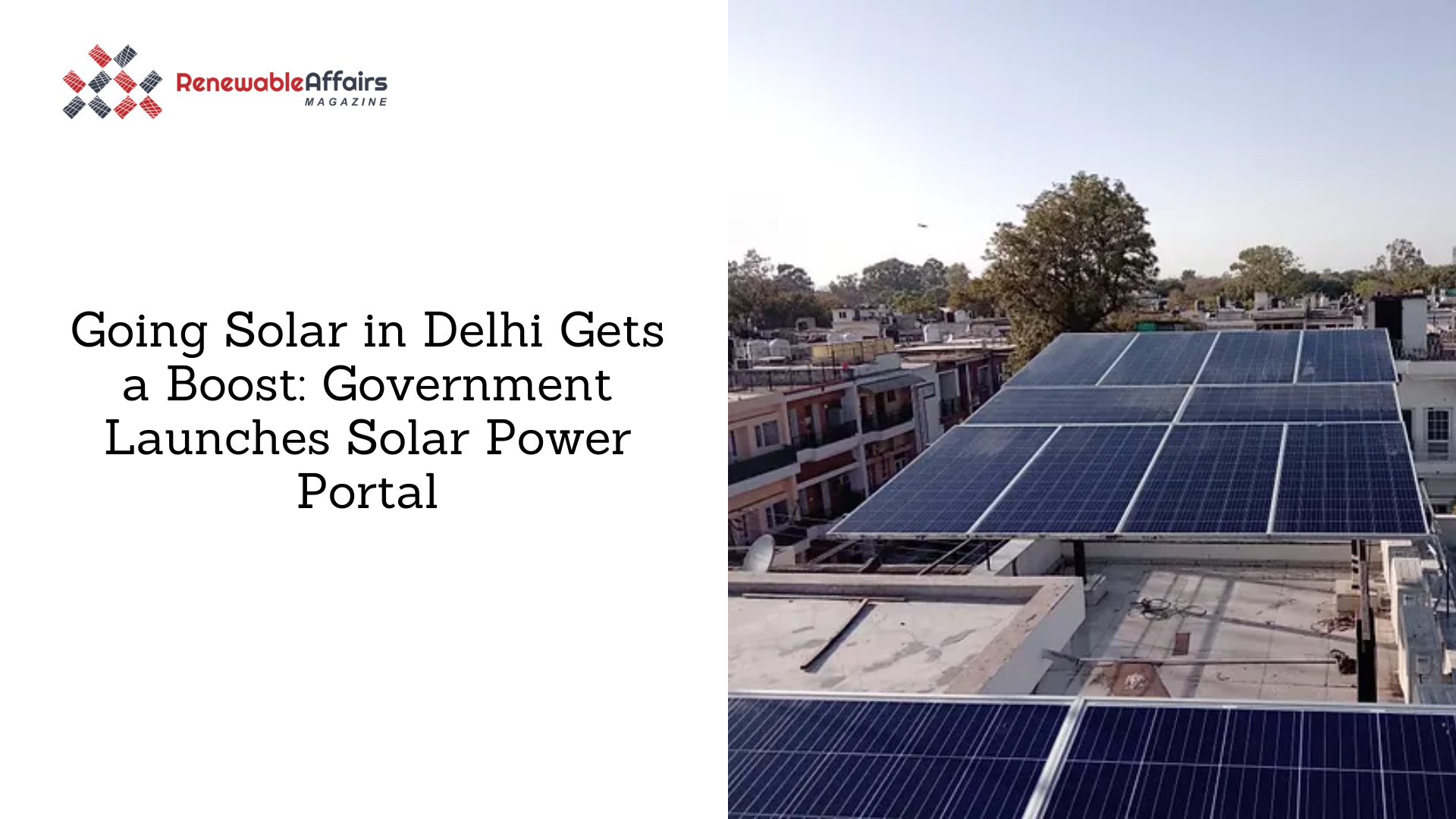


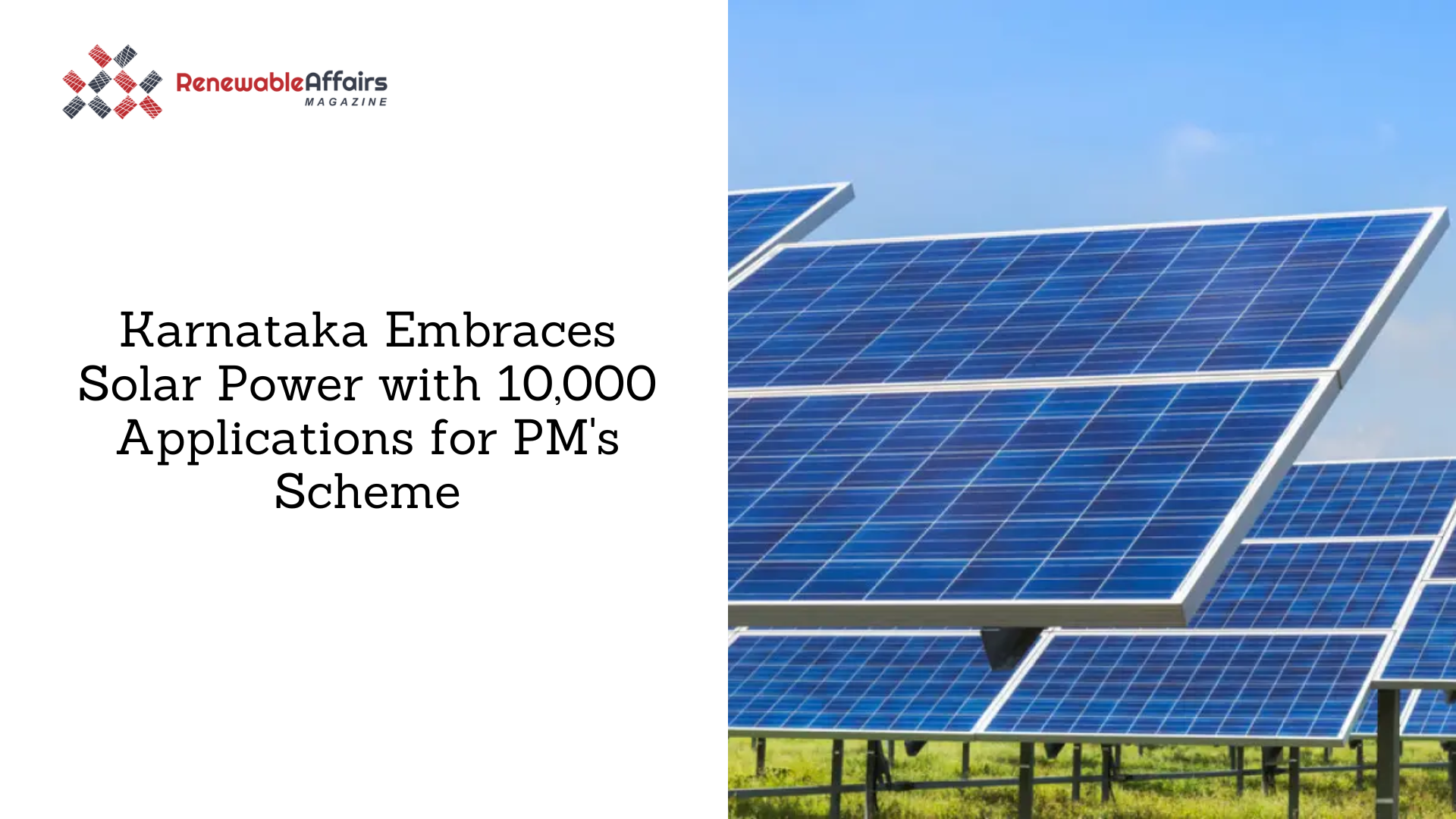
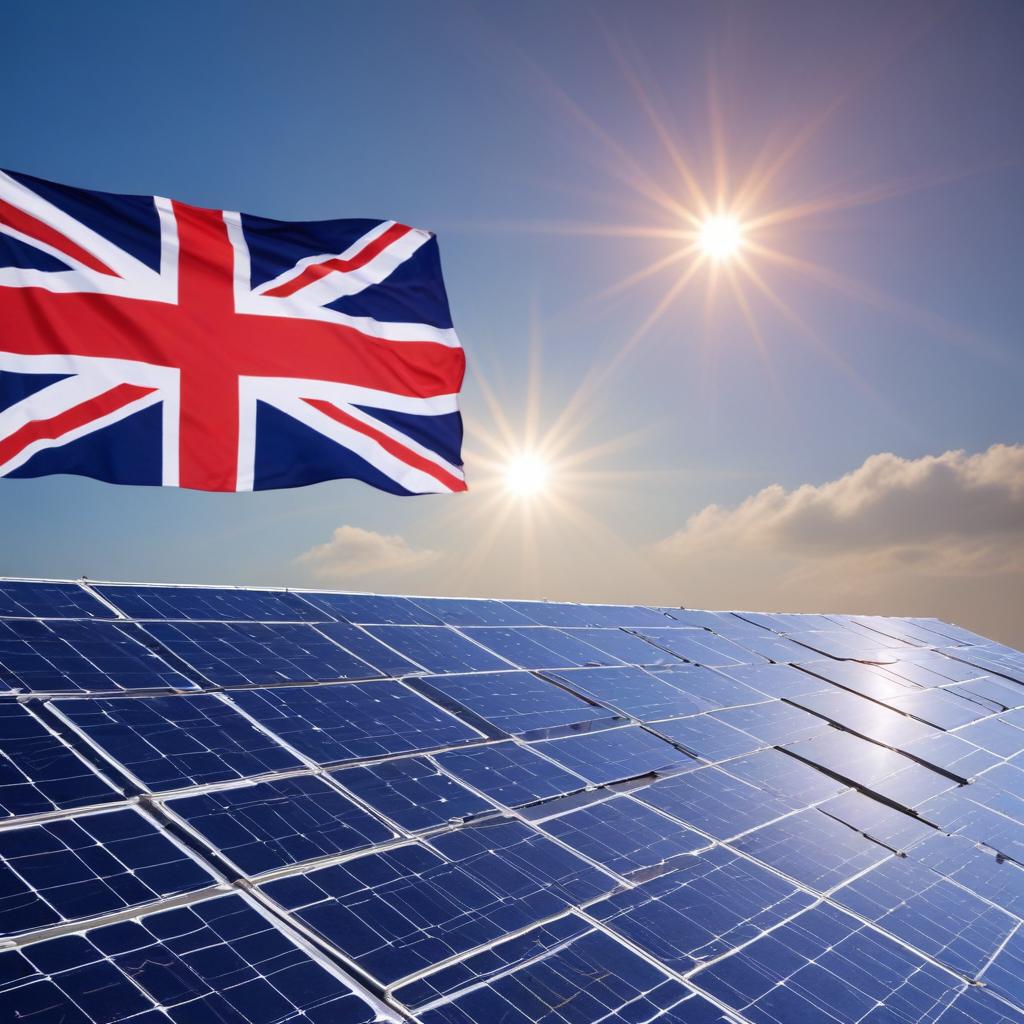

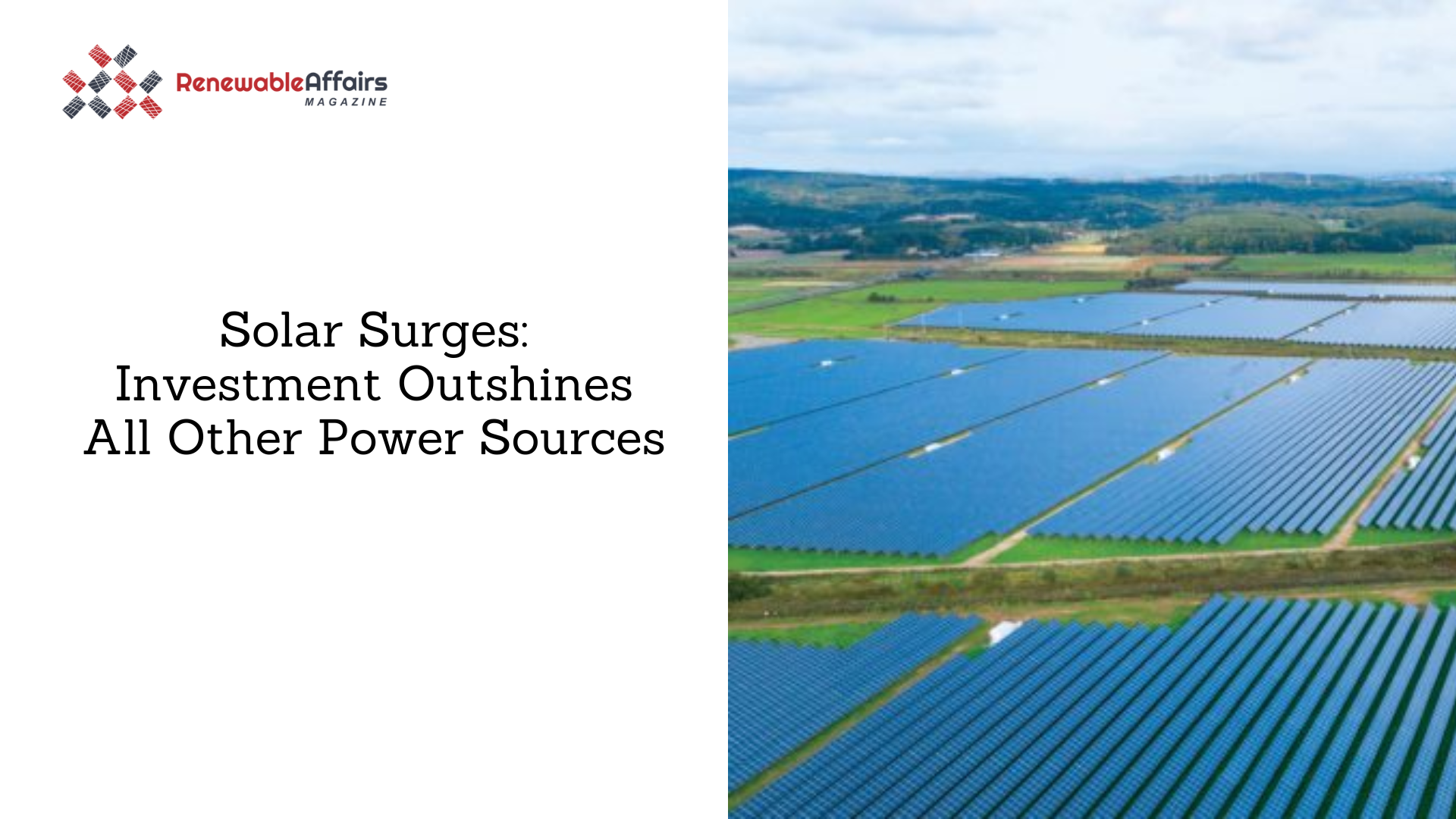



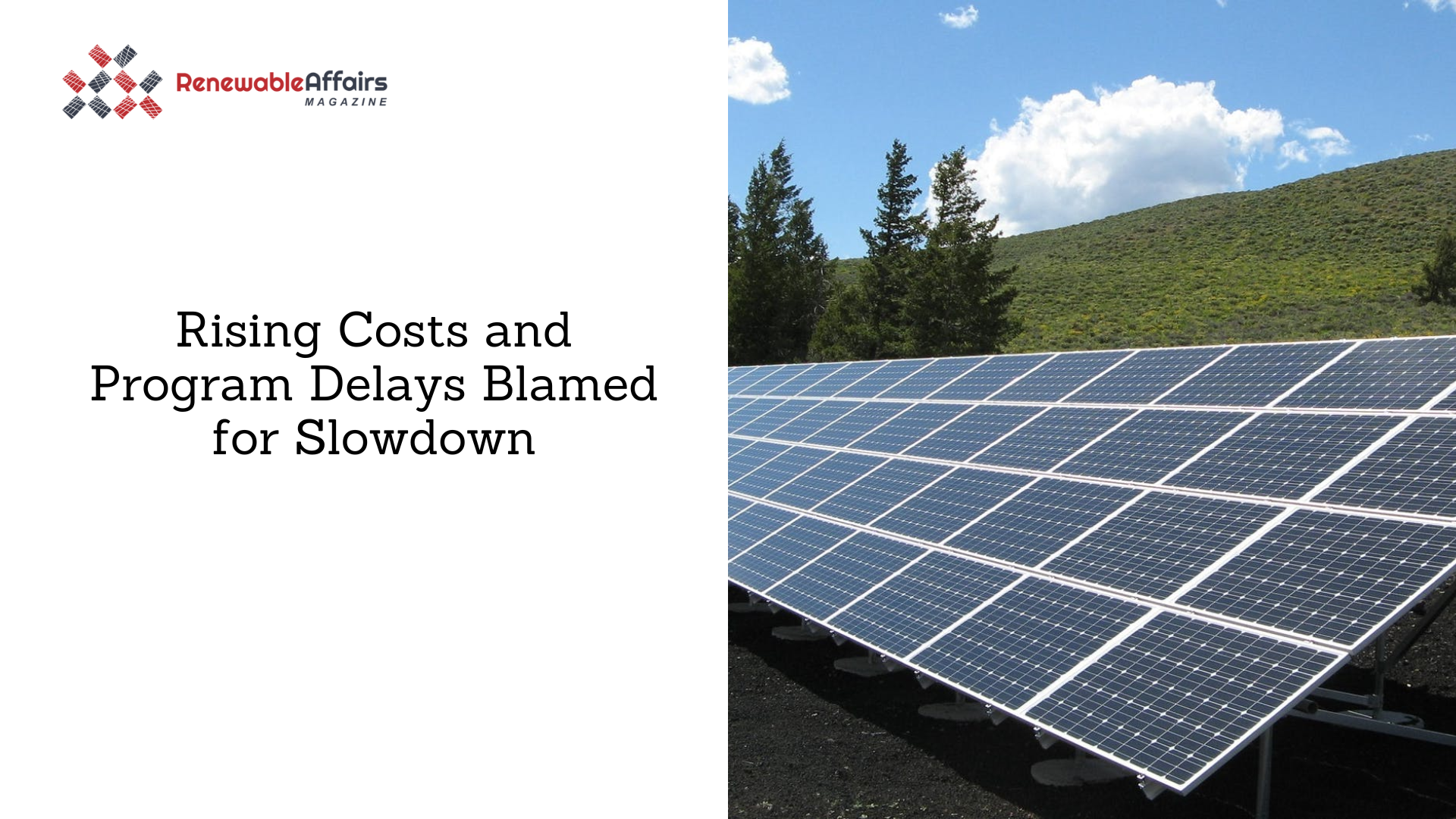






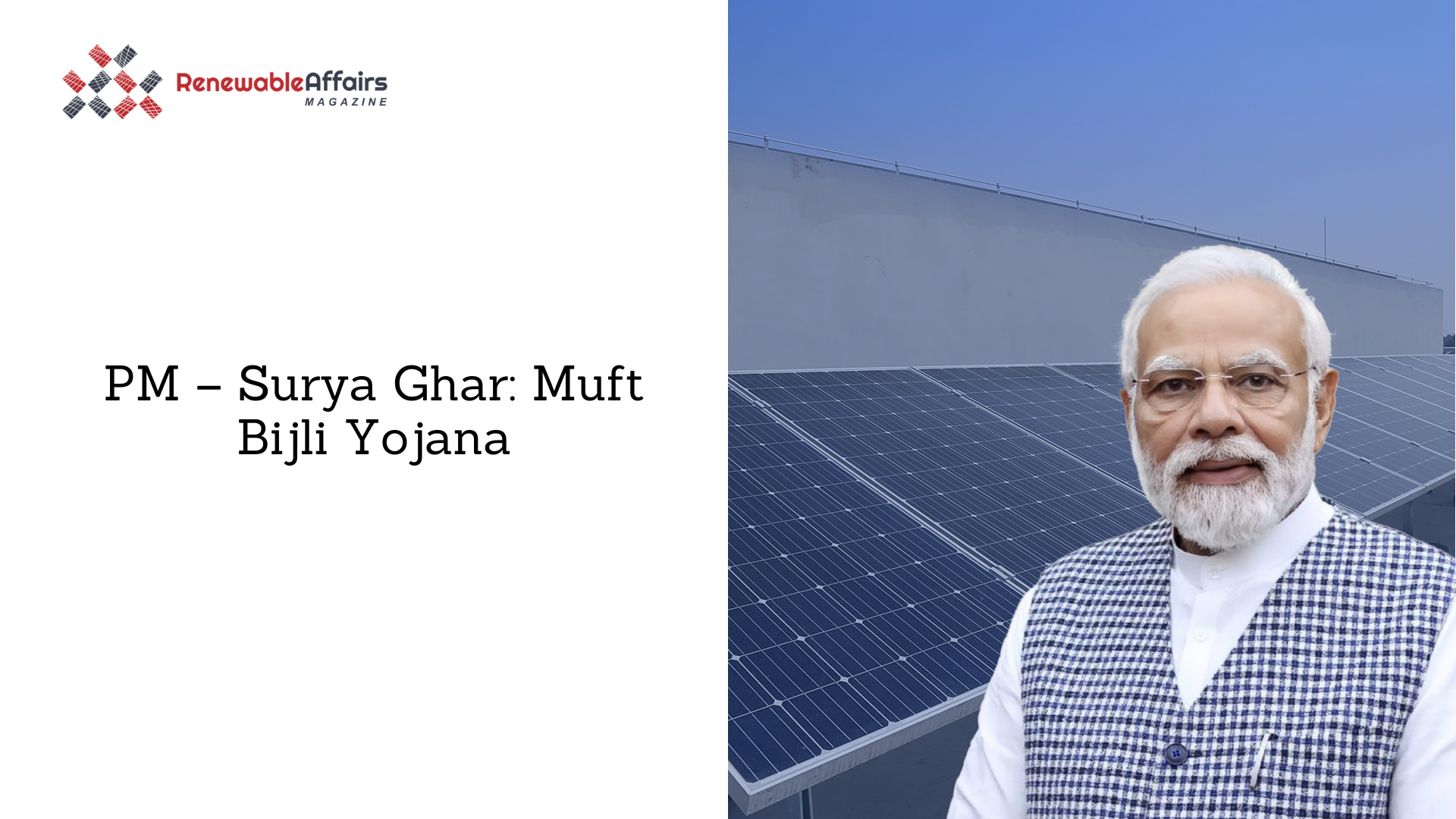
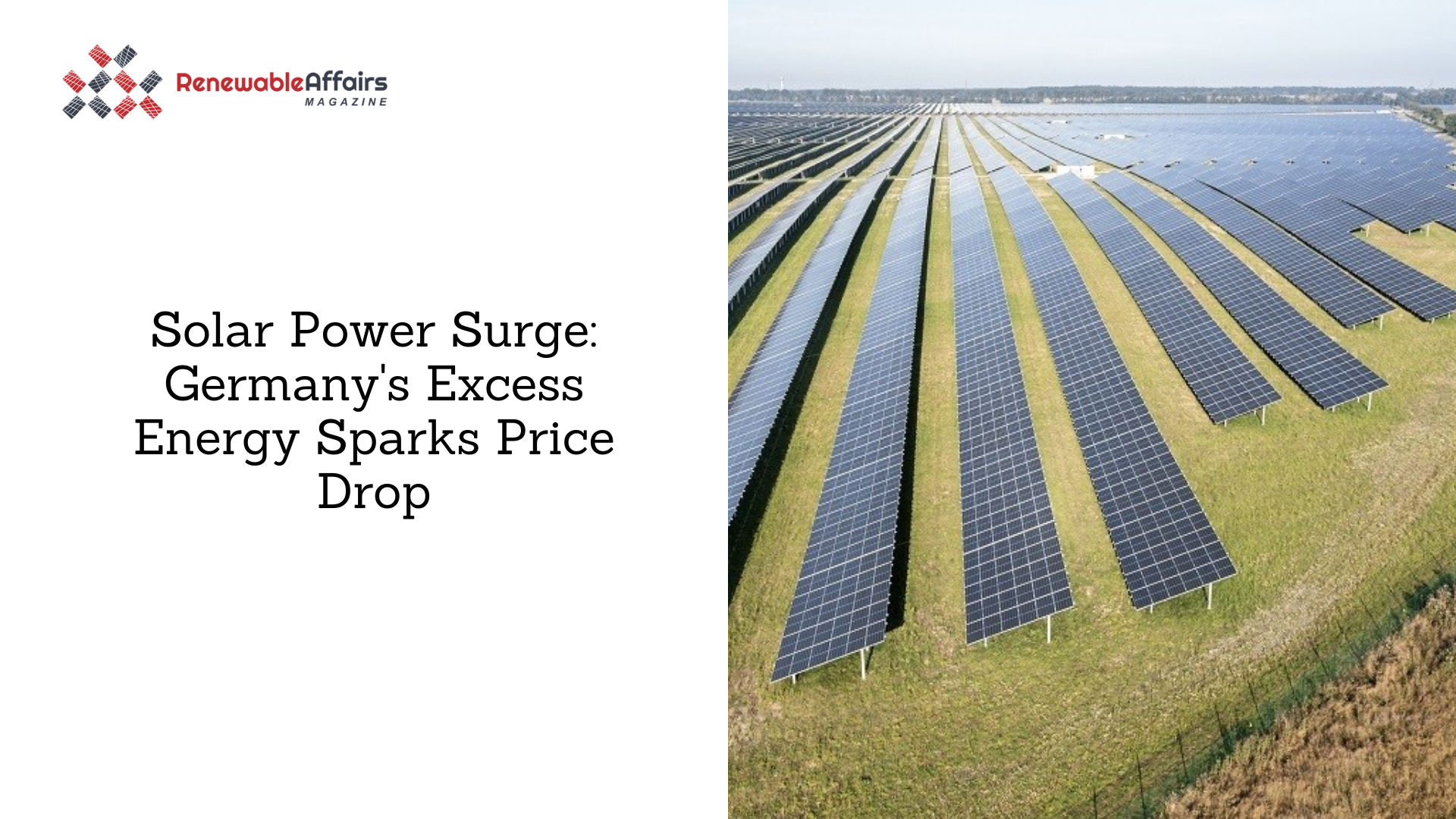



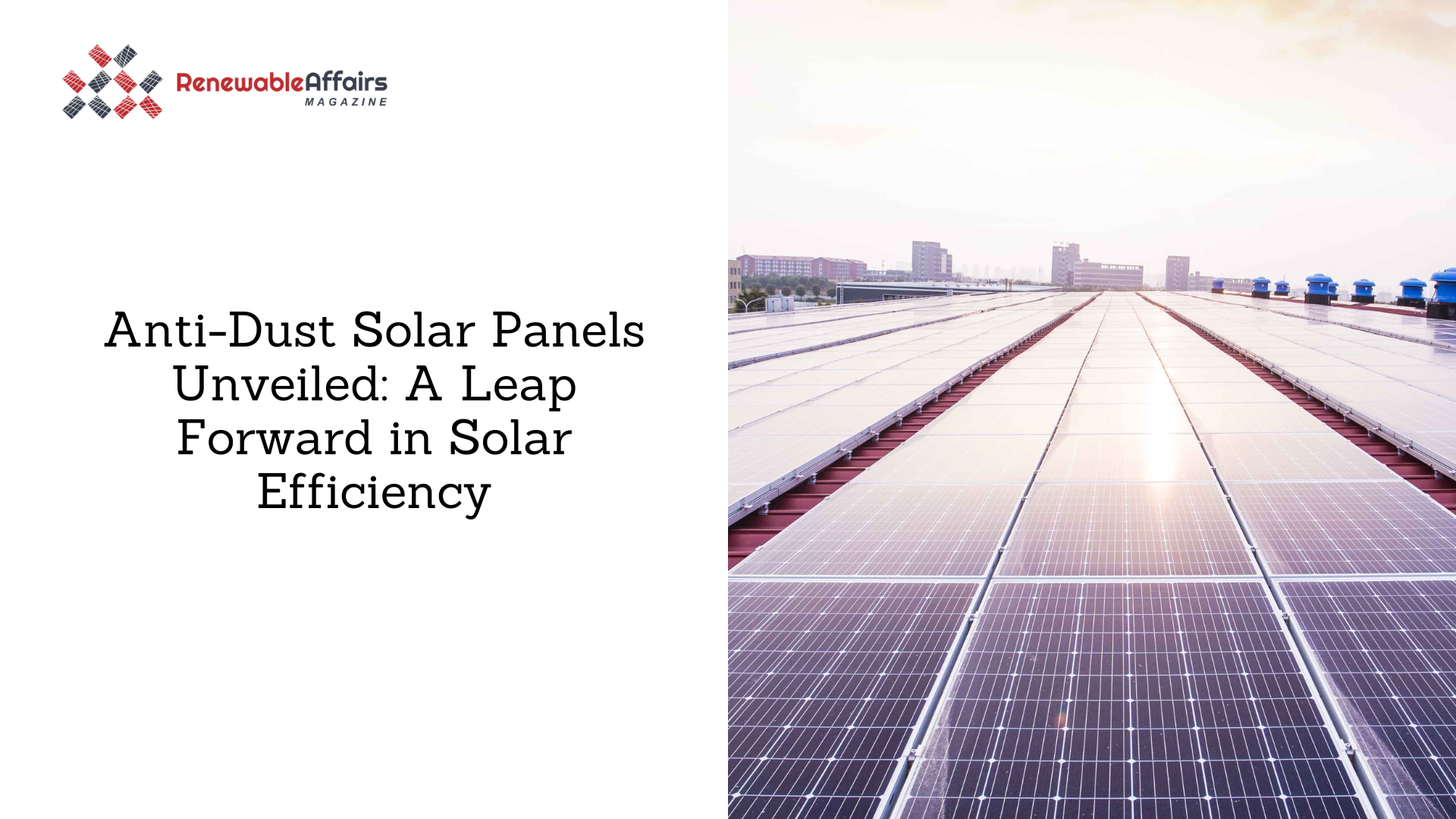
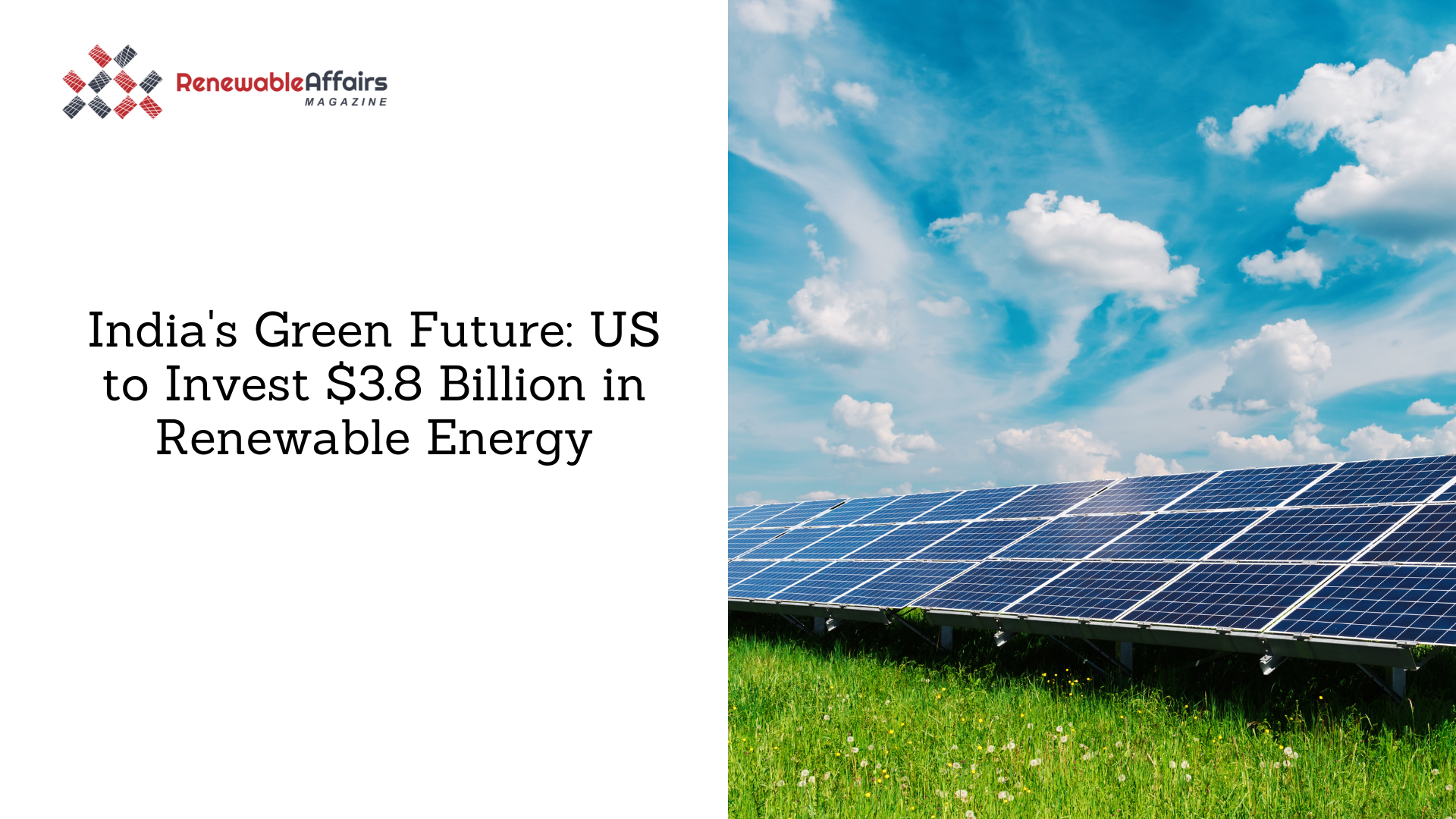



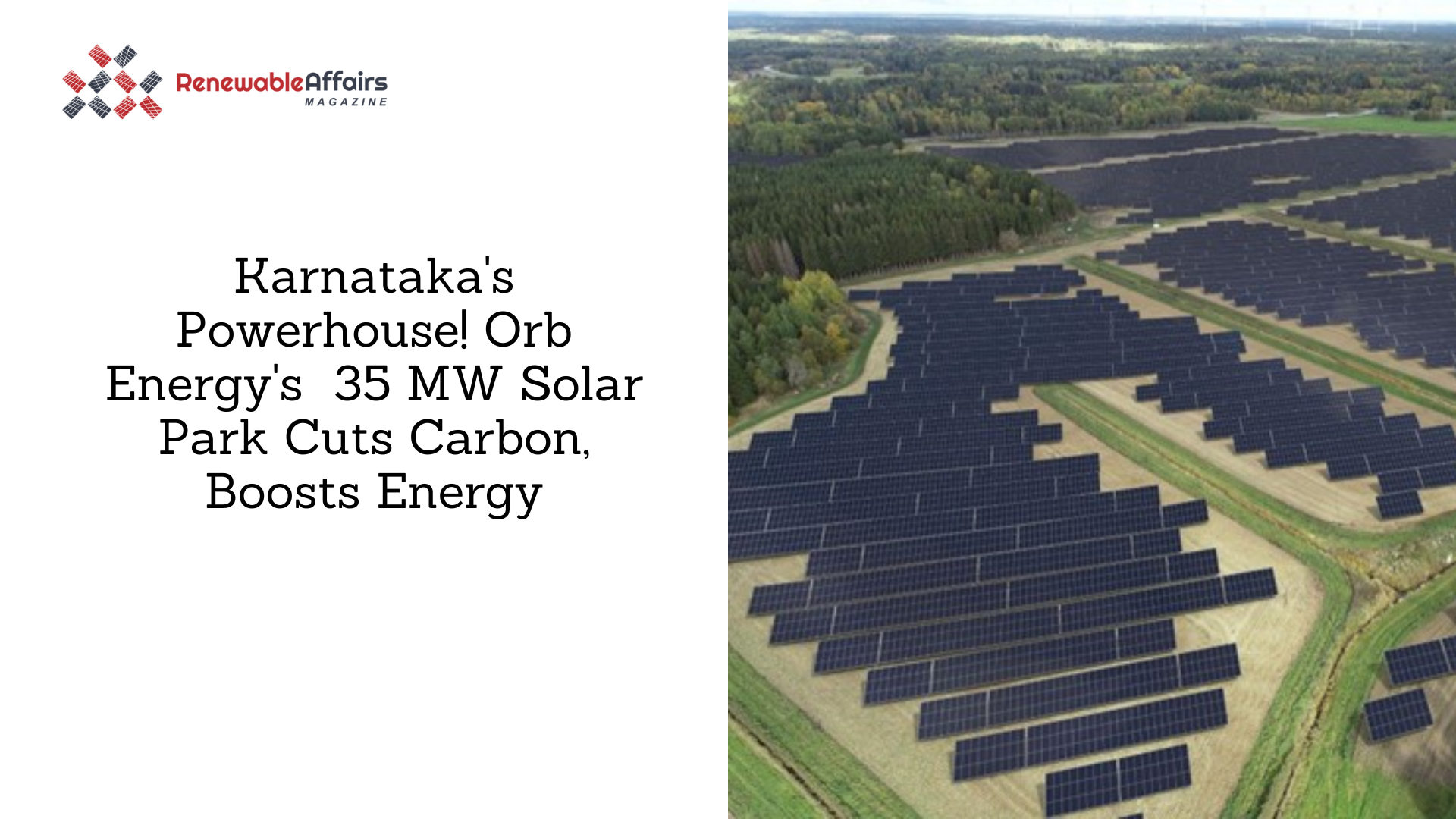




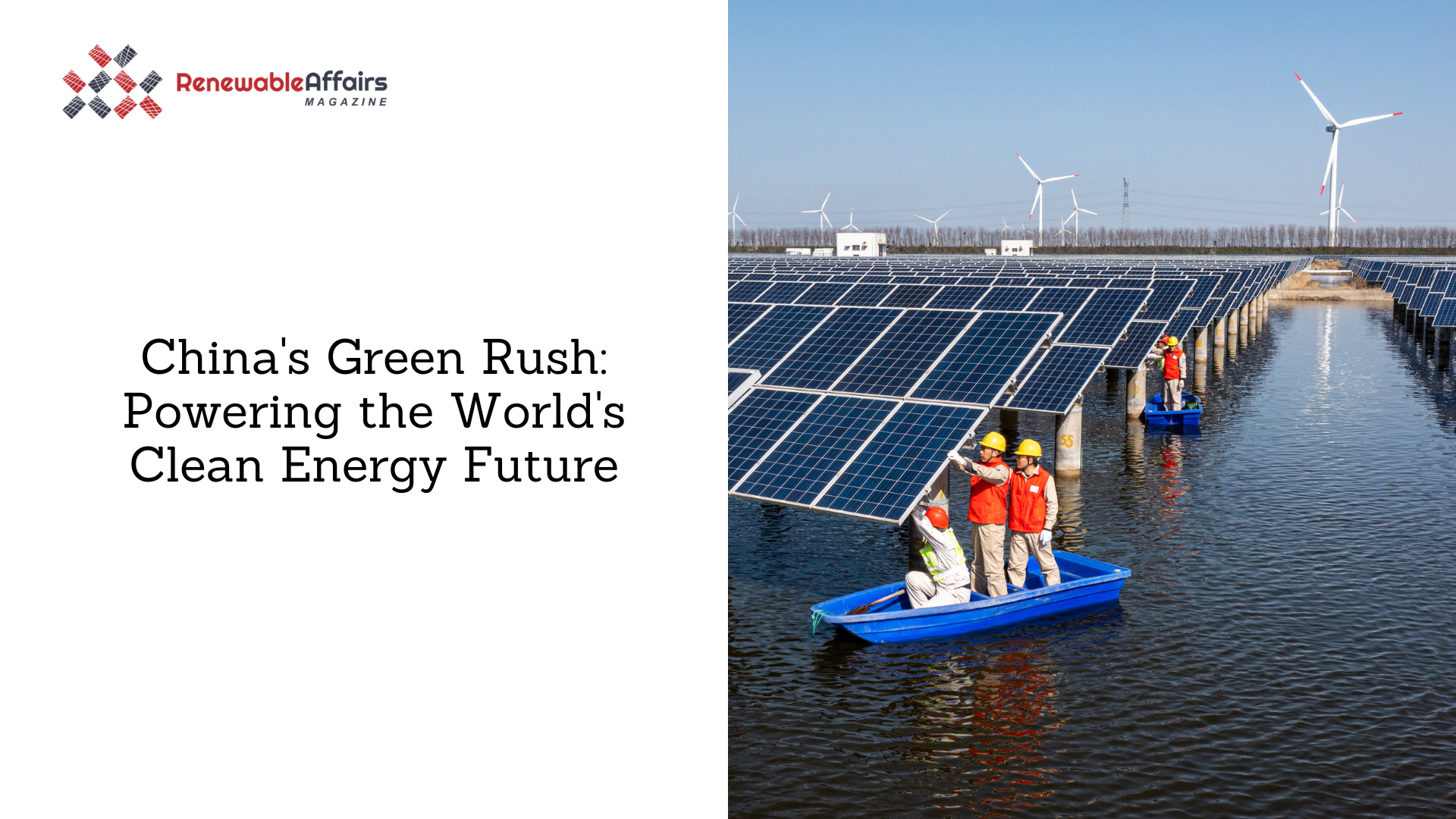
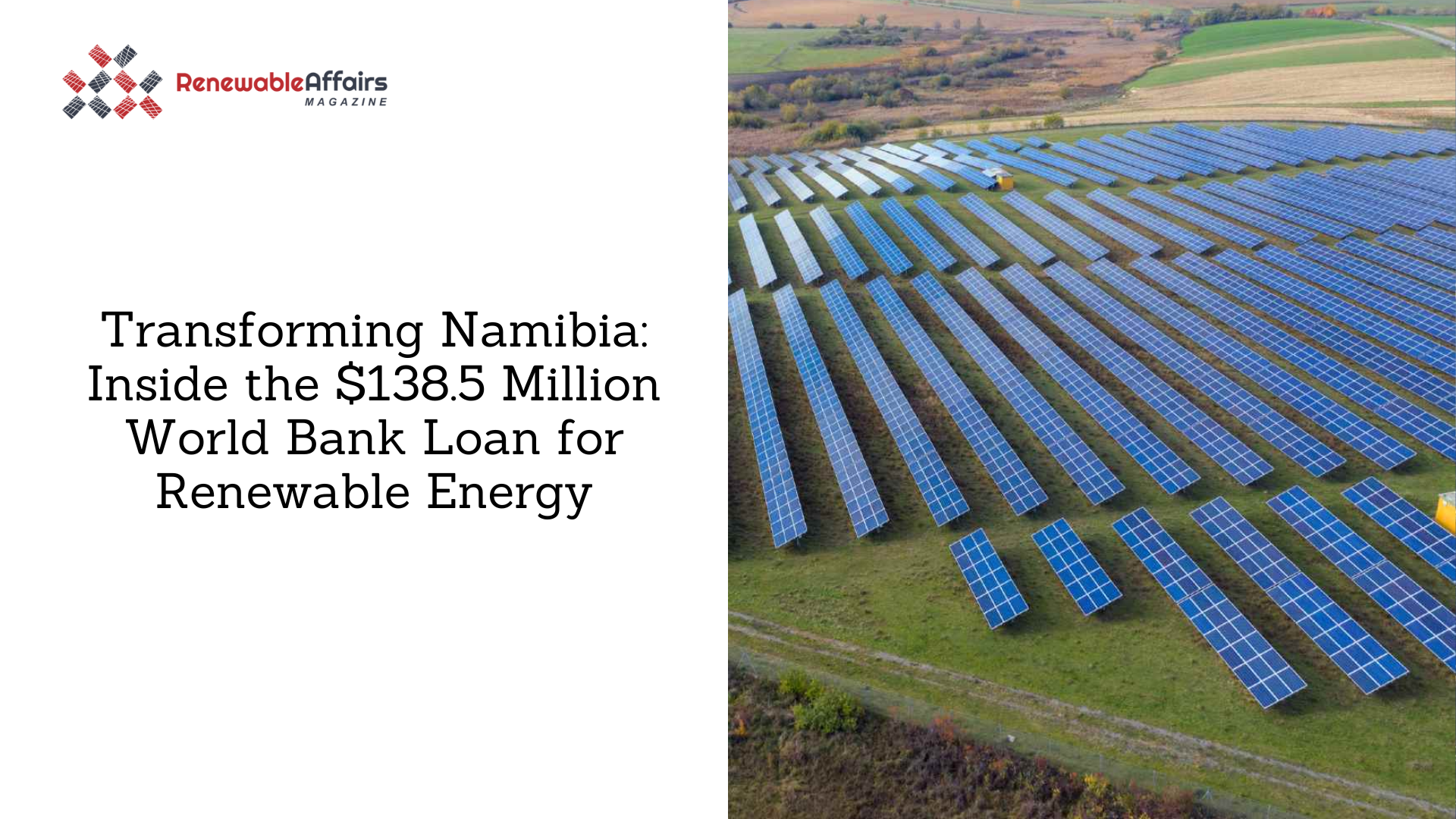
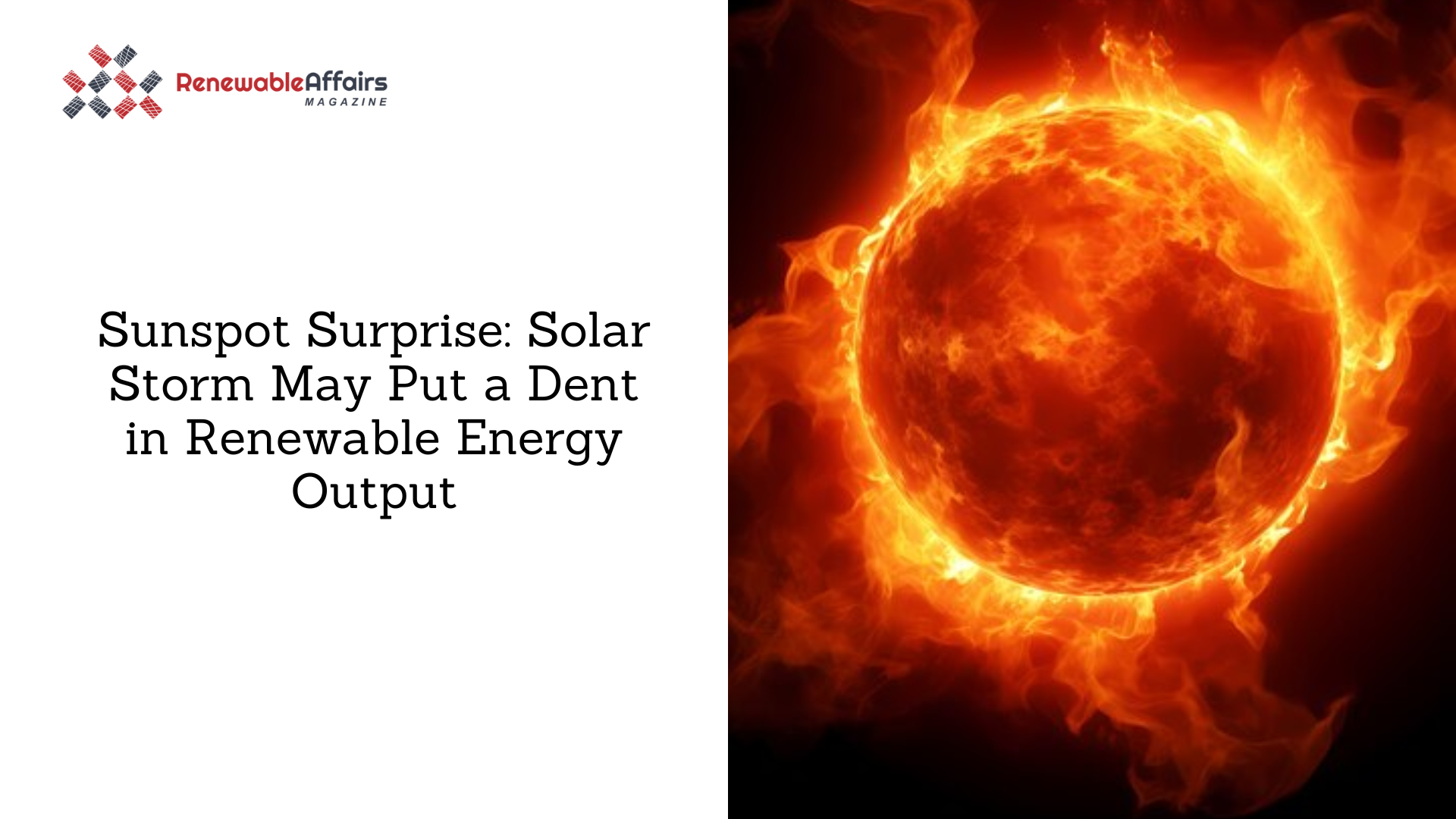

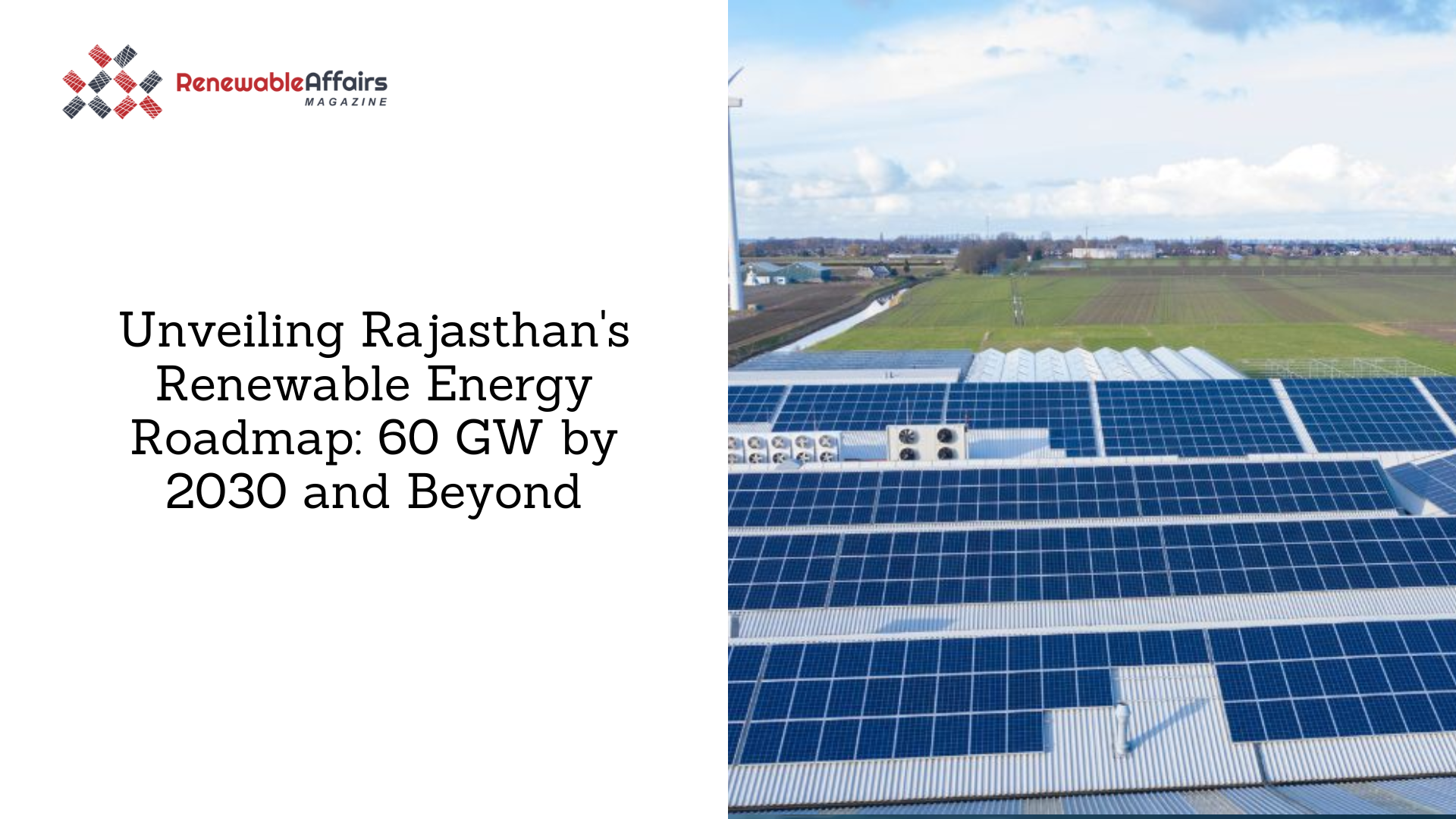

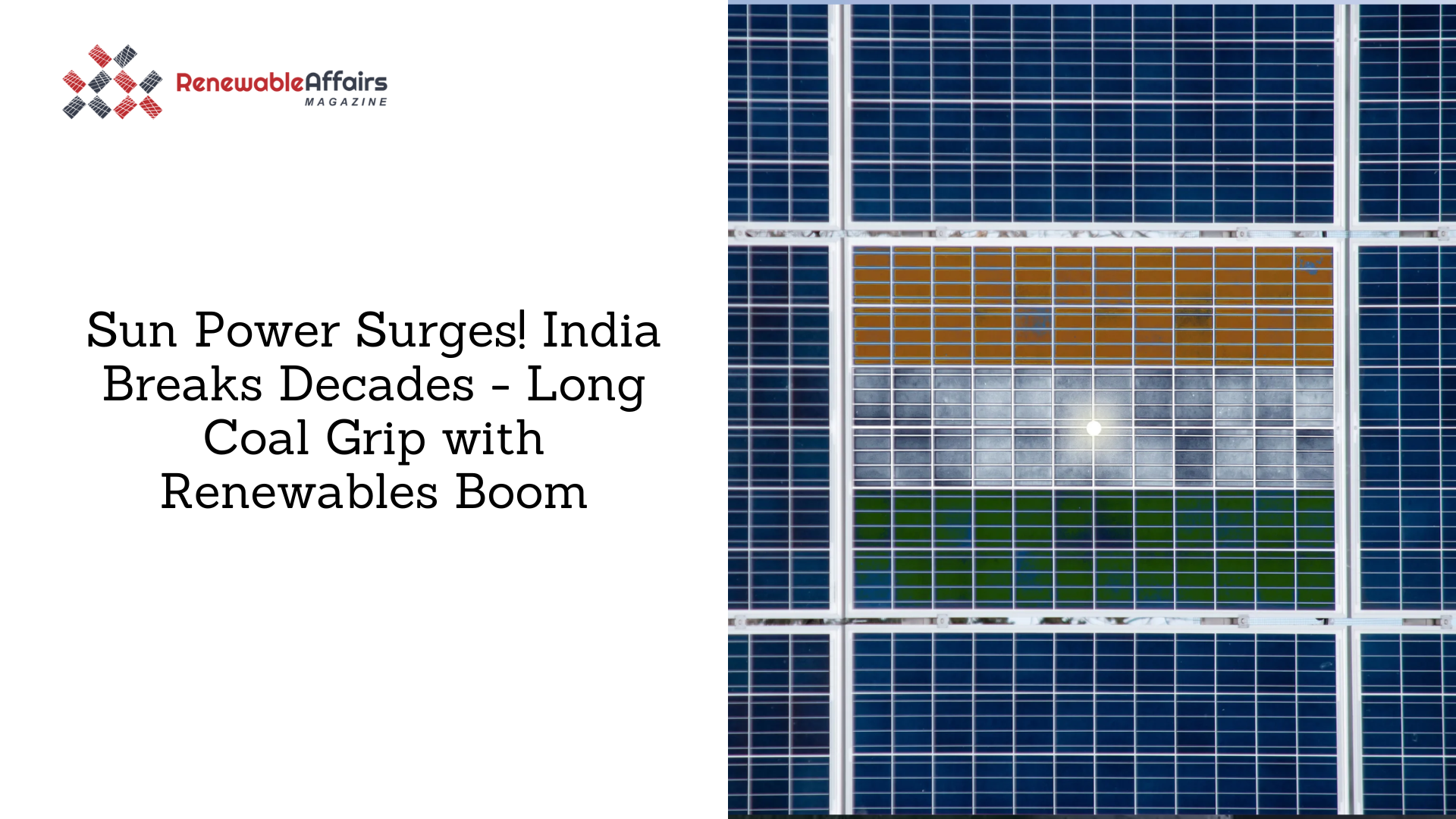


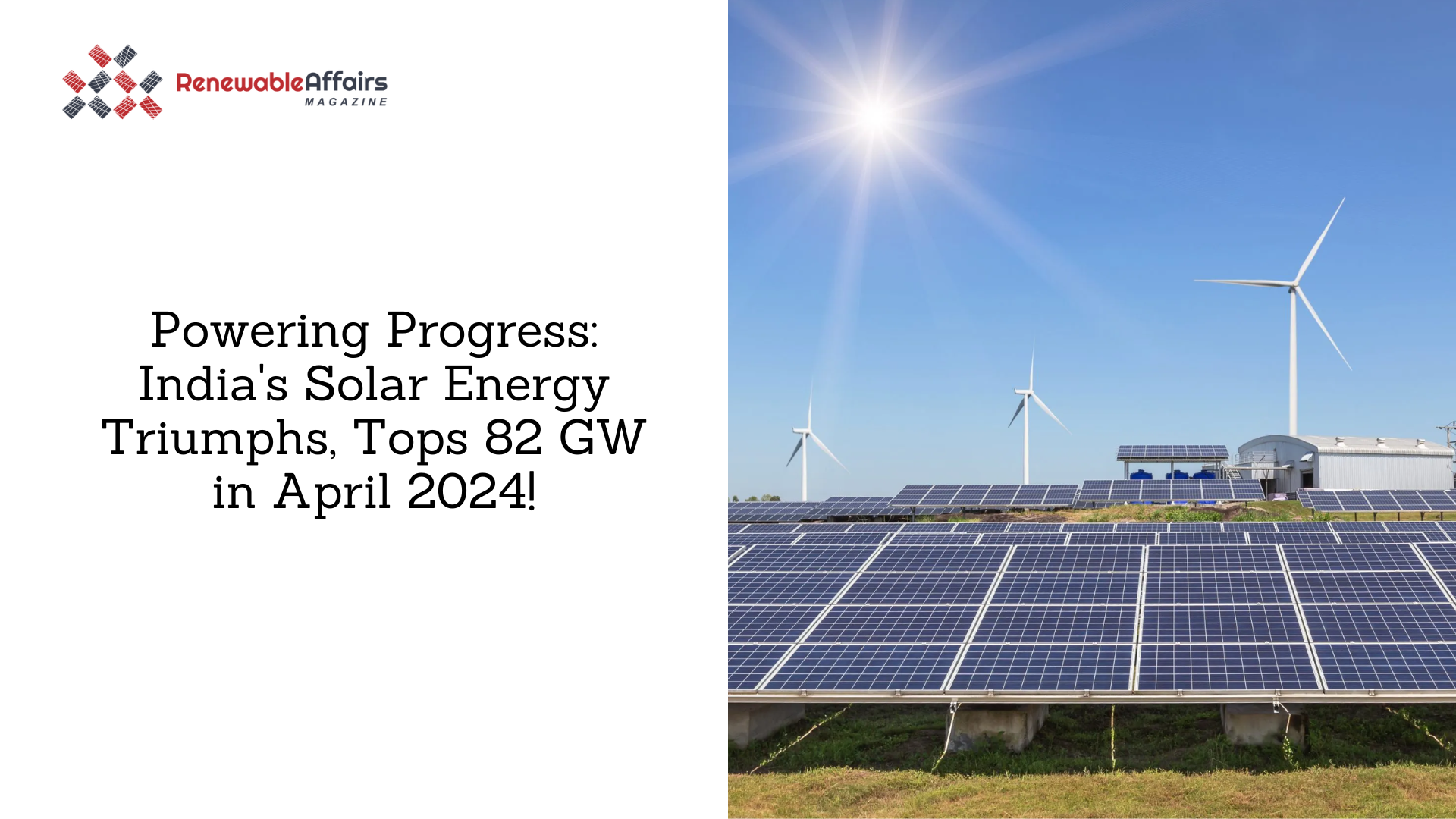
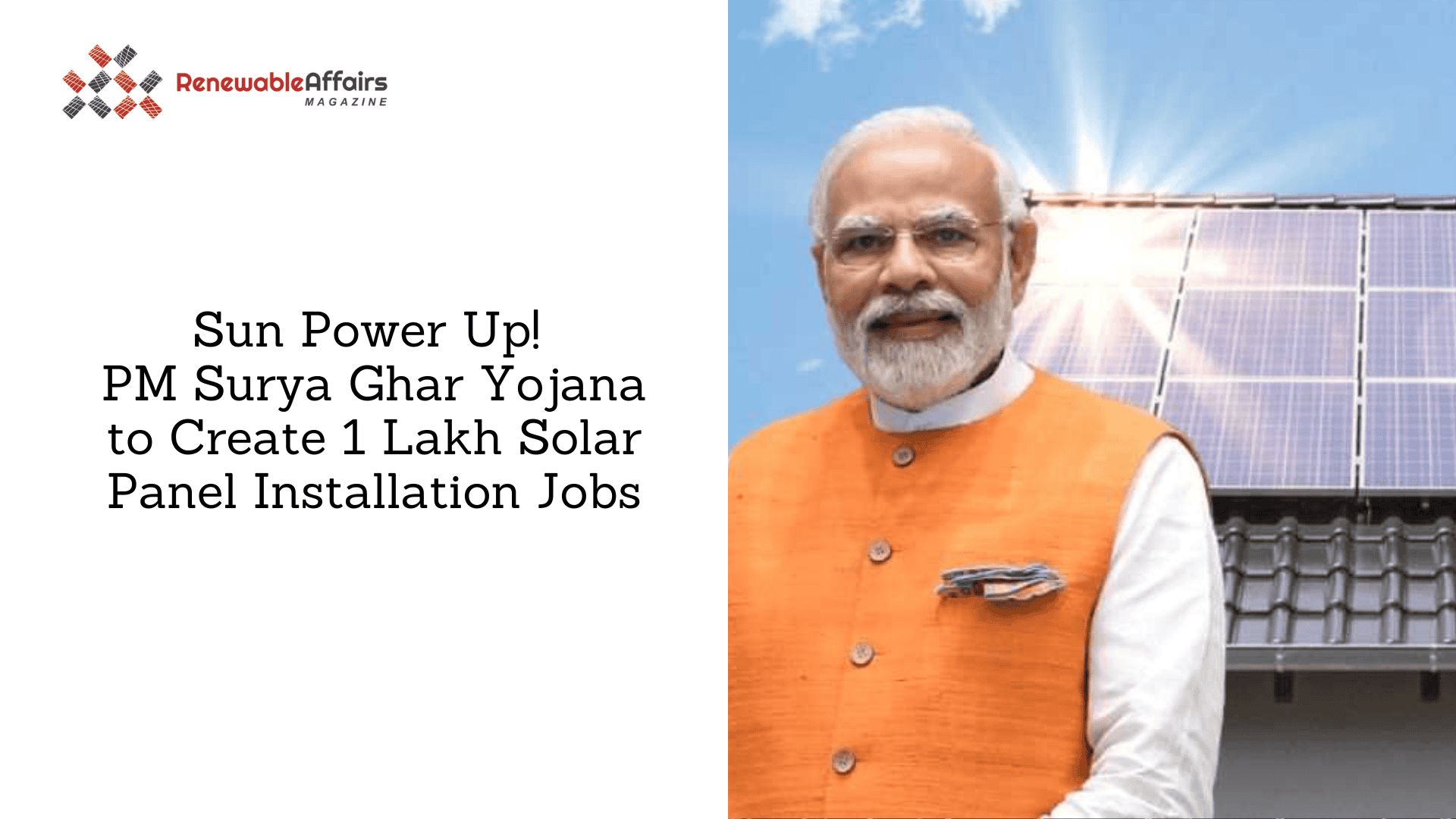







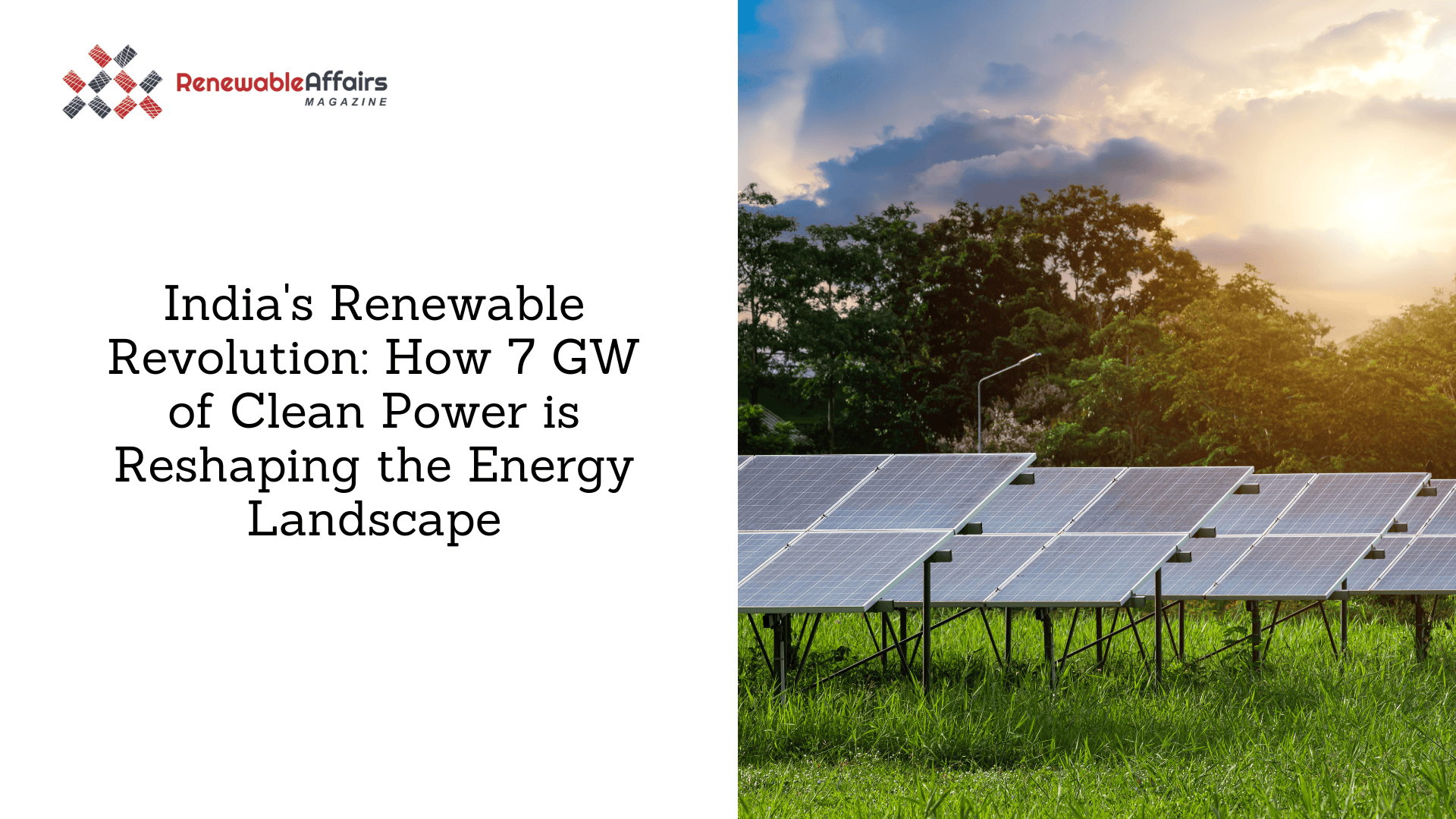


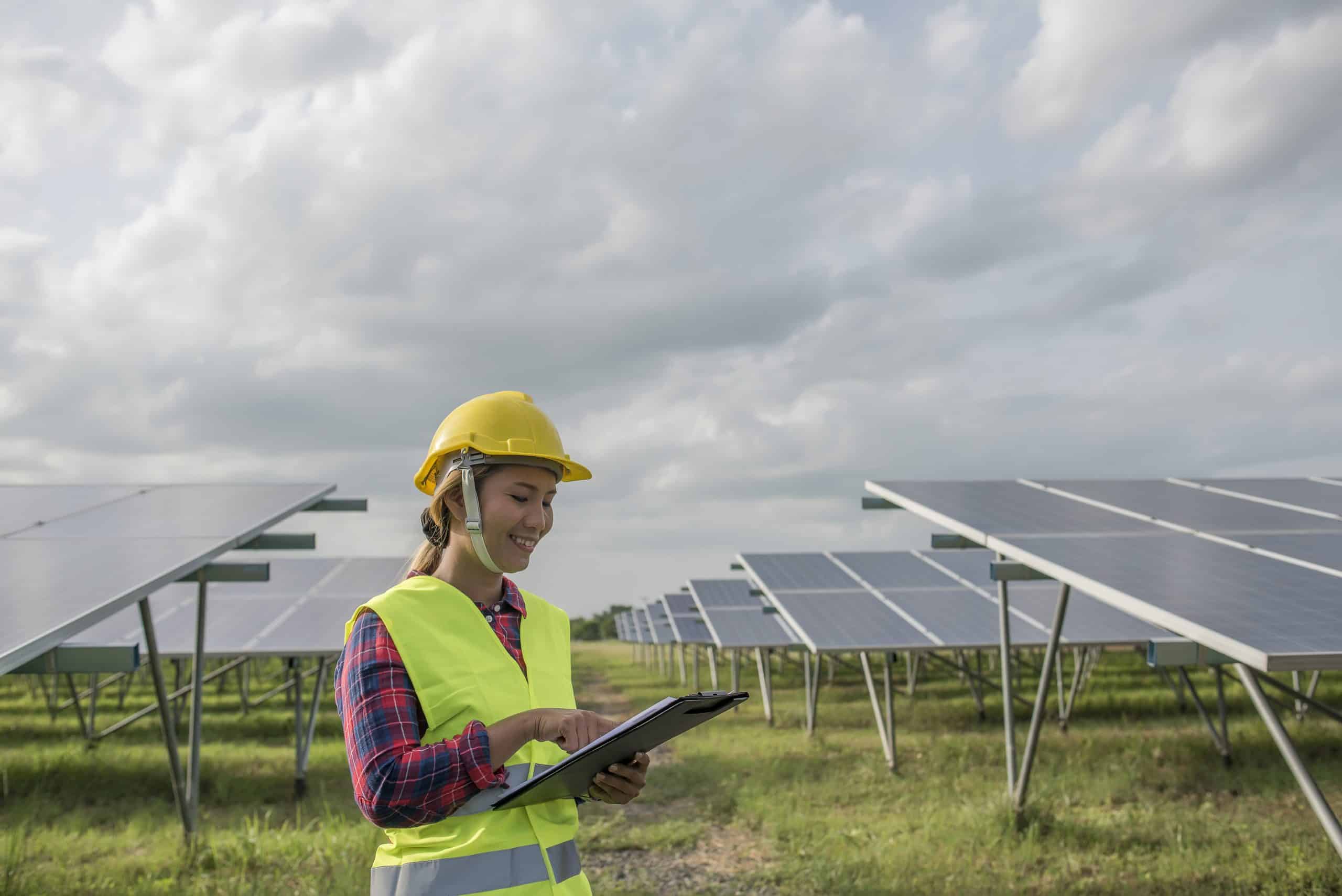

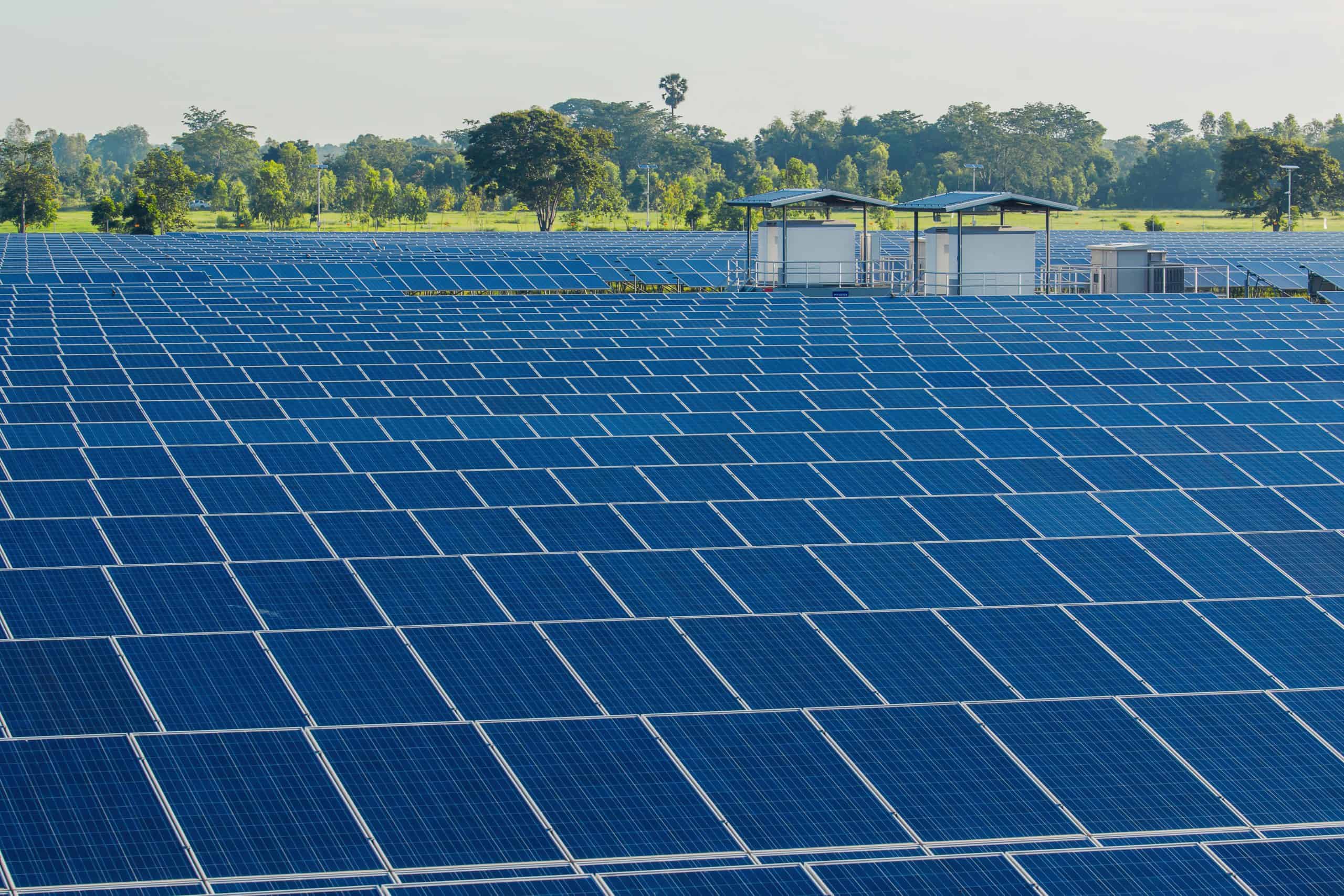




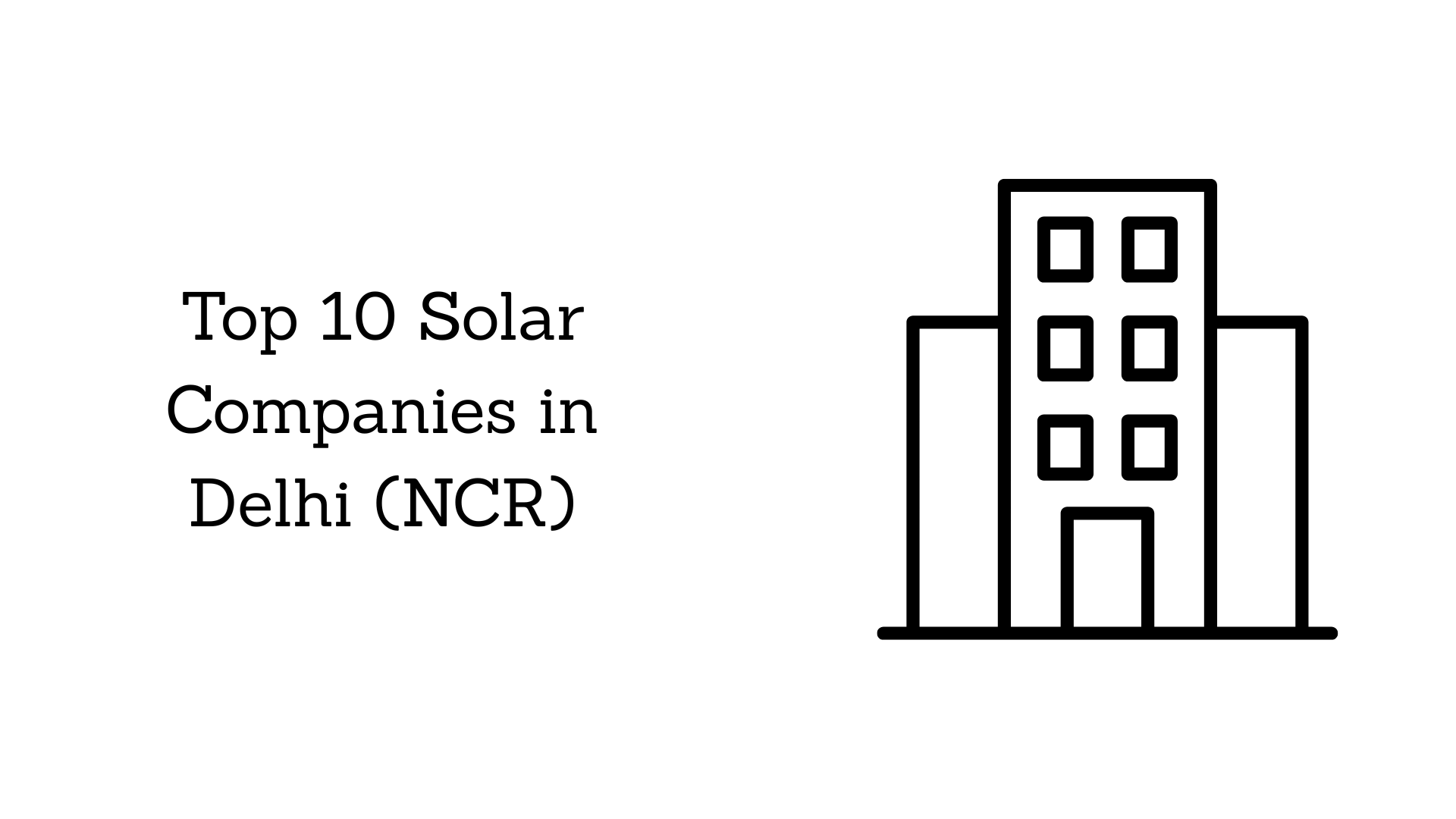


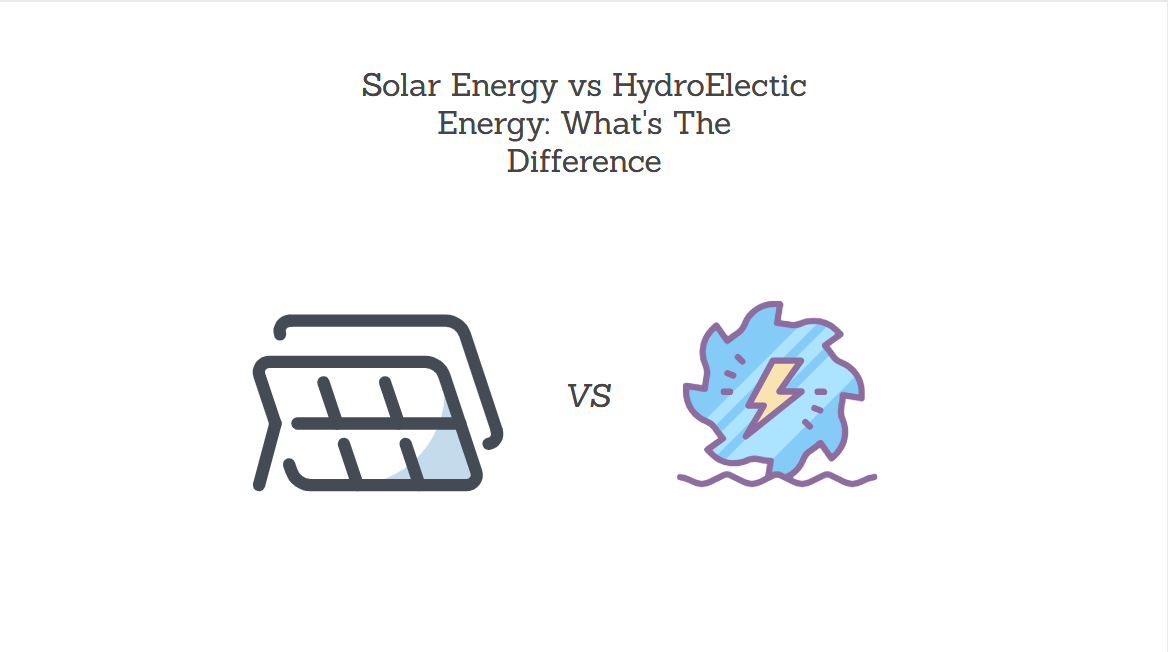
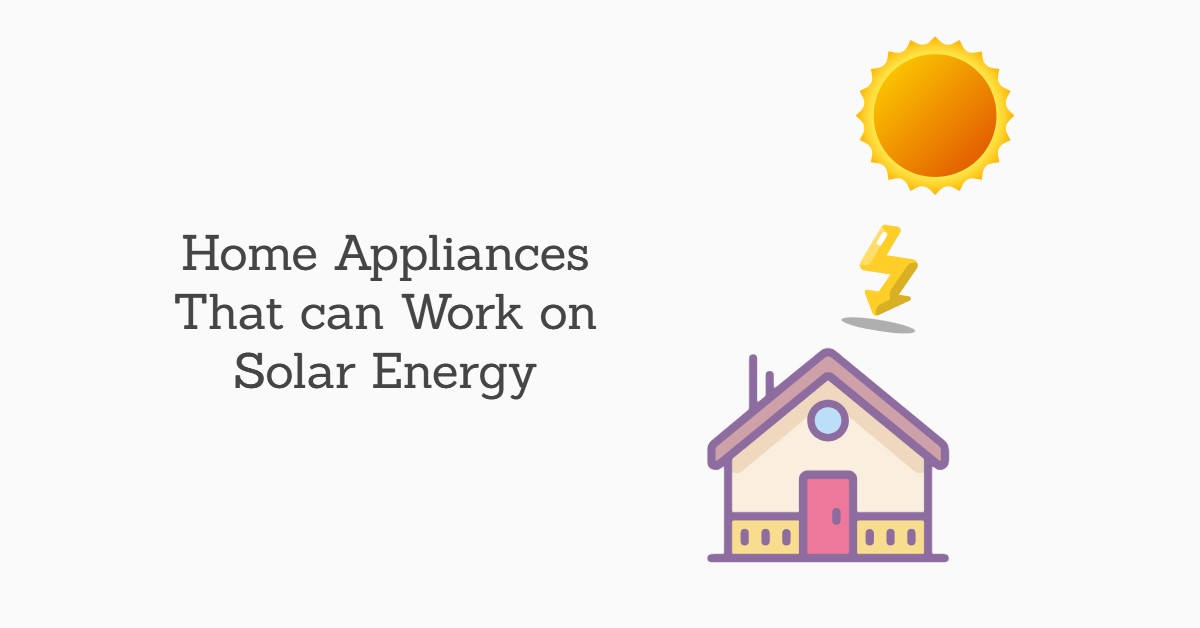
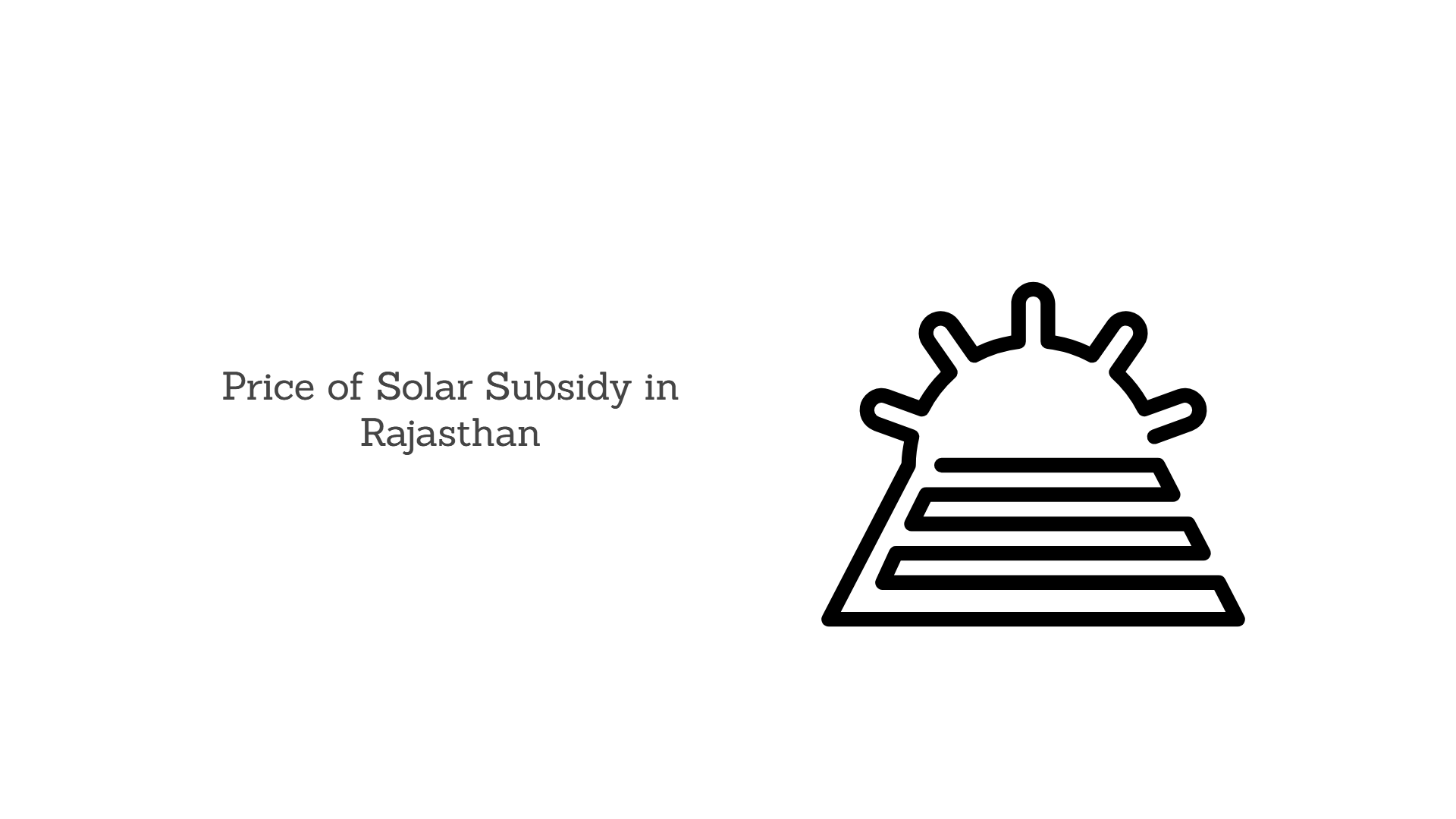
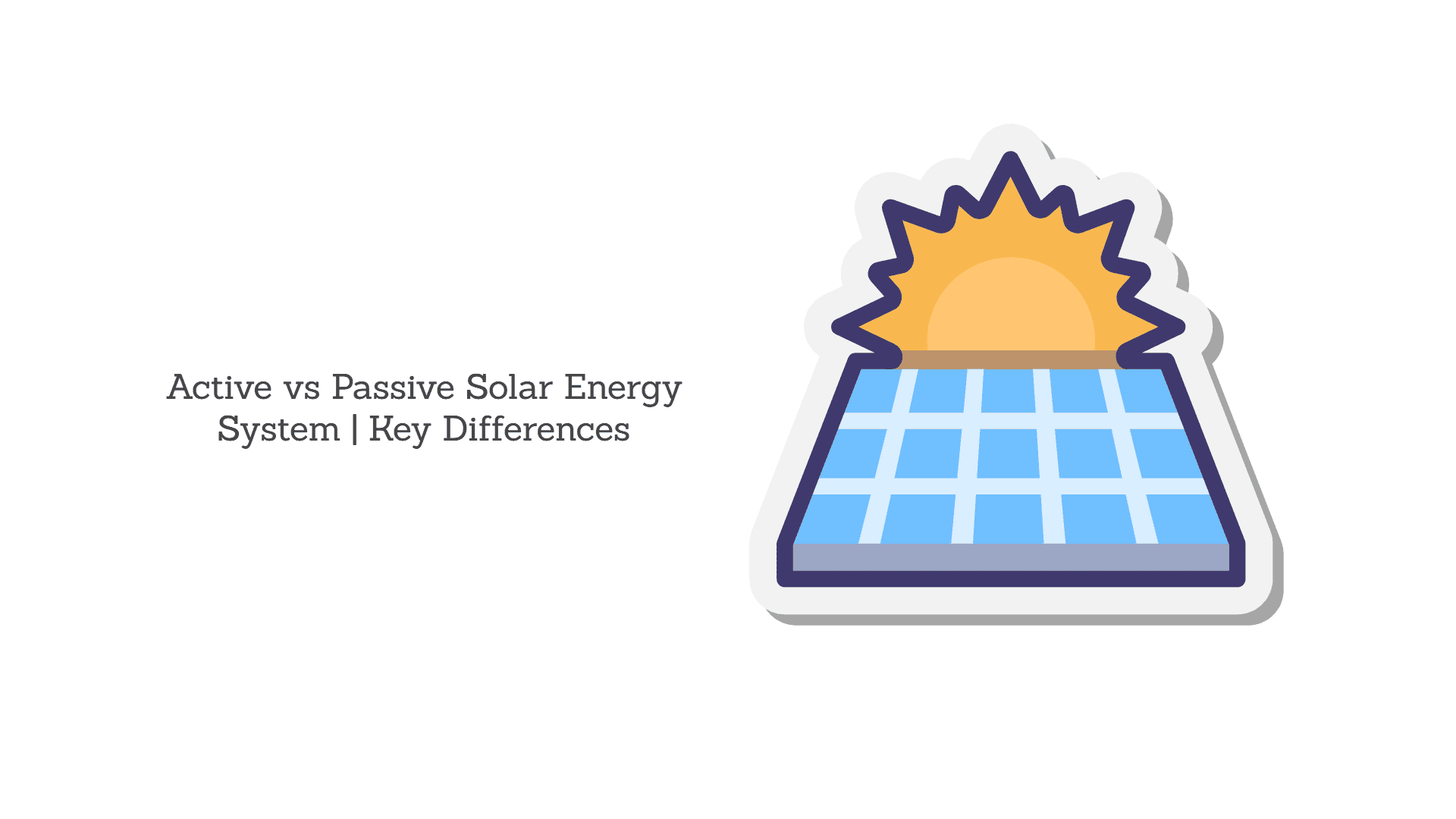

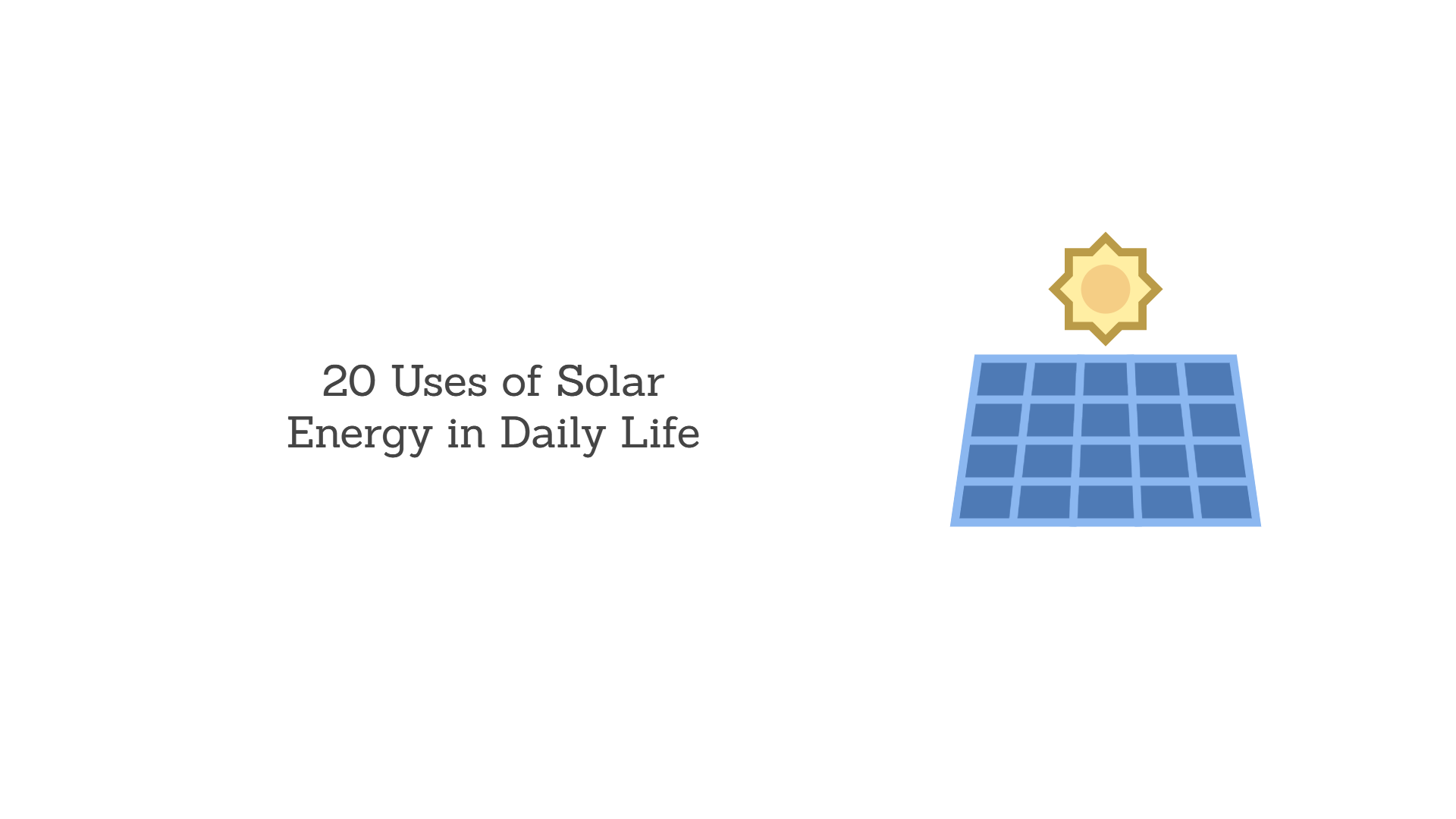



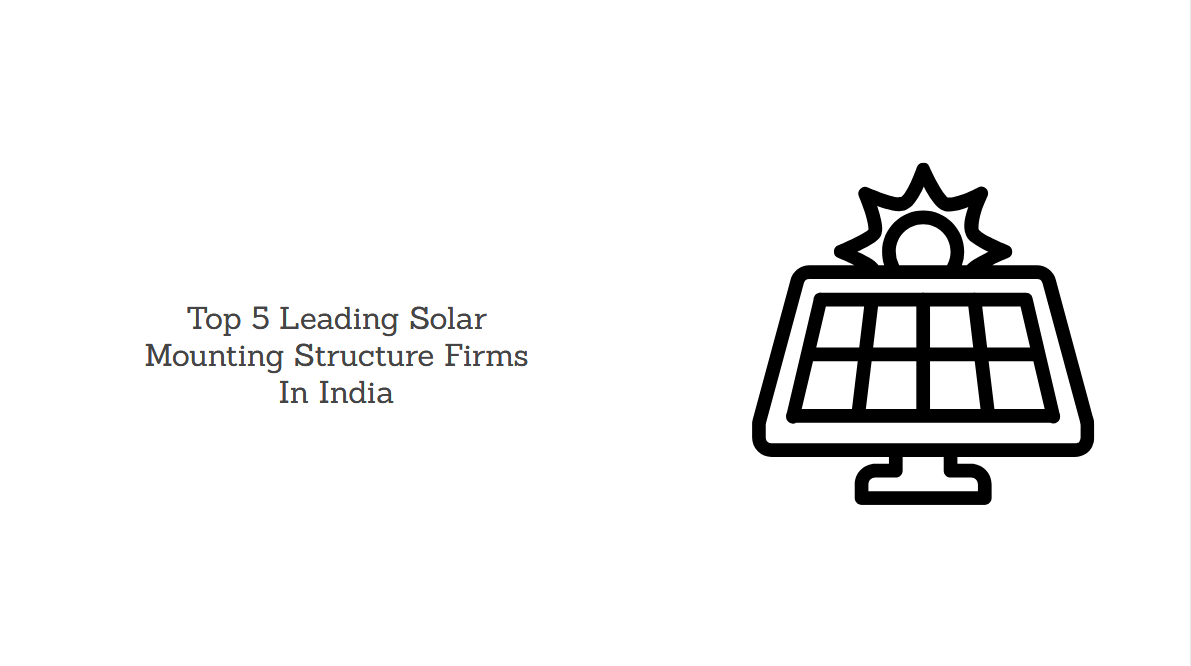
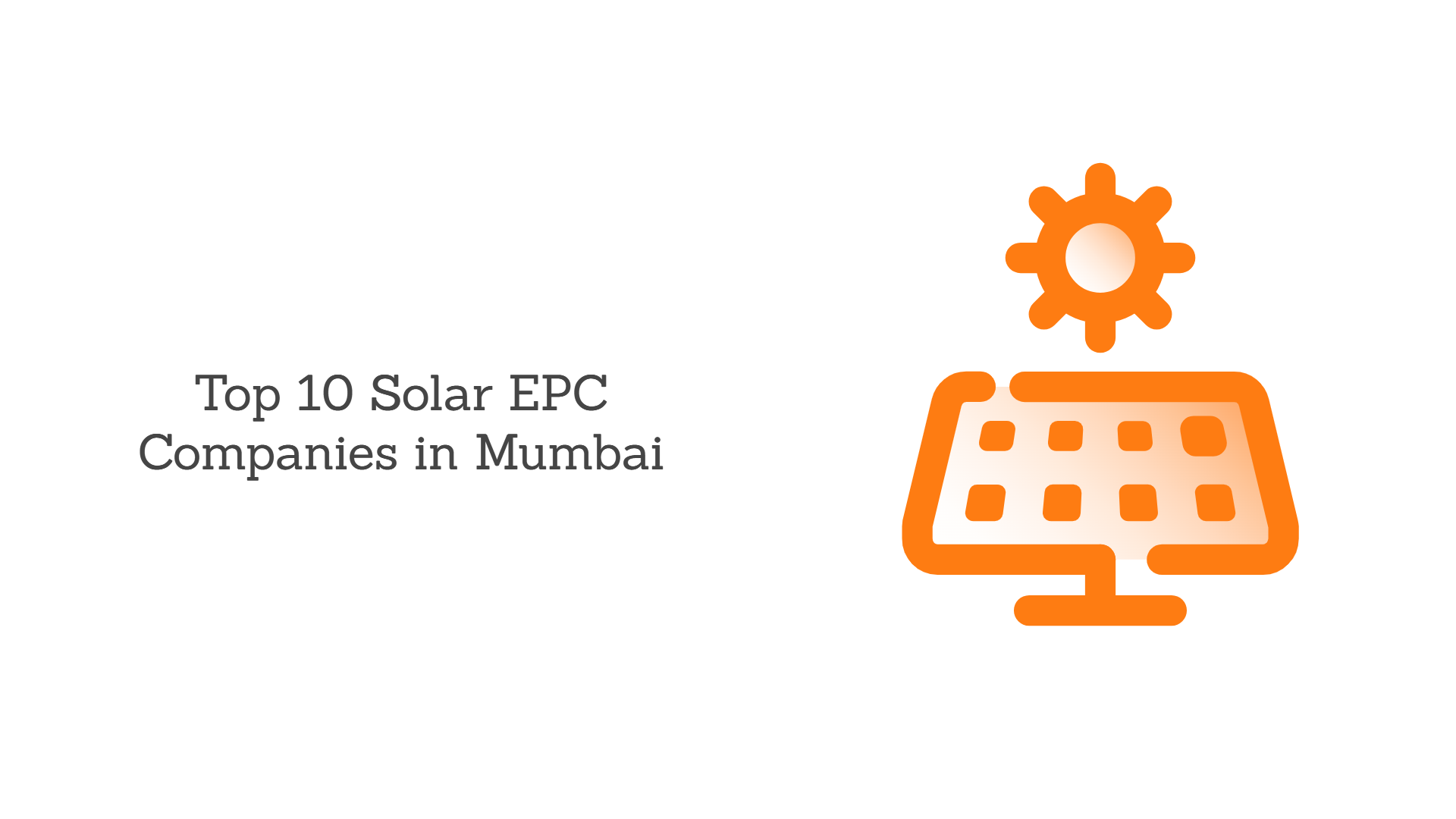
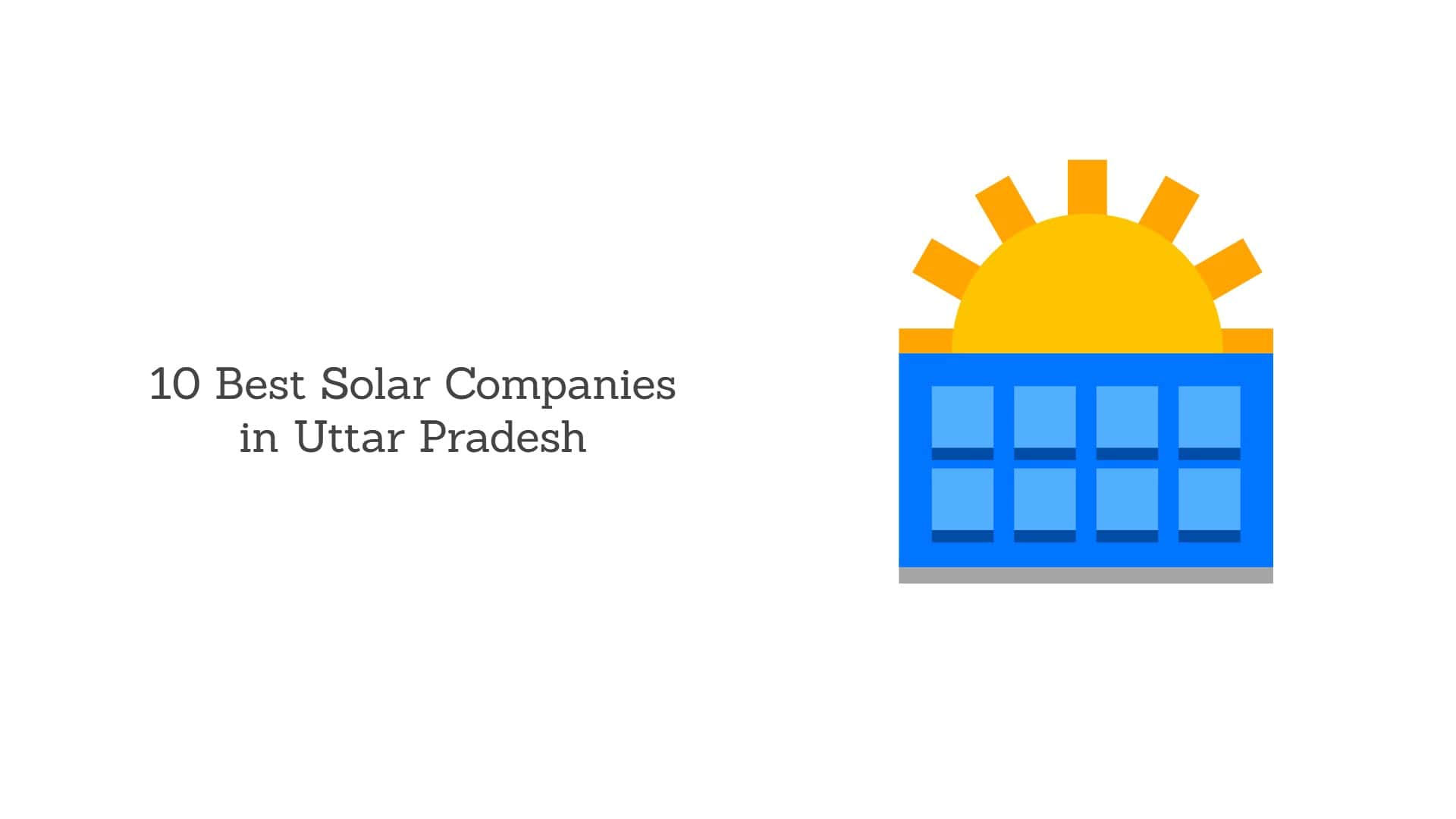
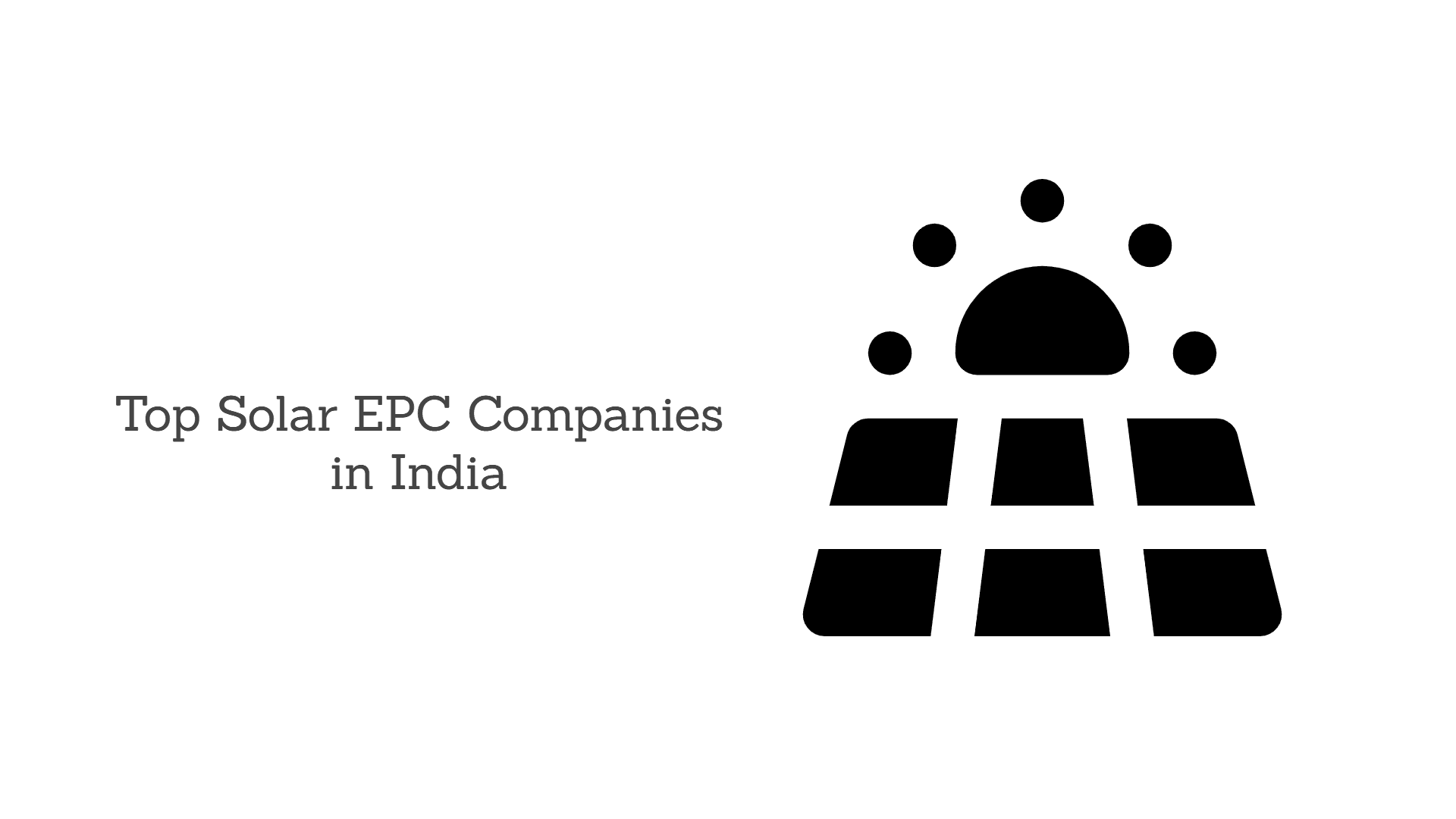

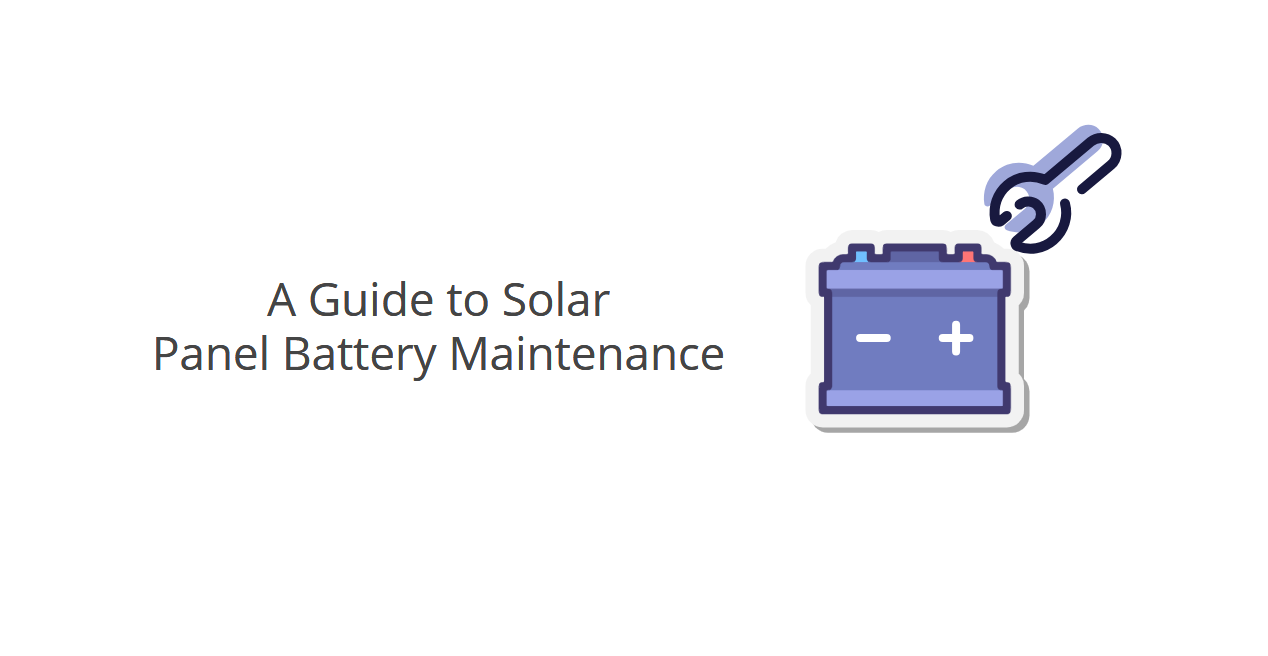
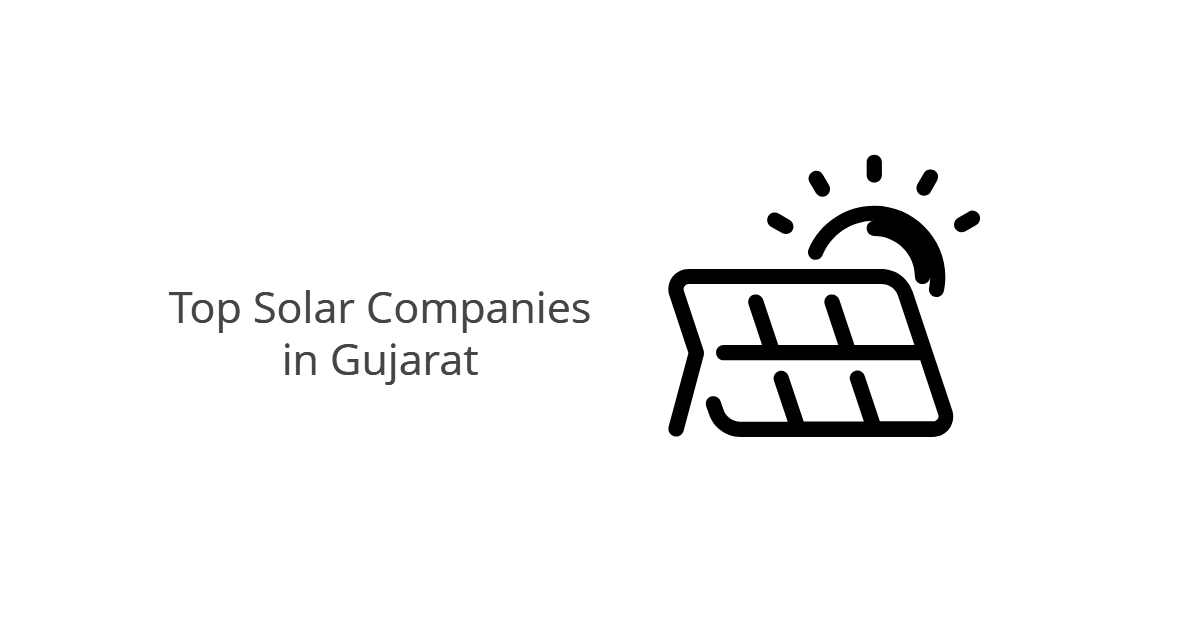
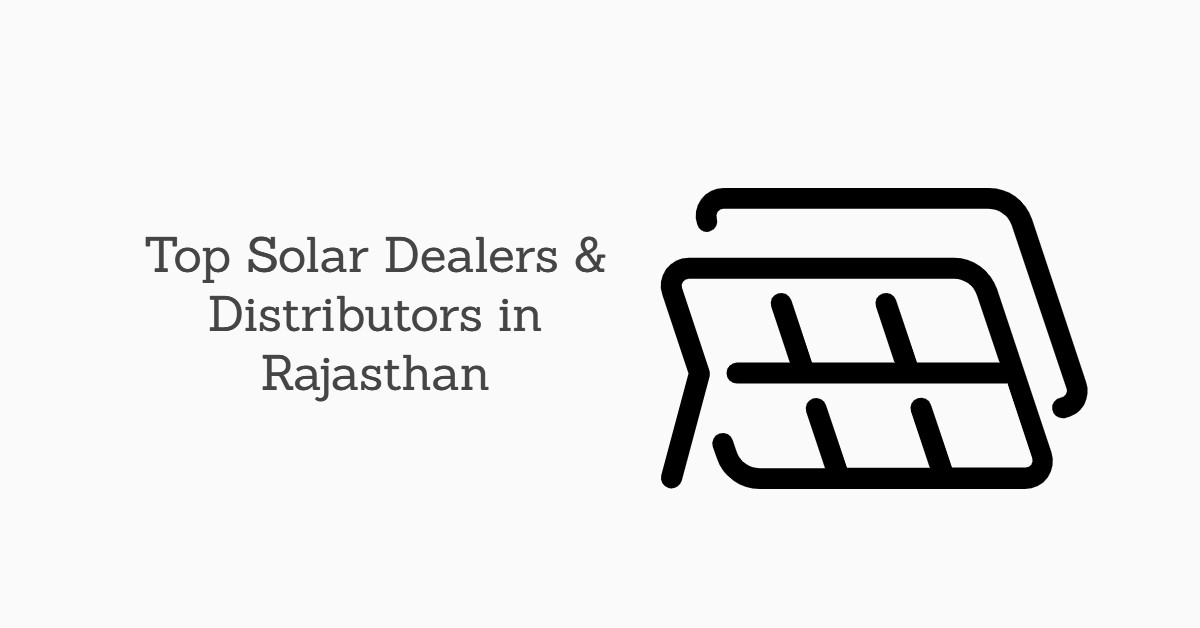


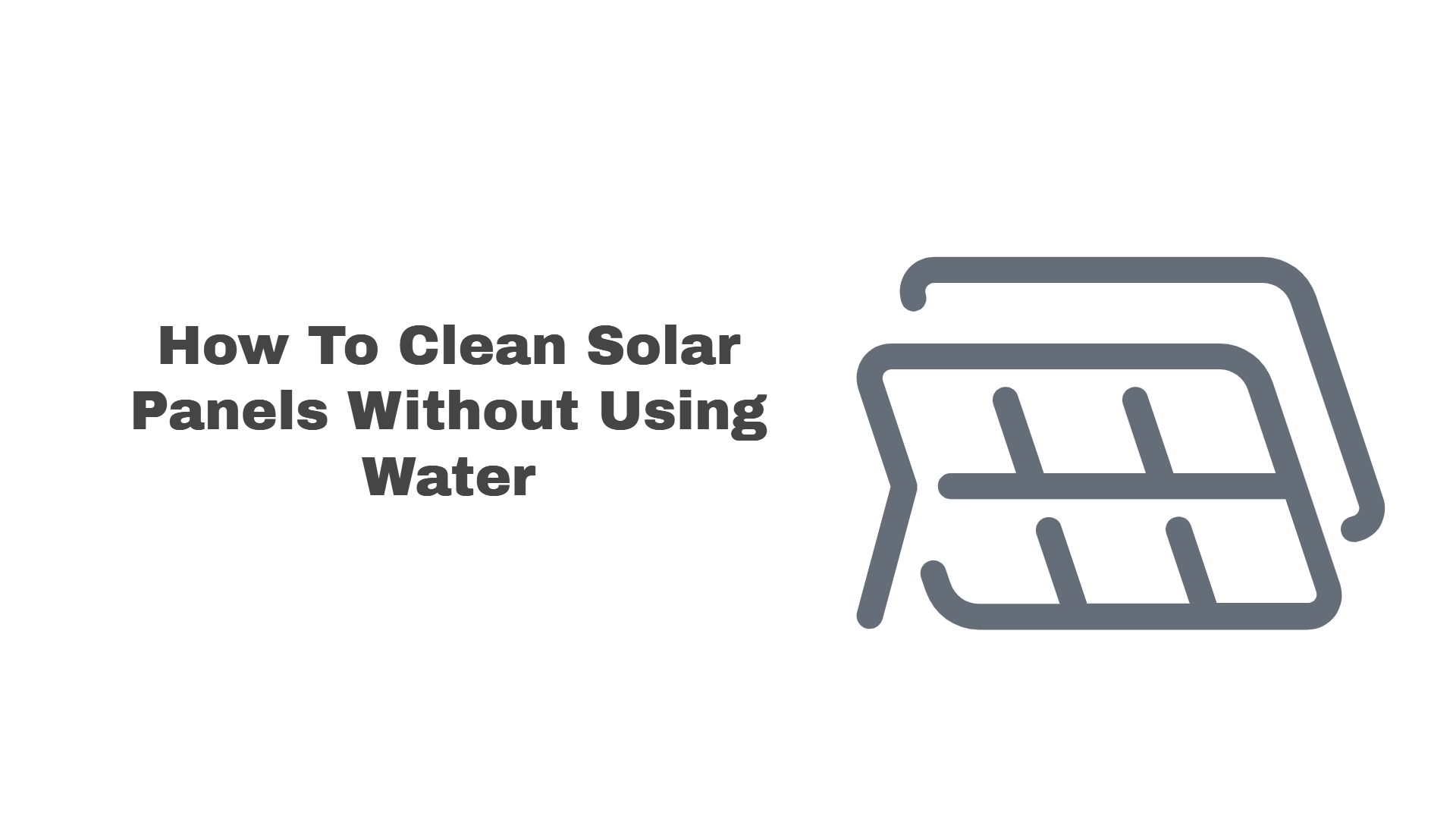
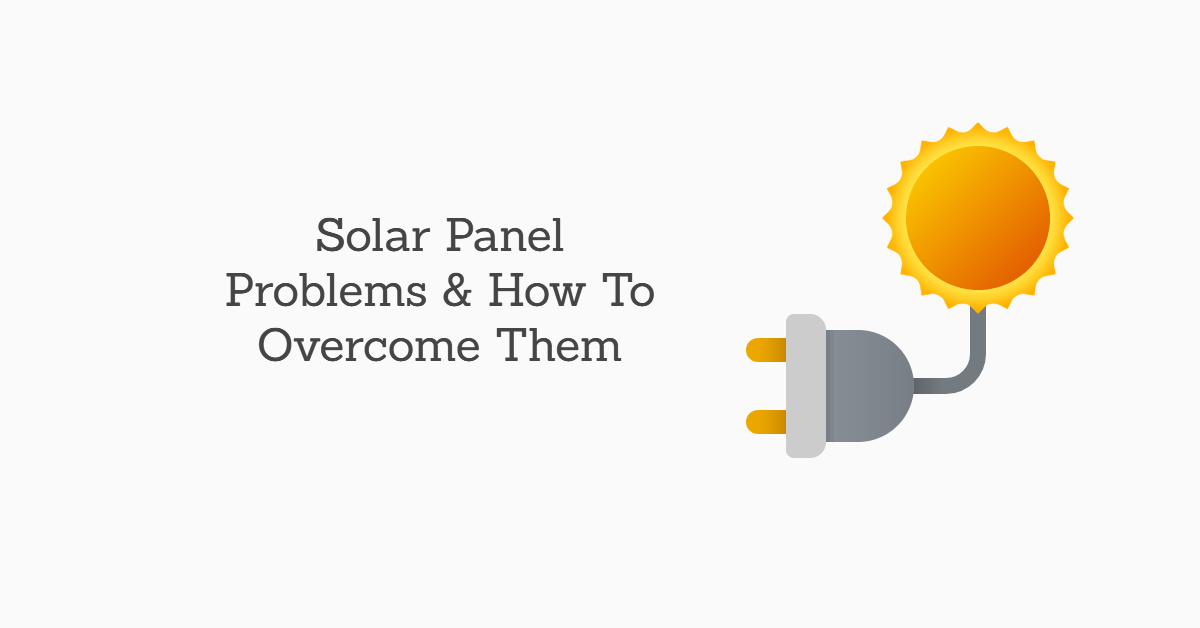

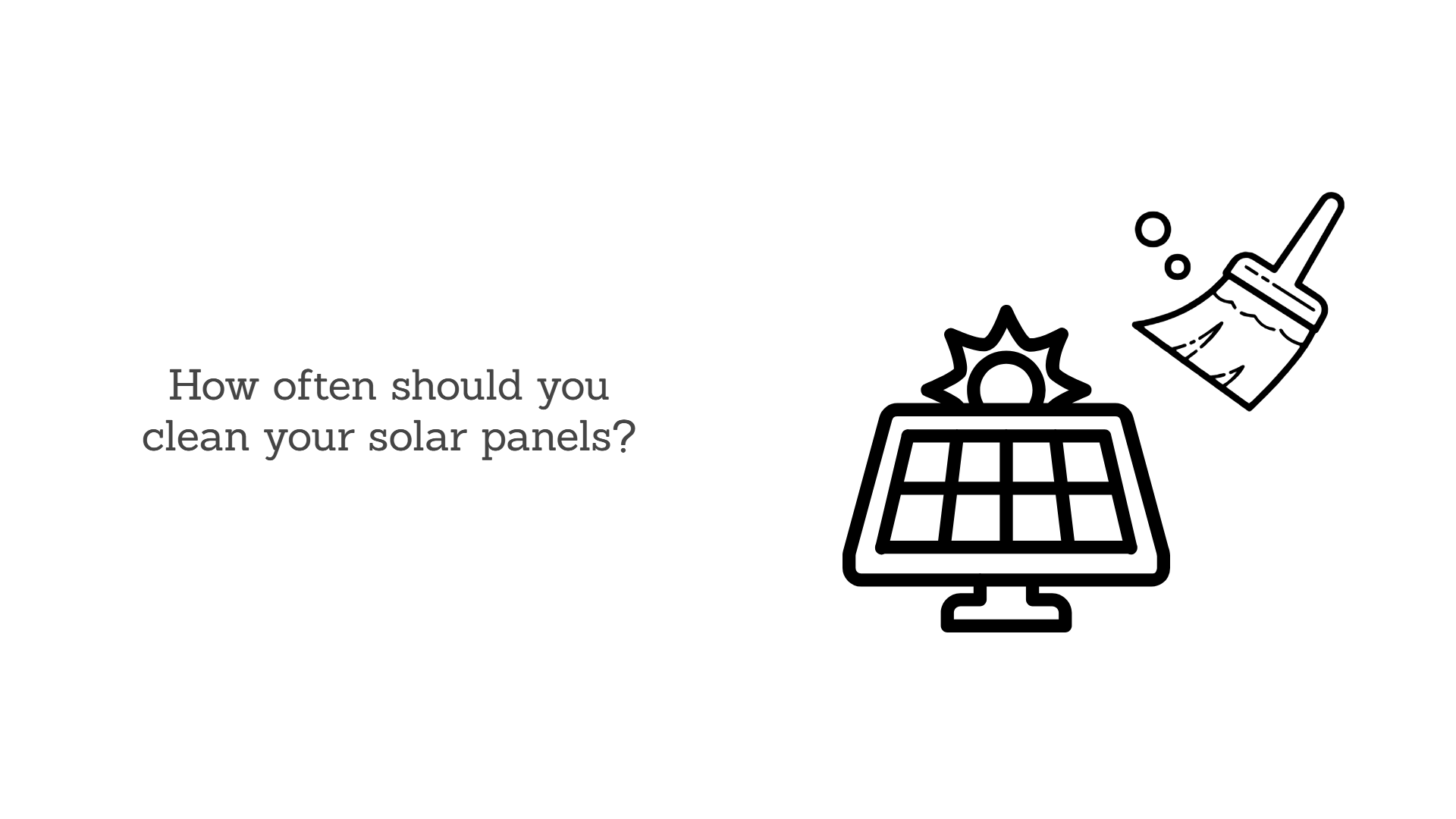
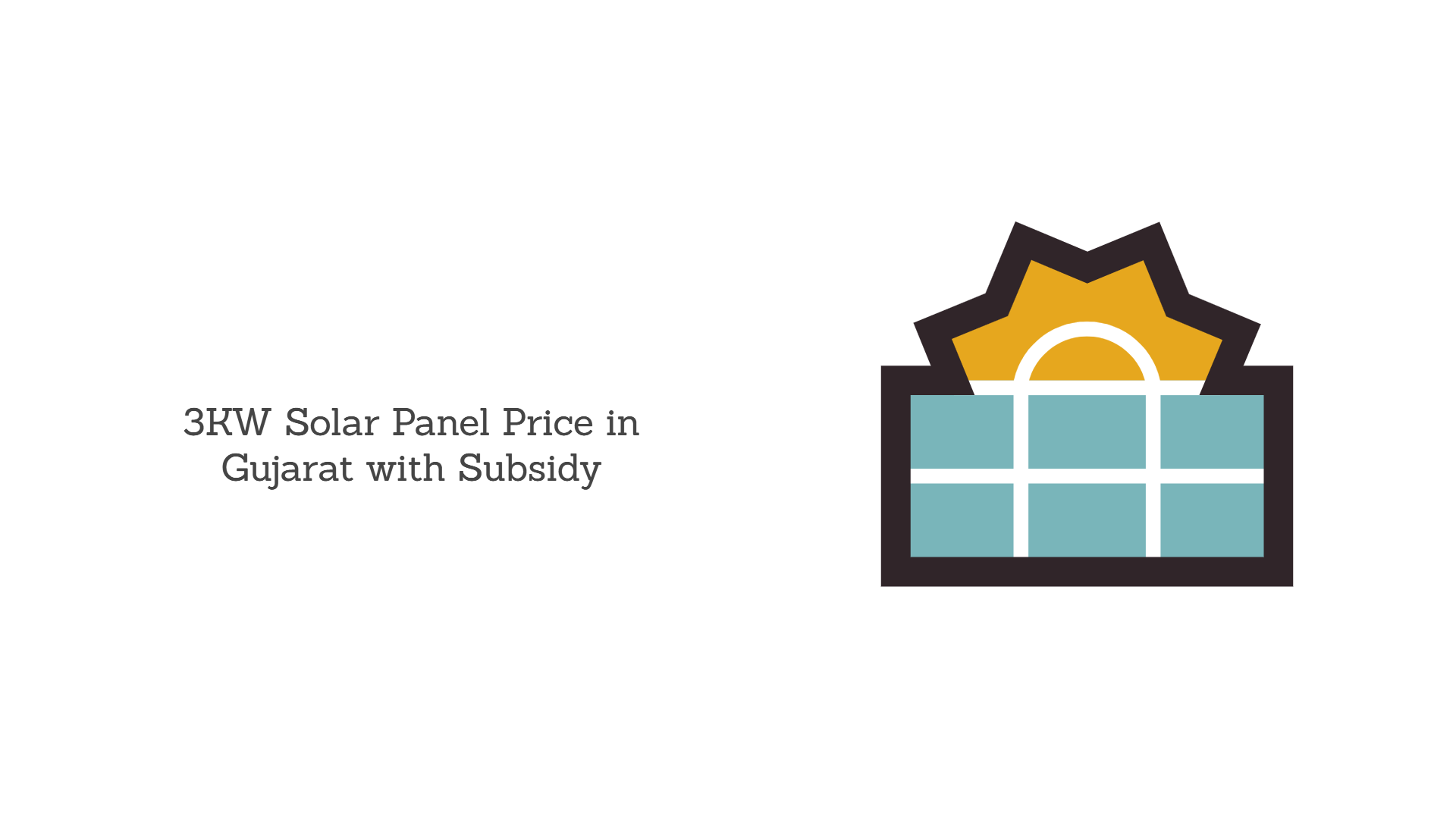
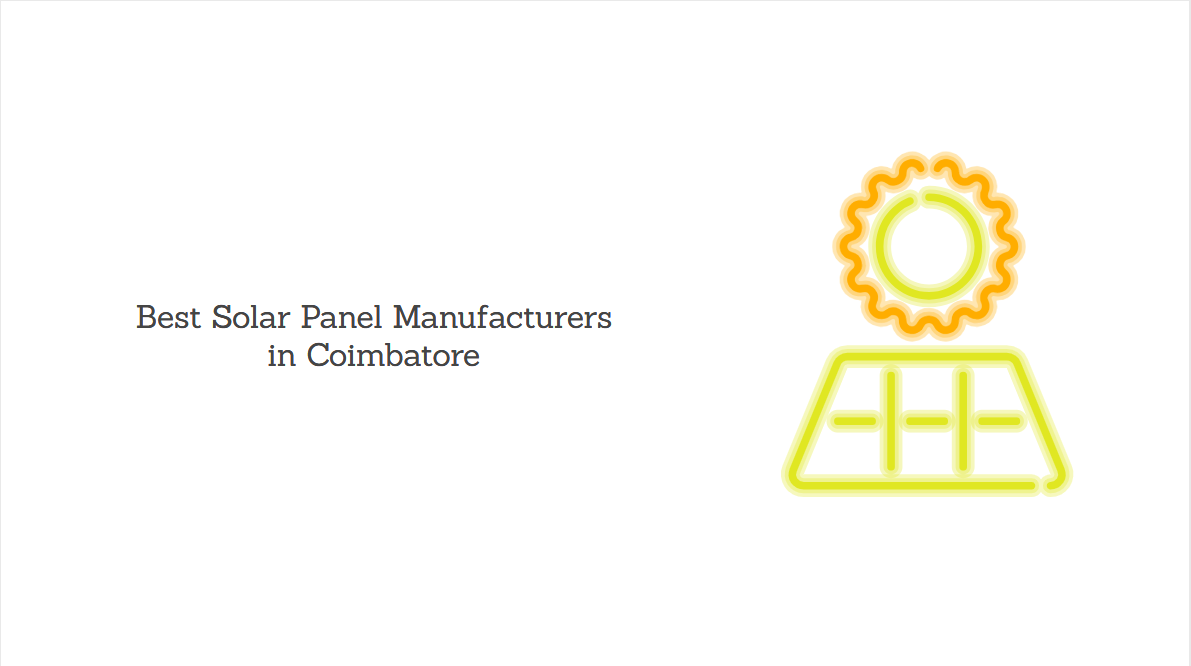
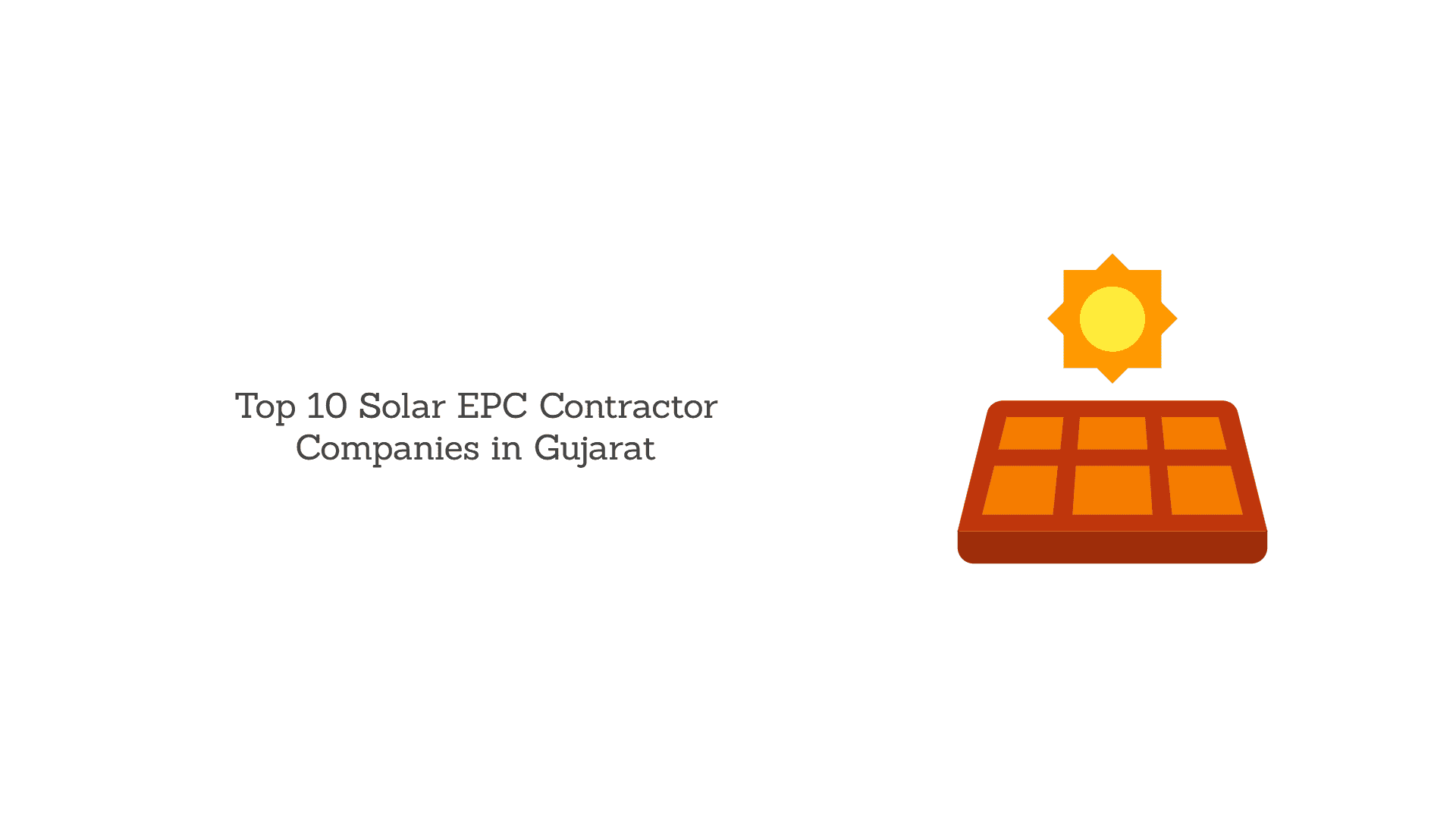
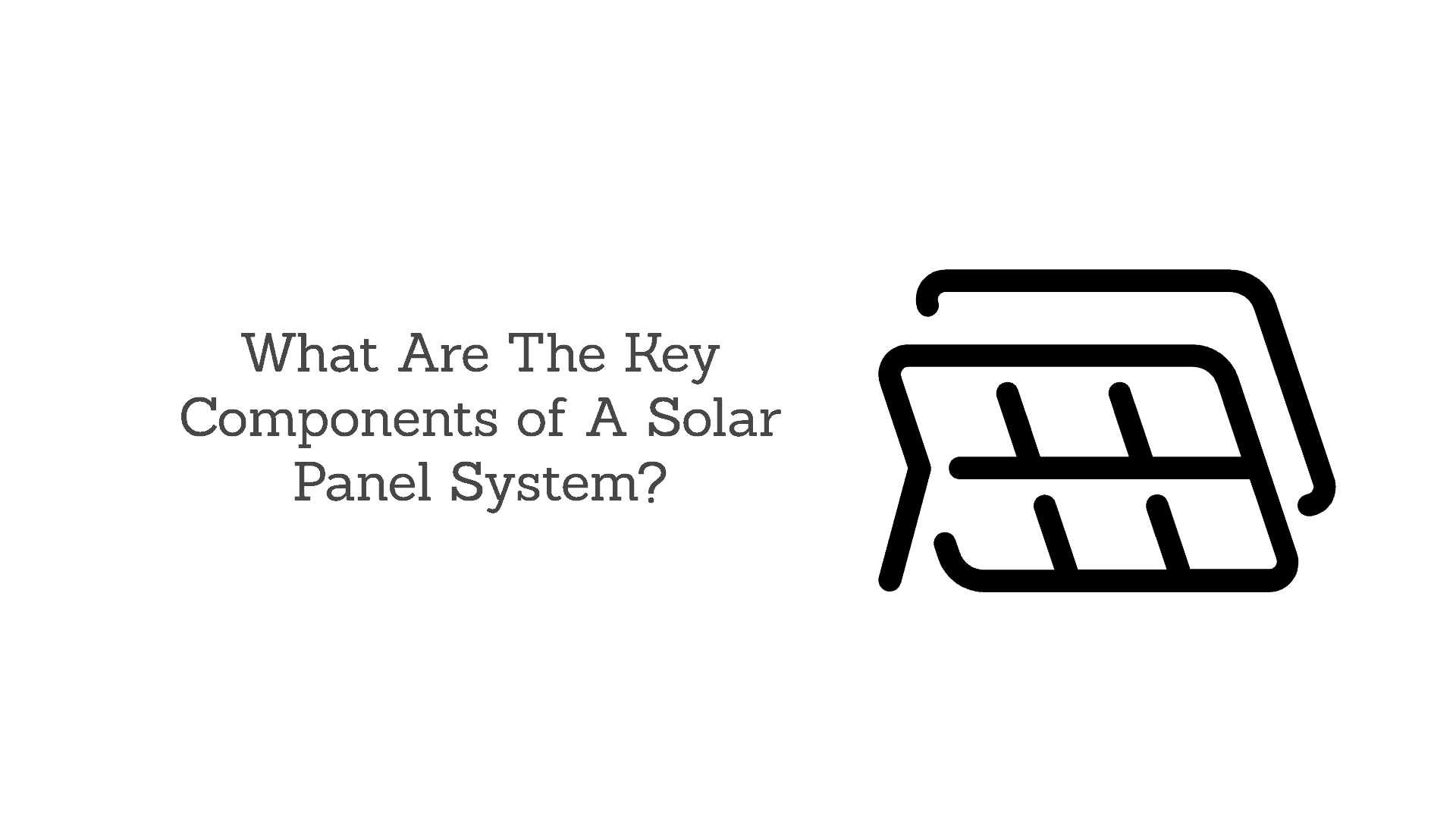
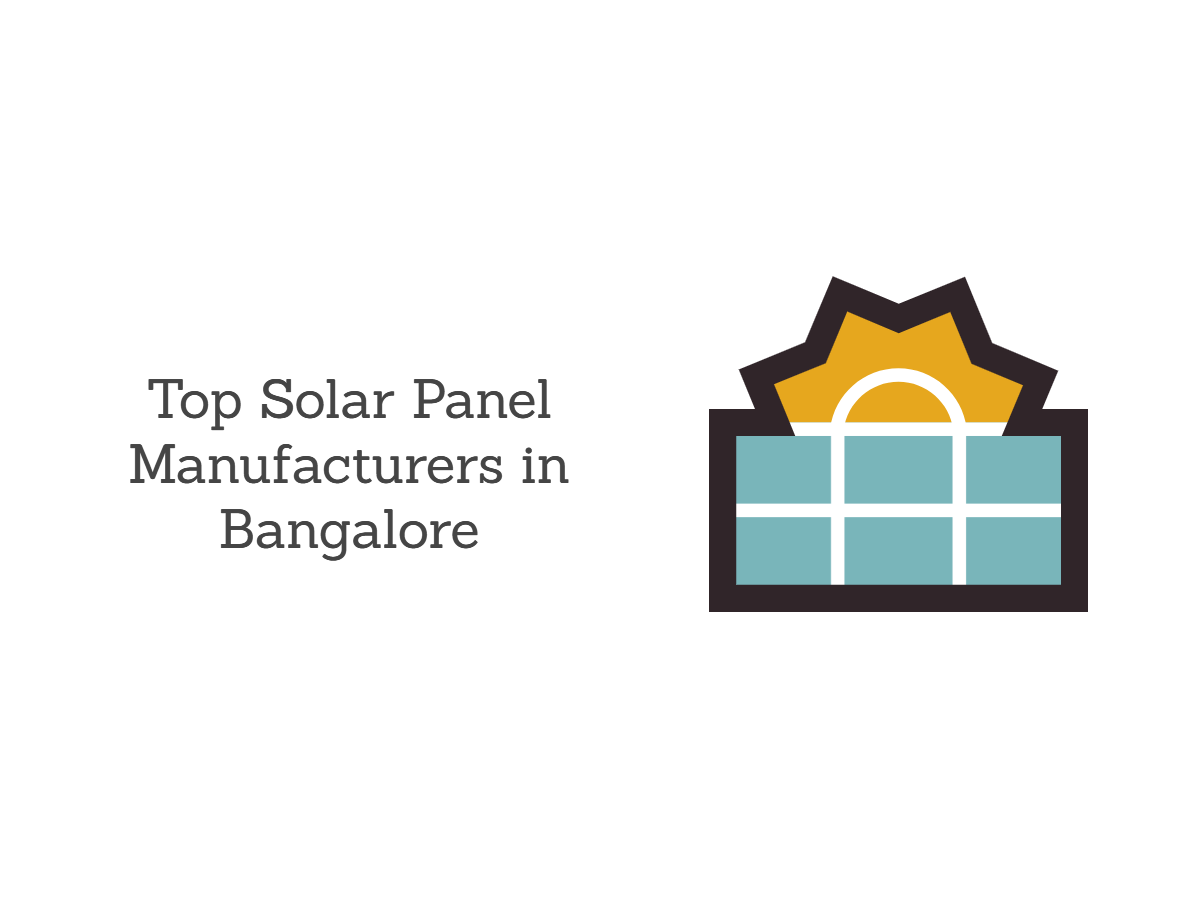

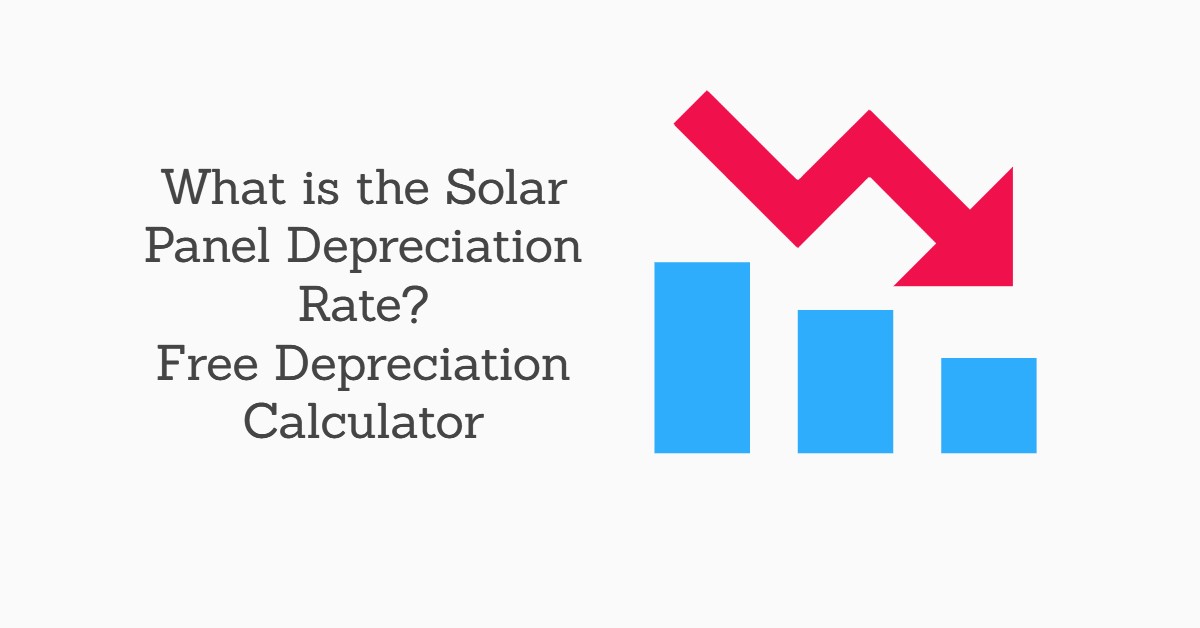
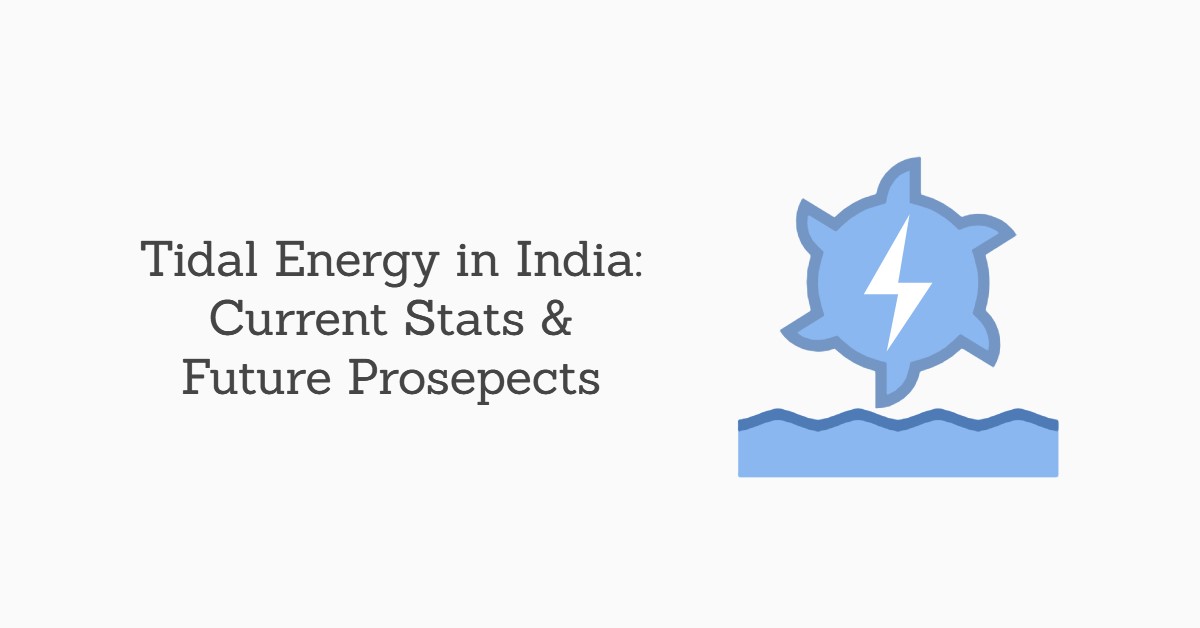



0 Comments